by Alan K. Lee
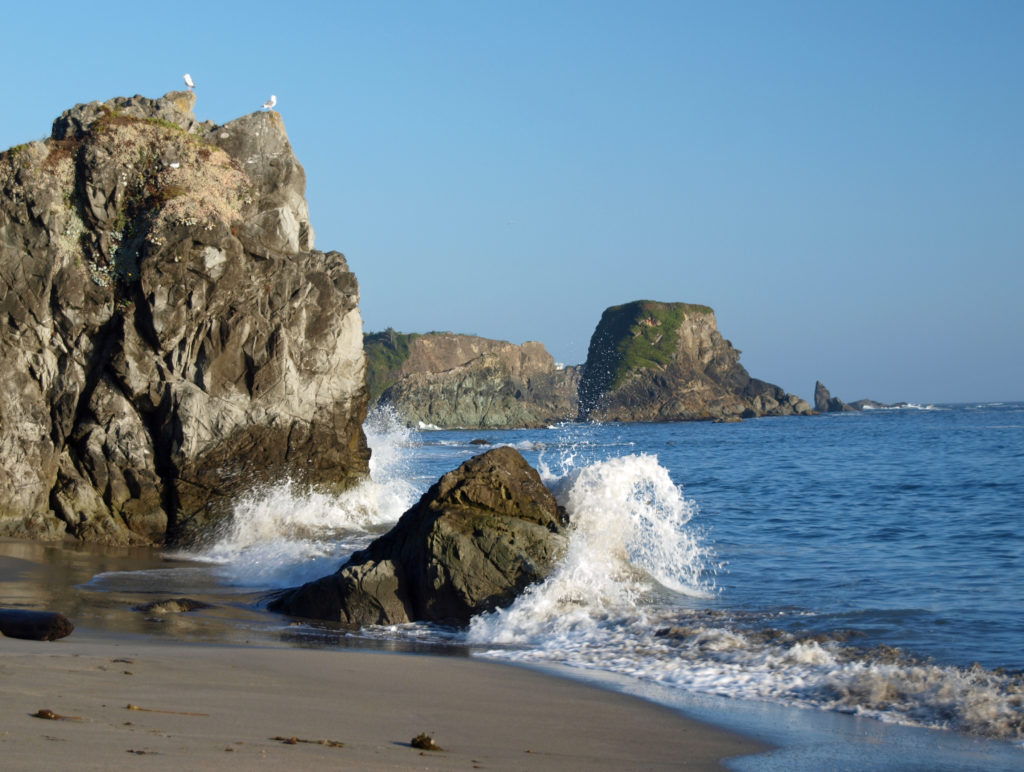
The Oregon coast is renowned for its beautiful beaches and dramatic headlands, and nowhere is that more pronounced than on the twenty-nine mile stretch of coastline between the towns of Gold Beach and Brookings. Less well known than Big Sur or the Cape Mendocino area in northern California, the Southern Oregon Coast nevertheless rivals both in terms of the sheer beauty and majesty of its scenery. And since it is far removed from major population centers – more than 300 miles from Portland and almost 350 from San Francisco – it is far less traveled than the northern and central Oregon coastal areas or any part of the California coastline.
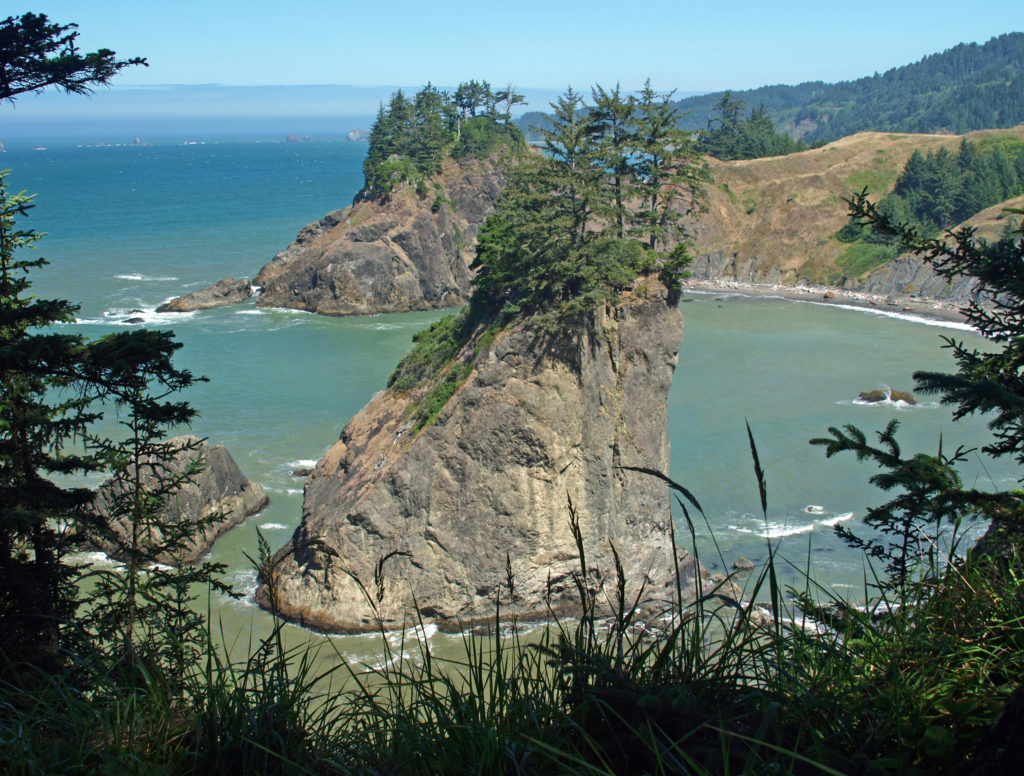
So, let’s go! We’ll travel north to south, but it works just as well in the other direction. In Gold Beach, start your day with a cup of coffee or espresso and a scone or maybe a breakfast burrito at First Chapter Coffee House. While you’re there, the attached bookstore and art gallery are worth a look – lots of used books, with a few old and rare volumes. (If you’re starting out in Brookings, try the Bell and Whistle Coffee House at the marina in Harbor, on the south side of the Chetco River.)
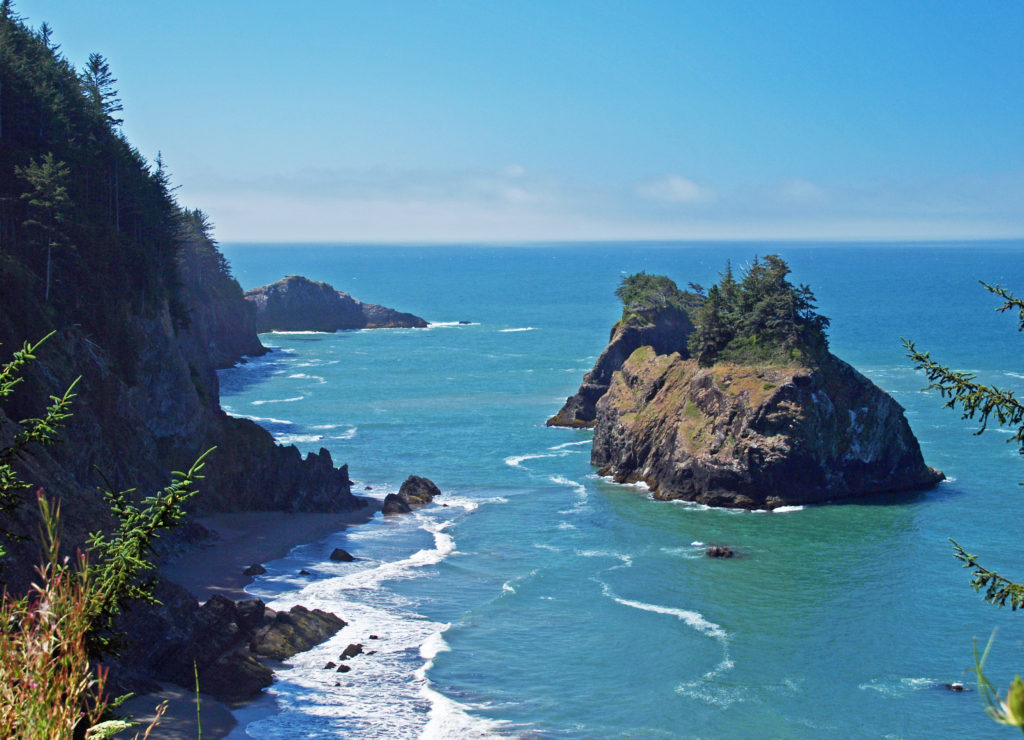
If you want to find information on the area, check out the Visit Gold Beach website. The Gold Beach Visitor’s Center at the south end of town is normally a good place to get info. There’s a friendly staff, free wi-fi, and a nice beach where they sometimes hide glass floats for visitors to find. It is open from 9am-3pm Wed-Sun. (If you’re traveling south to north, Travel Oregon’s Brookings Welcome Center, just north of the Oregon-California border, is a good place to get information. There’s also a nice beach there.The Travel Oregon wepage for Brookings is also a good resource.)
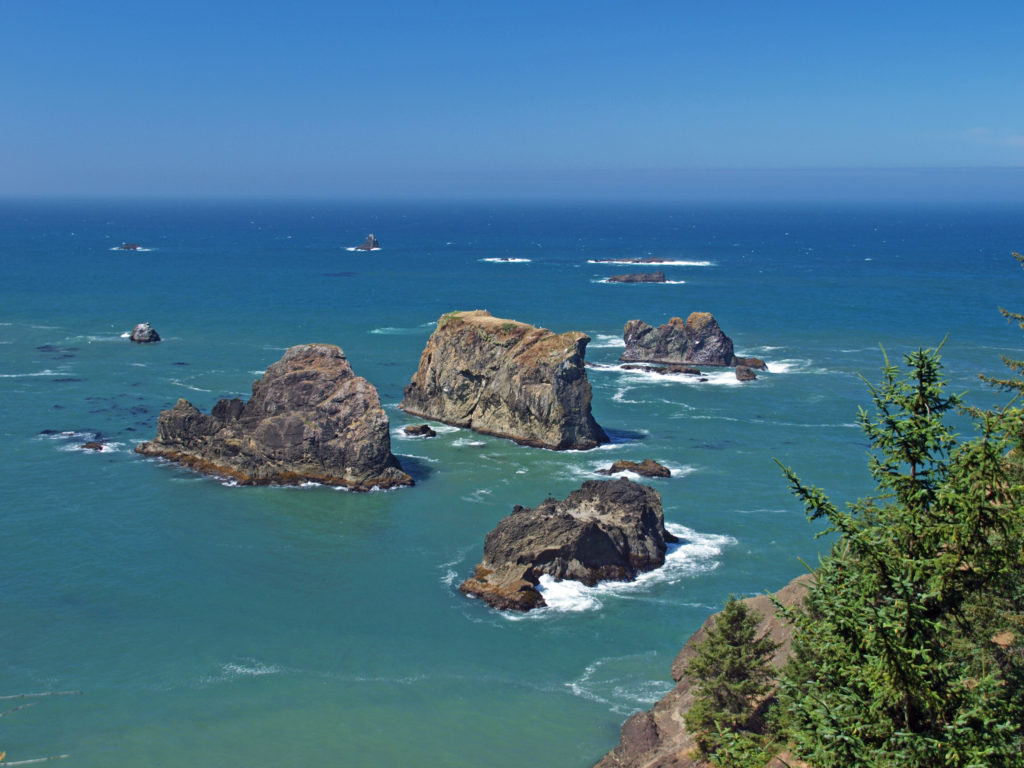
Traveling south from Gold Beach, your first stop should be at Cape Sebastian. Take a short hike there to a beautiful viewpoint. Then make another stop at Myers Creek Beach Viewpoint. There’s a nice beach there and good views of the Cape Sebastian headland, Hunters Cove and Hunters Island just offshore.
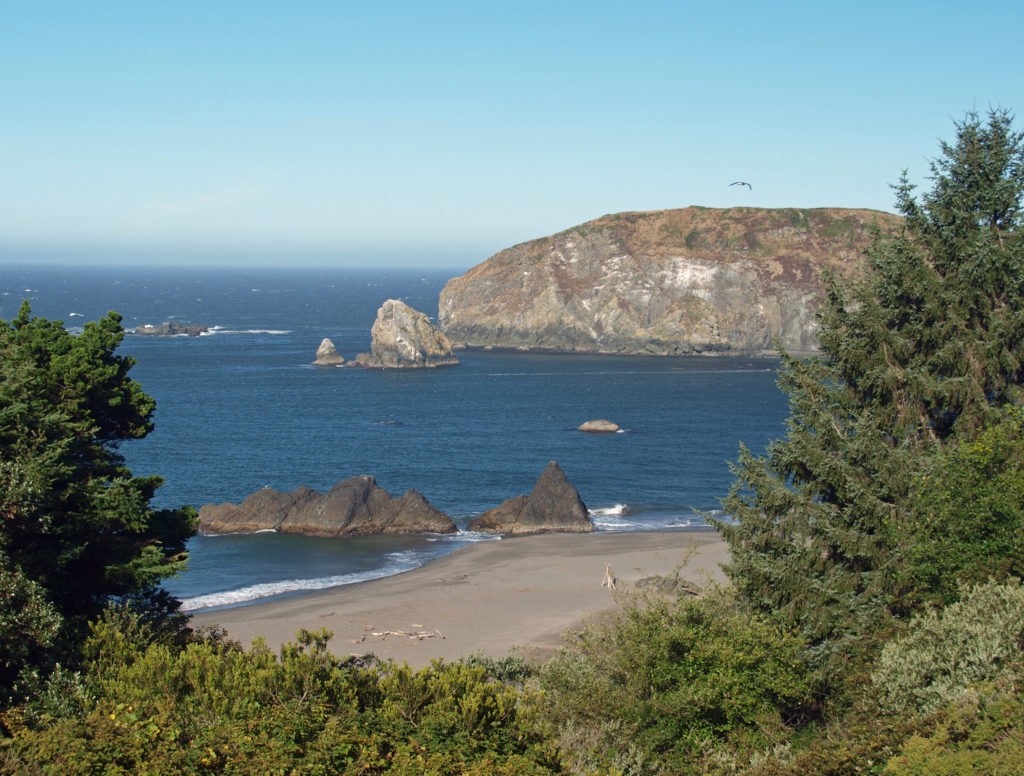
A little farther south is the Pistol River State Scenic Viewpoint with another nice beach and views of another, smaller headland and offshore rocks. Next up is Windy Point and Arch Rock. Windy Point is well named, but there are spectacular views to be seen there. A little south of Arch Rock is the Spruce Island Viewpoint. Then comes Secret Beach, which is not much of a secret anymore. Look for a small turnout with room for only a few cars. The trail to Secret Beach is short but steep and can be slippery if it’s wet. But Secret Beach is one of the more beautiful spots on this stretch of coast – definitely worth a stop if you can find it.
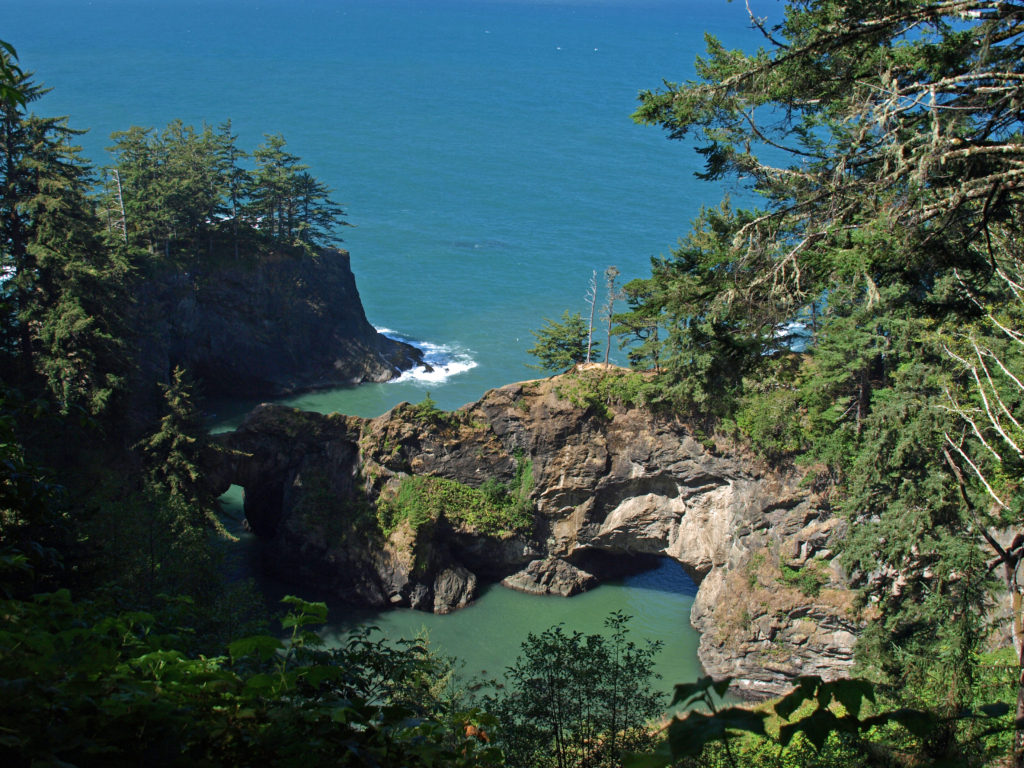
The next viewpoint to the south is Seal Cove, about a half mile south of Secret Beach. Just beyond Seal Cove comes Natural Bridges, and this is one you don’t want to miss. A short trail takes you to a spectacular viewpoint. Take your time, explore the area, and just take in the views. There are some steep, unmaintained trails beyond the viewing platform, and a side trail with a “trail closed” warning sign. The trail is not baracaded, though, and I walked beyond the sign for a ways before coming to a very steep descent that looked less than safe. If you’re both brave and foolhardy, it is possible to get to the top of the bridges. But I wouldn’t recommend trying.
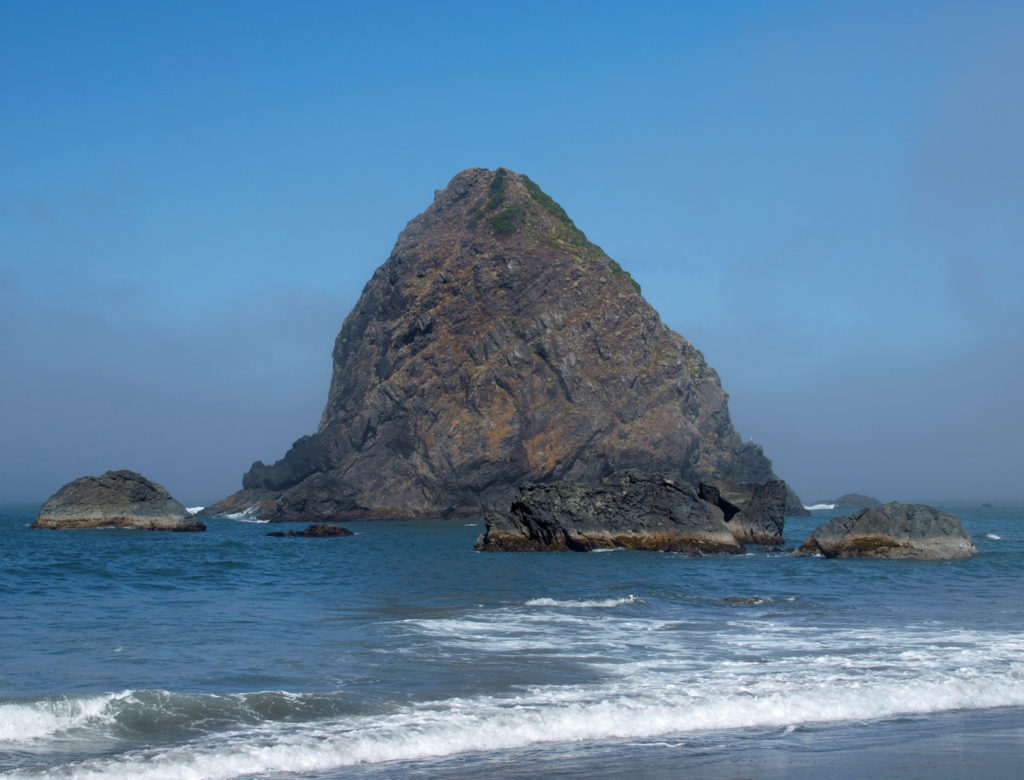
Hwy 101 crosses Thomas Creek a couple miles south of Natural Bridges. At 345 feet above the creek, the Thomas Creek Bridge is the highest in Oregon. It’s not the prettiest bridge on the coast by a long ways, but it’s impressively tall. There’s a short trail to a viewpoint. It’s worth a brief stop.
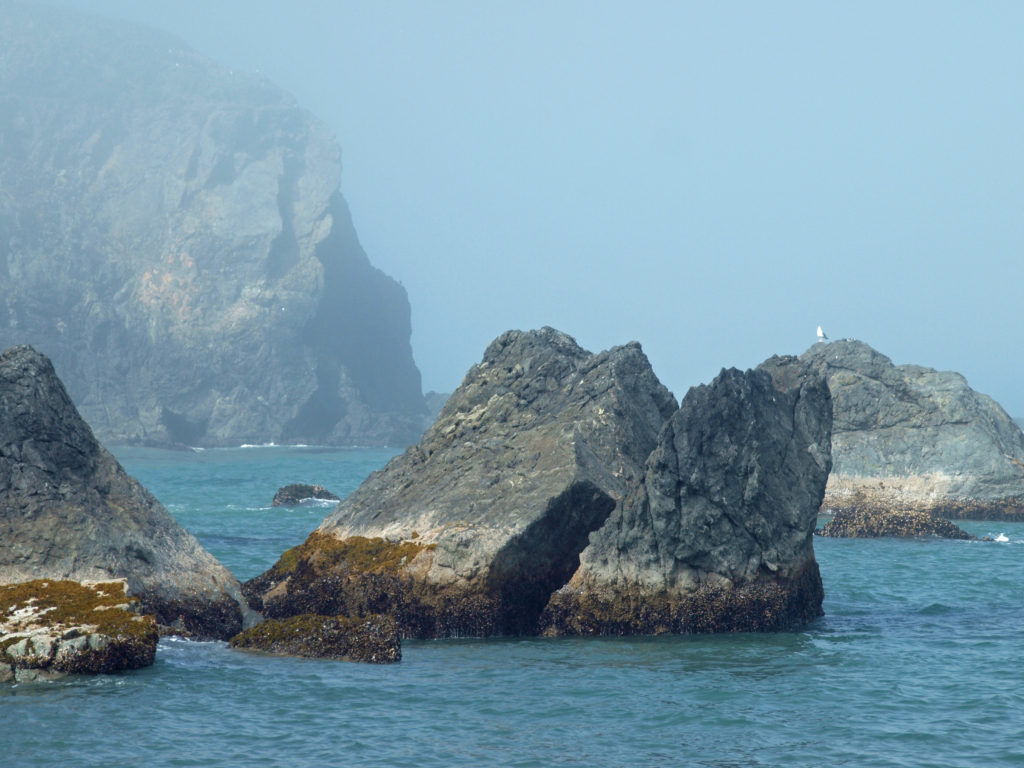
About a mile south of Thomas Creek you’ll come to a turnout with access to the Indian Sands Trail. This is one I haven’t done for some reason, but from the photos I’ve seen it looks like an interesting combination of sand dunes and rocky headland with at least one natural bridge. Next time I’m in the area I will definitely stop and explore this area.
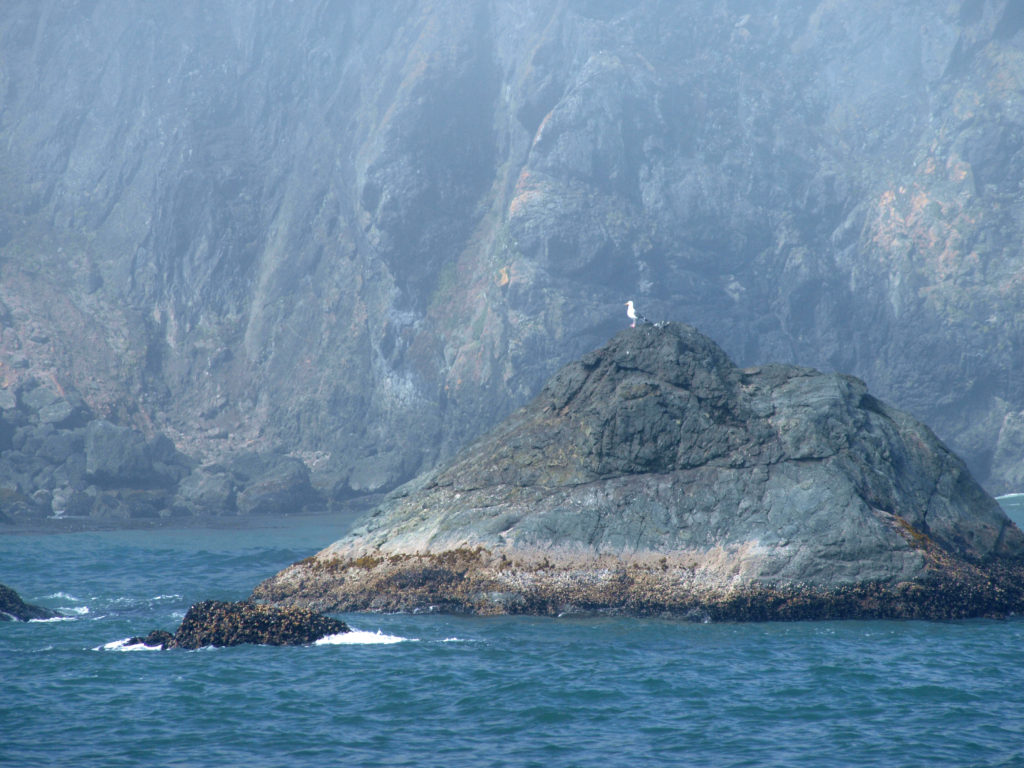
Whaleshead Beach is a place that I have visited a few times. There’s a large parking area and a few picnic tables – a nice place to have lunch. The road in is short, but a little rough. There’s a sign recommending four wheel drive, but there were plenty of two wheel drive cars in the parking lot the last time we were there, so you can safely ignore the sign, just take it slow. The last time we were there my wife and I spent a couple of hours just wandering up and down the beach taking photos. Fog drifted in and out and the sun broke through from time to time, the light changing from minute to minute. Very quiet, calm, and relaxing place. Nice views of the Whaleshead Island and the other offshore rocks, and the cliffs of Whaleshead just north of the beach, too.
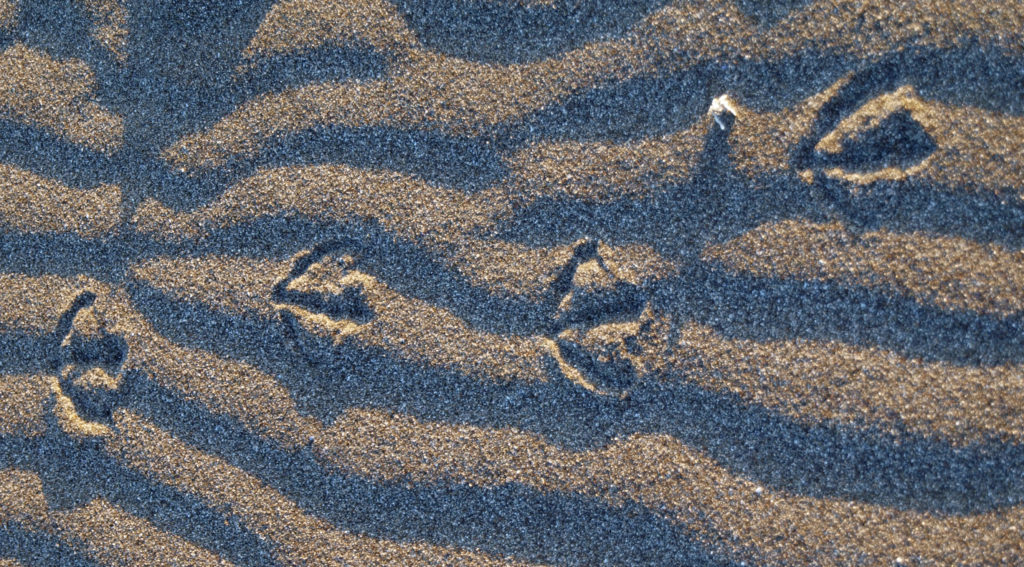
South of Whaleshead Beach you come to House Rock first, then Cape Ferrelo. Both have short trails and viewpoints worth checking out. Then, just north of Brookings, comes Harris Beach. There is a popular state park here with 150 campsites. Being right next to the large campground and on the outskirts of the town of Brookings, Harris Beach is often crowded. But it’s also one of the nicest beaches on the entire Oregon coast, so it’s worth spending some time there despite the crowds. In fact, it’s worth spending a lot of time there. There are actually three beaches, Harris Beach being the most northerly. The others are Rock Beach and South Beach. All are connected at low tide, and can be reached with a little scrambling at high tide.
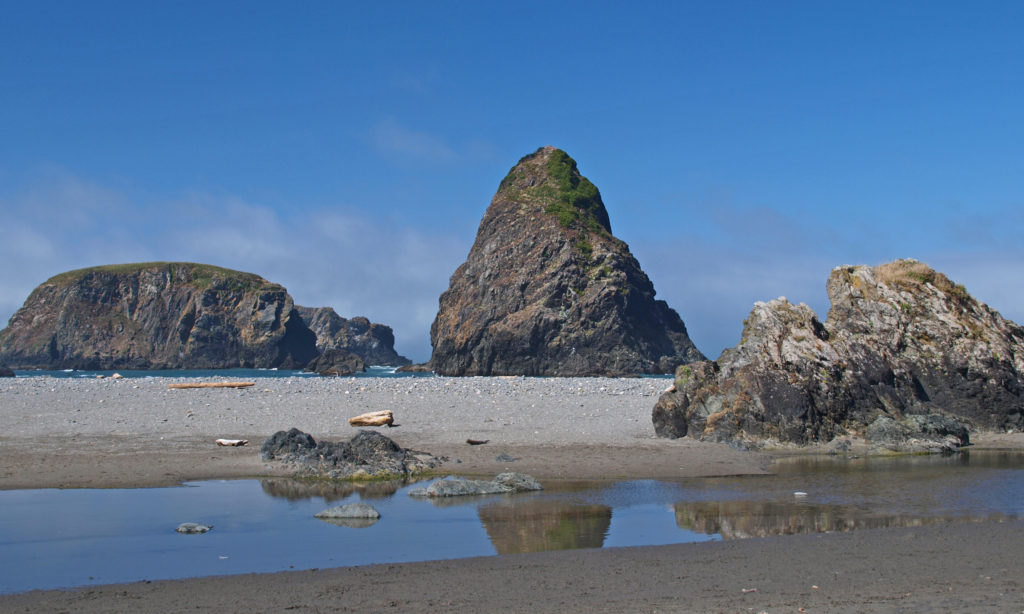 The towns of Brookings and Gold Beach that bookend this stretch of the coast aren’t the main attractions here, but they’re both worth spending a little time to explore at the end of the day. Brookings is the bigger town, with more to see and do. Gold Beach is smaller and quieter, with more of a lost-in-time vibe. Both have decent dining options. If you’re ending your day in Brookings, try Black Trumpet Bistro, Superfly, or Oxenfre Public House for dinner. Chetco Brewing Company has a good selection of beers and there’s a vegan food truck there. In Gold Beach, try Barnacle Bistro, Port Hole Cafe or The Crow’s Nest.
The towns of Brookings and Gold Beach that bookend this stretch of the coast aren’t the main attractions here, but they’re both worth spending a little time to explore at the end of the day. Brookings is the bigger town, with more to see and do. Gold Beach is smaller and quieter, with more of a lost-in-time vibe. Both have decent dining options. If you’re ending your day in Brookings, try Black Trumpet Bistro, Superfly, or Oxenfre Public House for dinner. Chetco Brewing Company has a good selection of beers and there’s a vegan food truck there. In Gold Beach, try Barnacle Bistro, Port Hole Cafe or The Crow’s Nest.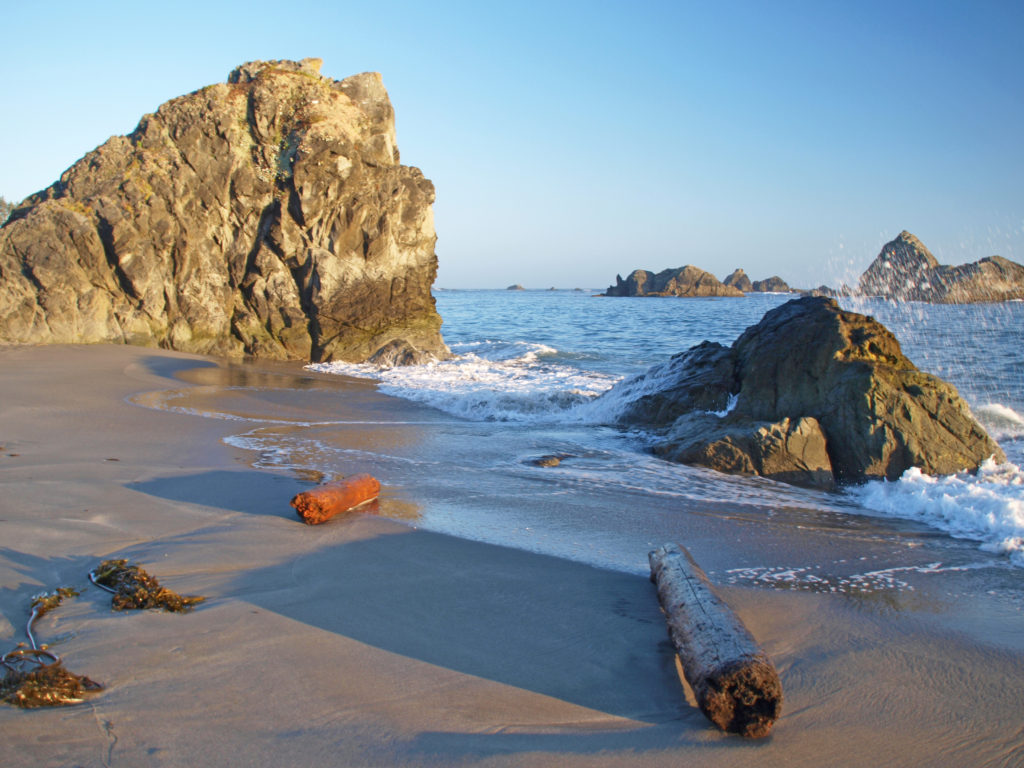
Accommodations in the area range from typical small town motels for under $100 per night to the world class TuTuTun Lodge on the north bank of the Rogue River in Gold Beach ($295 and up in the summer). There are numerous RV parks in both towns. Besides Harris Beach, there are campgrounds at Humbug Mountain State Park (39 RV and 56 tent sites) on Hwy 101 about 20 miles north of Gold Beach, and Loeb State Park, (48 sites with water and electricity) about five miles east of Brookings on the Chetco River.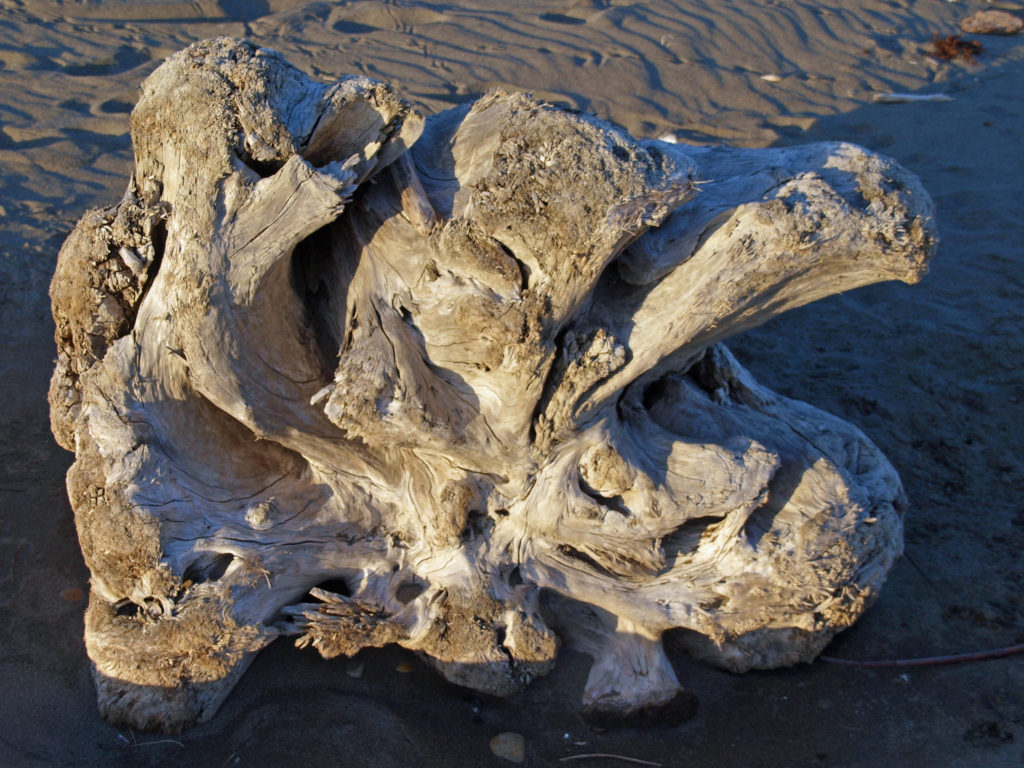
The Southern Oregon Coast is truly an unspoiled gem. It’s an all day drive from Portland or San Francisco, but the reward is one of the Pacific coast’s, if not the world’s, most spectacular shorelines. And since you’re in the area, the town of Bandon, about 50 miles north of Gold beach, and the magnificent Redwoods of the northern California coast are well worth exploring, as well.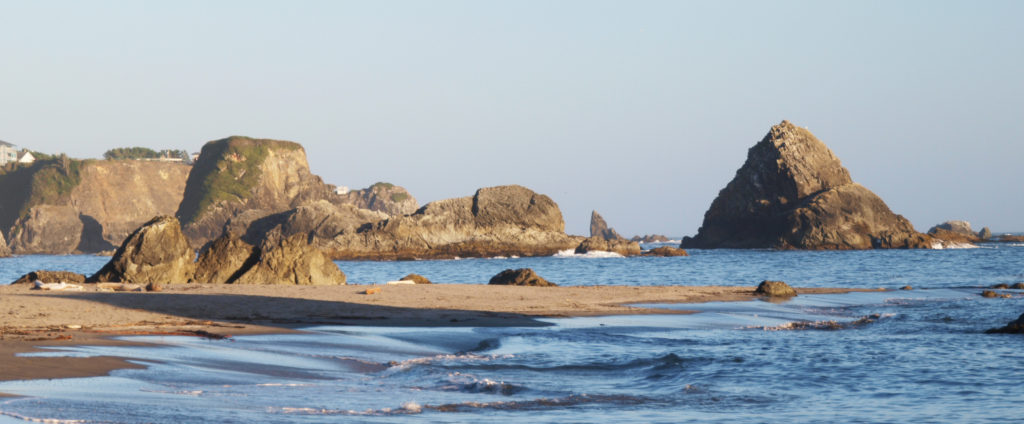
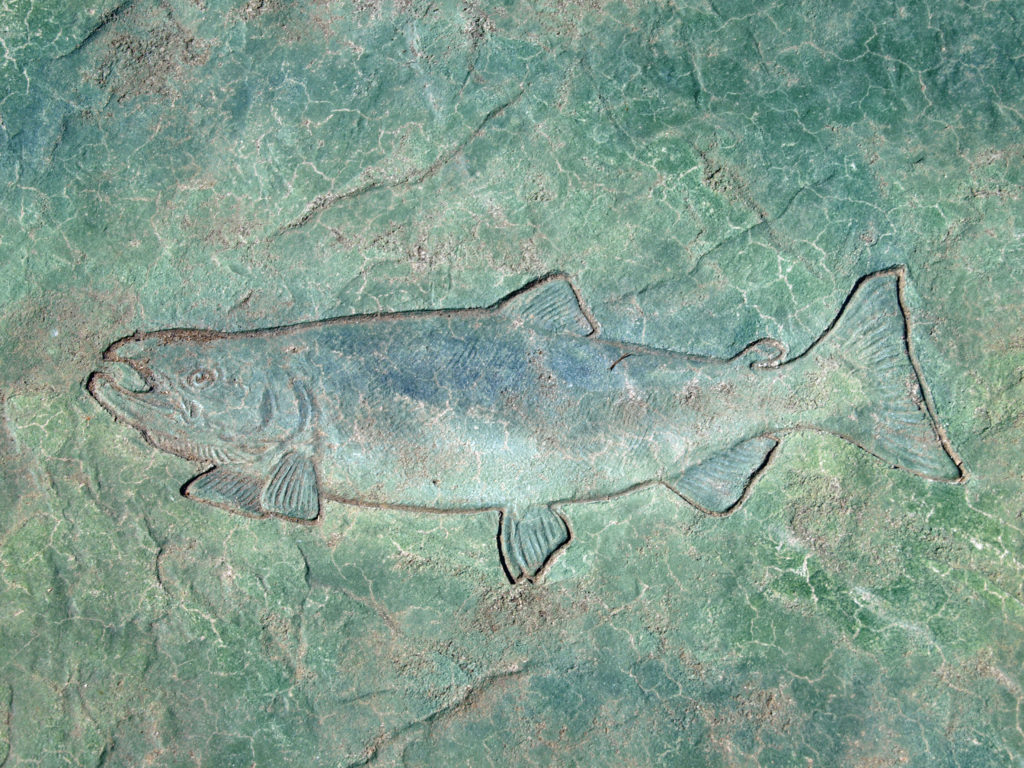
Originally posted Jan. 17, 2019. Updated February 3, 2021 and October 15, 2022.
All photos ©Alan K. Lee

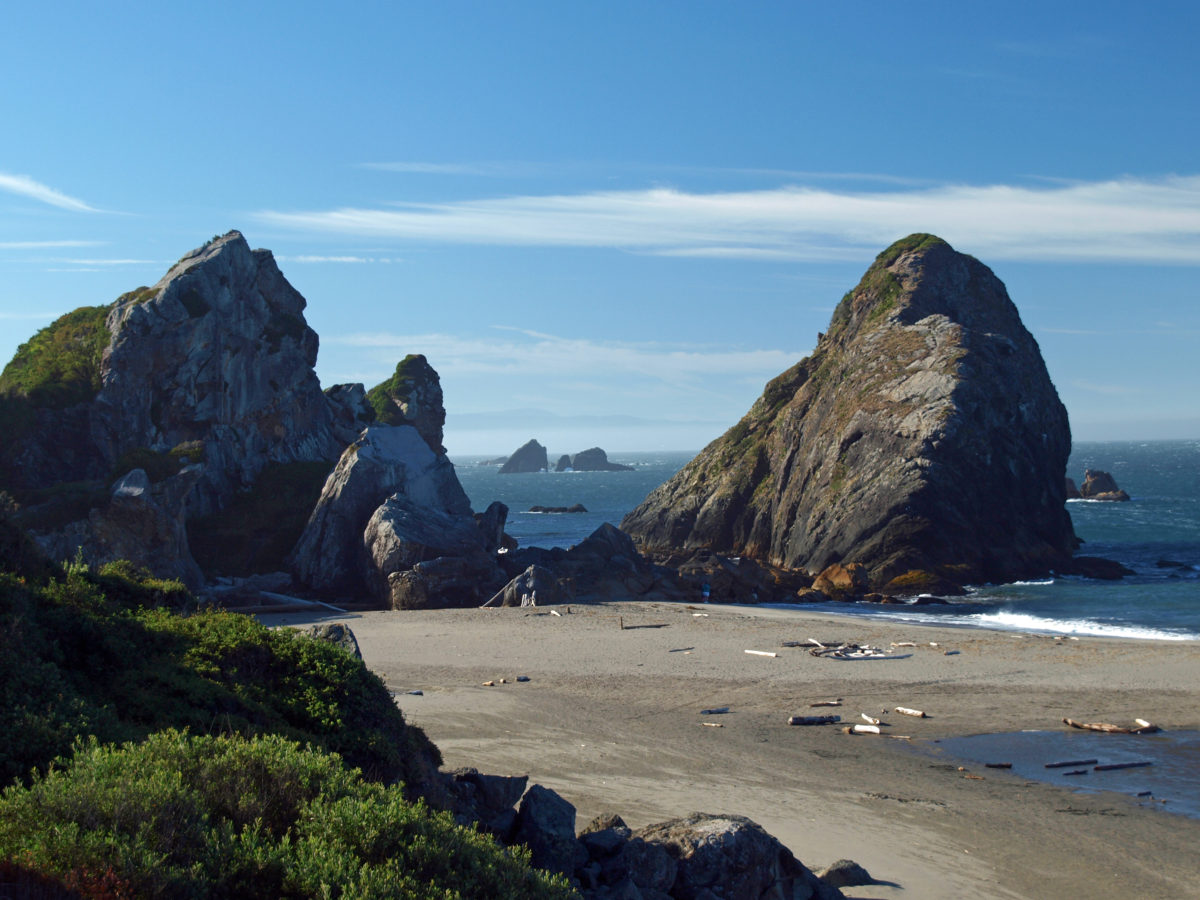
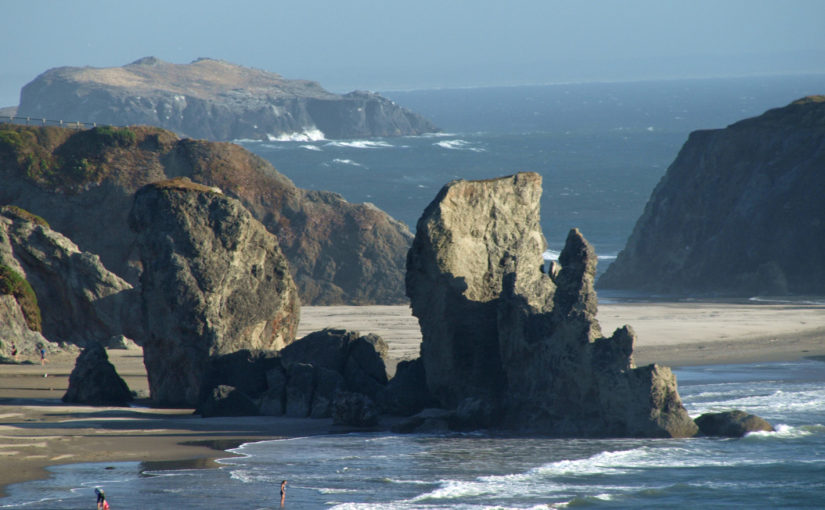
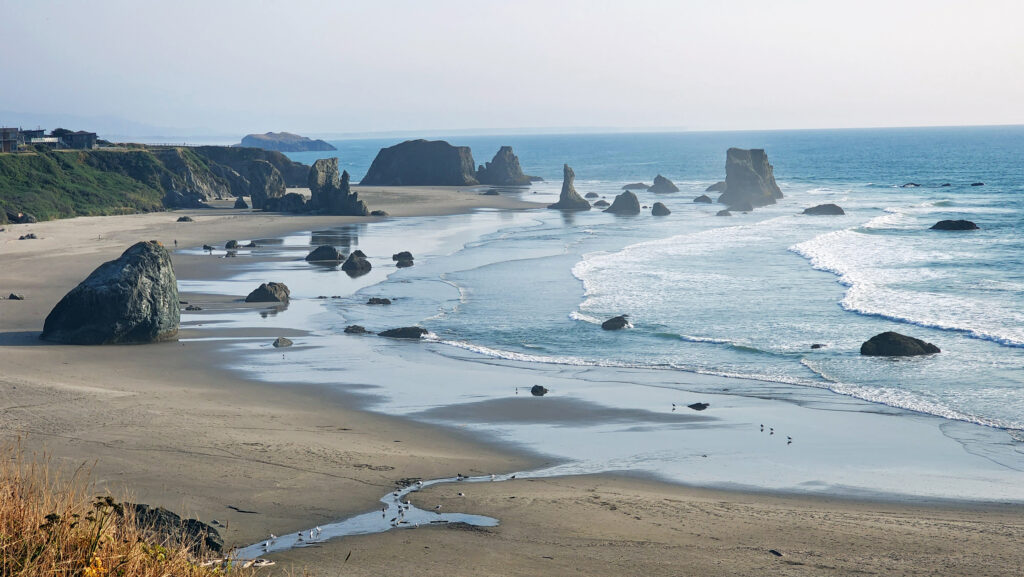
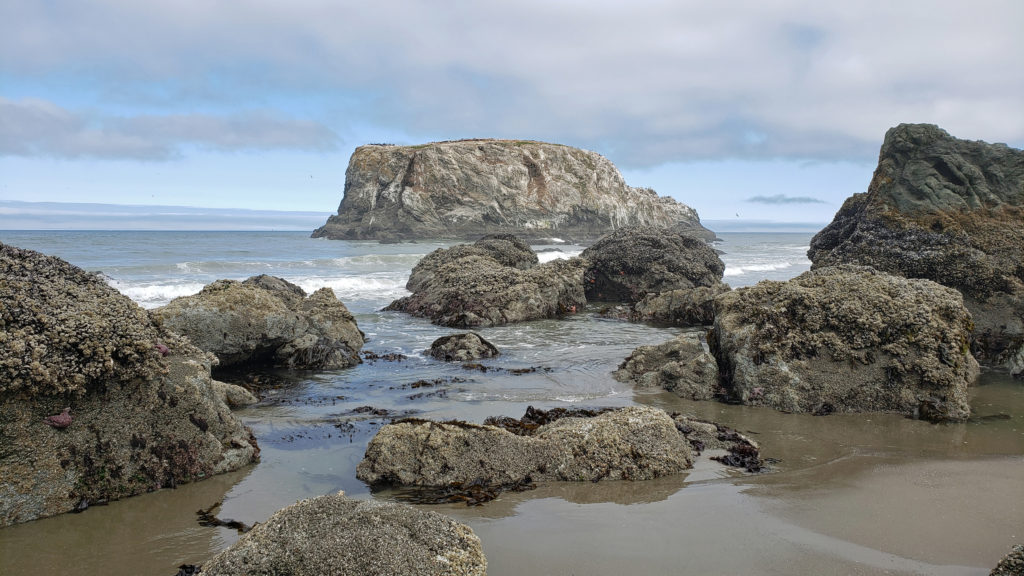 History
History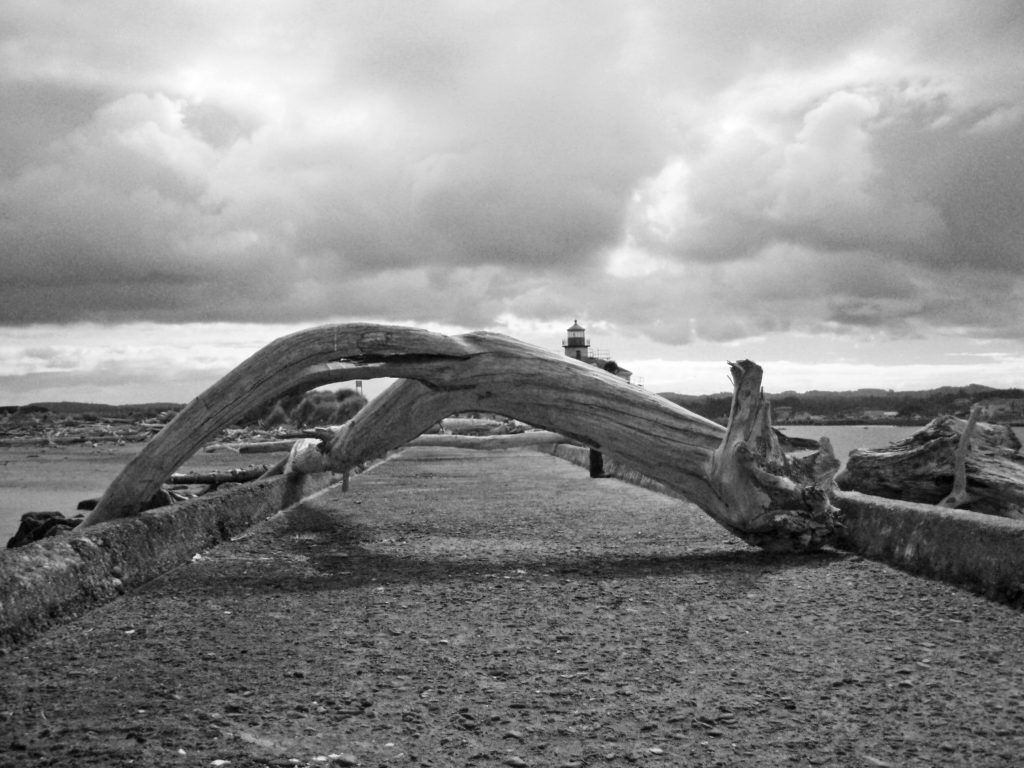 One of the things Lord Bennett brought to Bandon from Ireland was gorse, a thorny, thick growing plant with bright yellow flowers. In Ireland it was used for privacy hedges and property boundaries because it is almost impenetrable. In Oregon it went wild and was one of the state’s first invasive plants. Besides being thick and thorny, it is also a very oily plant and burns readily. In 1936 a small forest fire started from a slash burn that got out of hand, spread to the gorse near the town, and then to the town itself, destroying all but 16 of the 500 structures in the town. The fire decimated the community and all but ended shipping to and from the harbor.
One of the things Lord Bennett brought to Bandon from Ireland was gorse, a thorny, thick growing plant with bright yellow flowers. In Ireland it was used for privacy hedges and property boundaries because it is almost impenetrable. In Oregon it went wild and was one of the state’s first invasive plants. Besides being thick and thorny, it is also a very oily plant and burns readily. In 1936 a small forest fire started from a slash burn that got out of hand, spread to the gorse near the town, and then to the town itself, destroying all but 16 of the 500 structures in the town. The fire decimated the community and all but ended shipping to and from the harbor.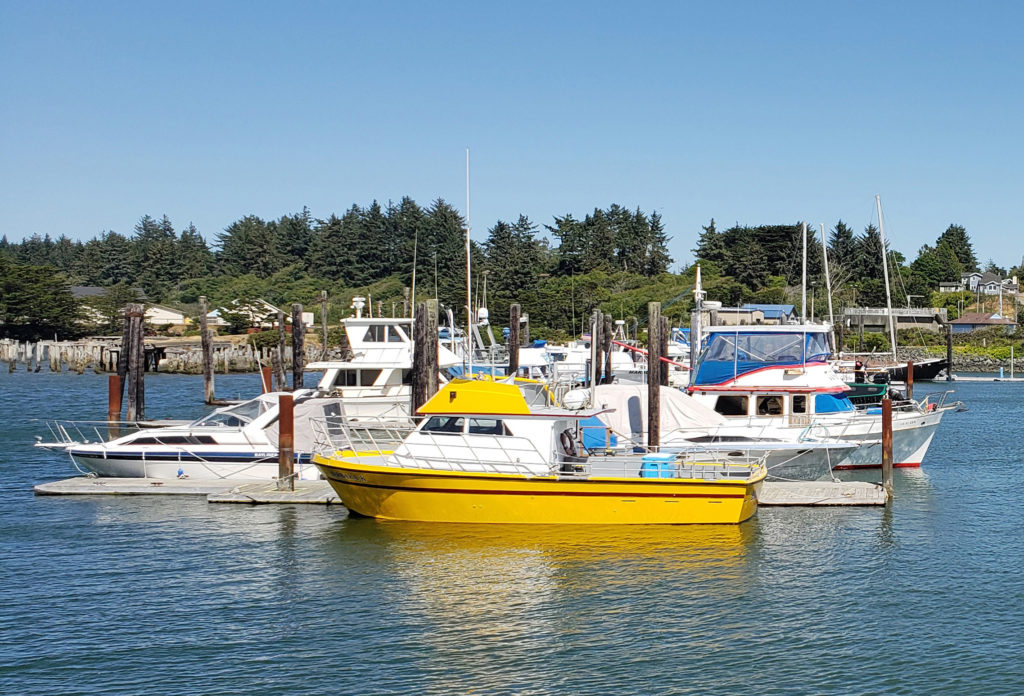 In my youth, Bandon was primarily a mill town, with fishing and agriculture secondary industries. Today, the lumber and plywood mills are long gone. There is still a small fishing fleet that operates out of the harbor, Bandon is still one of the leading cranberry producing areas of the country, and dairy farming is still an important component of the economy. But it is tourism that drives the economy today. The three main tourist draws are the beaches, Bandon Dunes Golf Resort, and the old town section of Bandon.
In my youth, Bandon was primarily a mill town, with fishing and agriculture secondary industries. Today, the lumber and plywood mills are long gone. There is still a small fishing fleet that operates out of the harbor, Bandon is still one of the leading cranberry producing areas of the country, and dairy farming is still an important component of the economy. But it is tourism that drives the economy today. The three main tourist draws are the beaches, Bandon Dunes Golf Resort, and the old town section of Bandon.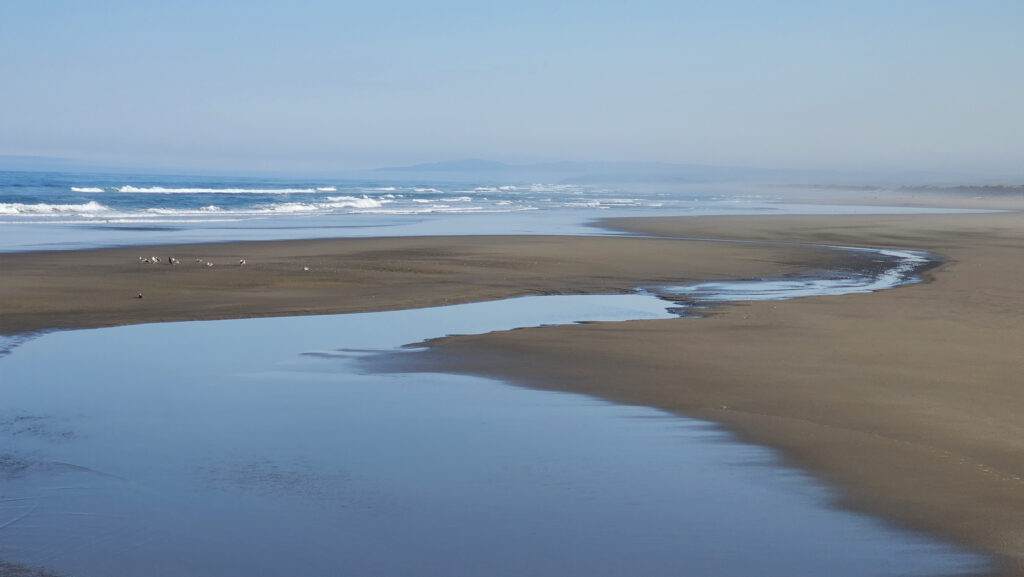 The Beaches
The Beaches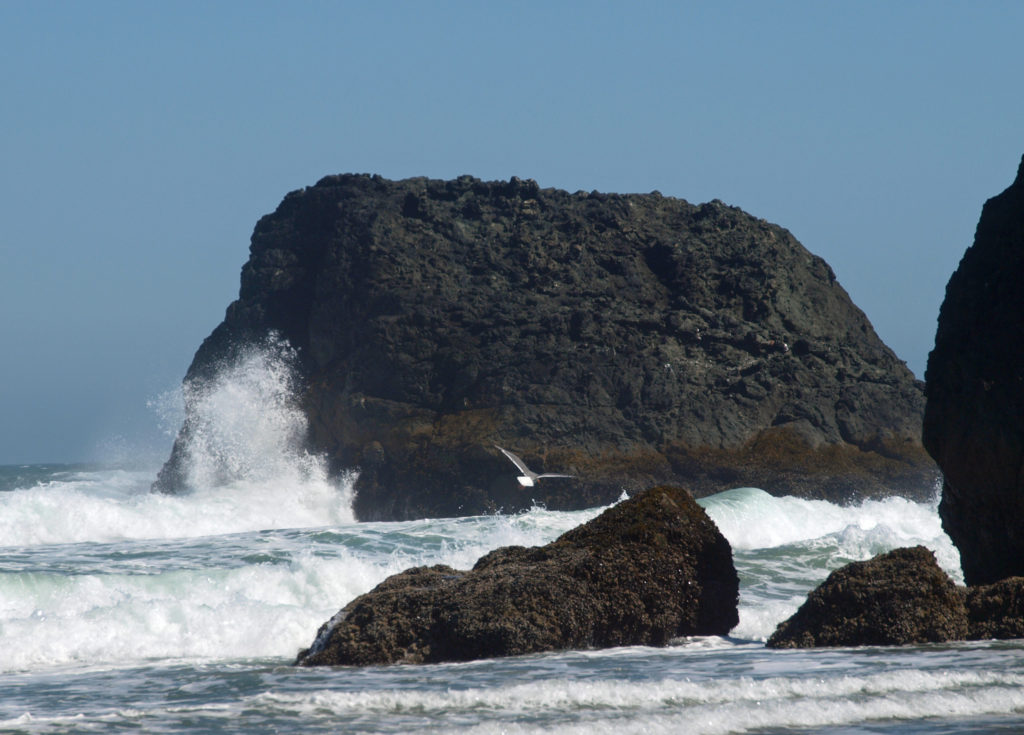
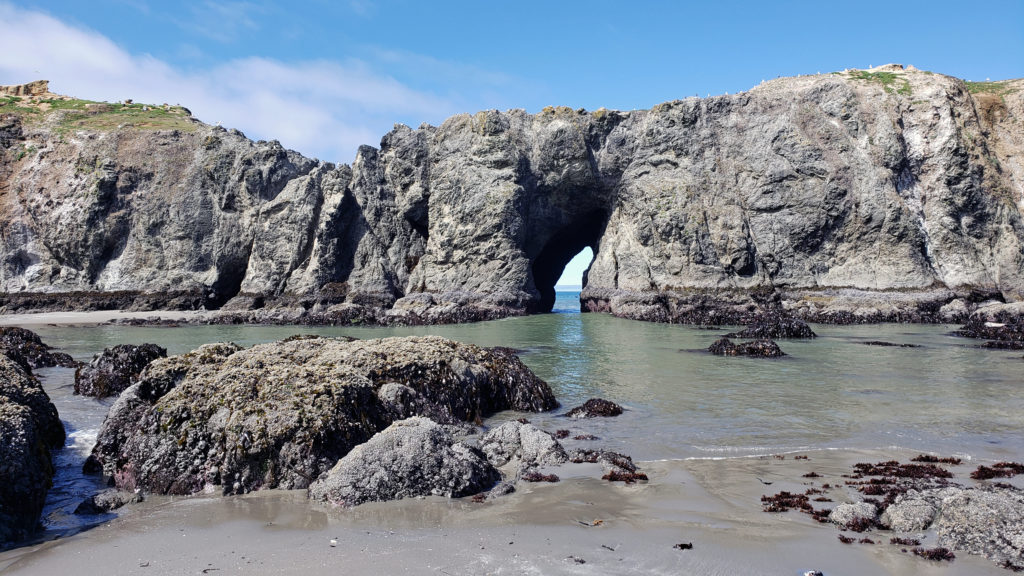 Access can be had from the south jetty area, from the wayside at the end of 11th Street, and from Face Rock State Scenic Viewpoint on the Beach Loop Road. Farther south on the Beach Loop Road are other beach access points at Devils Kitchen and Bandon State Natural Area.
Access can be had from the south jetty area, from the wayside at the end of 11th Street, and from Face Rock State Scenic Viewpoint on the Beach Loop Road. Farther south on the Beach Loop Road are other beach access points at Devils Kitchen and Bandon State Natural Area.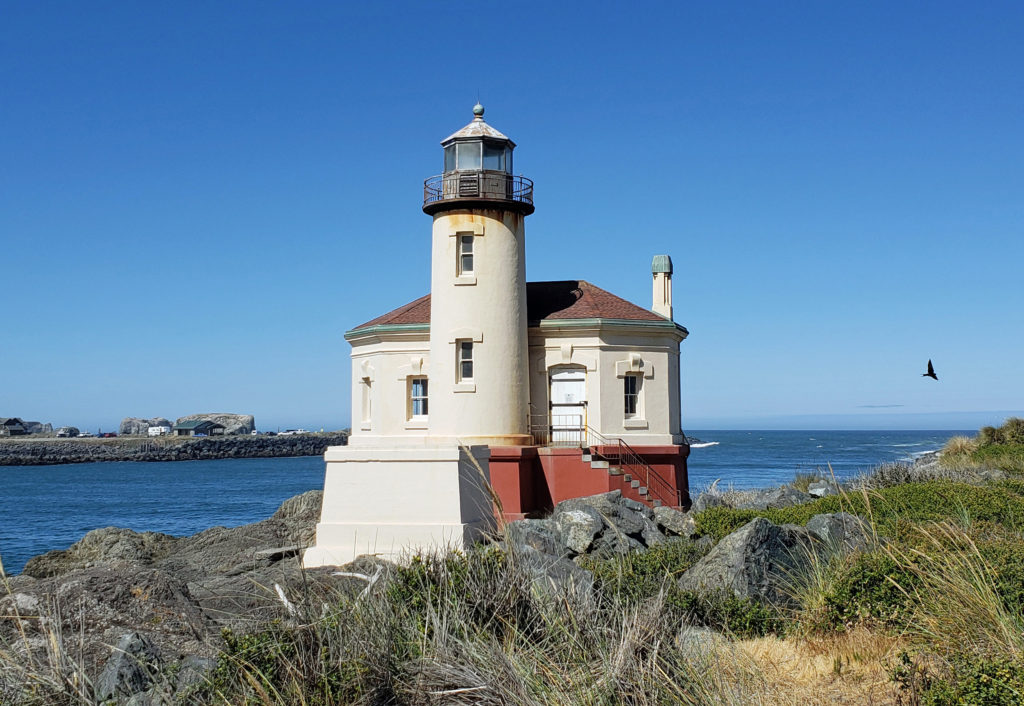
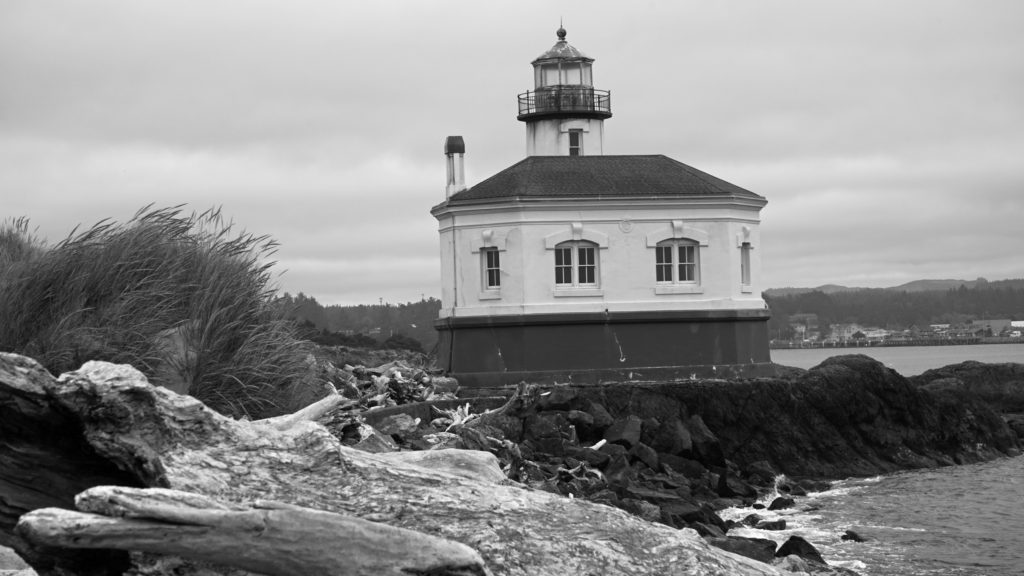 In 1939 the Coast Guard took over the lighthouse and deemed it unnecessary. The lighthouse was replaced by an automated light on the south jetty. The lighthouse sat abandoned for 24 years until it became part of the new Bullards Beach State Park in 1963. It was another 13 years before renovation of the lighthouse began, but it finally opened to the public in 1979. In 1991, during Bandon’s centennial celebration, a solar powered light was installed, ending the Coquille River Lighthouse’s 52 years of darkness. Further renovation of the lighthouse was done in 2007. The lighthouse closed to the public due to the Covid-19 pandemic and has yet to re-open, so you can’t go inside, but the road to it and the parking area are open.
In 1939 the Coast Guard took over the lighthouse and deemed it unnecessary. The lighthouse was replaced by an automated light on the south jetty. The lighthouse sat abandoned for 24 years until it became part of the new Bullards Beach State Park in 1963. It was another 13 years before renovation of the lighthouse began, but it finally opened to the public in 1979. In 1991, during Bandon’s centennial celebration, a solar powered light was installed, ending the Coquille River Lighthouse’s 52 years of darkness. Further renovation of the lighthouse was done in 2007. The lighthouse closed to the public due to the Covid-19 pandemic and has yet to re-open, so you can’t go inside, but the road to it and the parking area are open.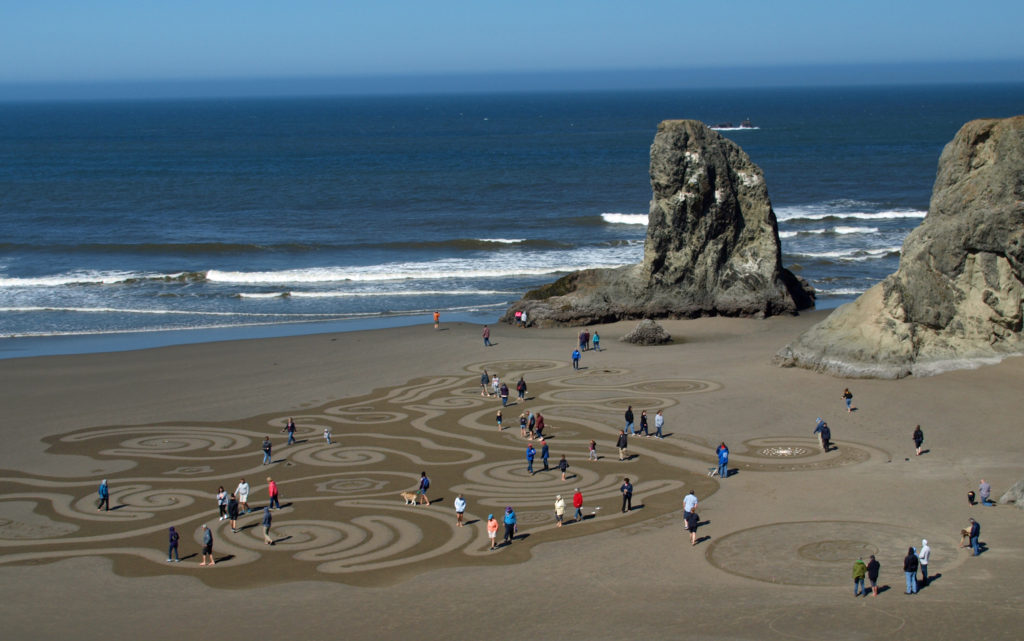 Circles in the Sand
Circles in the Sand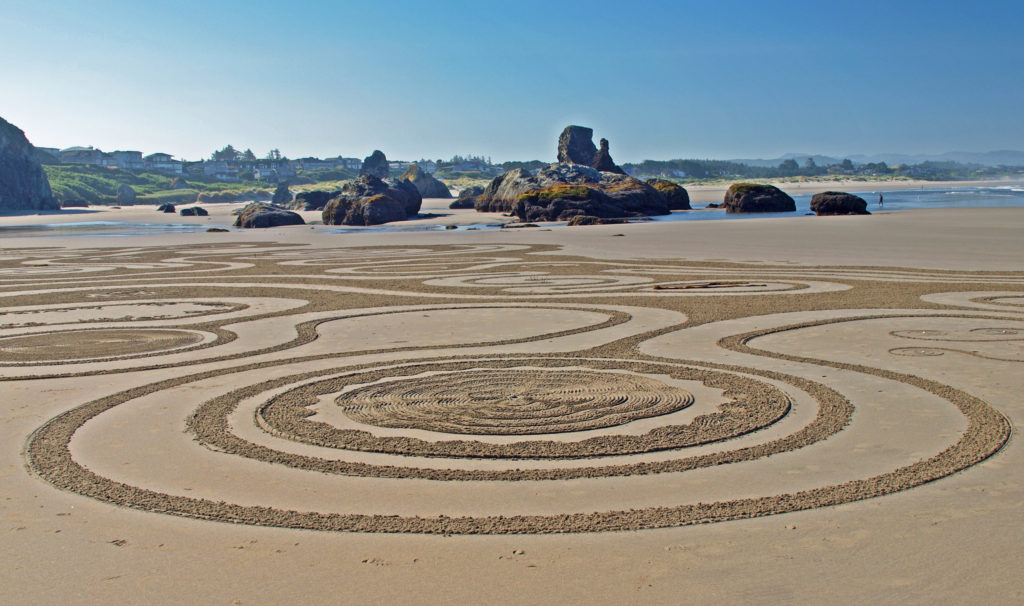 The
The 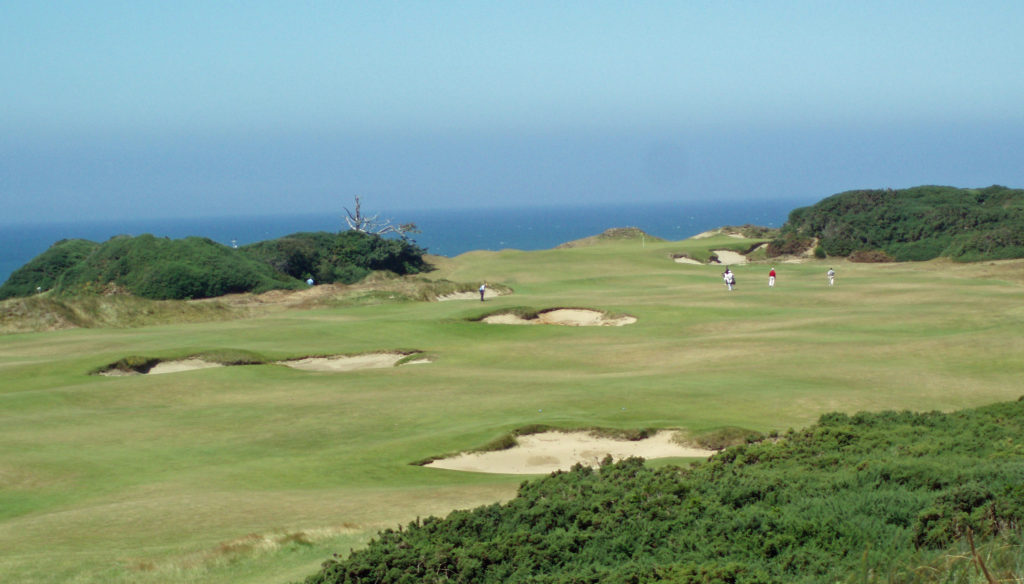
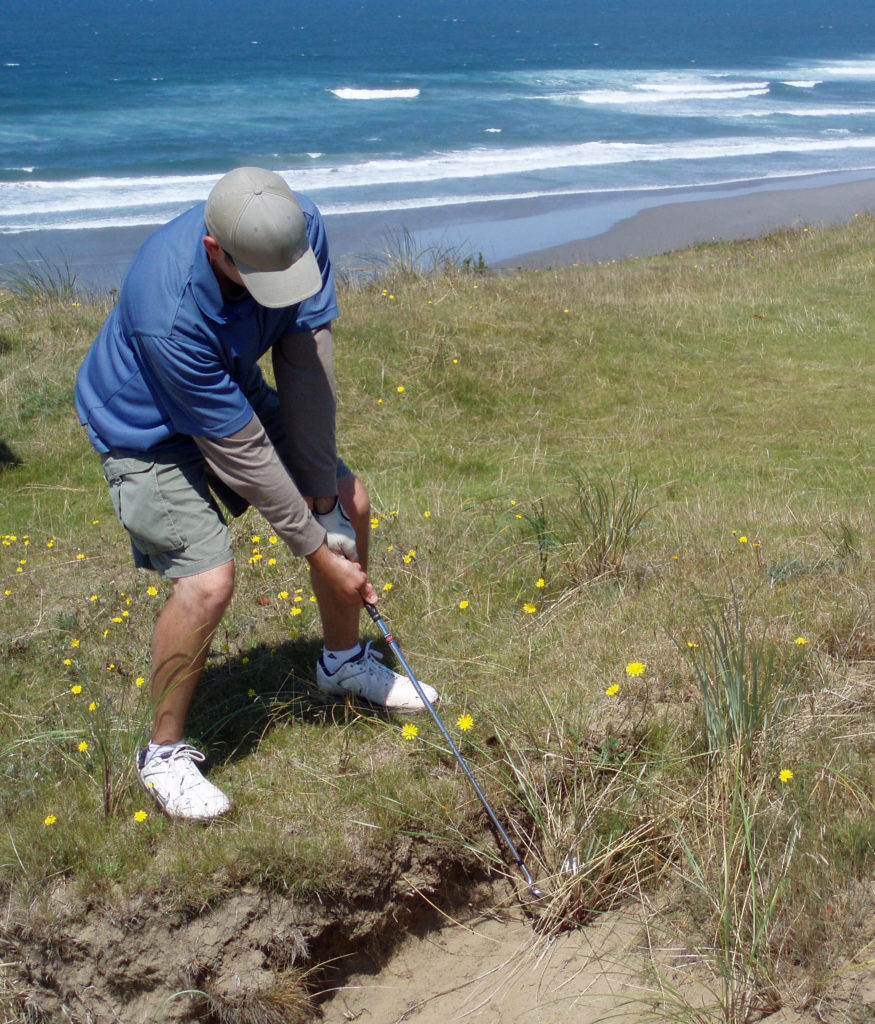 All of the Bandon Dunes courses are consistently rated in the top 100 courses in the United States, and the 13 hole par three course, Bandon Preserve, is a challenge in itself. A few miles south of town,
All of the Bandon Dunes courses are consistently rated in the top 100 courses in the United States, and the 13 hole par three course, Bandon Preserve, is a challenge in itself. A few miles south of town, 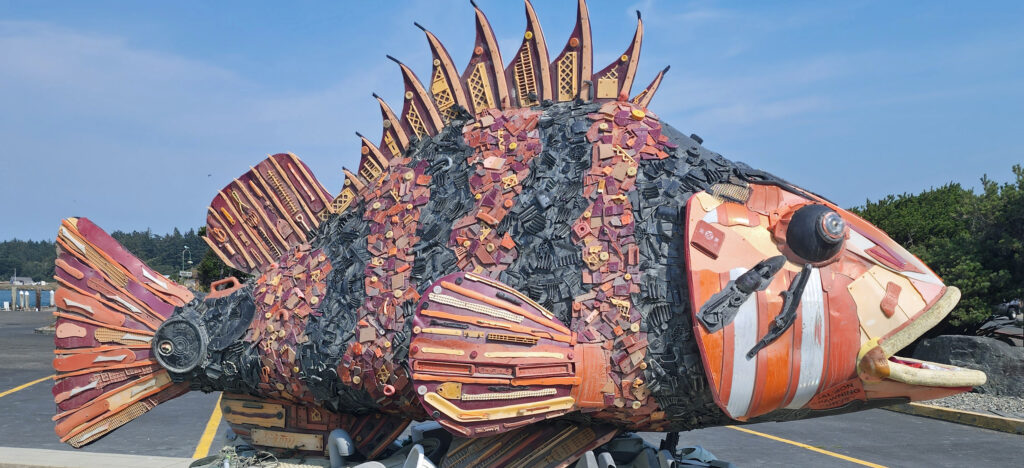
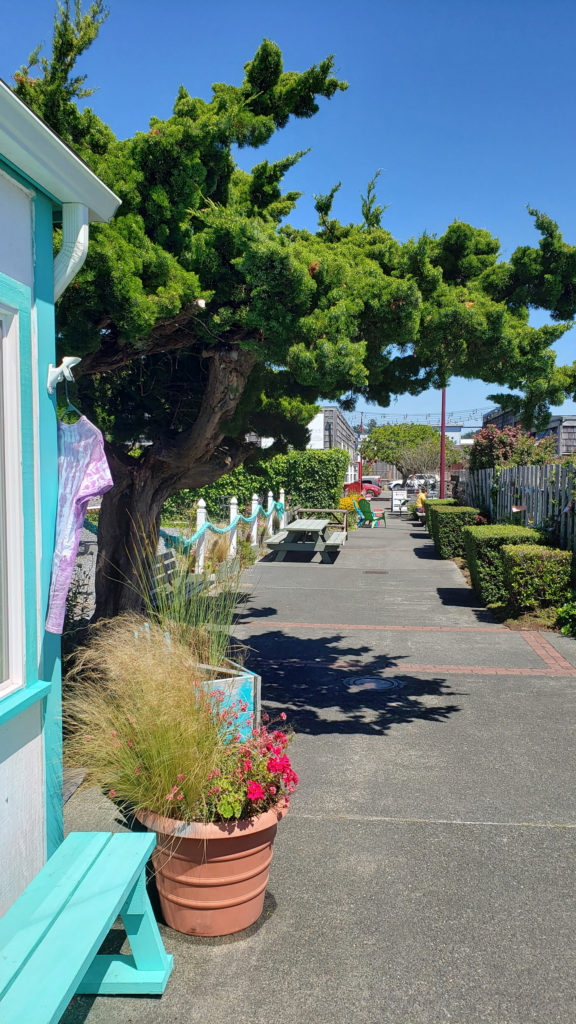 Good eats abound in Old Town. Start your day at Bandon Coffee Cafe, Jenn’s Joint Coffee Shop, Bandon Baking Company, or Shoestring Cafe. Stop at Face Rock Creamery to sample locally made cheeses and ice cream. Seafood lovers will want to sample the fare at Tony’s Crab Shack and Bandon Fish Market. Pub fare and quality draft beer are both to be had at Foley’s Irish Pub and Bandon Brewing Company. Decent and very affordable Mexican food can be had at La Fiesta. And if more upscale dining is what you’re looking for, try The Loft Restaurant and Bar or Alloro Wine Bar and Restaurant.
Good eats abound in Old Town. Start your day at Bandon Coffee Cafe, Jenn’s Joint Coffee Shop, Bandon Baking Company, or Shoestring Cafe. Stop at Face Rock Creamery to sample locally made cheeses and ice cream. Seafood lovers will want to sample the fare at Tony’s Crab Shack and Bandon Fish Market. Pub fare and quality draft beer are both to be had at Foley’s Irish Pub and Bandon Brewing Company. Decent and very affordable Mexican food can be had at La Fiesta. And if more upscale dining is what you’re looking for, try The Loft Restaurant and Bar or Alloro Wine Bar and Restaurant.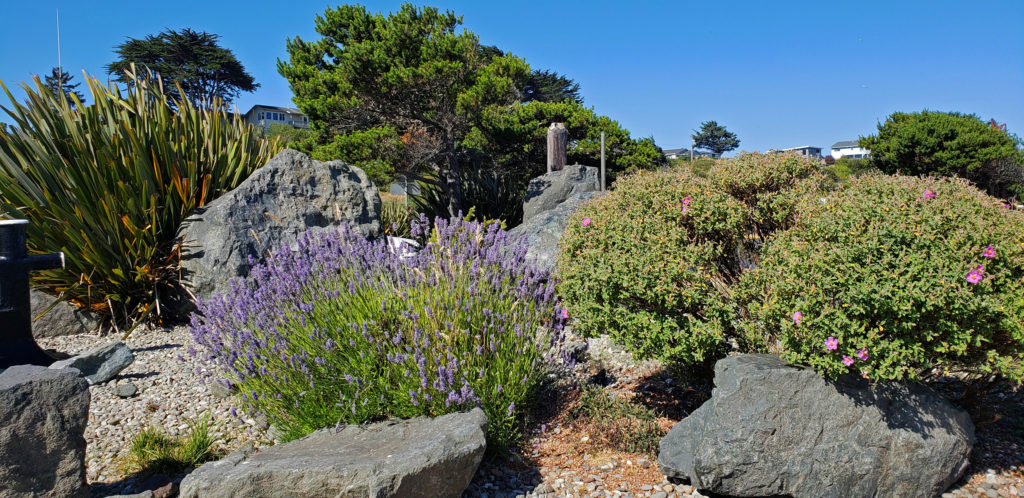 Accommodations
Accommodations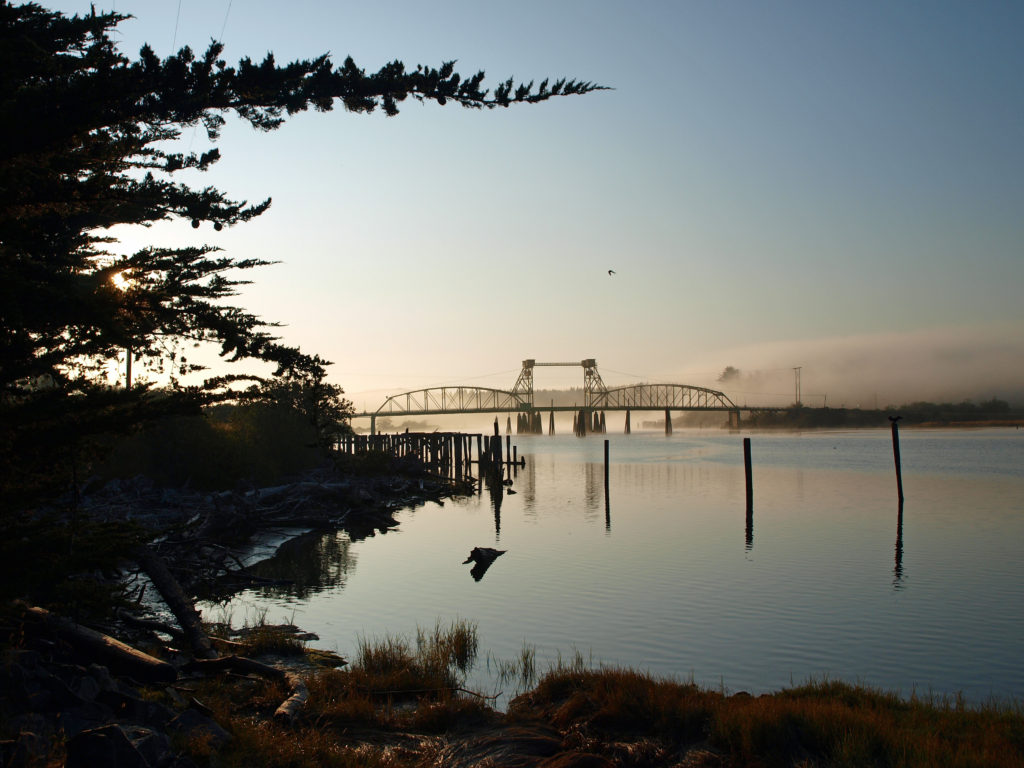 There is a campground at
There is a campground at 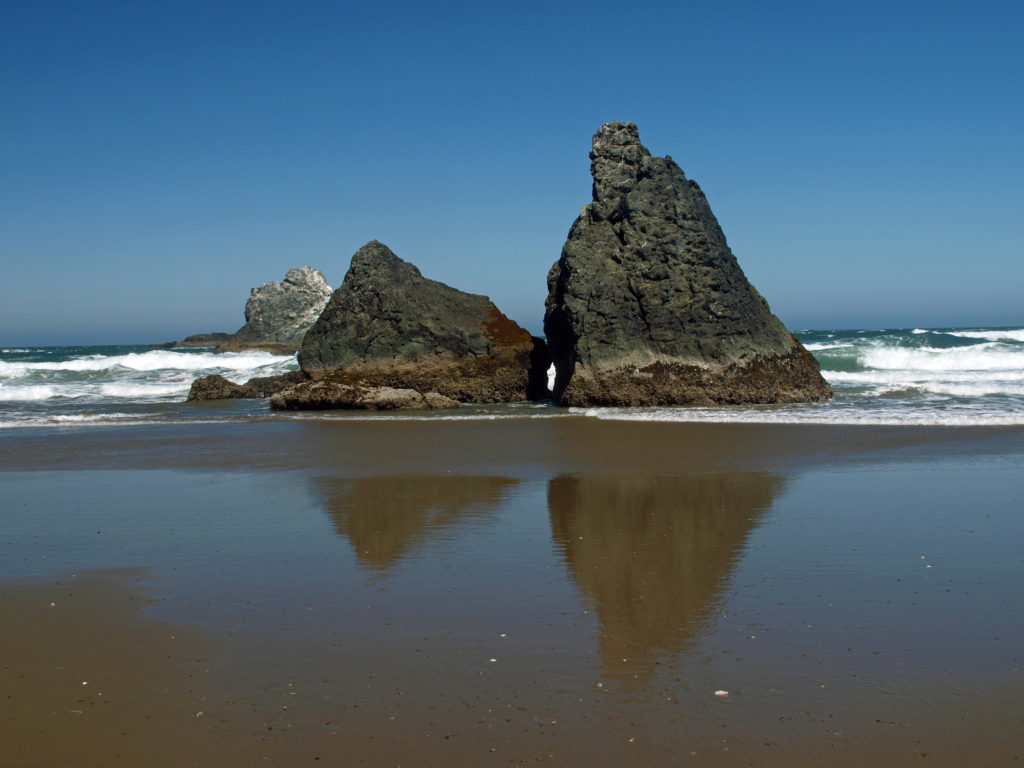 Getting There
Getting There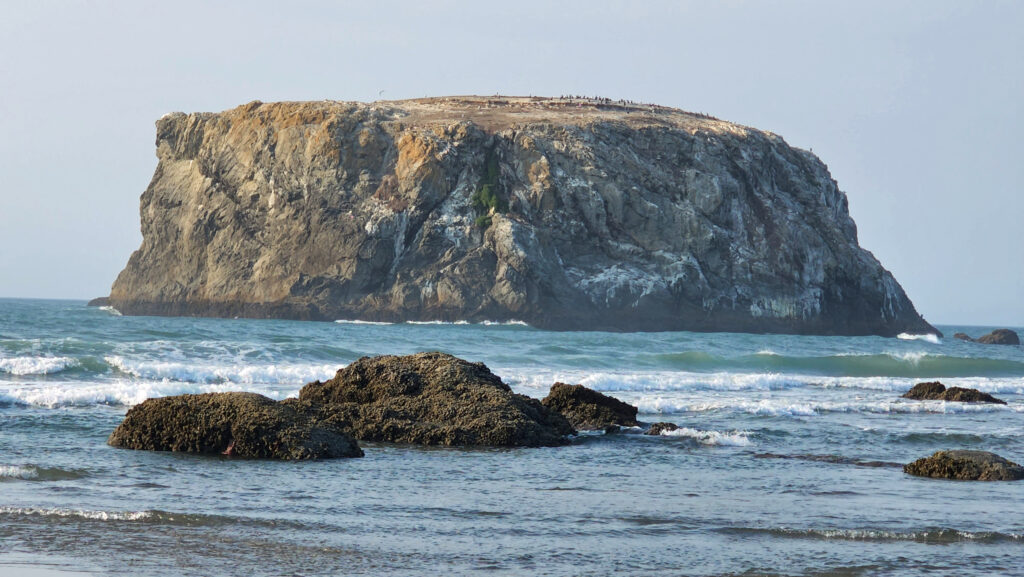 Consider combining a visit to Bandon with a drive south along the spectacular
Consider combining a visit to Bandon with a drive south along the spectacular 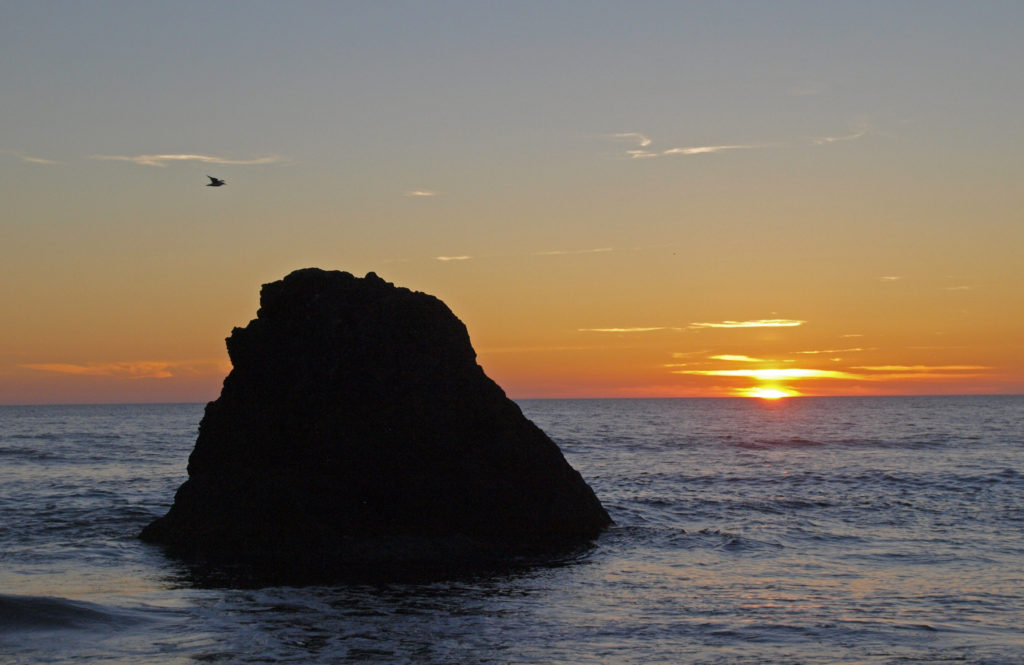
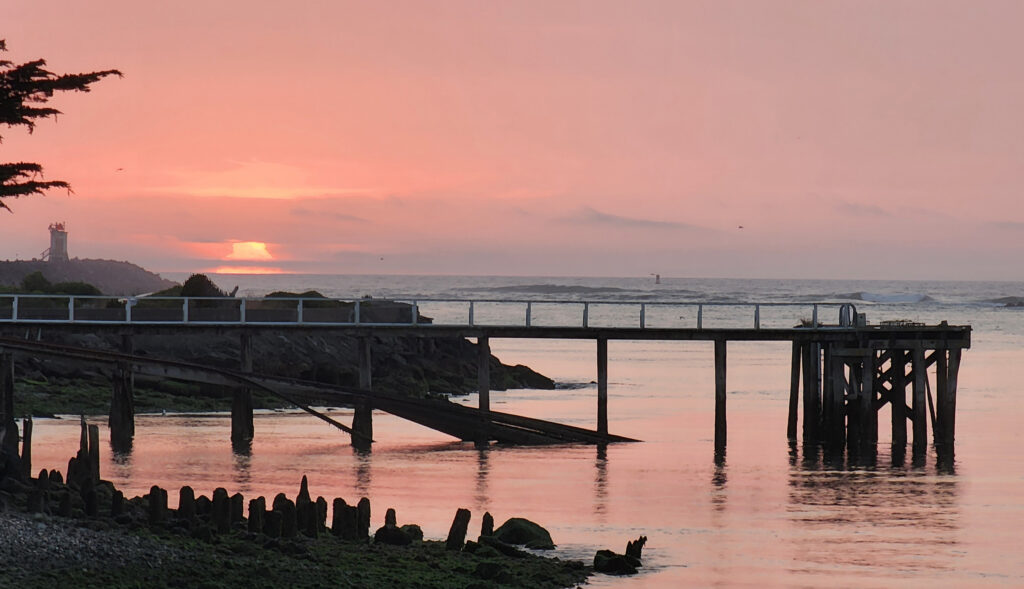
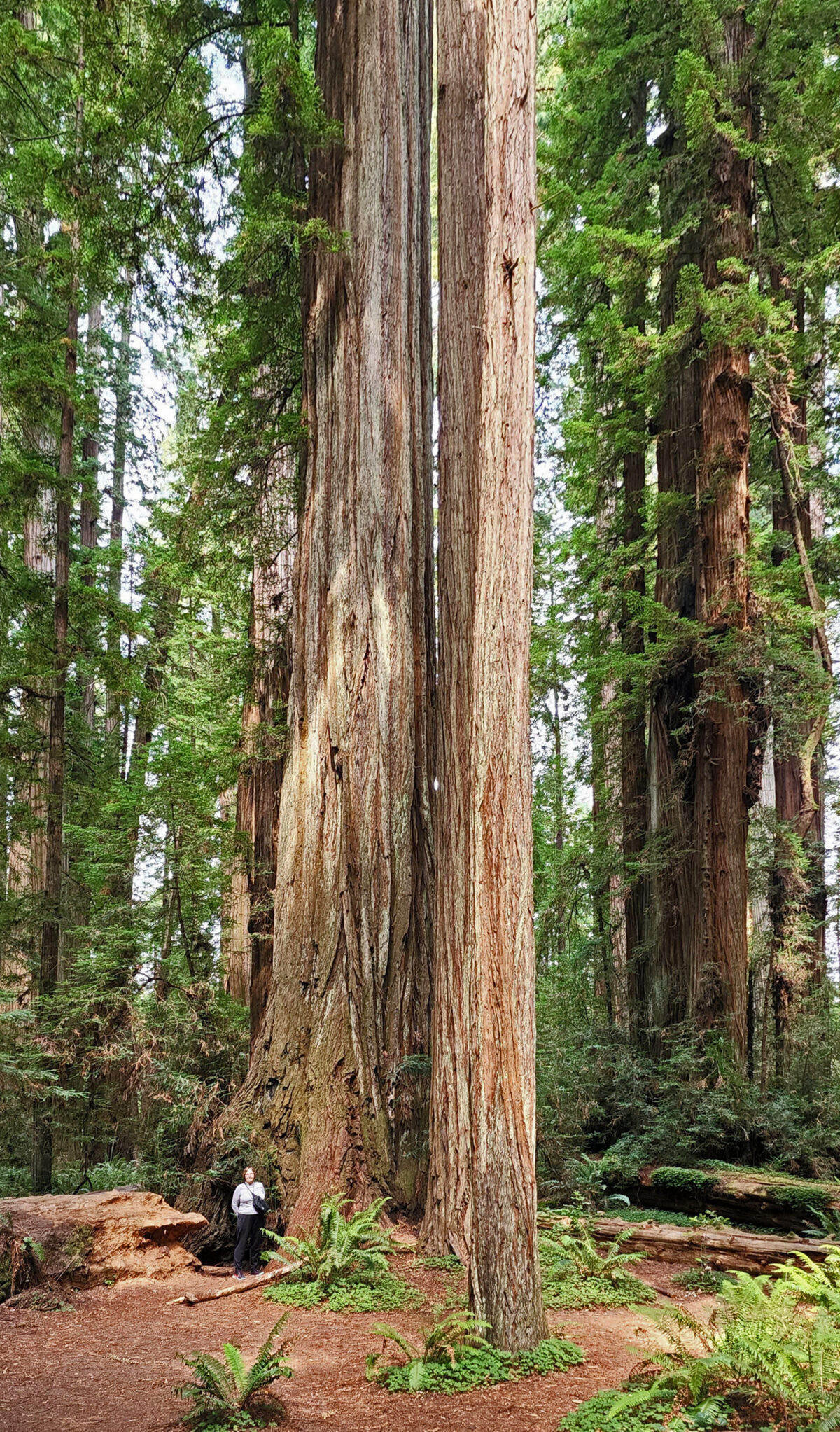
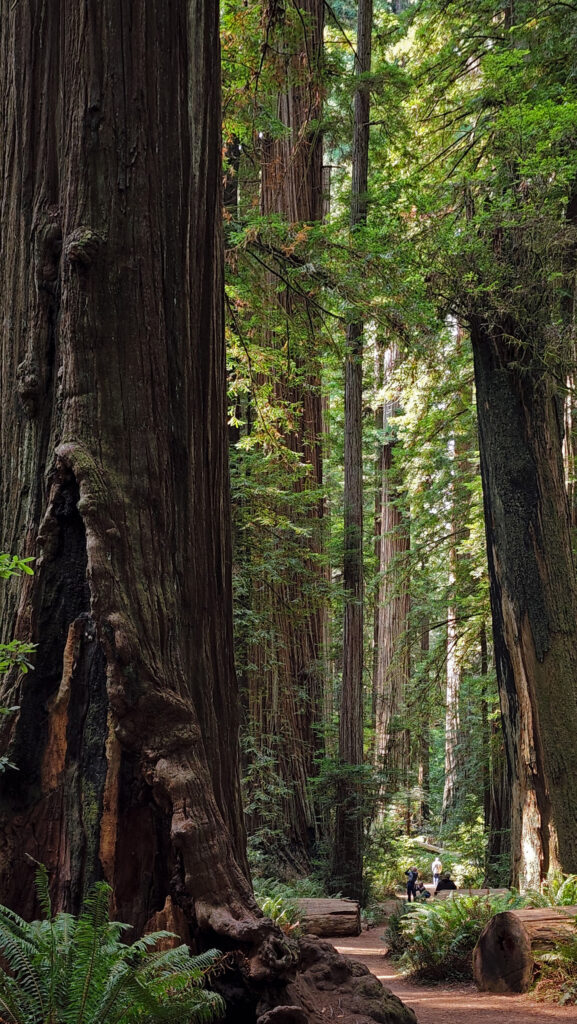

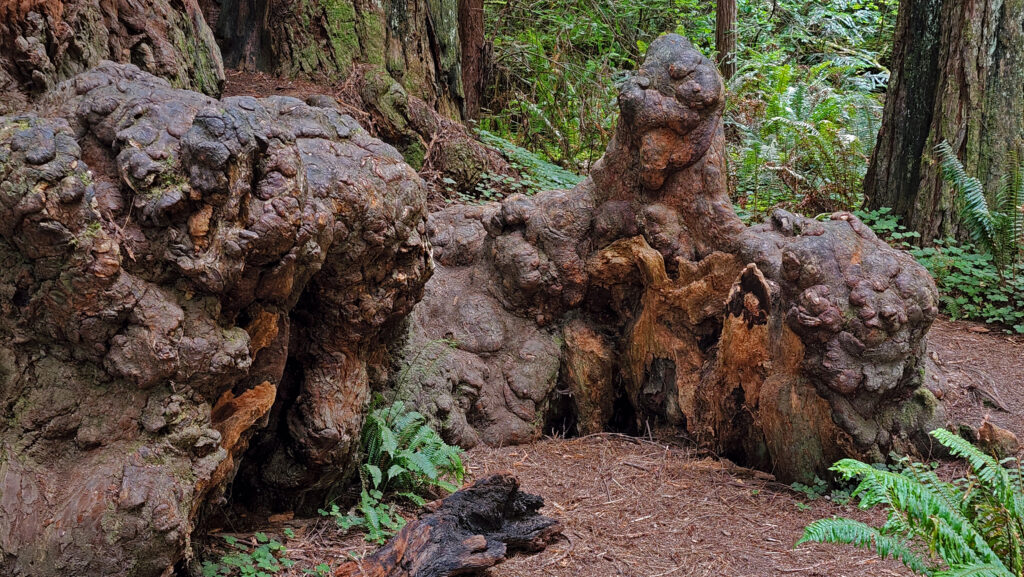
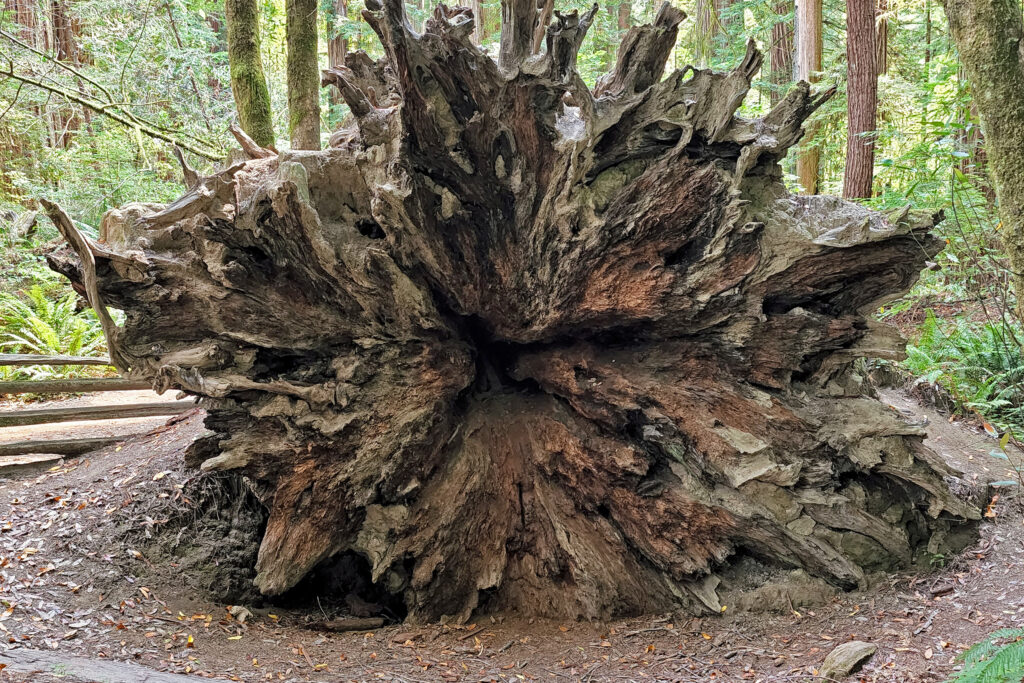


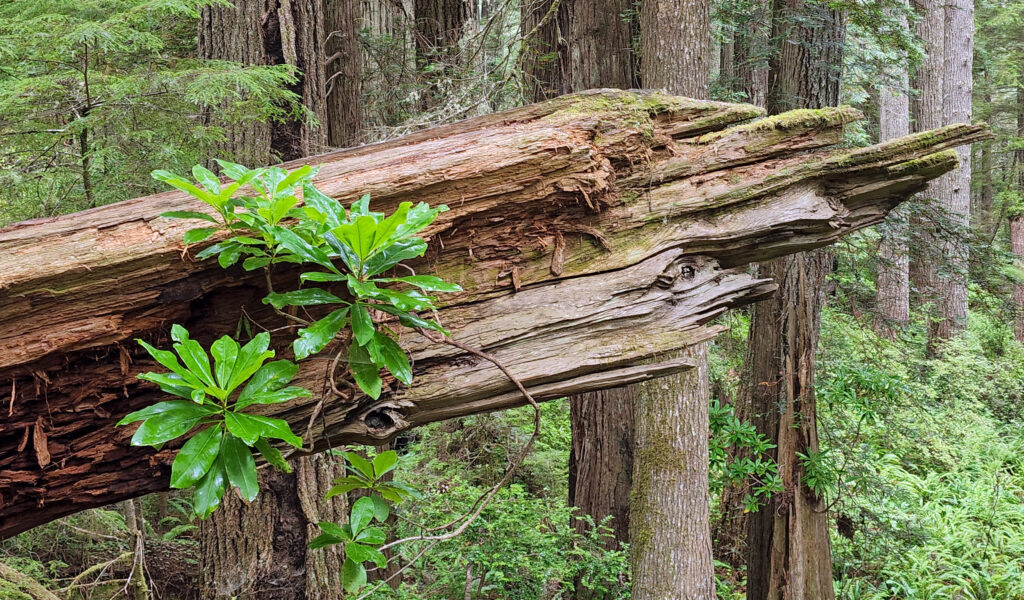


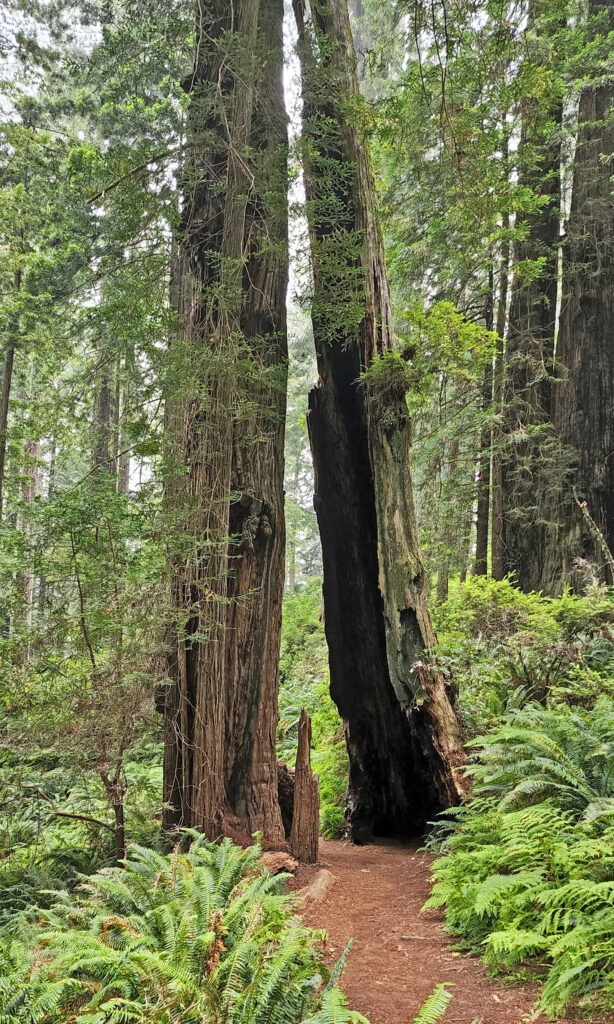

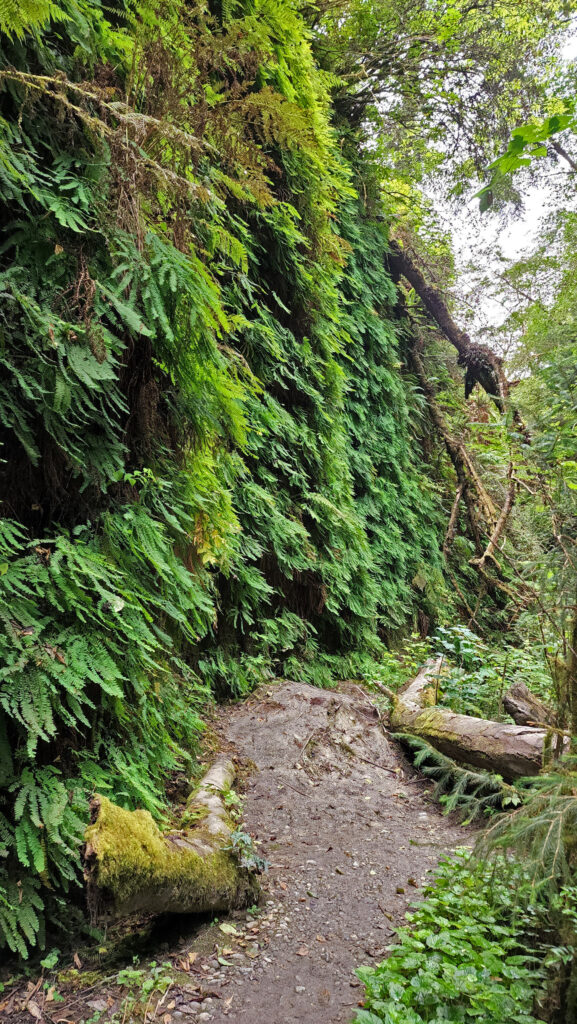
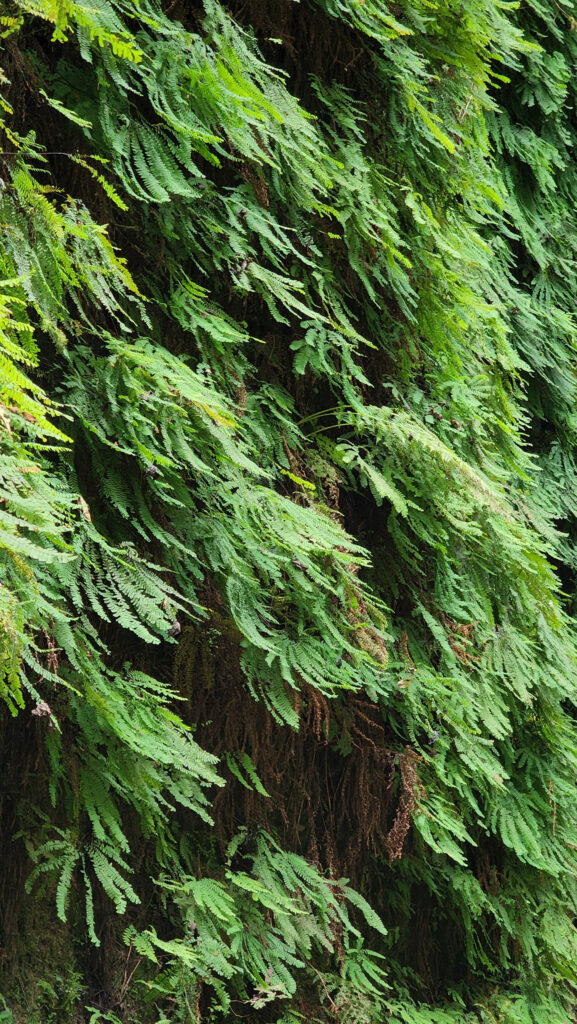
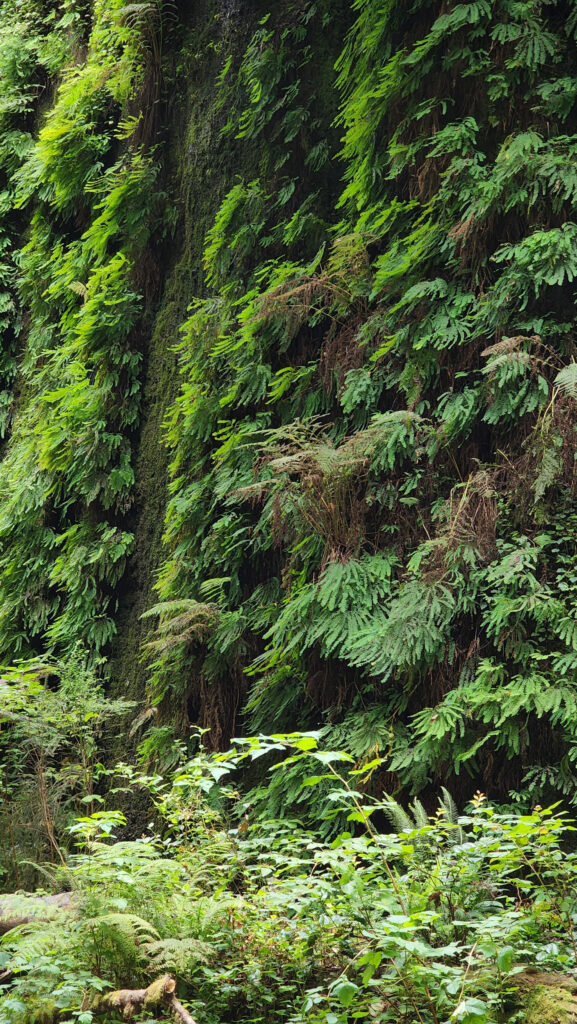

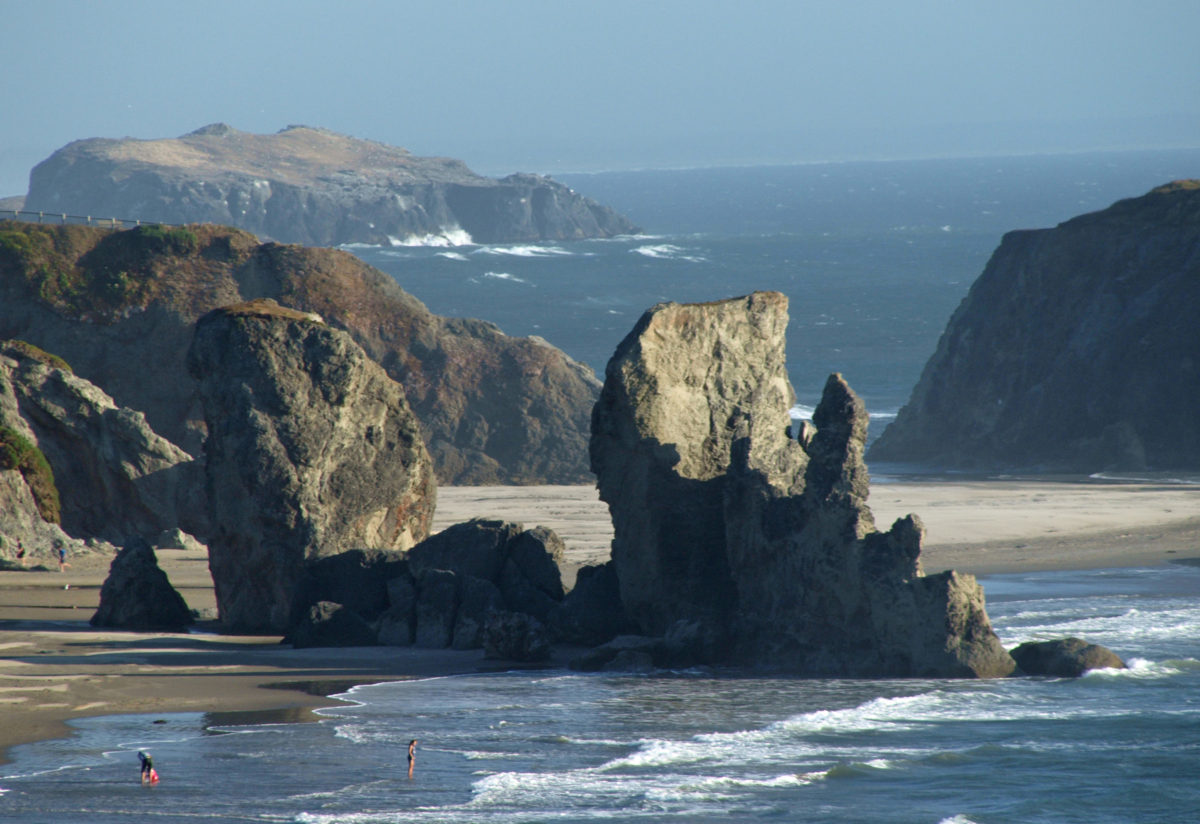
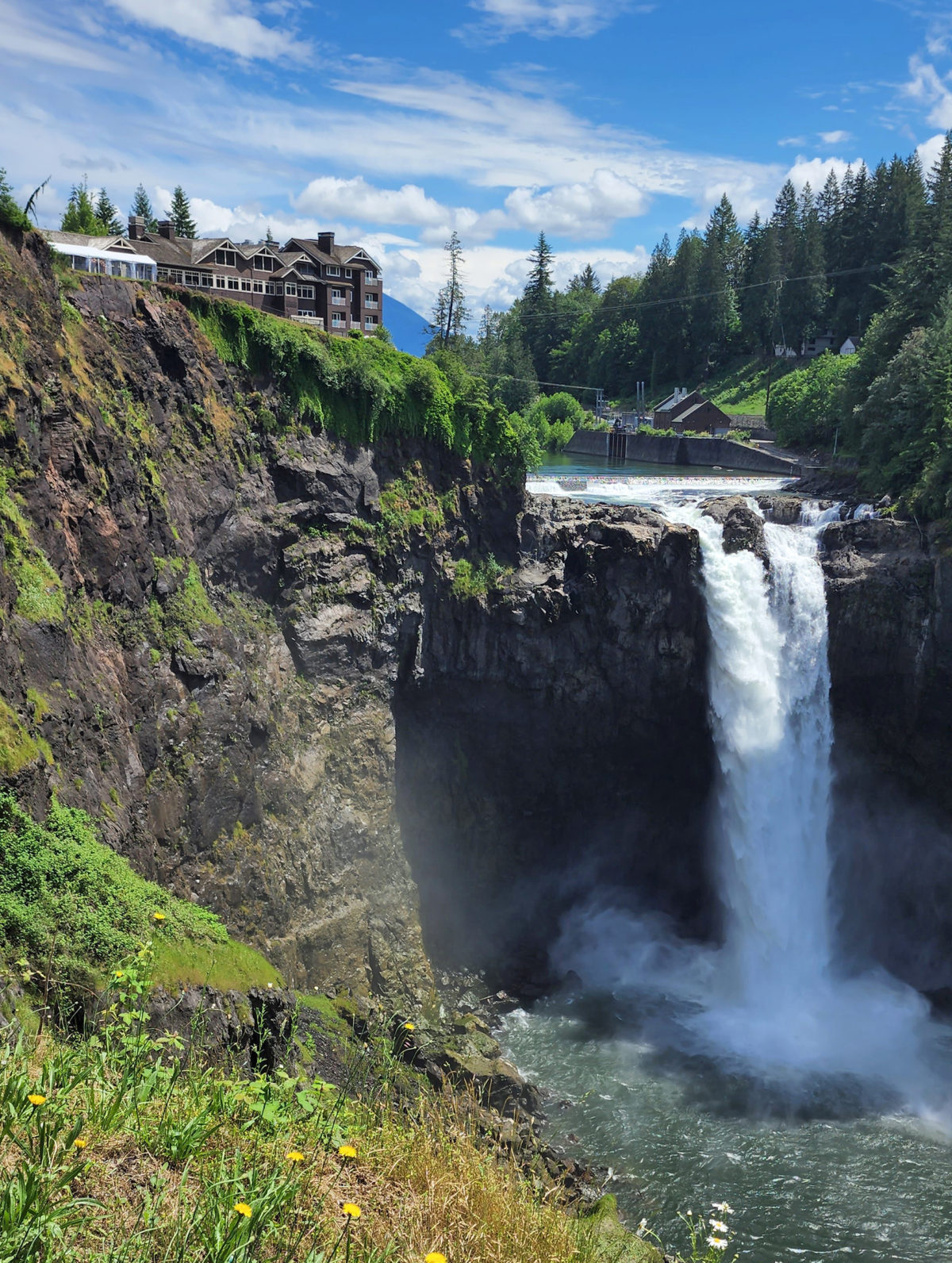
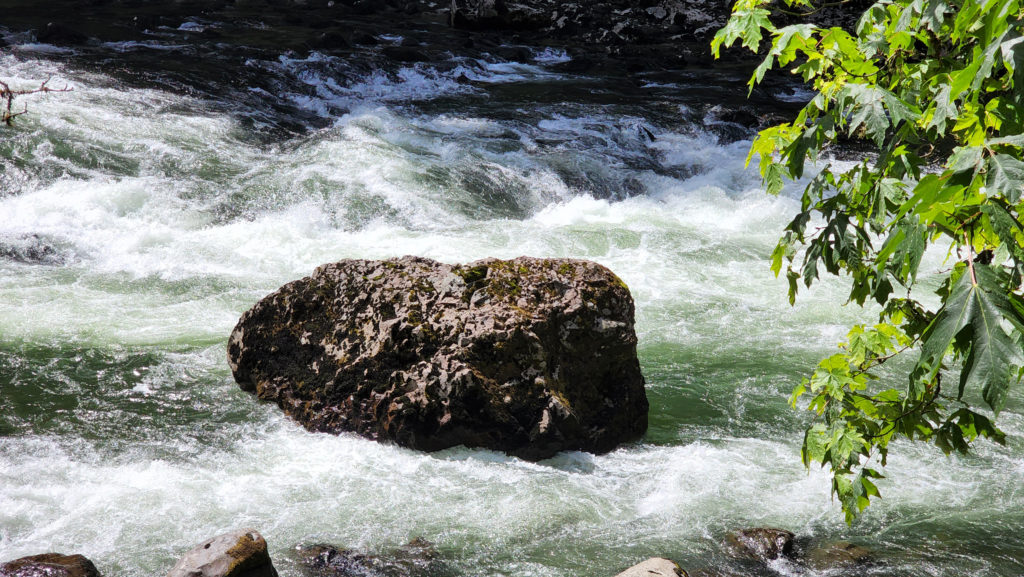
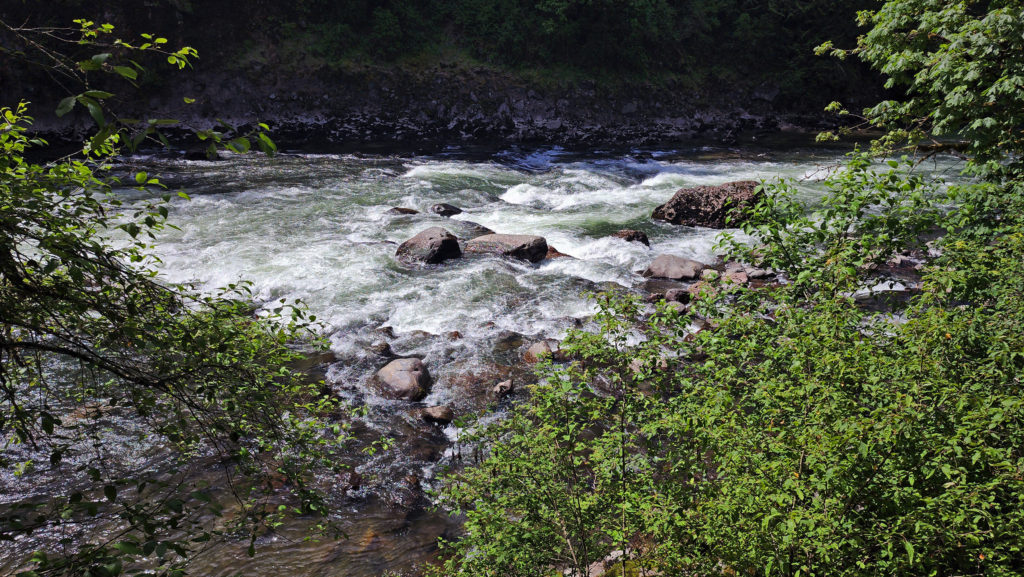
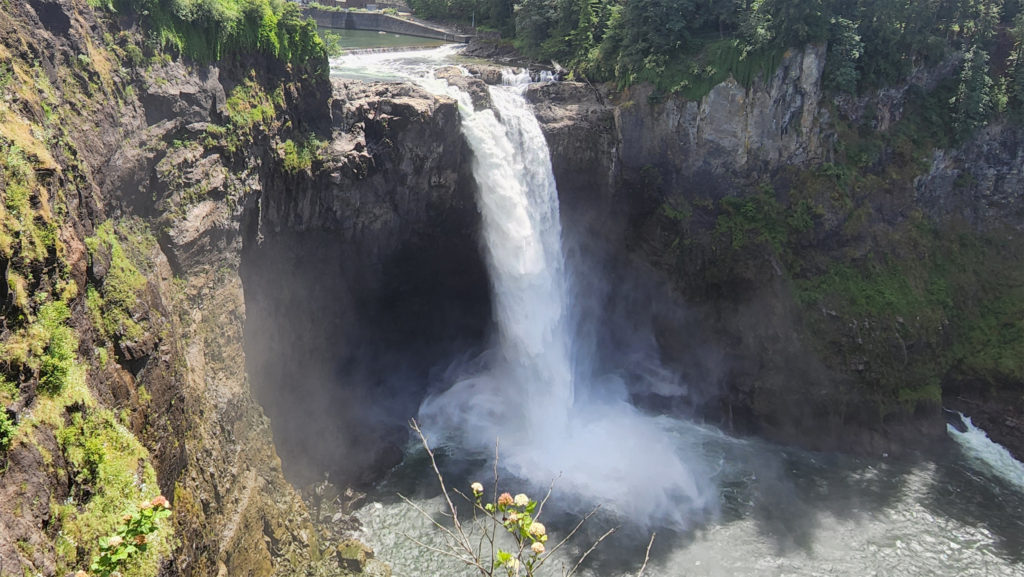
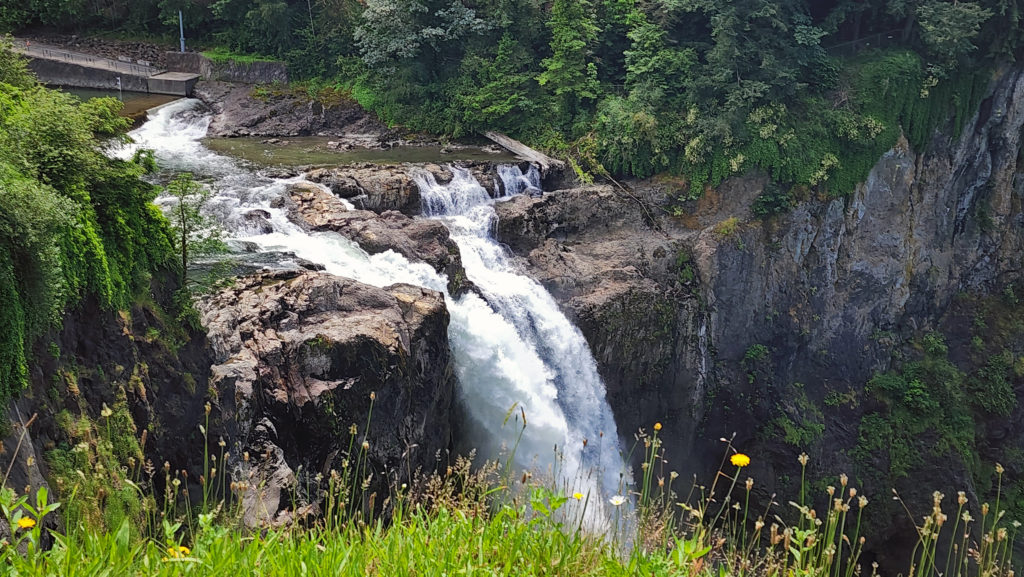
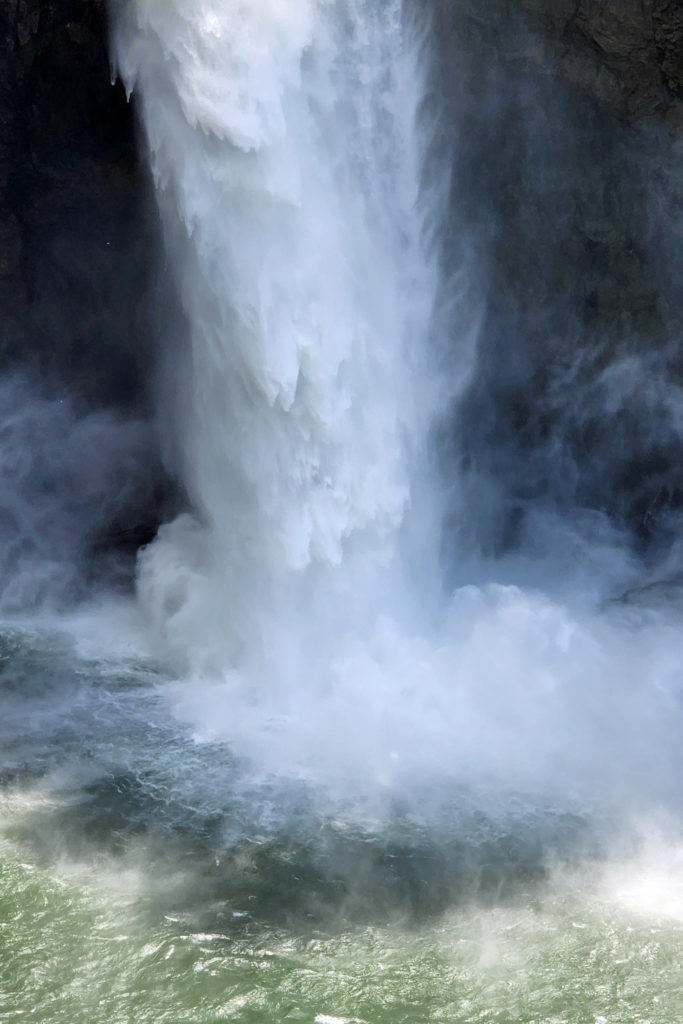
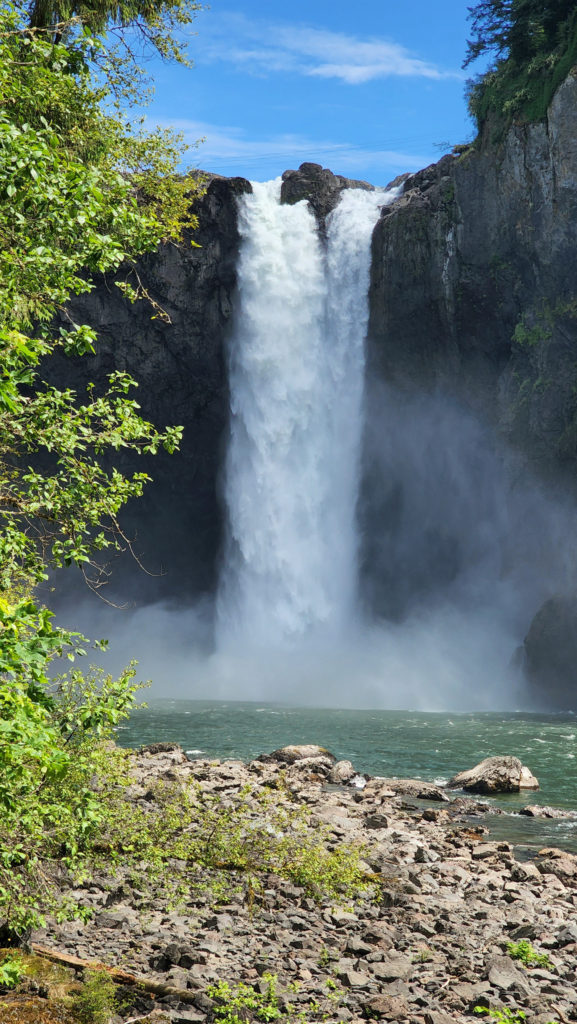
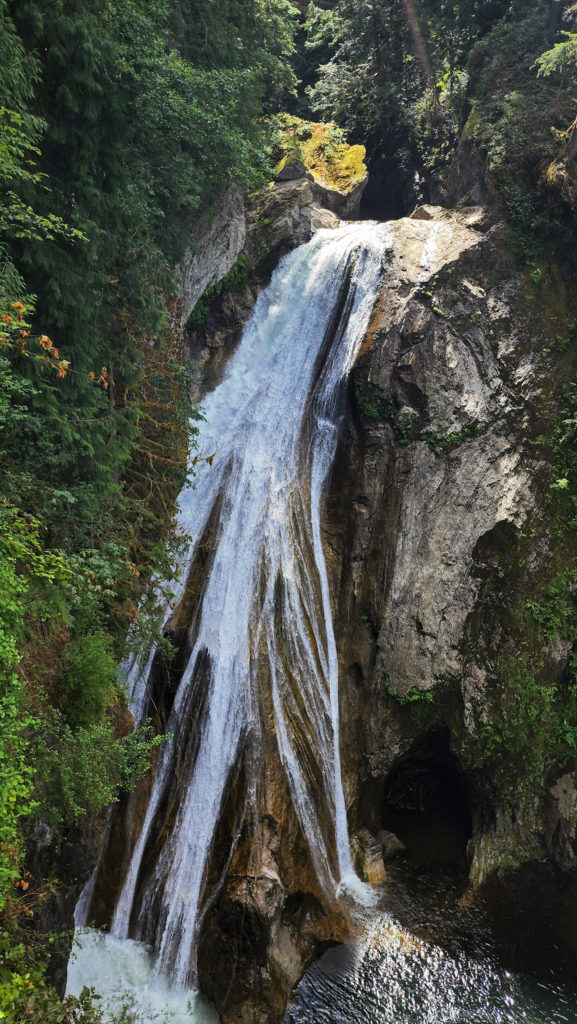
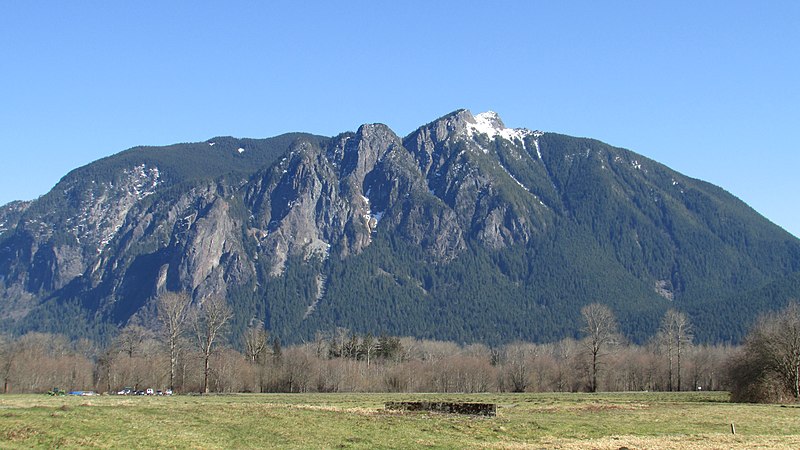

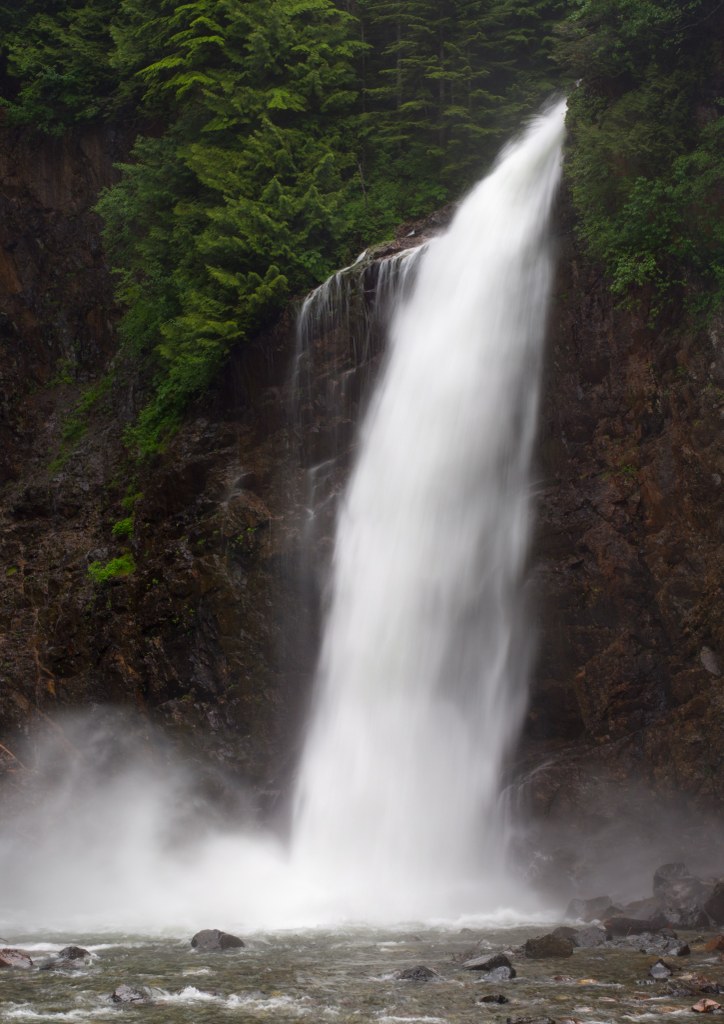
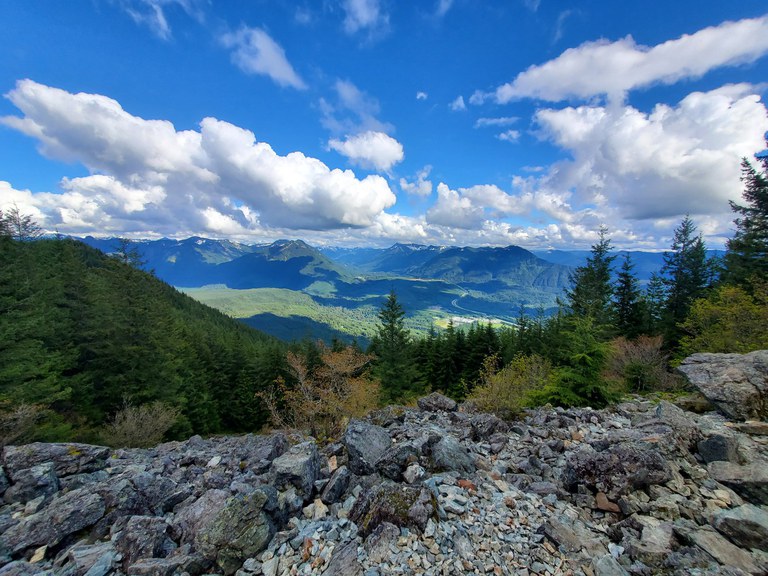
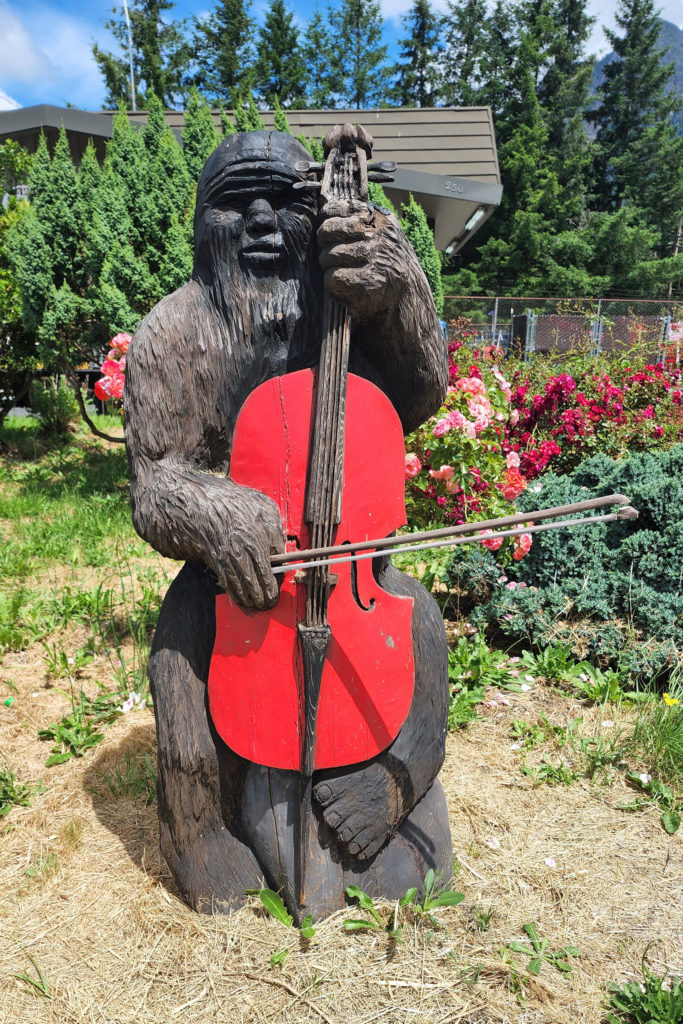
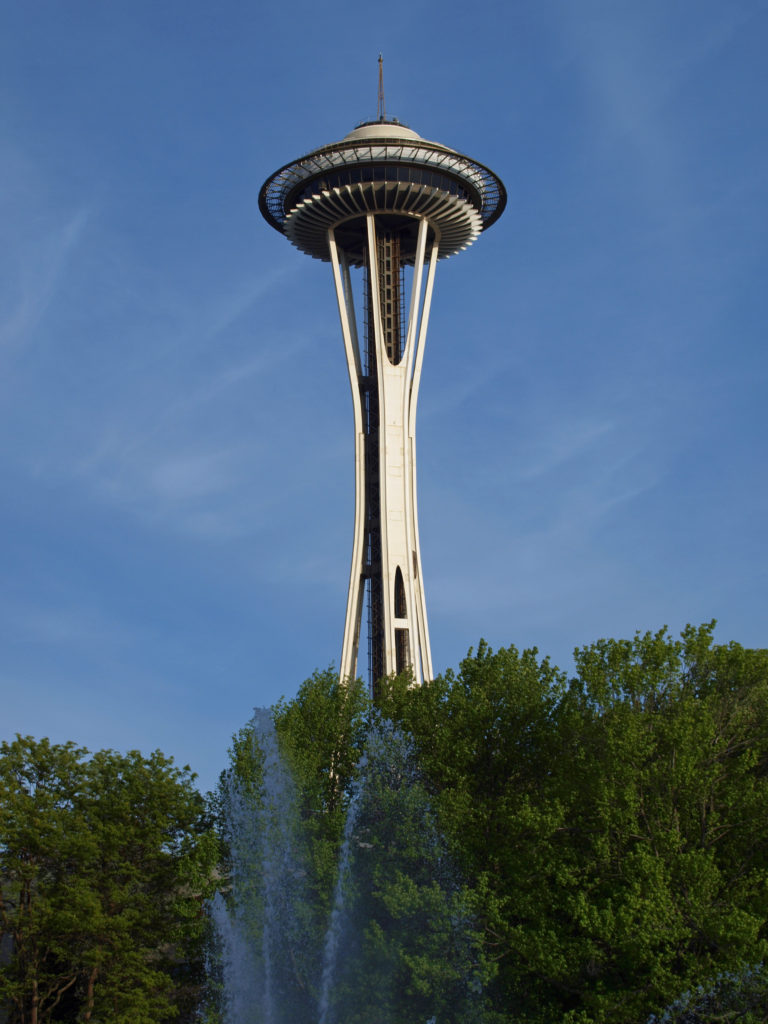
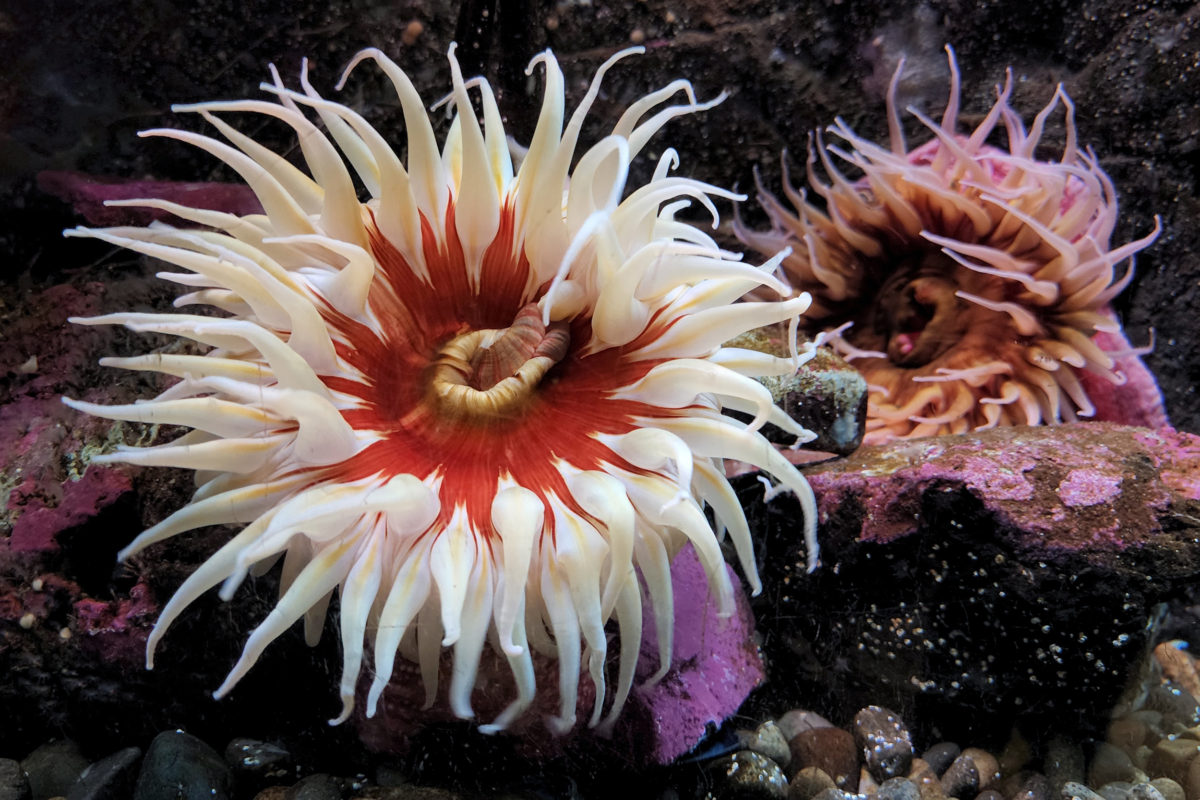

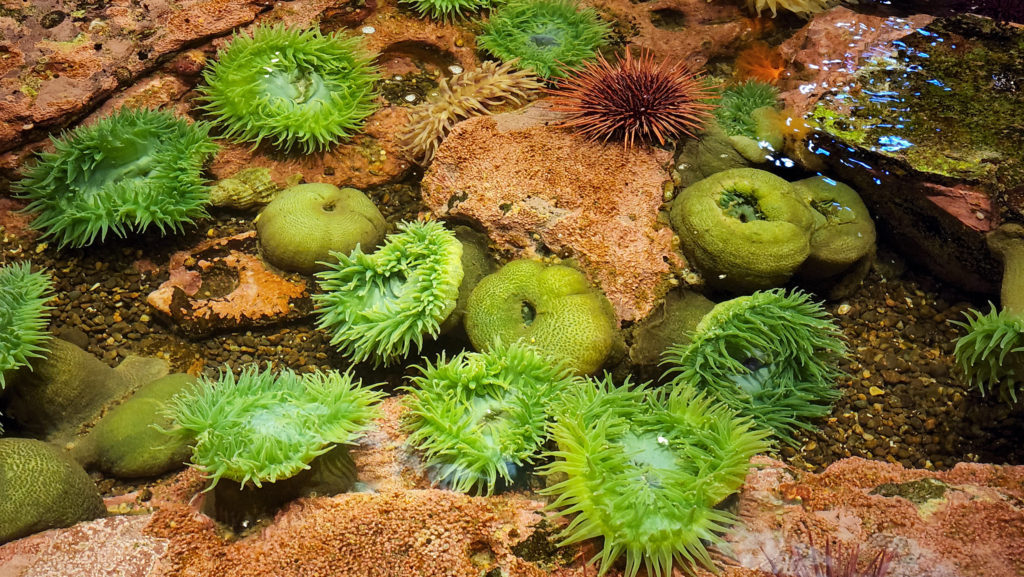

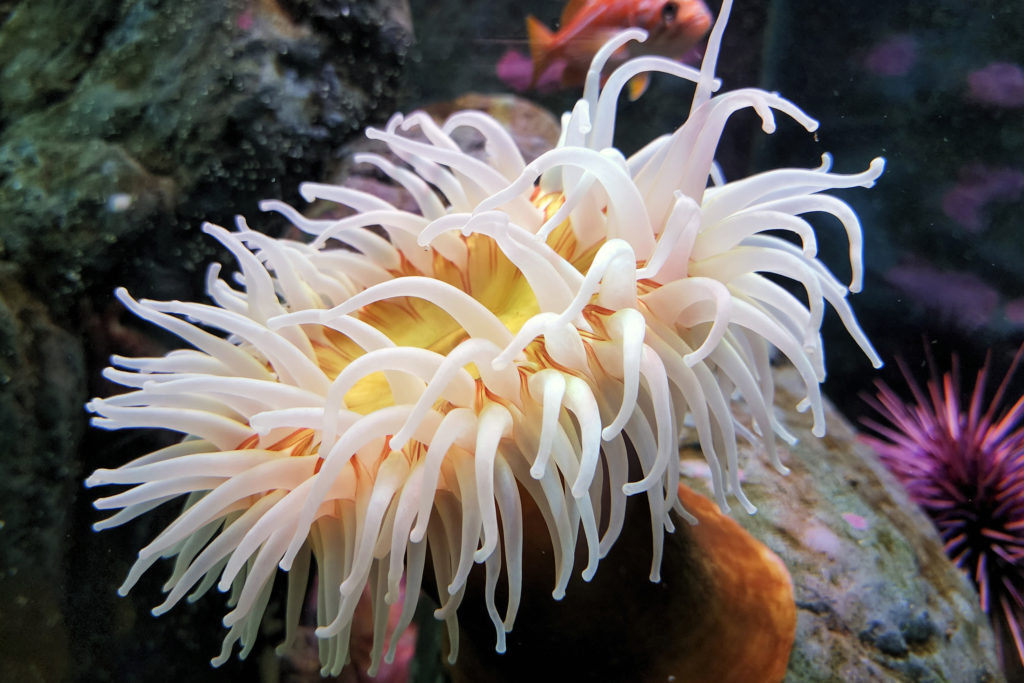
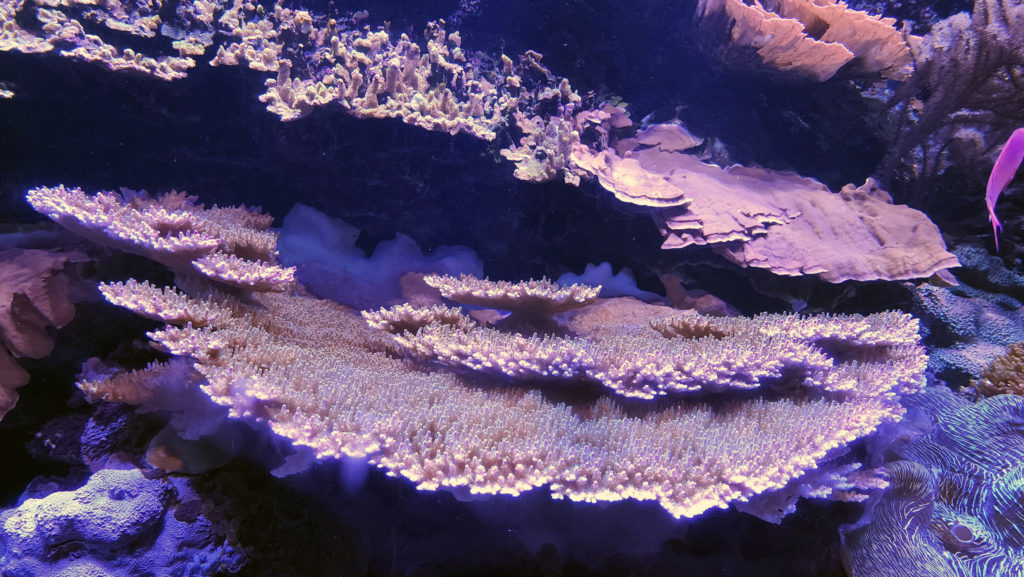

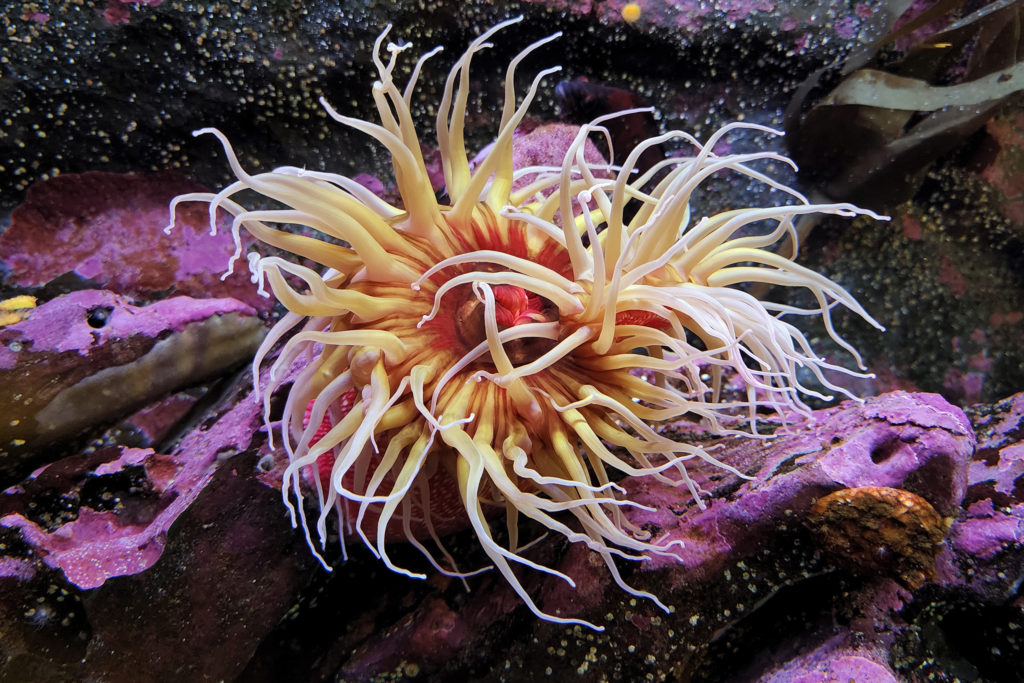

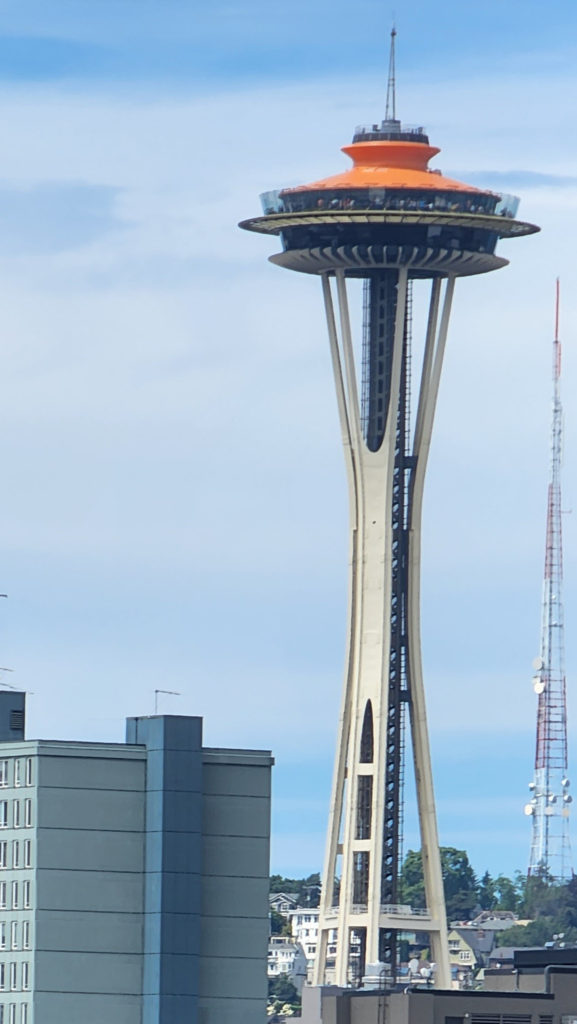 My wife and I spent the recent Fourth of July weekend exploring Seattle and vicinity with my step-daughter and her family. The grandkids had a great time at the aquarium, riding the Great Wheel and the Monorail, and seeing the sights from the top of the Space Needle. Seattle is truly a great place for the whole family. And the environment surrounding Seattle, both terrestrial and marine, is beautiful and often awe inspiring. Look for an upcoming post on this site on the Snoqualmie Valley, just a short drive east of Seattle. The abundance of close at hand natural areas perfectly balances the urban environment, making a visit to Seattle an even more attractive trip for everyone.
My wife and I spent the recent Fourth of July weekend exploring Seattle and vicinity with my step-daughter and her family. The grandkids had a great time at the aquarium, riding the Great Wheel and the Monorail, and seeing the sights from the top of the Space Needle. Seattle is truly a great place for the whole family. And the environment surrounding Seattle, both terrestrial and marine, is beautiful and often awe inspiring. Look for an upcoming post on this site on the Snoqualmie Valley, just a short drive east of Seattle. The abundance of close at hand natural areas perfectly balances the urban environment, making a visit to Seattle an even more attractive trip for everyone.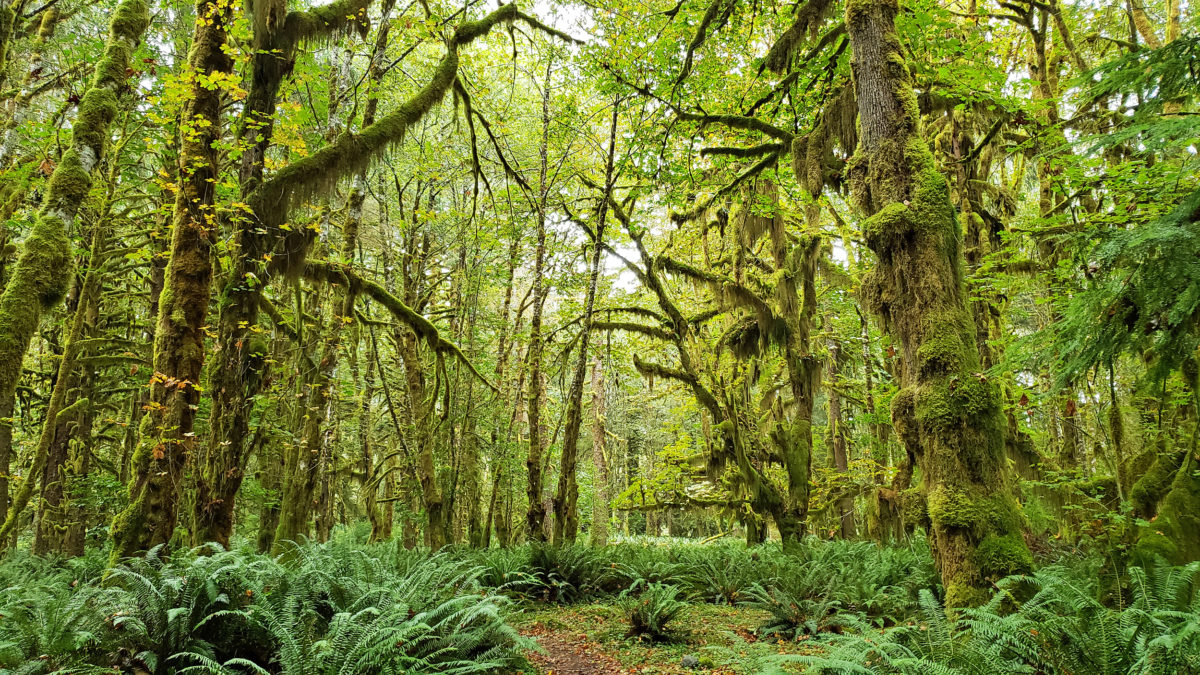
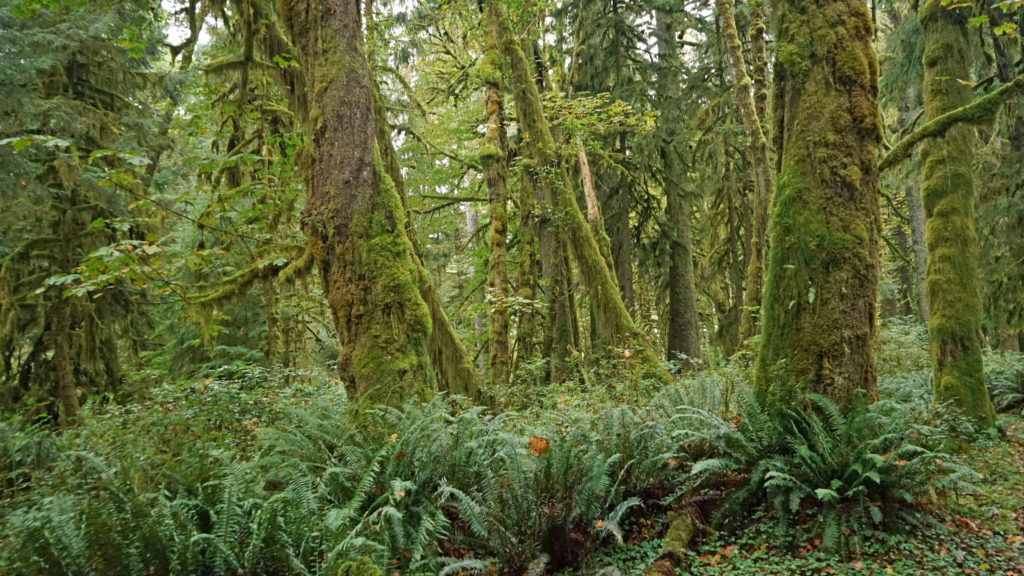 The Quinault Rain Forest lies in the southwestern corner of Olympic National Park, the adjacent Olympic National Forest, and the Quinault Indian Reservation in western Washington. It’s less than a four hour drive from either Portland or Seattle, but it seems a world apart, and more than a little stuck in time. It looks much as I remember it from when I first visited as a child more than a half century ago. Cell phone service and wi-fi availability are spotty. There are no big resorts and no towns of any size. Urban America is nowhere to be found.
The Quinault Rain Forest lies in the southwestern corner of Olympic National Park, the adjacent Olympic National Forest, and the Quinault Indian Reservation in western Washington. It’s less than a four hour drive from either Portland or Seattle, but it seems a world apart, and more than a little stuck in time. It looks much as I remember it from when I first visited as a child more than a half century ago. Cell phone service and wi-fi availability are spotty. There are no big resorts and no towns of any size. Urban America is nowhere to be found.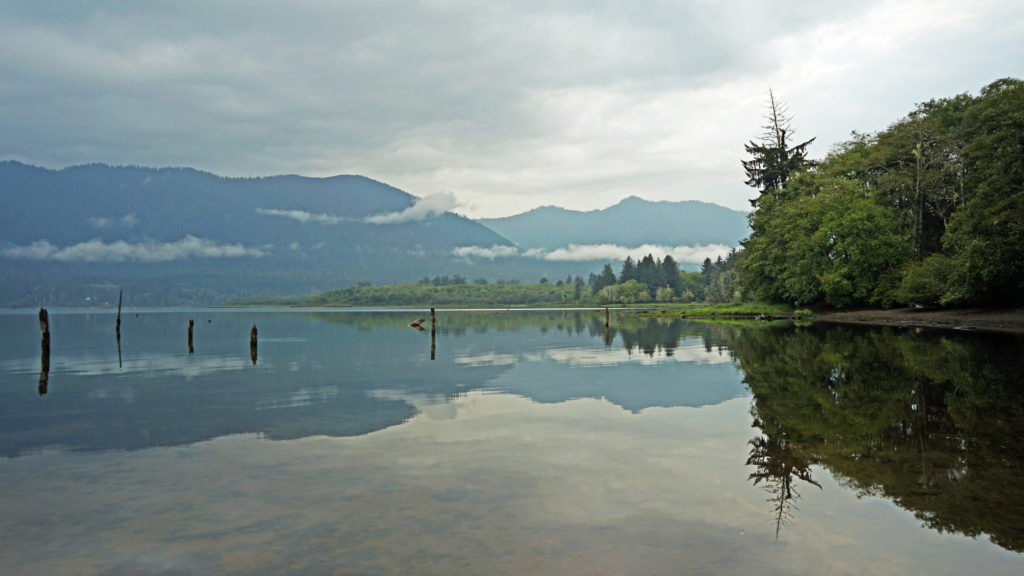 The pandemic has kept all of us from traveling as much as maybe we’d like. That certainly applies to my wife and I. Most of our vacation plans for 2020 had to be cancelled. And just when the parks and recreation areas were beginning to reopen, wildfires in western Oregon and Washington shut them down again. But the Olympic Peninsula was largely unaffected by the fires. So, my wife and I decided that the Olympics would be an ideal, and much needed, escape from Portland, and in September 2020 we headed to the Olympic Peninsula. Our first stop was Lake Quinault.
The pandemic has kept all of us from traveling as much as maybe we’d like. That certainly applies to my wife and I. Most of our vacation plans for 2020 had to be cancelled. And just when the parks and recreation areas were beginning to reopen, wildfires in western Oregon and Washington shut them down again. But the Olympic Peninsula was largely unaffected by the fires. So, my wife and I decided that the Olympics would be an ideal, and much needed, escape from Portland, and in September 2020 we headed to the Olympic Peninsula. Our first stop was Lake Quinault.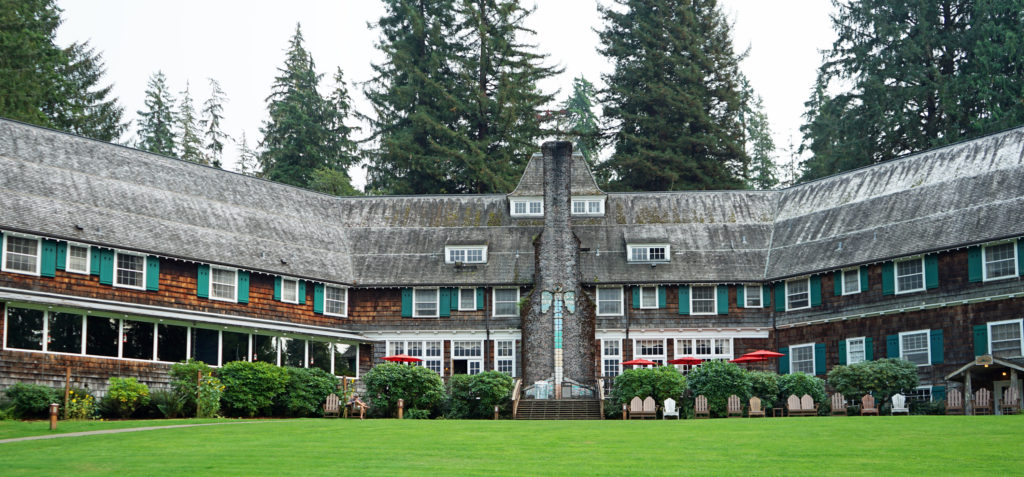 We treated ourselves to a stay at the historic Lake Quinault Lodge, one of the iconic grand lodges of the American West. The original Lake Quinault Lodge was built in 1904. The Boathouse annex was built in 1923. The original lodge burned down in 1924 and the current main lodge was constructed in 1926 on the site of the older lodge. Two additional annexes have been added since then. The existing lodge was placed on the National Register of Historic Places in 1998.
We treated ourselves to a stay at the historic Lake Quinault Lodge, one of the iconic grand lodges of the American West. The original Lake Quinault Lodge was built in 1904. The Boathouse annex was built in 1923. The original lodge burned down in 1924 and the current main lodge was constructed in 1926 on the site of the older lodge. Two additional annexes have been added since then. The existing lodge was placed on the National Register of Historic Places in 1998.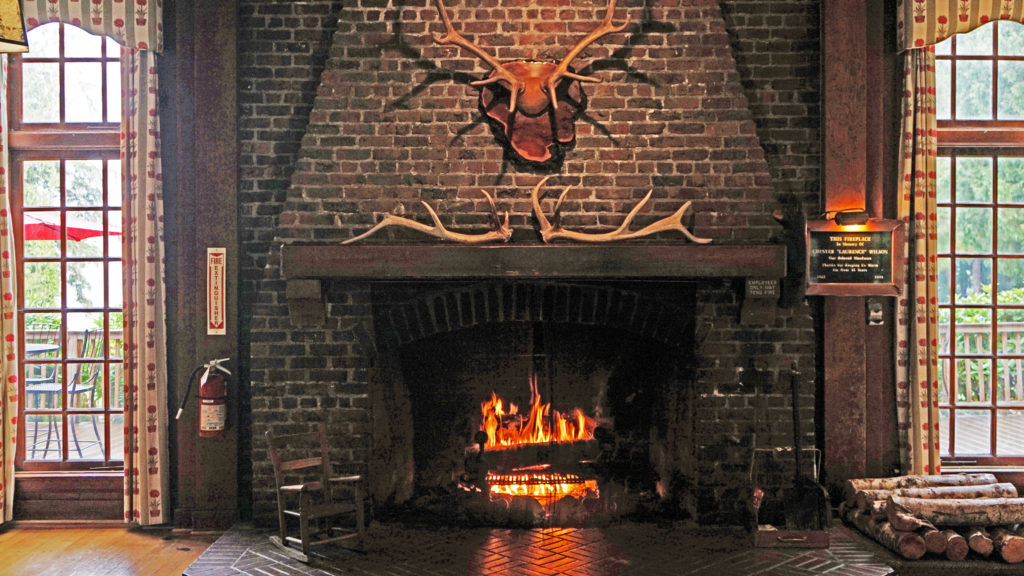 Rooms at the lodge are a little pricey, but you’re paying for the history, charm, and iconic nature of the lodge more than for the amenities provided. There are no TVs in any of the main lodge rooms, no fridges, or microwaves, no phones and no cell phone service. But that’s all part of the charm. The Boathouse and the other two annexes offer a few more amenities. Some come with fireplaces, the Lakeside Rooms are billed as family friendly, and the Boathouse Rooms are pet friendly. Our room in the main lodge came with all we needed, a comfortable bed and a view of the lake.
Rooms at the lodge are a little pricey, but you’re paying for the history, charm, and iconic nature of the lodge more than for the amenities provided. There are no TVs in any of the main lodge rooms, no fridges, or microwaves, no phones and no cell phone service. But that’s all part of the charm. The Boathouse and the other two annexes offer a few more amenities. Some come with fireplaces, the Lakeside Rooms are billed as family friendly, and the Boathouse Rooms are pet friendly. Our room in the main lodge came with all we needed, a comfortable bed and a view of the lake.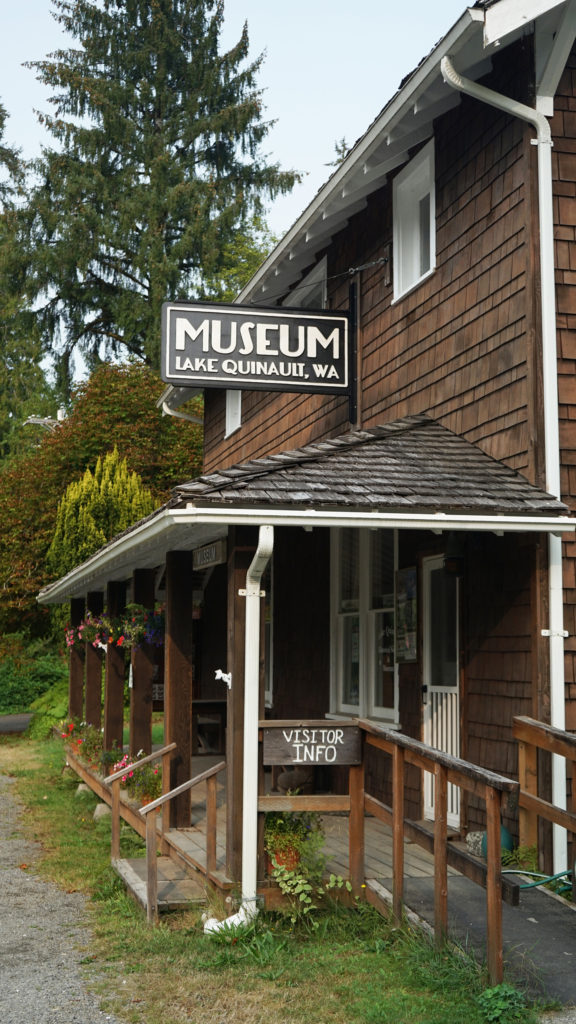 Services at the lodge were limited by the pandemic during our stay. The swimming pool, sauna, and game room were closed. The restaurant served take out meals, but the dining room was closed (outside seating was available and you could eat in the main hall or in your room). However, all services have been restored to pre-pandemic levels.
Services at the lodge were limited by the pandemic during our stay. The swimming pool, sauna, and game room were closed. The restaurant served take out meals, but the dining room was closed (outside seating was available and you could eat in the main hall or in your room). However, all services have been restored to pre-pandemic levels.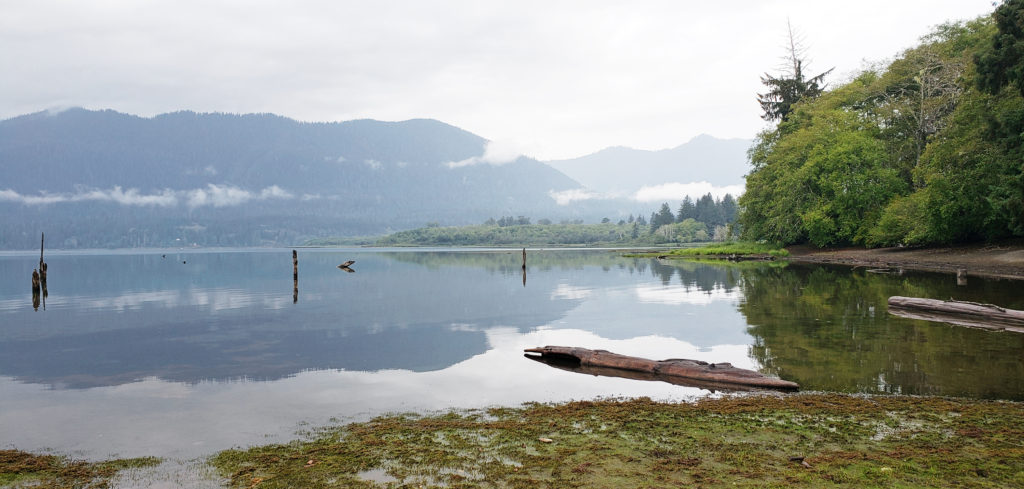 A somewhat cheaper alternative to Lake Quinault Lodge is the nearby Rain Forest Resort, which has a 16 room lodge, cabins (some with hot tubs), an RV park, and a restaurant. The world’s largest Sitka Spruce grows a short walk from the resort. Other options are the Quinault River Inn on Hwy 101 in Amanda Park, and Lochaerie Resort on North Shore Road. And there are three campgrounds on the south shore of Lake Quinault, and two (one a walk-in) on the north shore.
A somewhat cheaper alternative to Lake Quinault Lodge is the nearby Rain Forest Resort, which has a 16 room lodge, cabins (some with hot tubs), an RV park, and a restaurant. The world’s largest Sitka Spruce grows a short walk from the resort. Other options are the Quinault River Inn on Hwy 101 in Amanda Park, and Lochaerie Resort on North Shore Road. And there are three campgrounds on the south shore of Lake Quinault, and two (one a walk-in) on the north shore.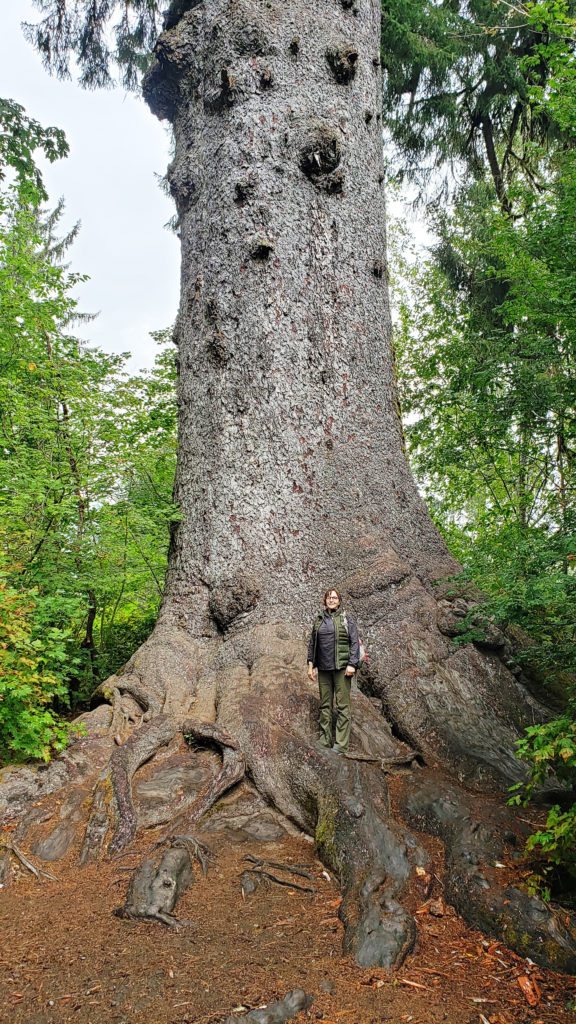 Lake Quinault Lodge, the Rain Forest Resort, or any of the three south shore campgrounds make an ideal base for exploring the area. Hikers have a variety of options, from the half mile Rain Forest Nature Trail Loop to a loop of about seven miles that takes you to Gatton Creek Falls, Cascade Falls, the Cedar Bog, the Rain Forest Nature Trail, and along the lake shore. Cutoff trails make shorter loops of various distances possible. Other hiking trails are a short drive from the lodge.
Lake Quinault Lodge, the Rain Forest Resort, or any of the three south shore campgrounds make an ideal base for exploring the area. Hikers have a variety of options, from the half mile Rain Forest Nature Trail Loop to a loop of about seven miles that takes you to Gatton Creek Falls, Cascade Falls, the Cedar Bog, the Rain Forest Nature Trail, and along the lake shore. Cutoff trails make shorter loops of various distances possible. Other hiking trails are a short drive from the lodge.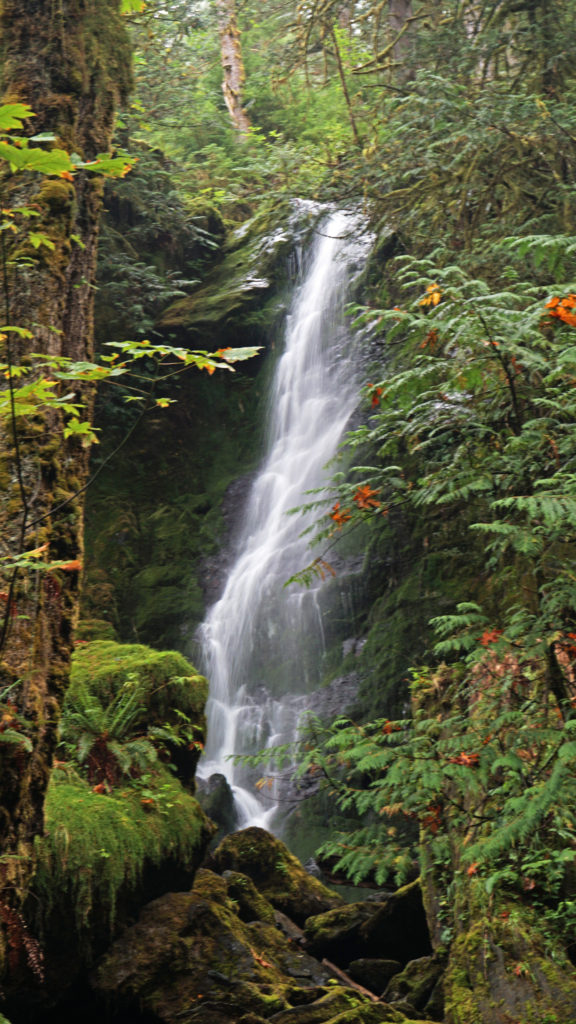 Two stops along South Shore Road worth making are Merriman Falls and Bunch Falls. Both are just east of Lake Quinault and both are right by the road, so no hiking required.
Two stops along South Shore Road worth making are Merriman Falls and Bunch Falls. Both are just east of Lake Quinault and both are right by the road, so no hiking required.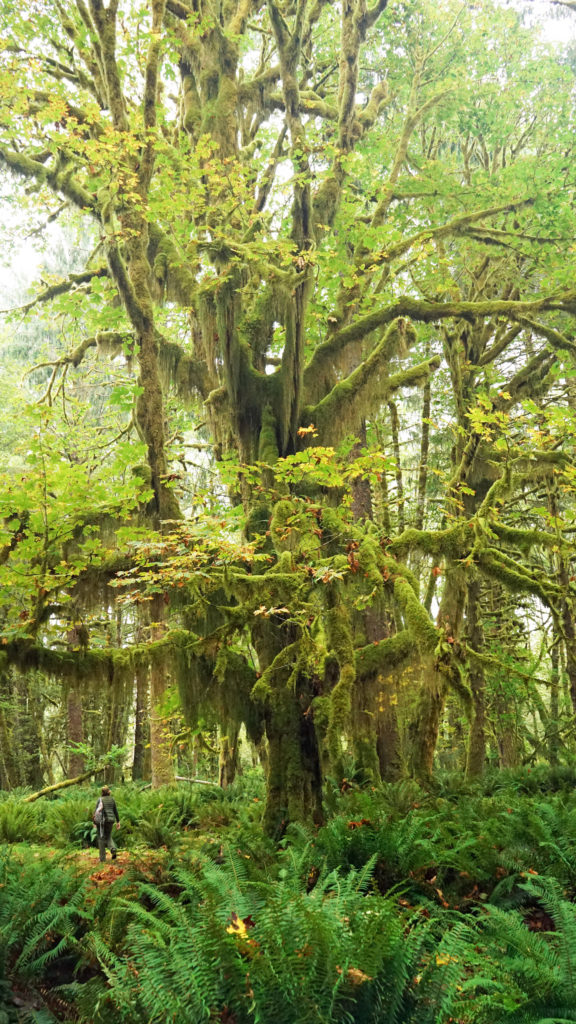
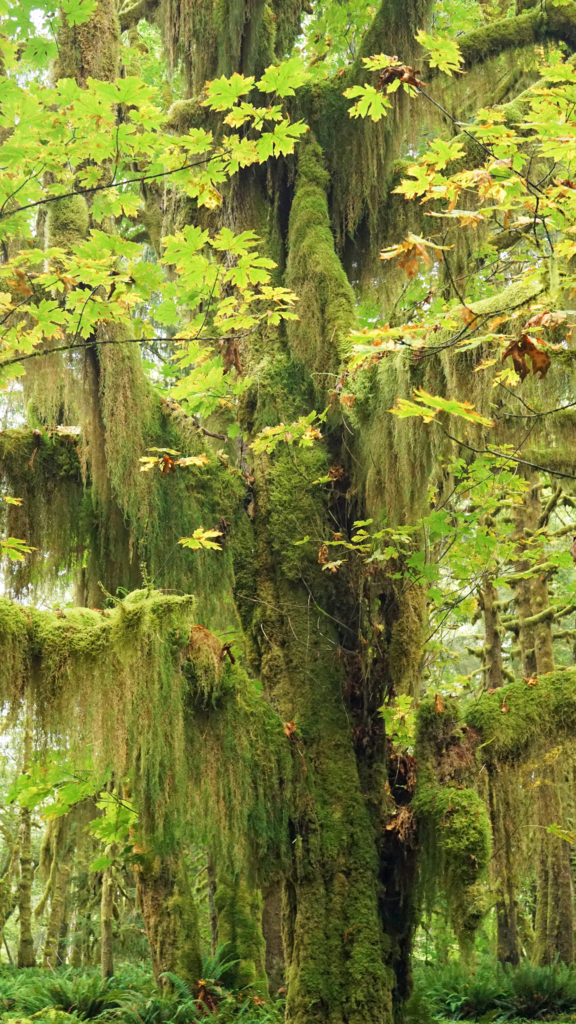 One hike that everyone should do is the Maple Glade Trail at the Quinault River Ranger Station on North Shore Road. It is spectacularly beautiful, and like the Rain Forest Nature Trail, it’s an easy 0.5 mile loop. But, unlike the Rain Forest Nature Trail, which takes you through a coniferous forest of Douglas Fir, Western Hemlock, and Western Red Cedar, the Maple Glade Trail immerses you in a Bigleaf Maple forest. There the ground is covered in ferns and other low growing shrubs and the maples soar overhead, but in between is mostly open and airy. The effect is like being in a gigantic room carpeted with ferns and roofed with a canopy of maple leaves.
One hike that everyone should do is the Maple Glade Trail at the Quinault River Ranger Station on North Shore Road. It is spectacularly beautiful, and like the Rain Forest Nature Trail, it’s an easy 0.5 mile loop. But, unlike the Rain Forest Nature Trail, which takes you through a coniferous forest of Douglas Fir, Western Hemlock, and Western Red Cedar, the Maple Glade Trail immerses you in a Bigleaf Maple forest. There the ground is covered in ferns and other low growing shrubs and the maples soar overhead, but in between is mostly open and airy. The effect is like being in a gigantic room carpeted with ferns and roofed with a canopy of maple leaves.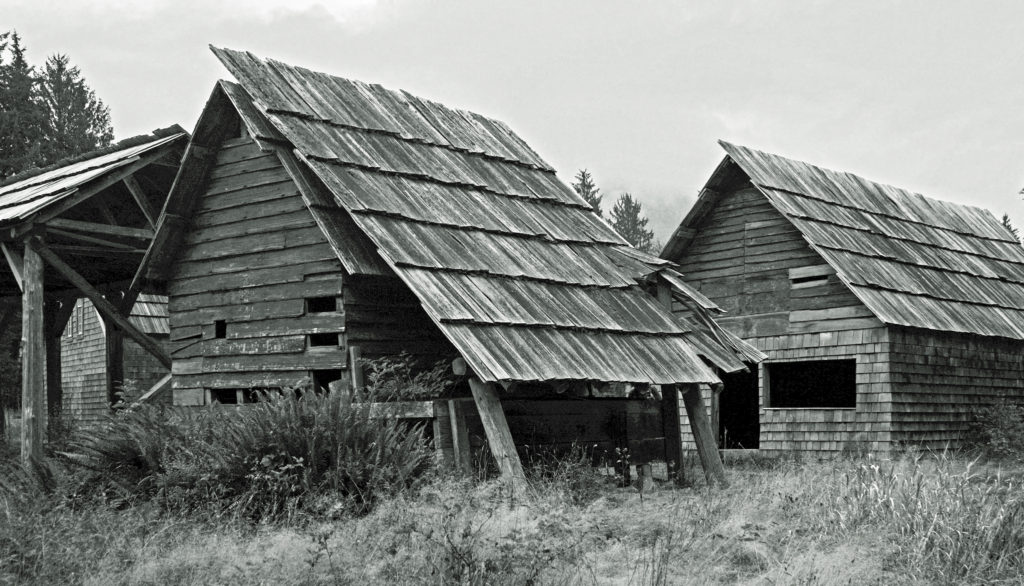 The Maple Glade Trail can be extended by taking the connecting trail to the Kestner Homestead. There you’ll find the Kestner house, barn, outbuildings, and a cool old rusted delivery truck.
The Maple Glade Trail can be extended by taking the connecting trail to the Kestner Homestead. There you’ll find the Kestner house, barn, outbuildings, and a cool old rusted delivery truck.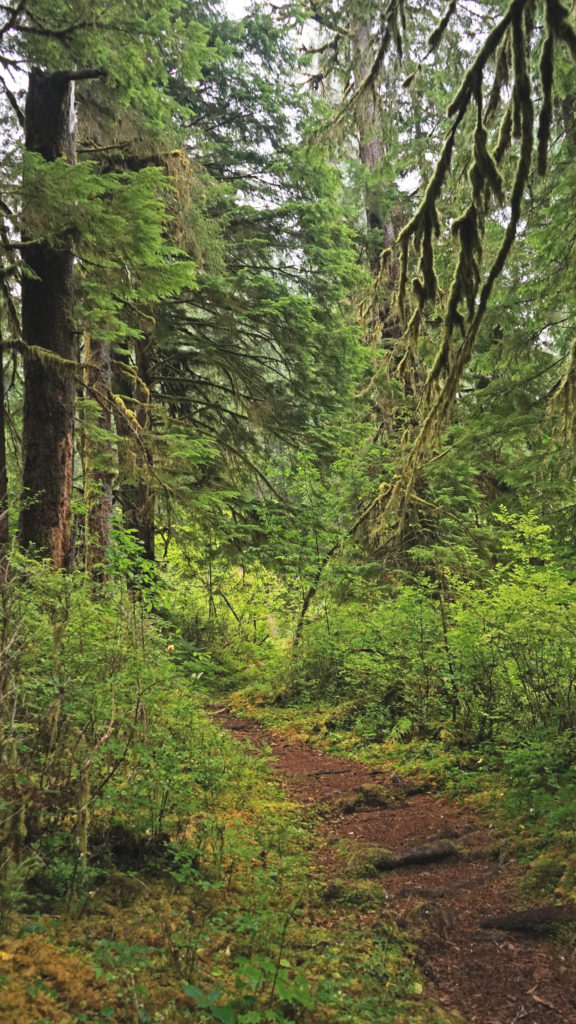
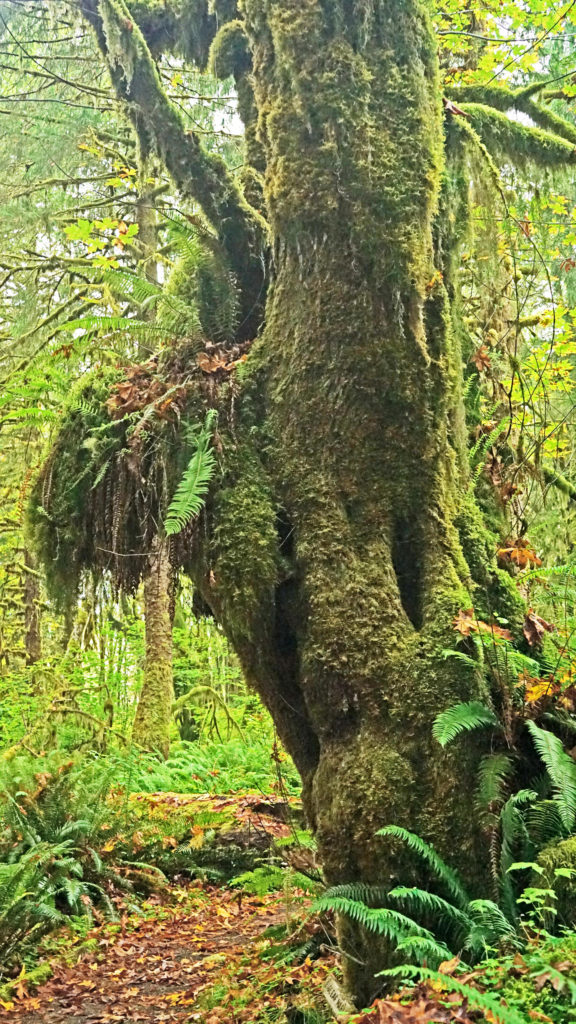 There are also much longer hikes that can be taken into the Olympic National Park from the Quinault Valley. The most famous, and probably most hiked, is the Enchanted Valley Trail. It’s a 13 mile hike along the East Fork of the Quinault River to reach the Enchanted Valley, so it is not a casual outing. Most people do it as a 3-5 day backpacking trip. My backpacking days are behind me, but the Enchanted Valley is one of the hikes that I regret having never done.
There are also much longer hikes that can be taken into the Olympic National Park from the Quinault Valley. The most famous, and probably most hiked, is the Enchanted Valley Trail. It’s a 13 mile hike along the East Fork of the Quinault River to reach the Enchanted Valley, so it is not a casual outing. Most people do it as a 3-5 day backpacking trip. My backpacking days are behind me, but the Enchanted Valley is one of the hikes that I regret having never done.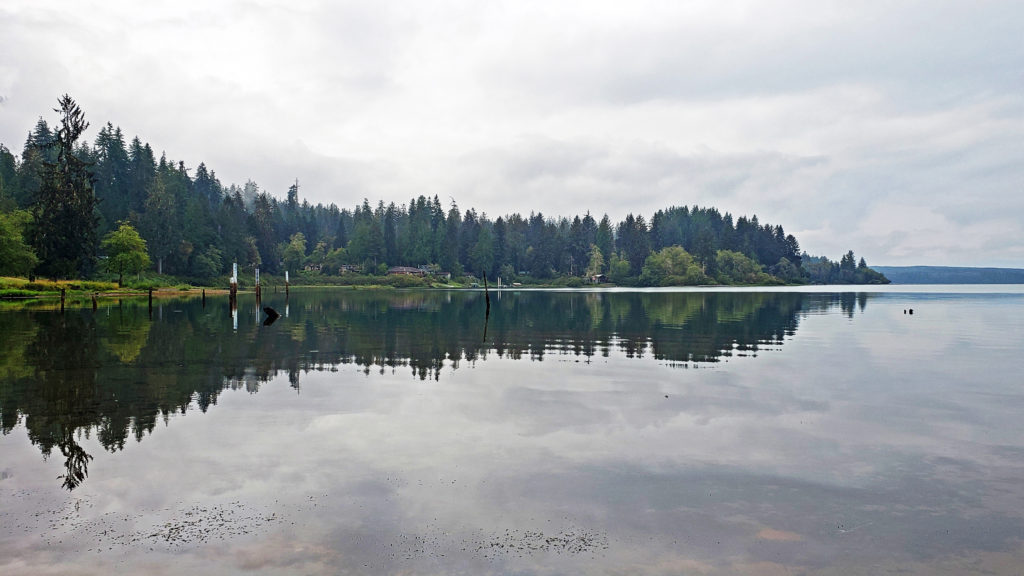
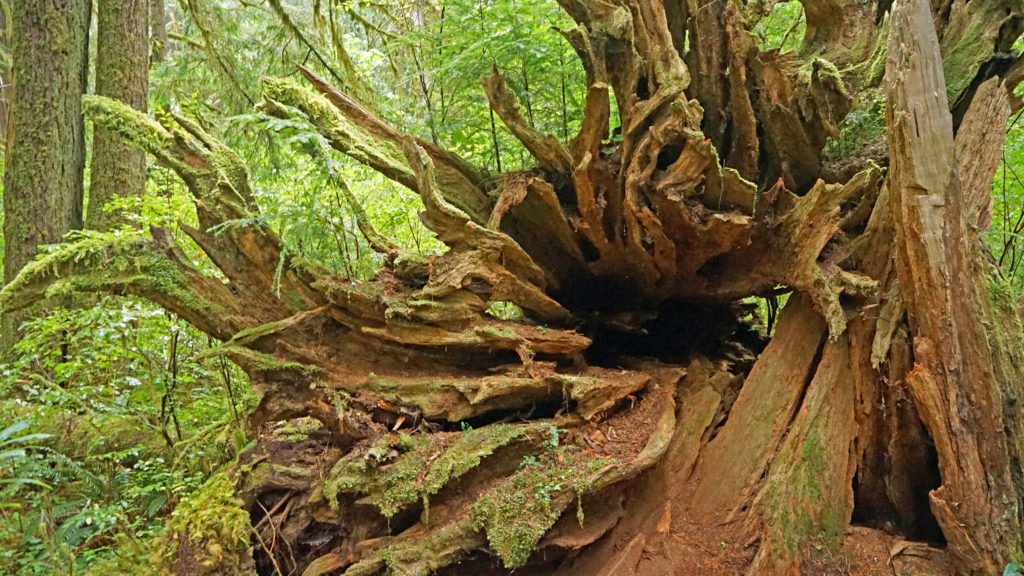
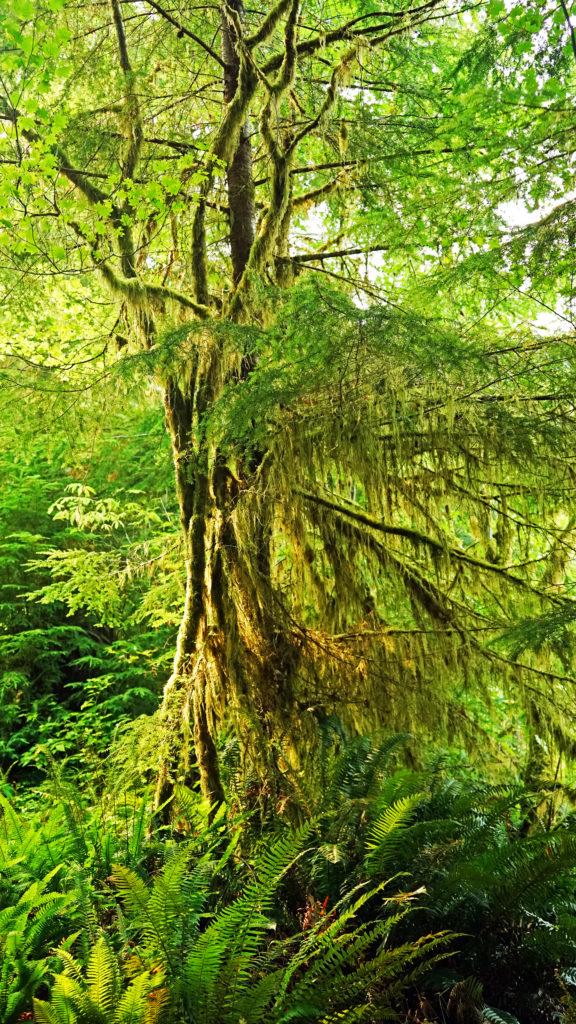 Originally posted October 26, 2020. Updated and re-posted August 11, 2022.
Originally posted October 26, 2020. Updated and re-posted August 11, 2022.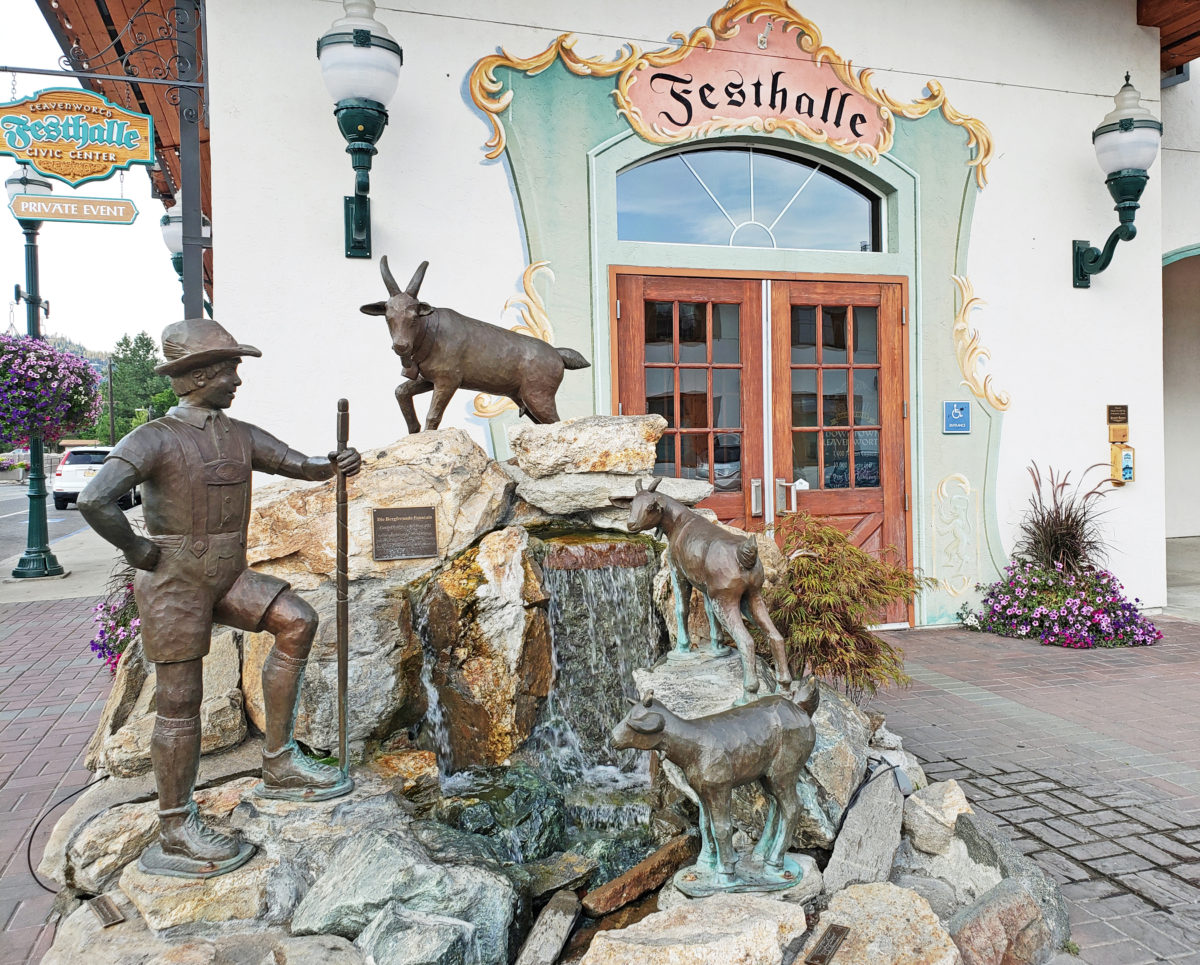
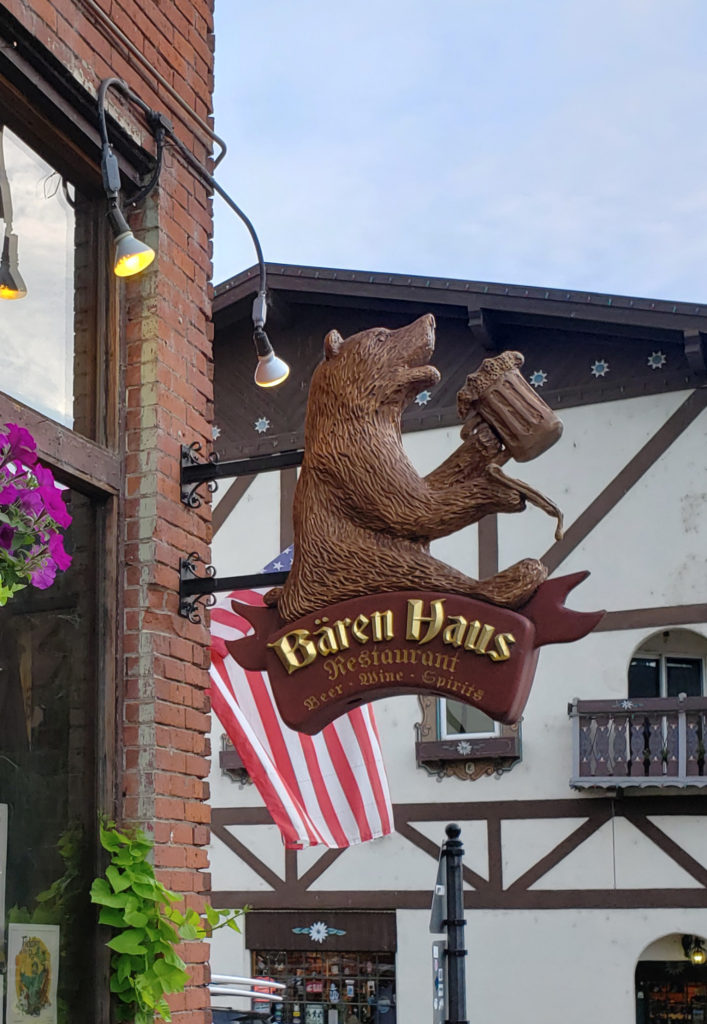
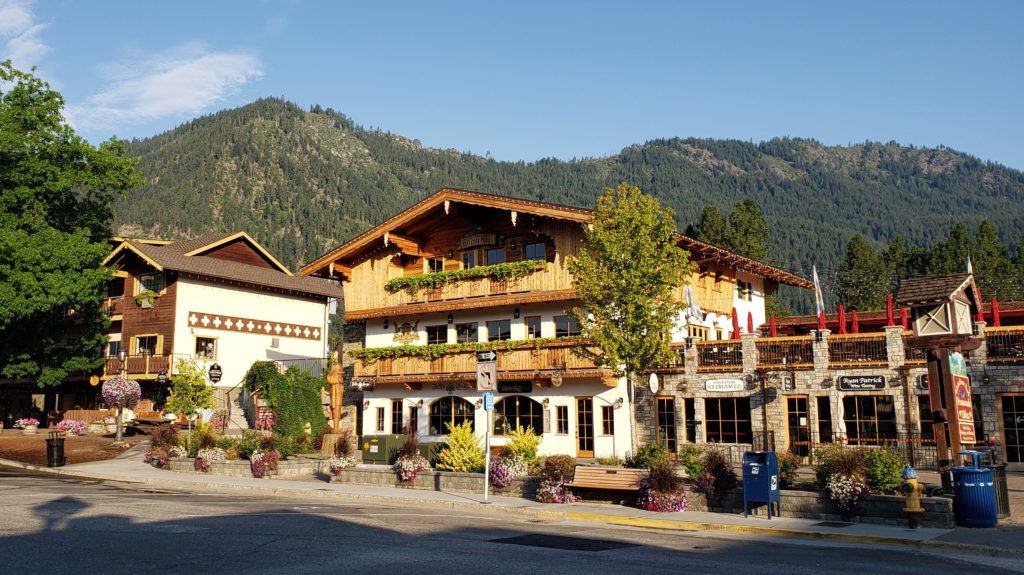
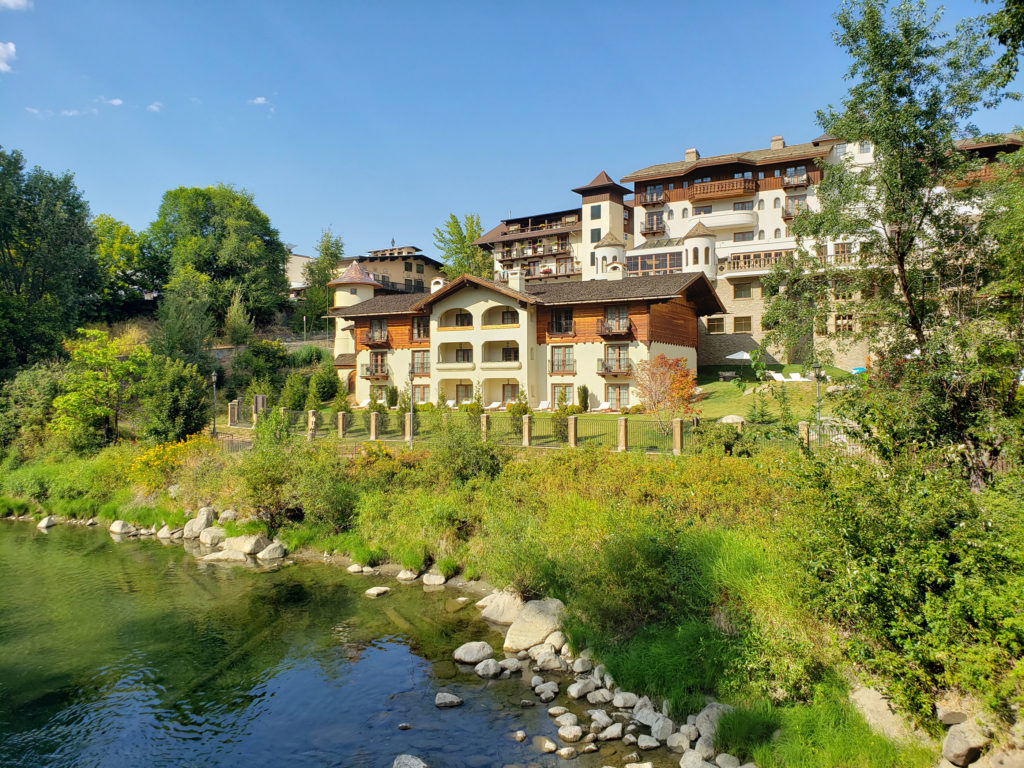
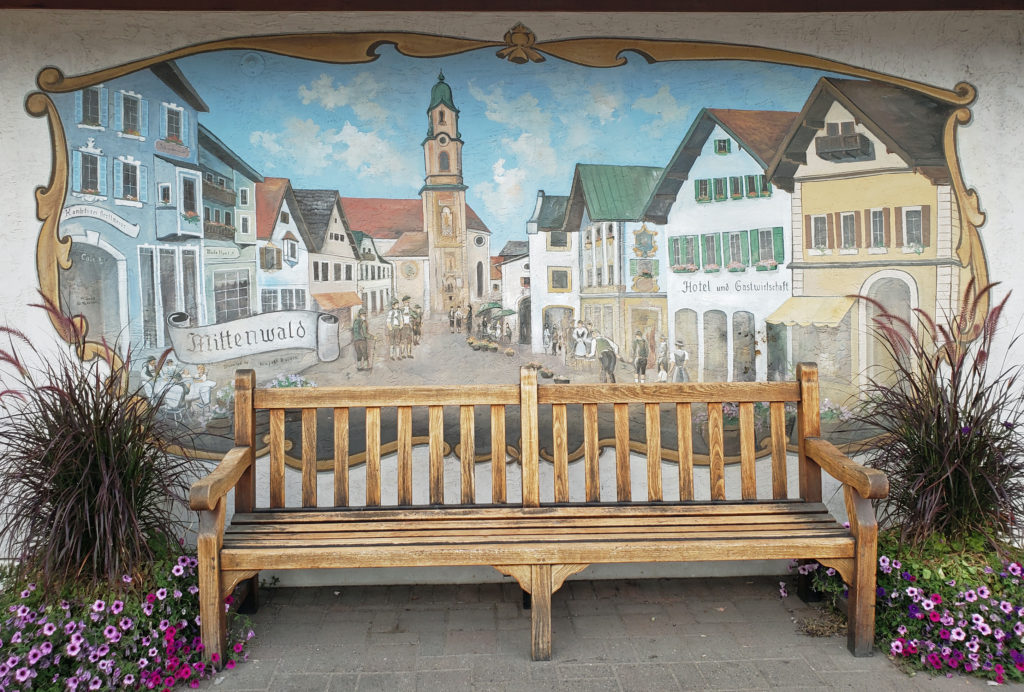
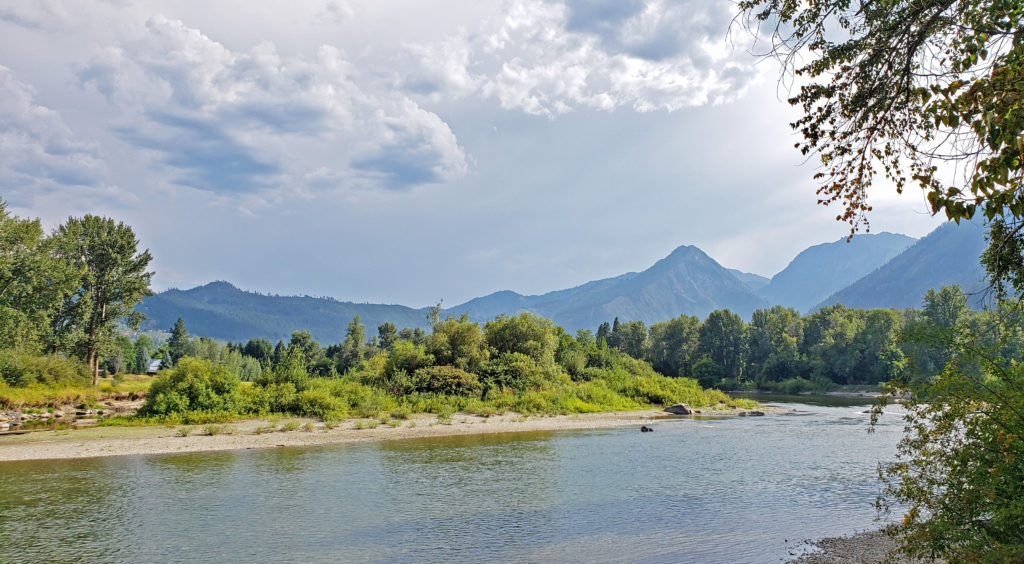
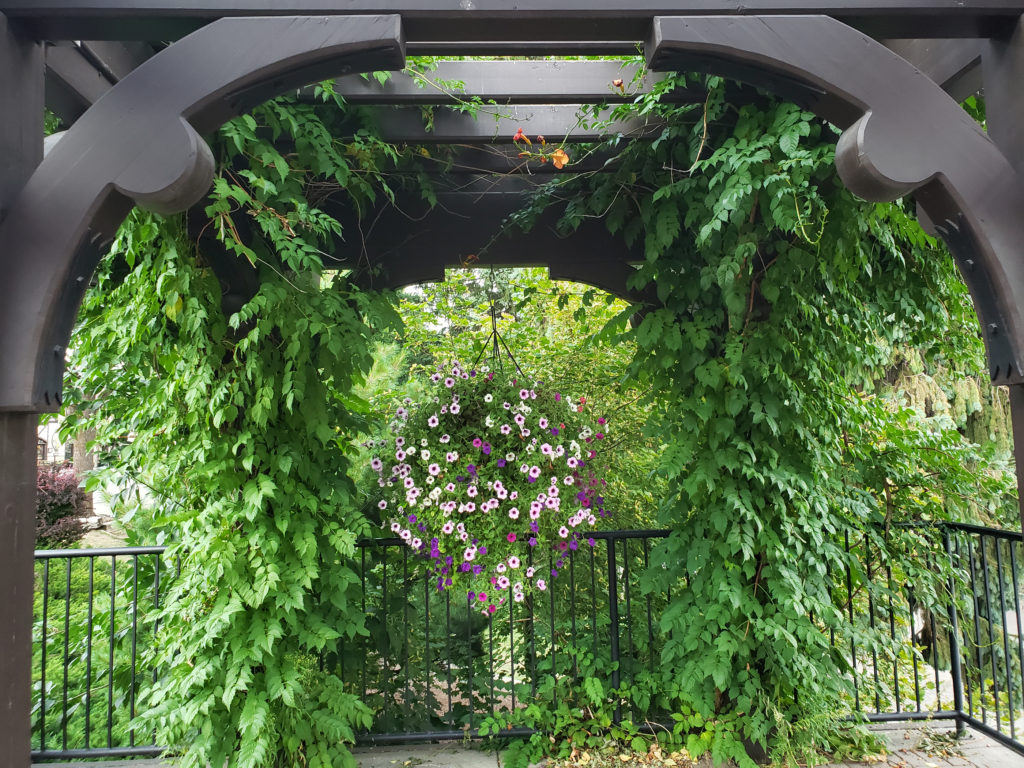

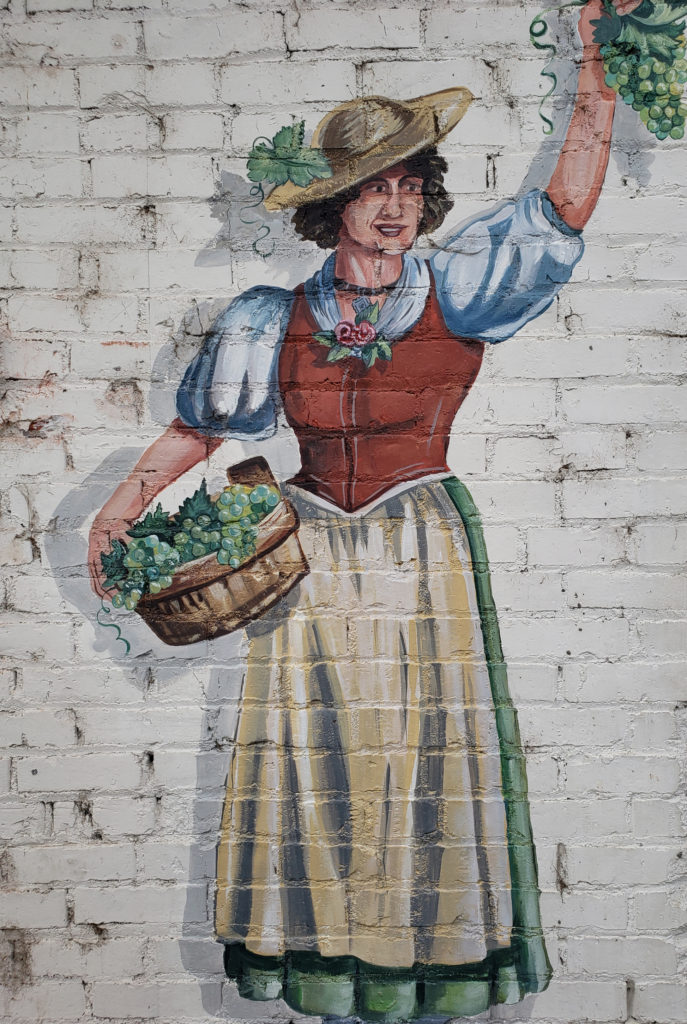
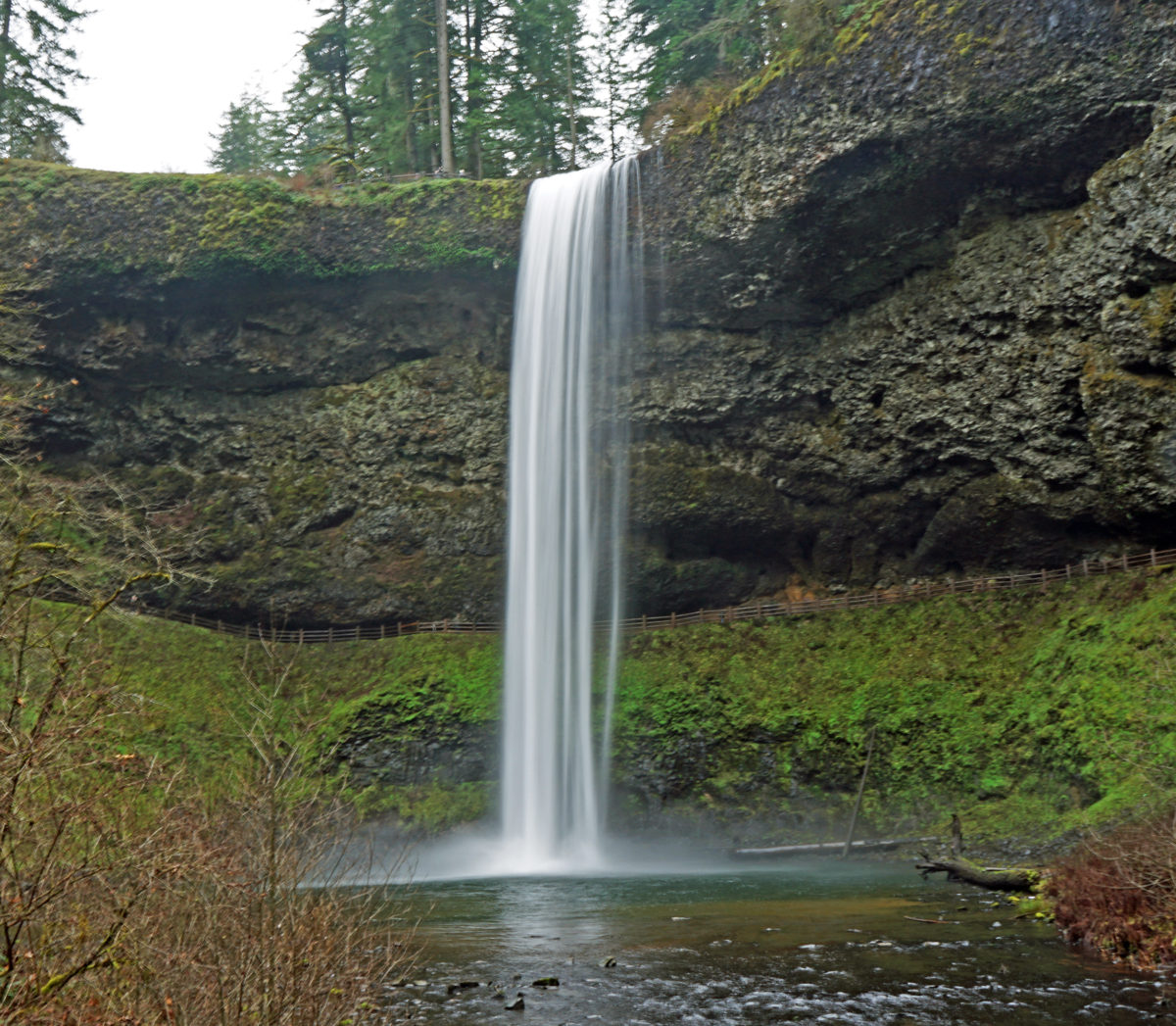
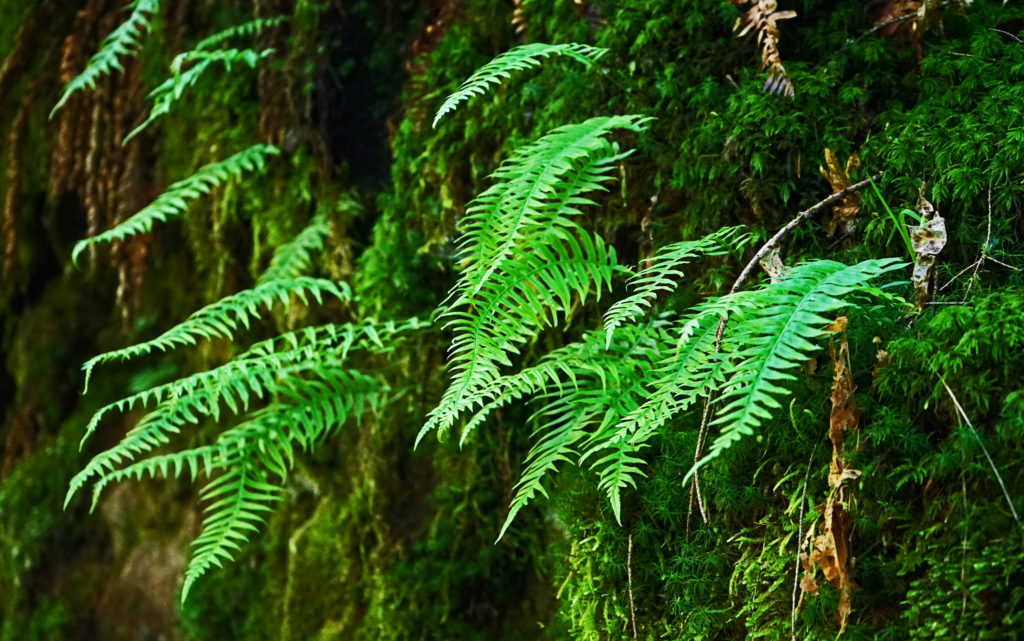

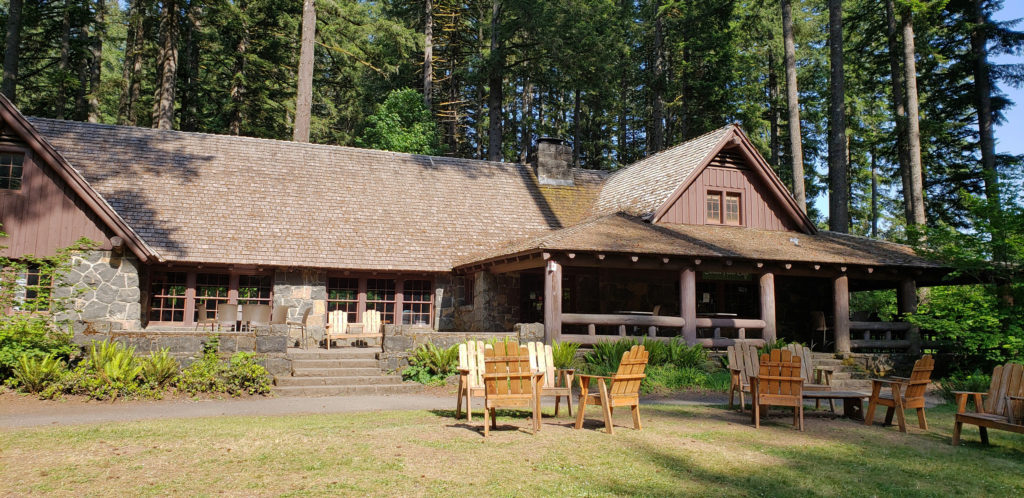


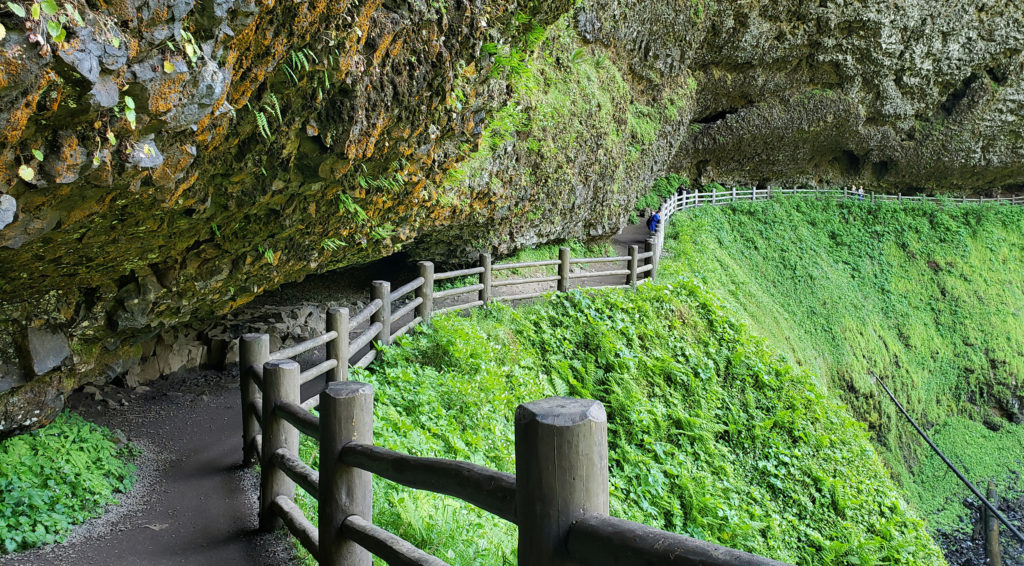

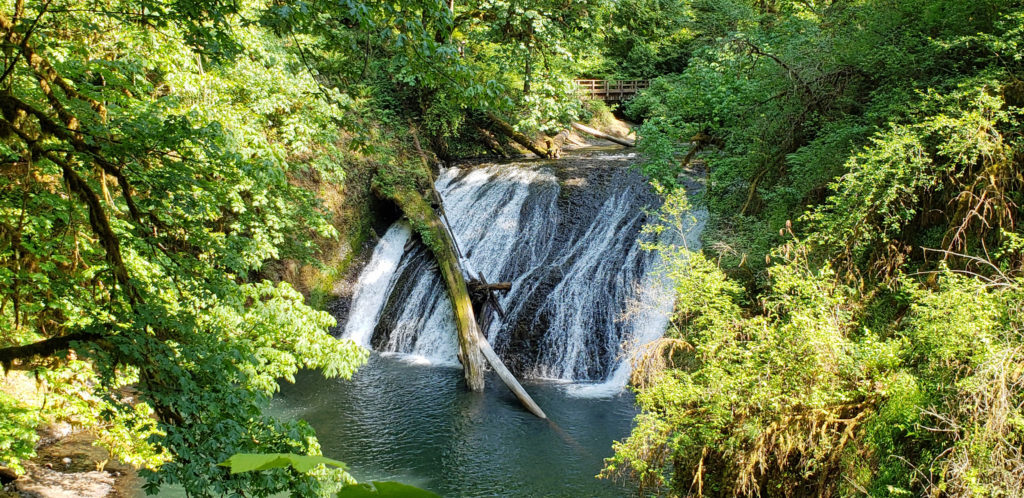
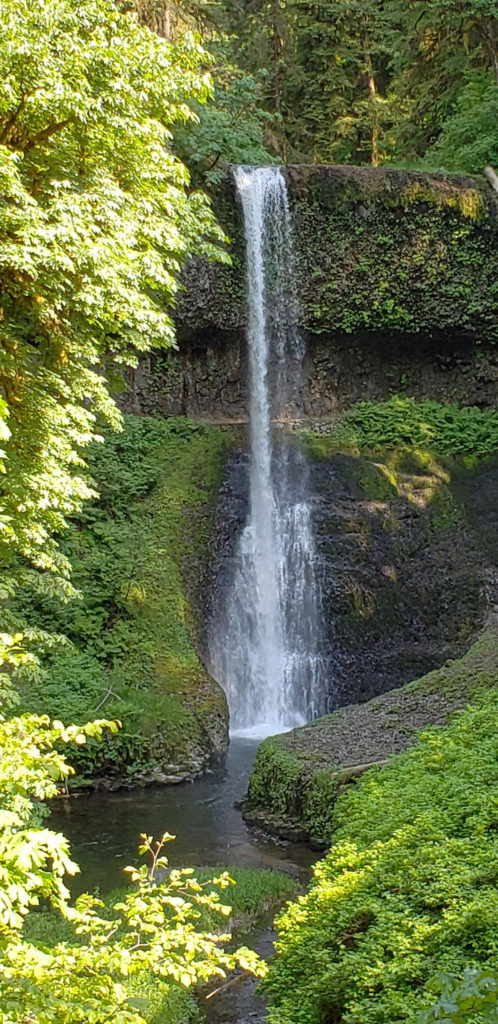
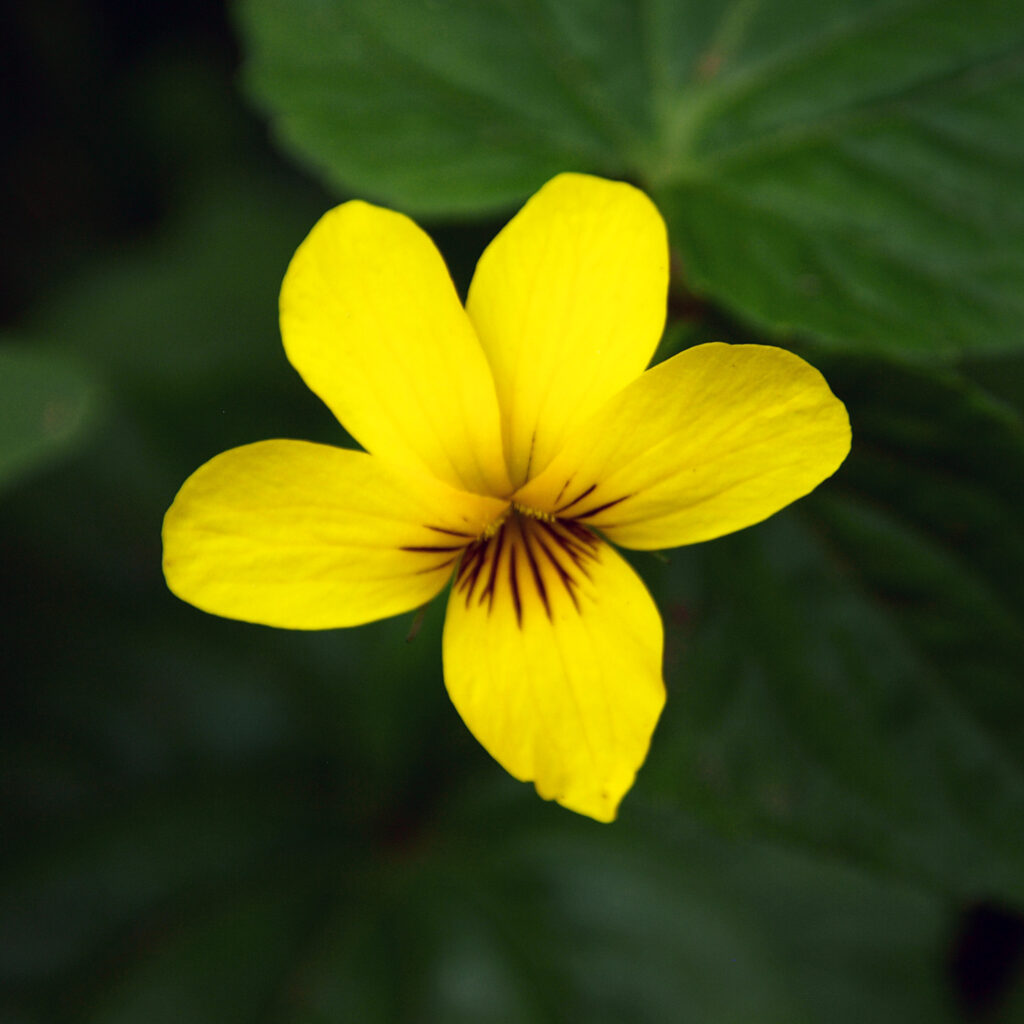
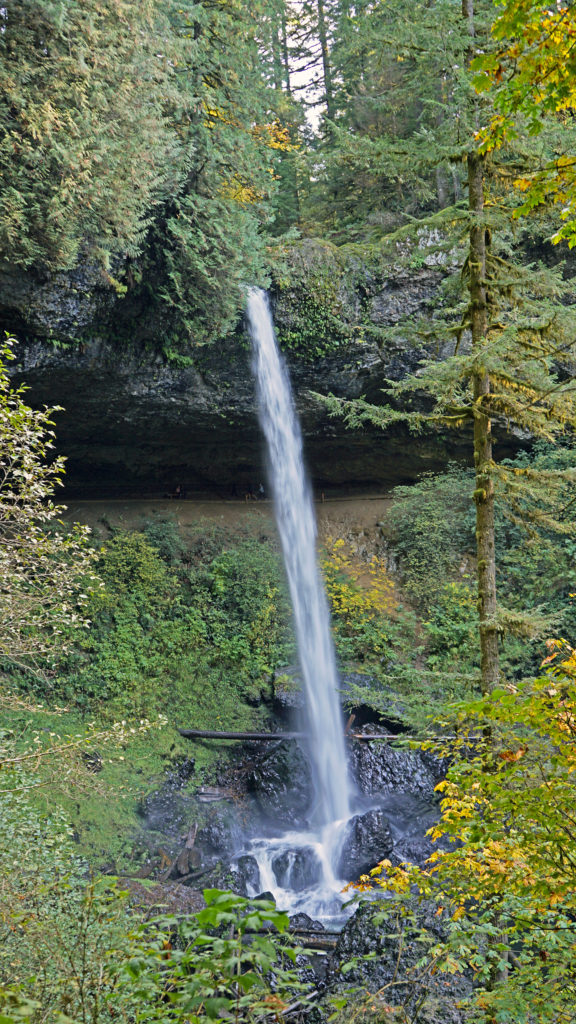
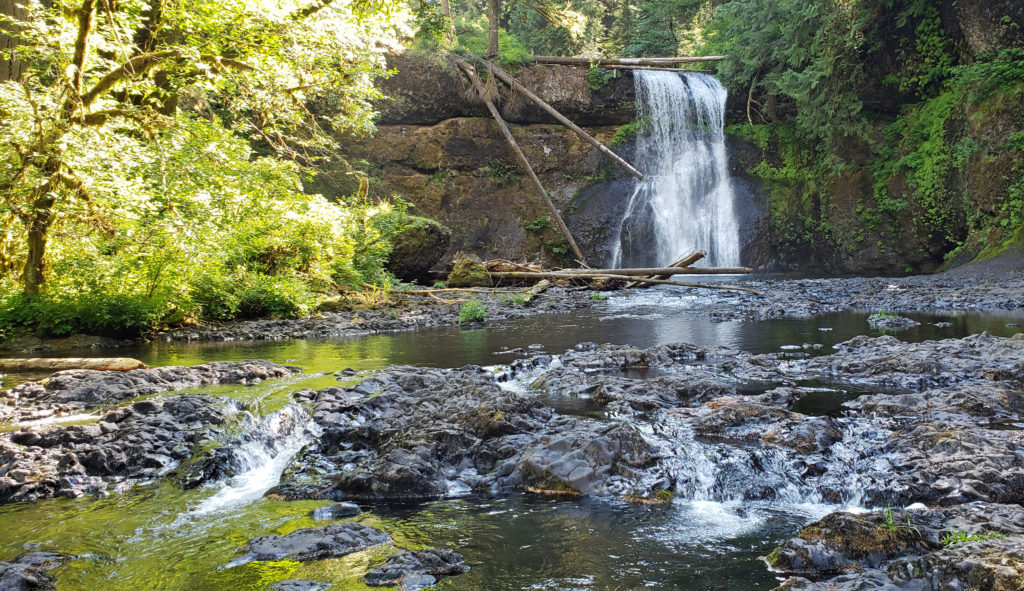
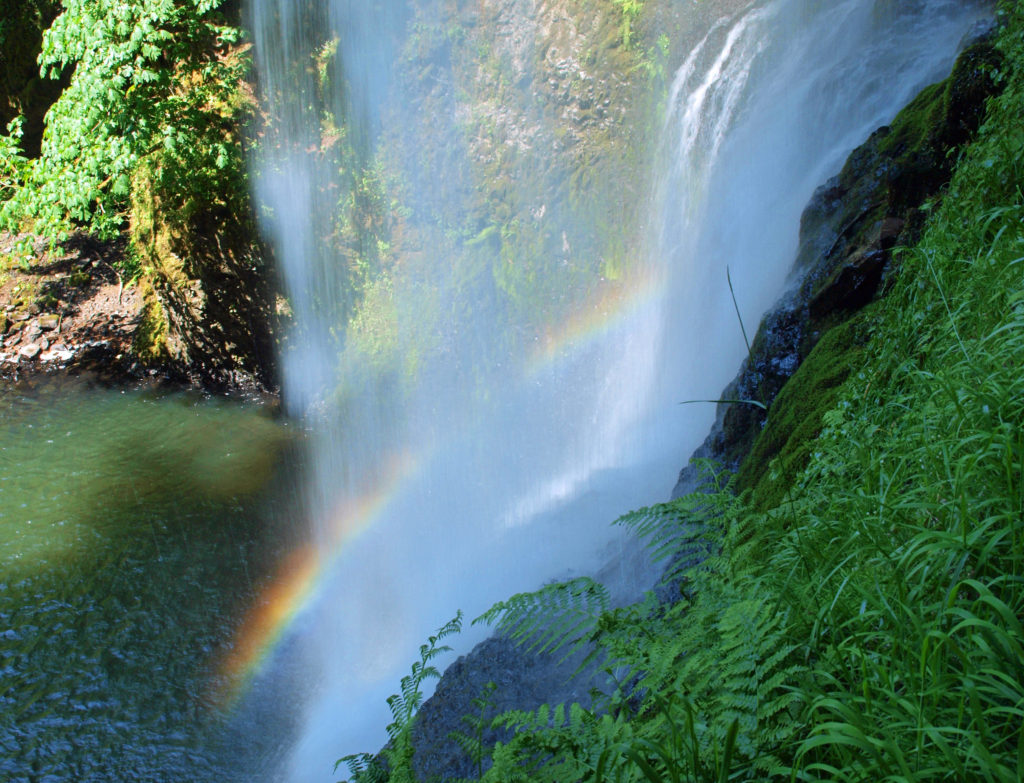 Originally posted June 30, 2018 by Alan K. Lee. Edited and most recently updated August 2, 2023.
Originally posted June 30, 2018 by Alan K. Lee. Edited and most recently updated August 2, 2023.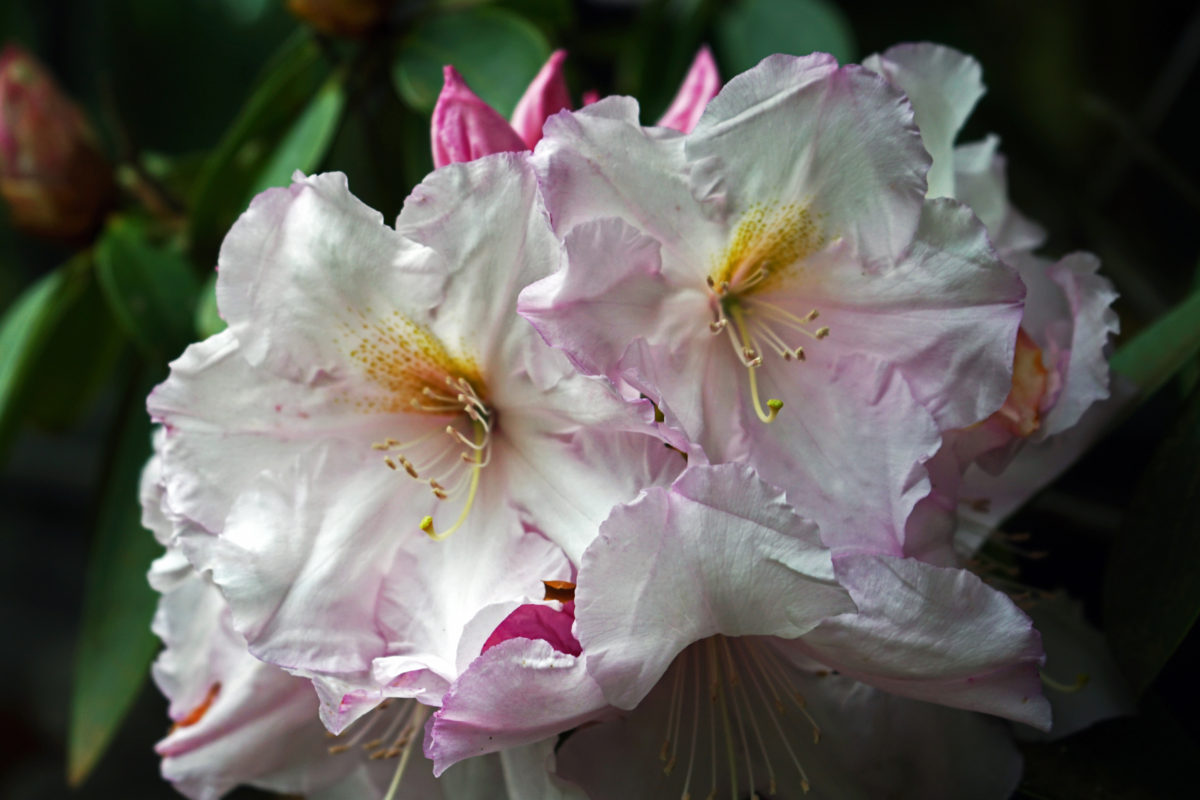
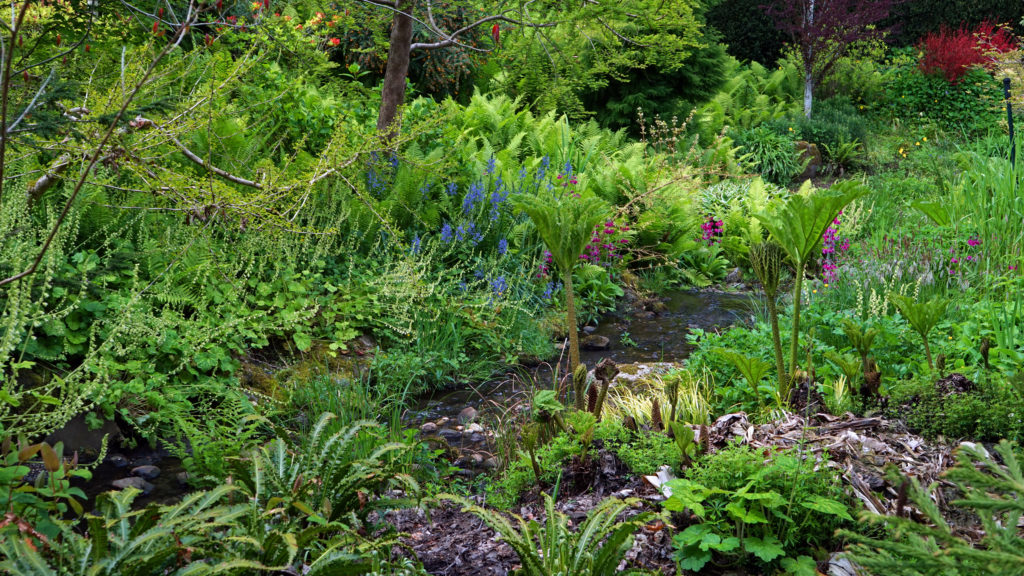
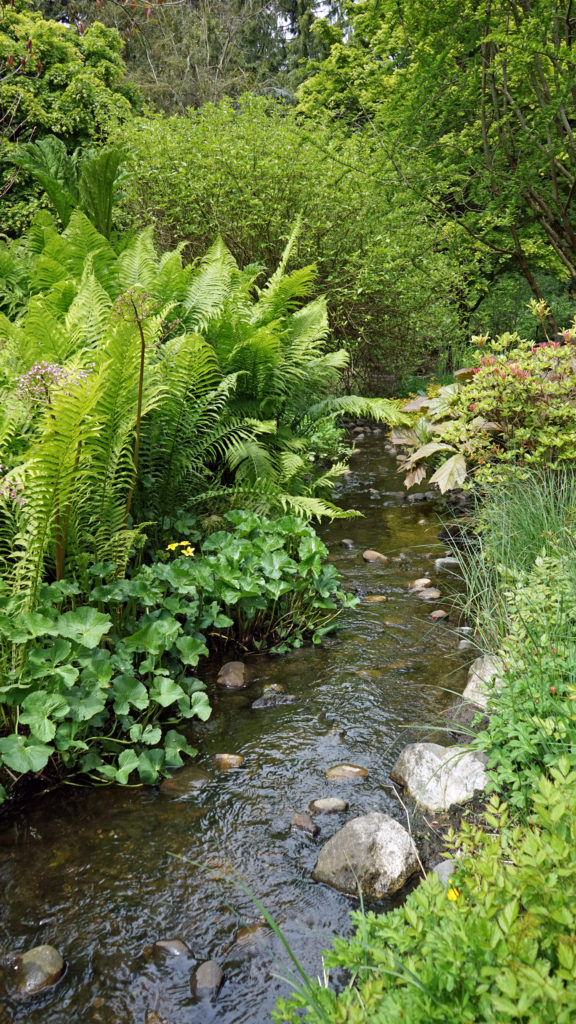
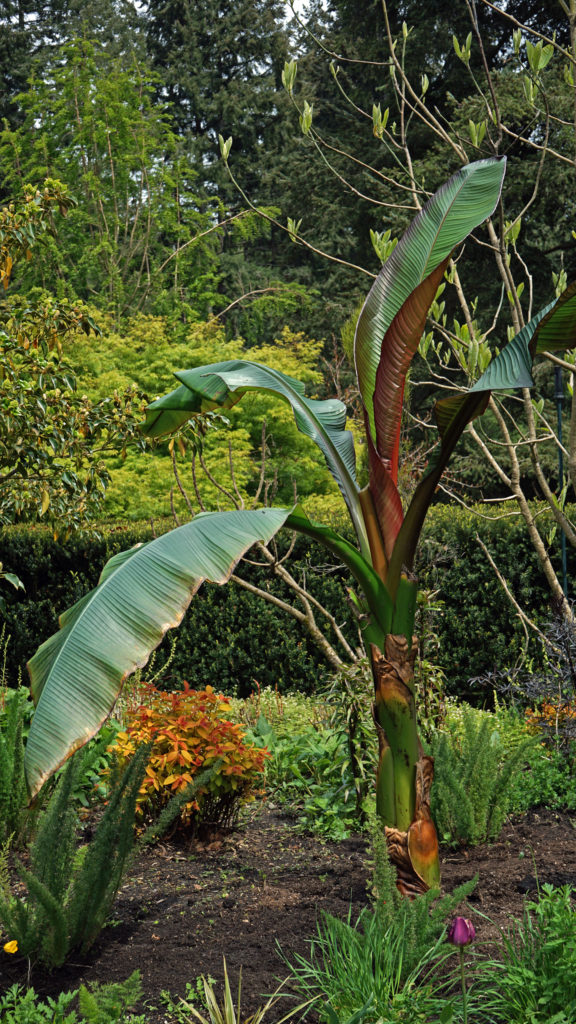
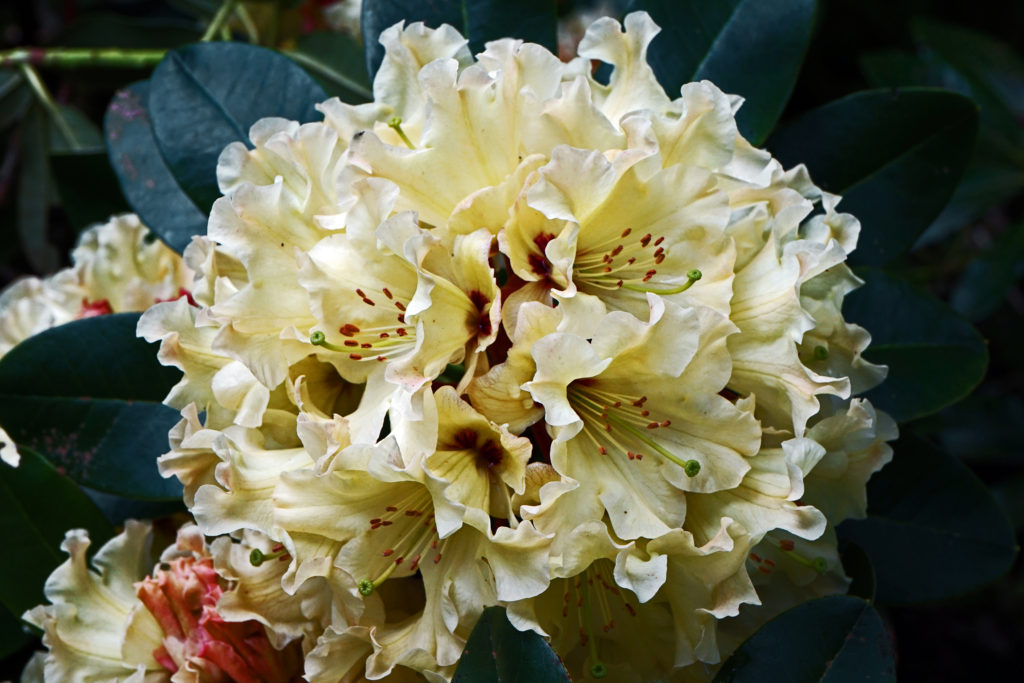
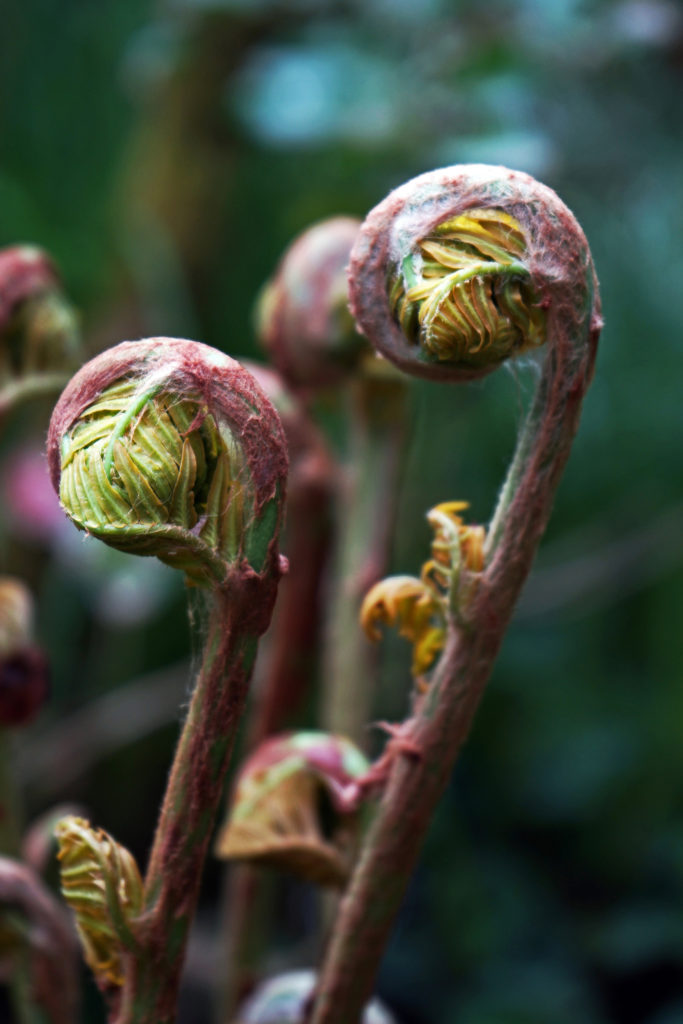
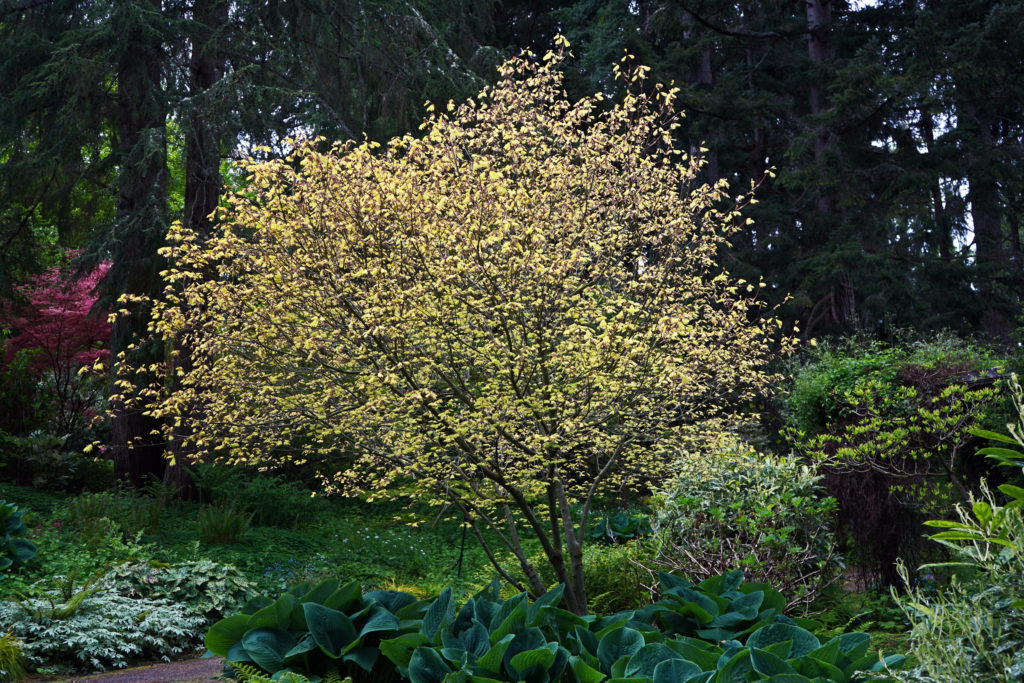
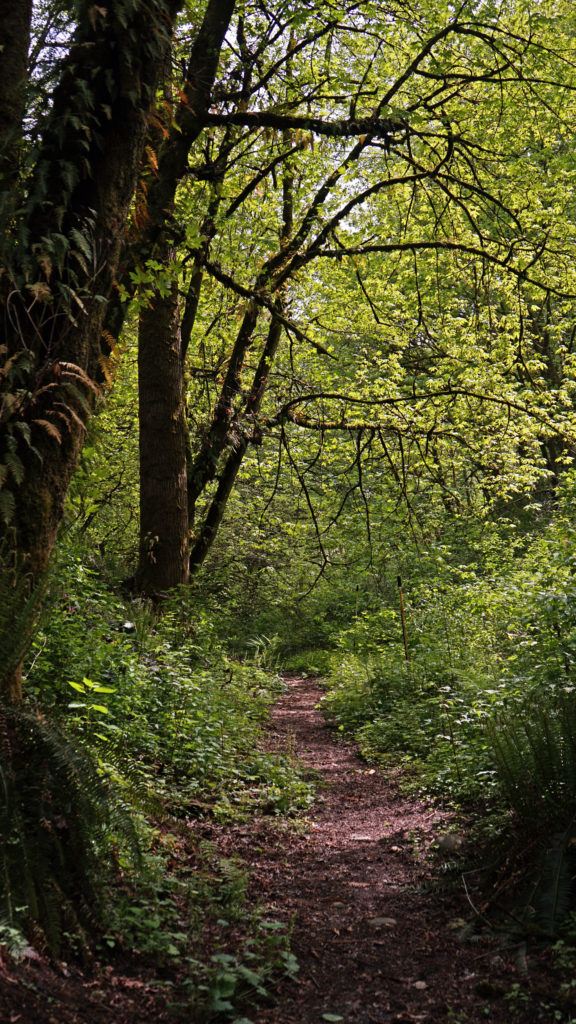
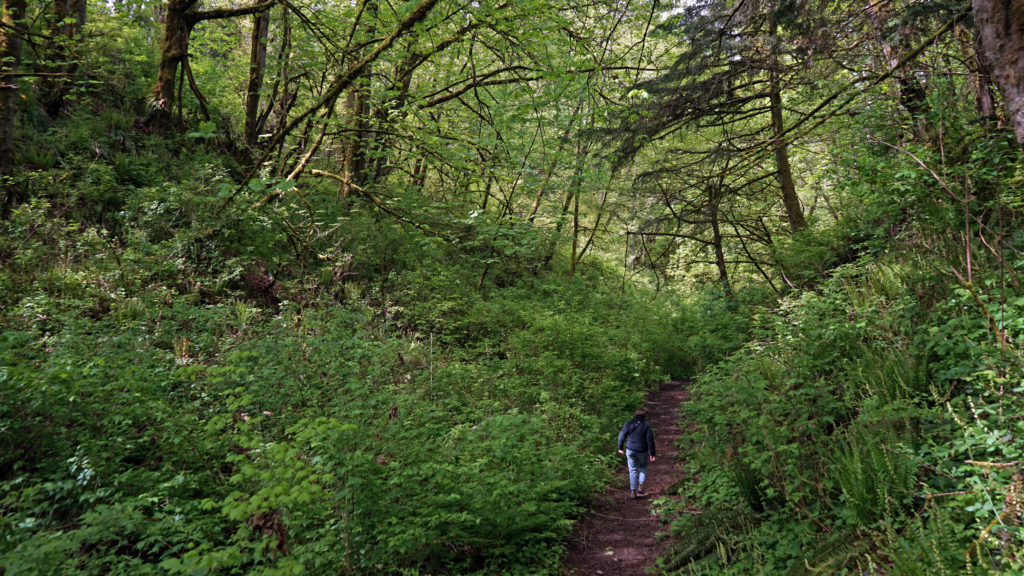 Powells Wood Garden is located at 430 S. Dash Point Road in Federal Way. The garden is open Tuesday through Saturday from 10am to 3pm. Admission is $7 per person (children 12 and under are free). Tickets can be purchased online on the Garden’s
Powells Wood Garden is located at 430 S. Dash Point Road in Federal Way. The garden is open Tuesday through Saturday from 10am to 3pm. Admission is $7 per person (children 12 and under are free). Tickets can be purchased online on the Garden’s 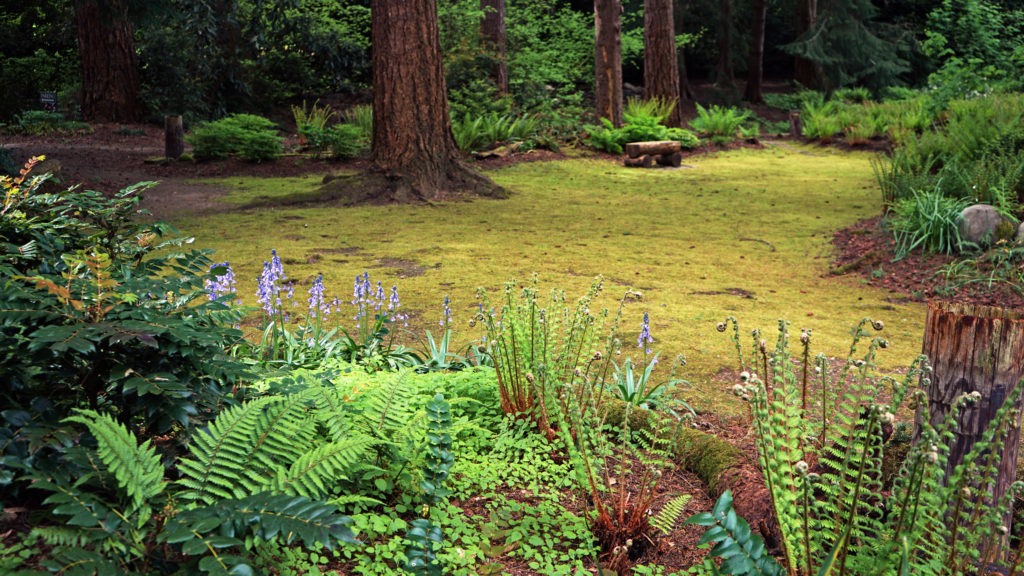
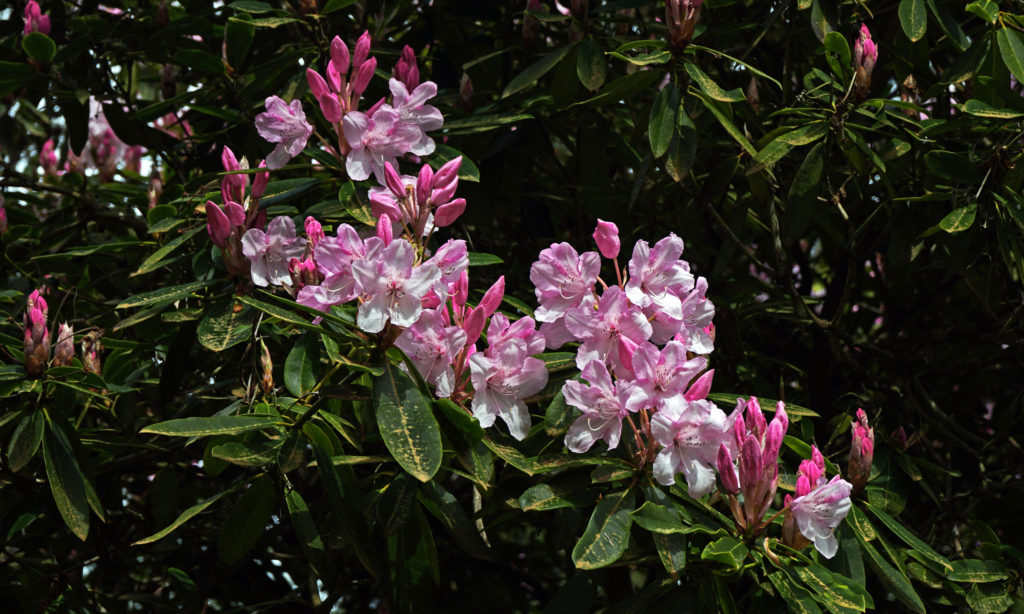 If you visit Powells Wood Garden, you might also want to stop in at
If you visit Powells Wood Garden, you might also want to stop in at 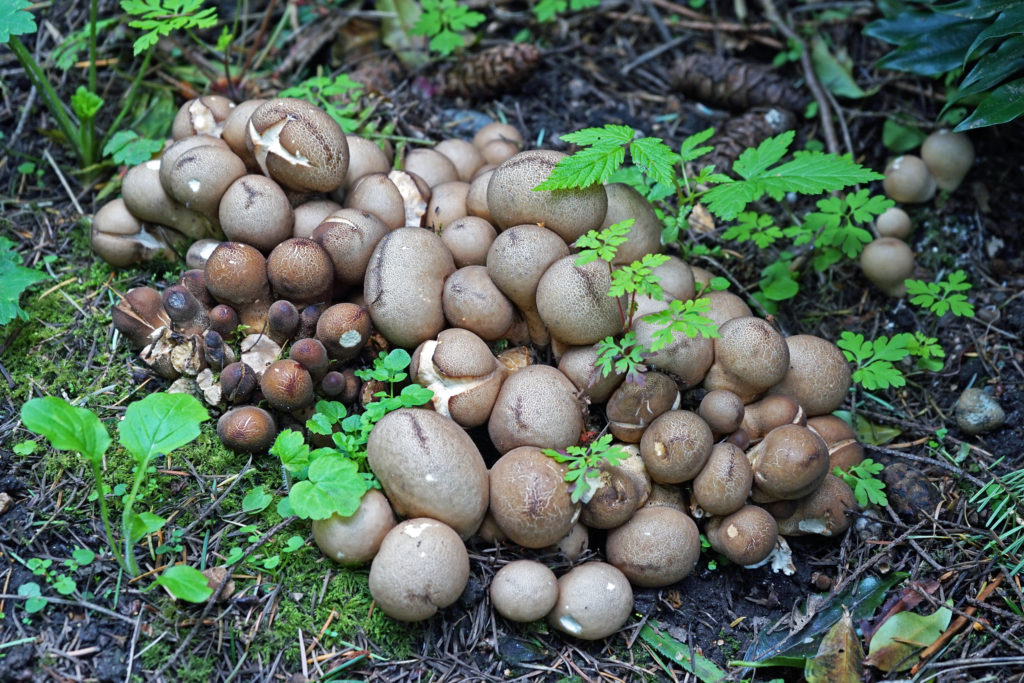
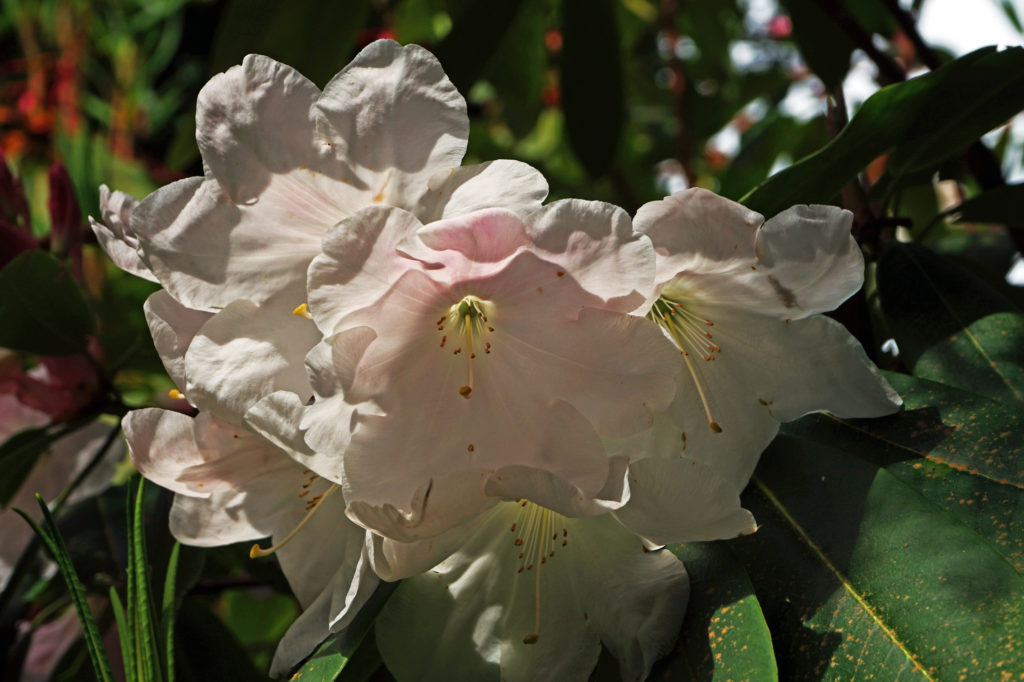 While Powells Wood Garden is probably not worth a trip to Tacoma on its own, the Tacoma area has a lot of other attractions, not the least of which are the Museum of Glass and the Tacoma Art Museum, both part of the
While Powells Wood Garden is probably not worth a trip to Tacoma on its own, the Tacoma area has a lot of other attractions, not the least of which are the Museum of Glass and the Tacoma Art Museum, both part of the 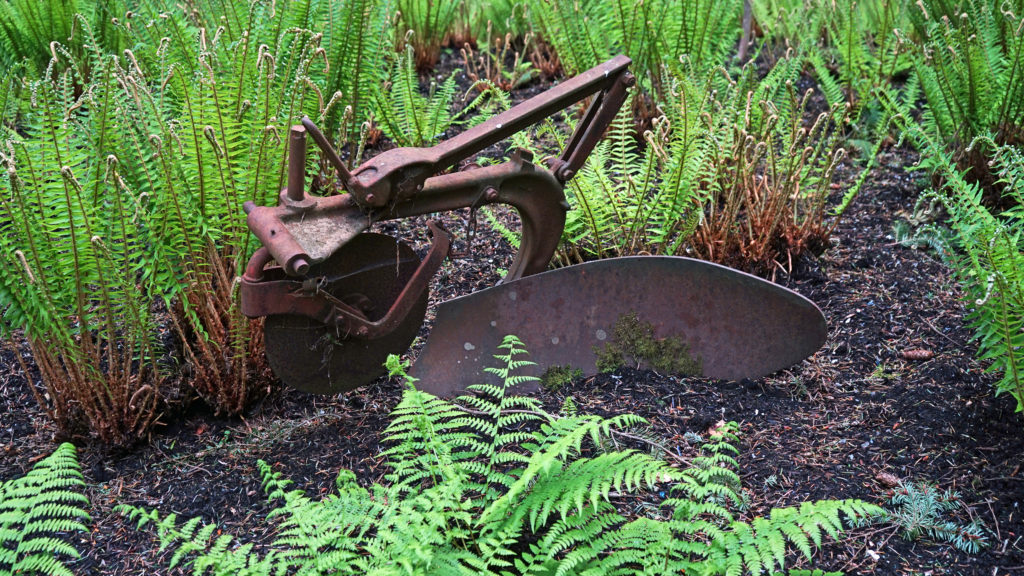
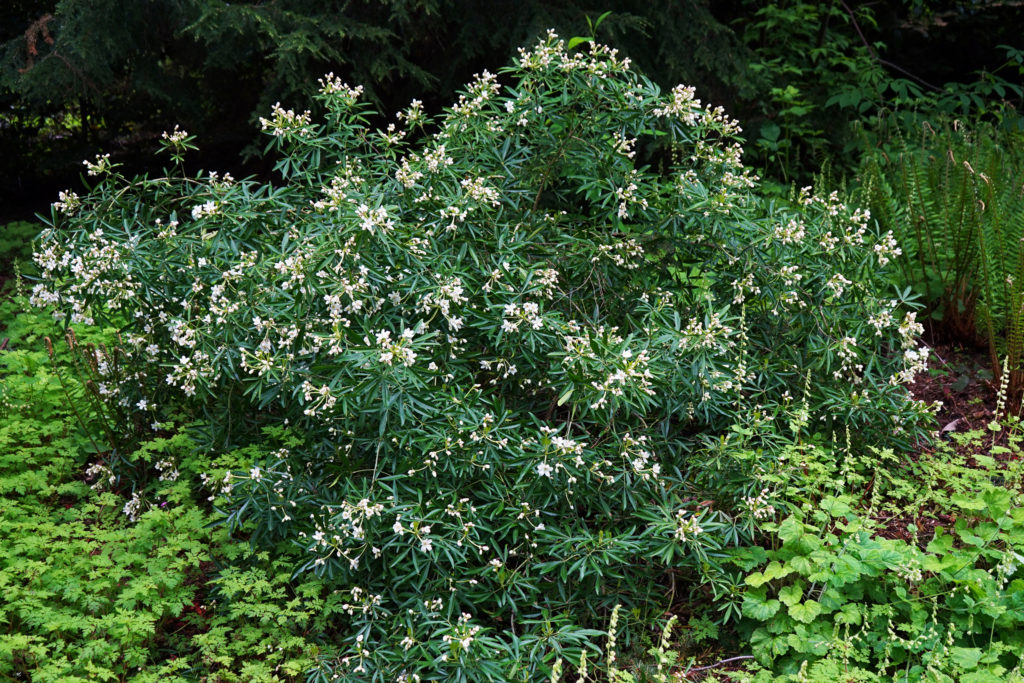
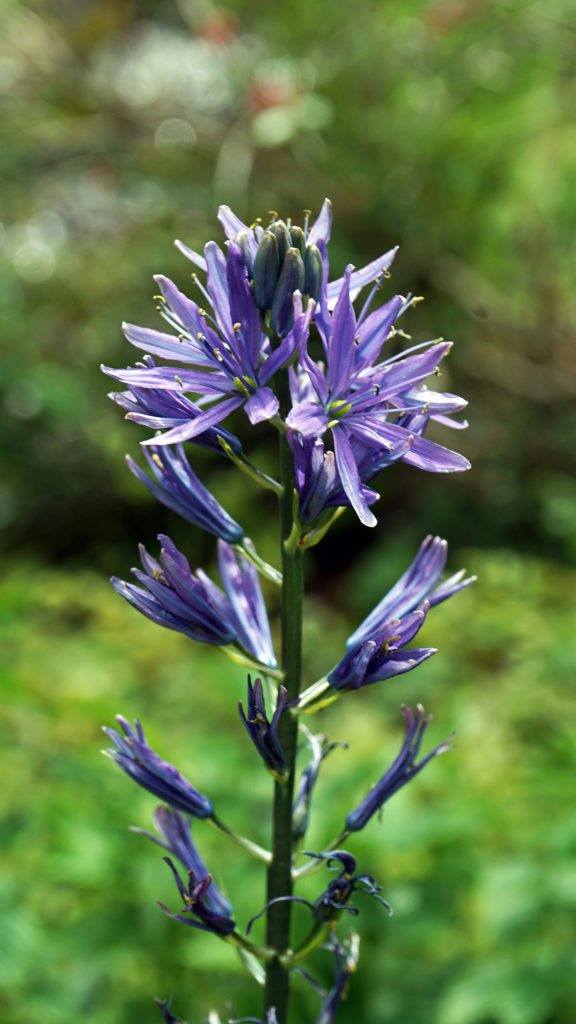
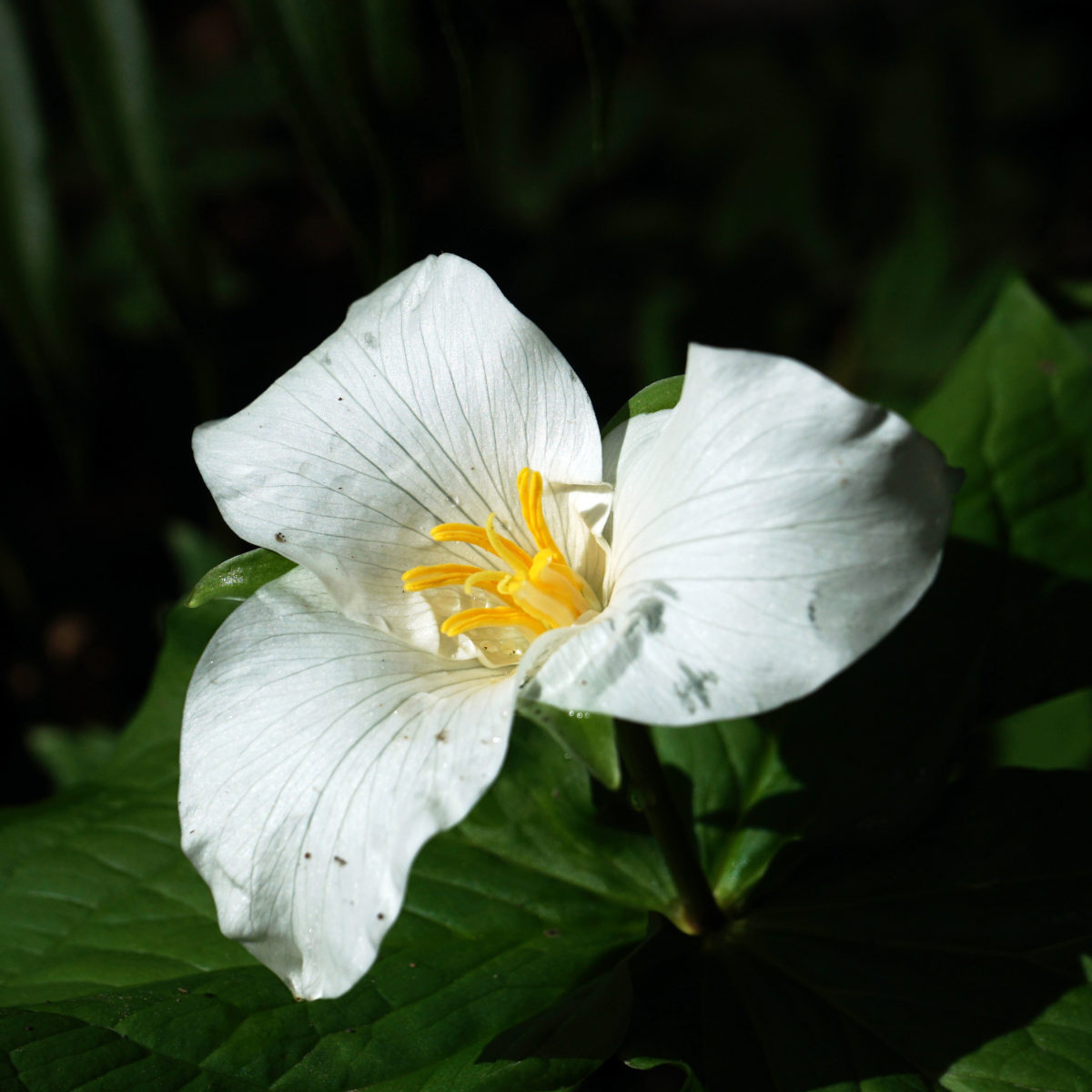
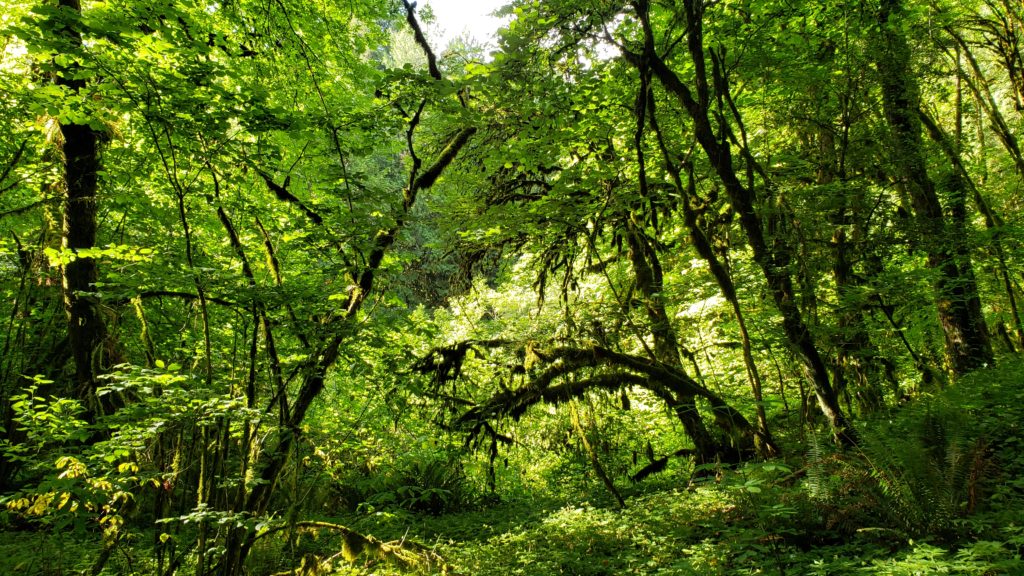
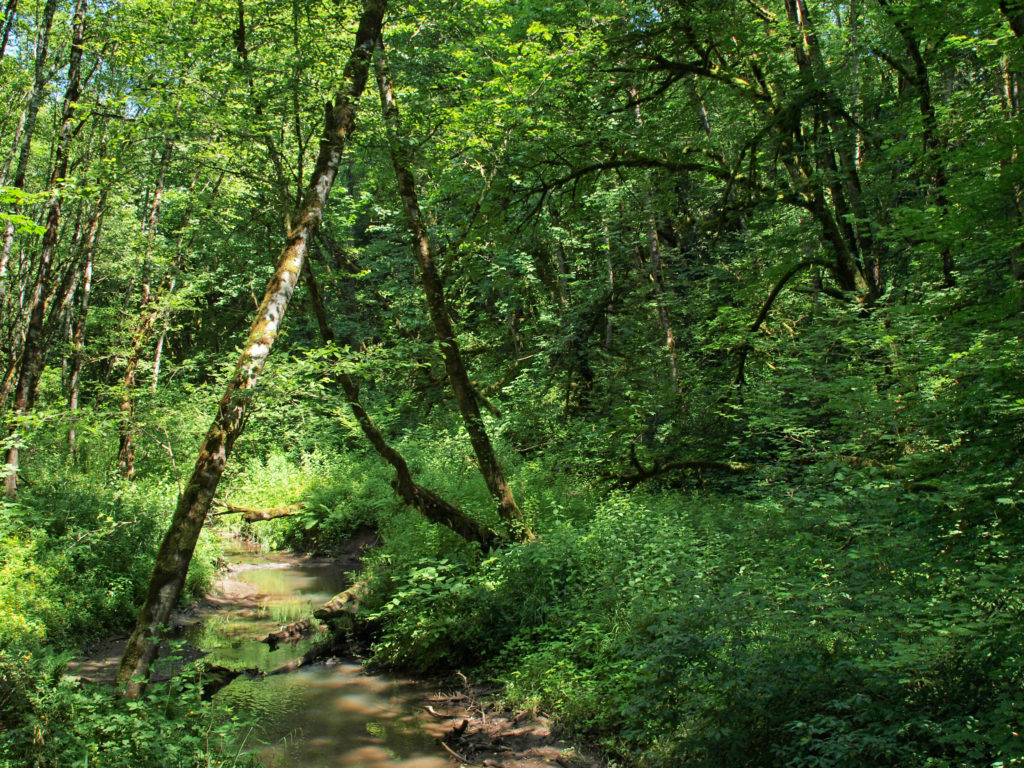
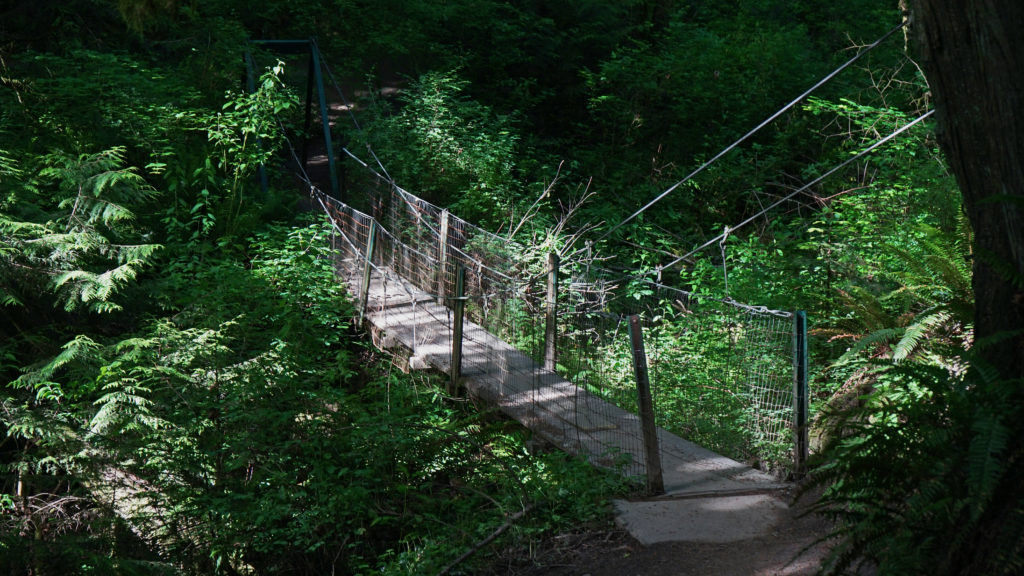
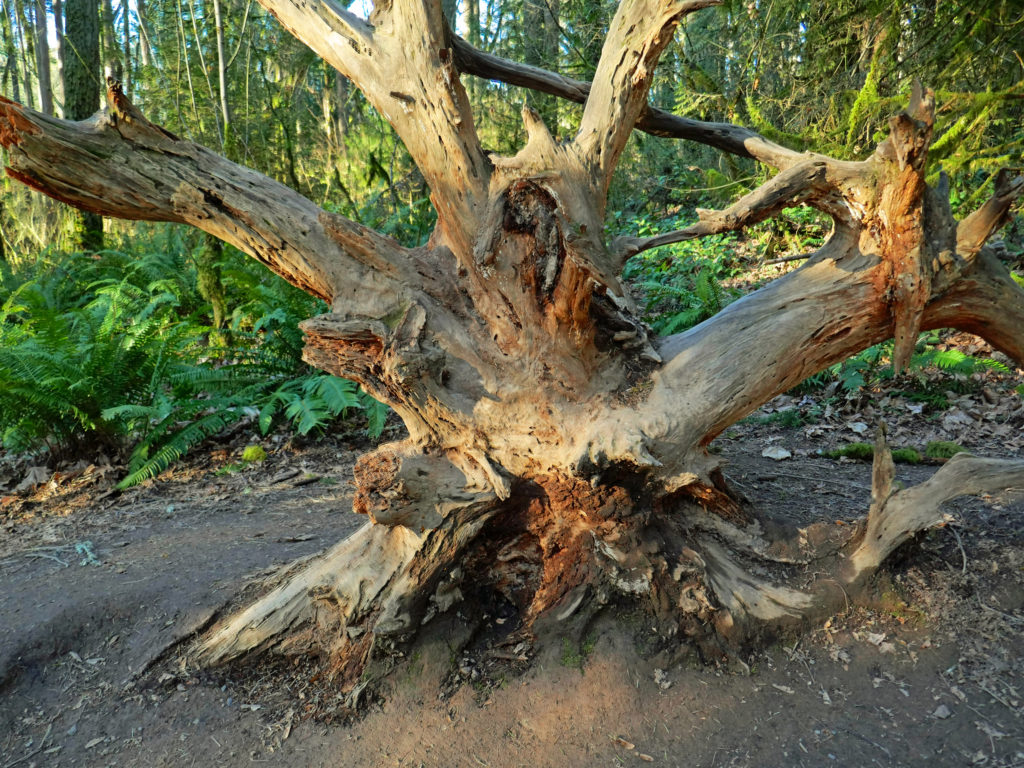
 Nearly 300 different forest plants and flowers grow in the park. Blacktail deer, raccoons, coyotes, red foxes, beaver, and more than two dozen other mammals roam the park. More than 70 species of birds have been seen in the park. And cutthroat trout, coho and chinook salmon, and steelhead can be found in Tryon Creek.
Nearly 300 different forest plants and flowers grow in the park. Blacktail deer, raccoons, coyotes, red foxes, beaver, and more than two dozen other mammals roam the park. More than 70 species of birds have been seen in the park. And cutthroat trout, coho and chinook salmon, and steelhead can be found in Tryon Creek.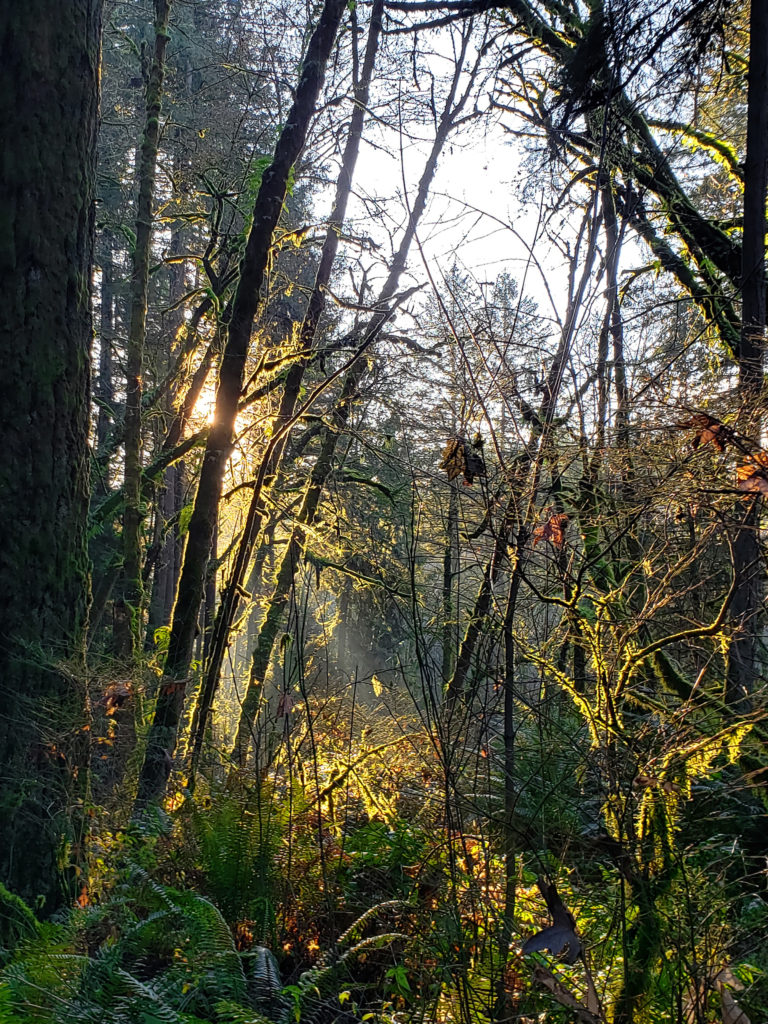 The area was saved from development in the late 1960s and early 1970s by a combination of dedicated citizens, the
The area was saved from development in the late 1960s and early 1970s by a combination of dedicated citizens, the 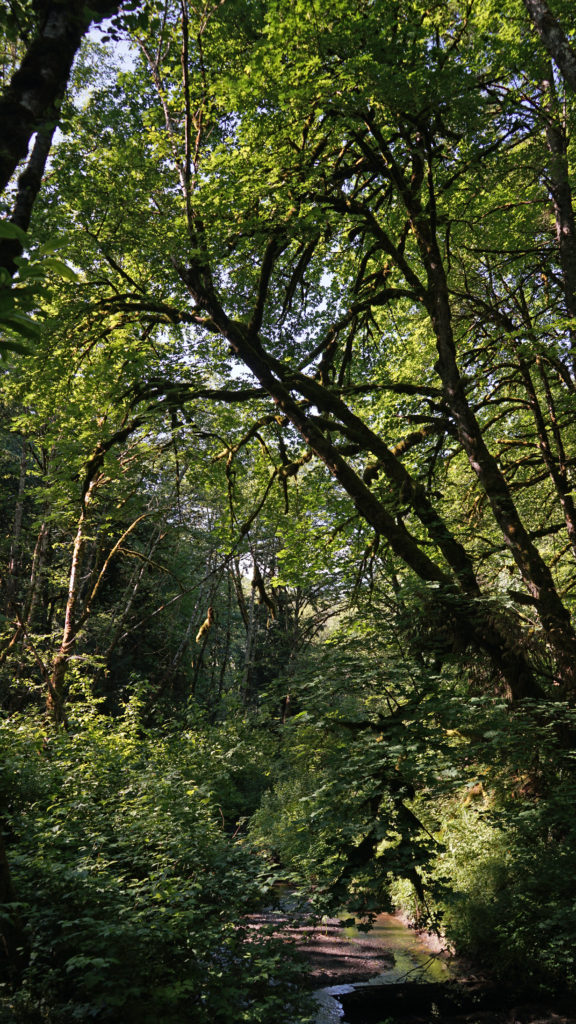 Many, if not most, of the park’s visitors come to hike the nearly fifteen miles of hiking and mixed use trails. Some bring their horses to ride the three and a half miles of equestrian trails. There is also a three mile paved bike path running through the park and a paved all abilities trail. The Nature Center, with a friendly staff, interpretive exhibits, a small store, and public restrooms, is a popular starting point for many visitors.
Many, if not most, of the park’s visitors come to hike the nearly fifteen miles of hiking and mixed use trails. Some bring their horses to ride the three and a half miles of equestrian trails. There is also a three mile paved bike path running through the park and a paved all abilities trail. The Nature Center, with a friendly staff, interpretive exhibits, a small store, and public restrooms, is a popular starting point for many visitors.
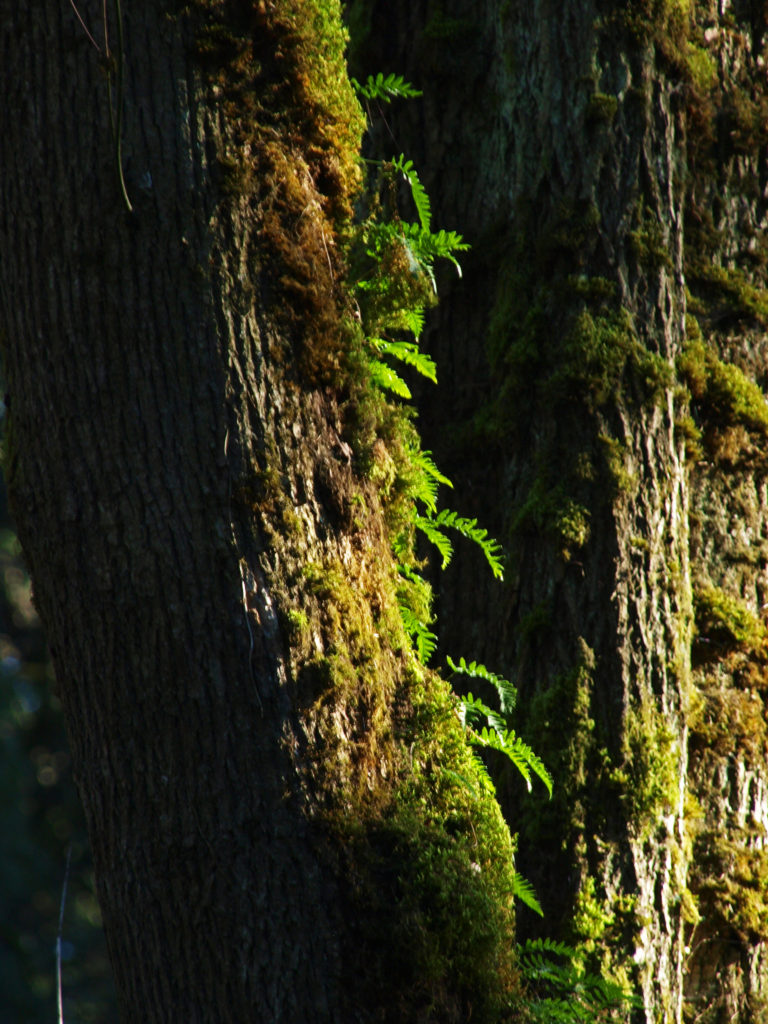 Many of the events and programs sponsored by the park were cancelled or available only online during the majority of the Covid-19 pandemic. The Nature Center was closed and entrance to the park was limited at times. While we’re still living with Covid, most, if not all, of the park’s programs have been restored, and the Nature Center is open again.
Many of the events and programs sponsored by the park were cancelled or available only online during the majority of the Covid-19 pandemic. The Nature Center was closed and entrance to the park was limited at times. While we’re still living with Covid, most, if not all, of the park’s programs have been restored, and the Nature Center is open again.

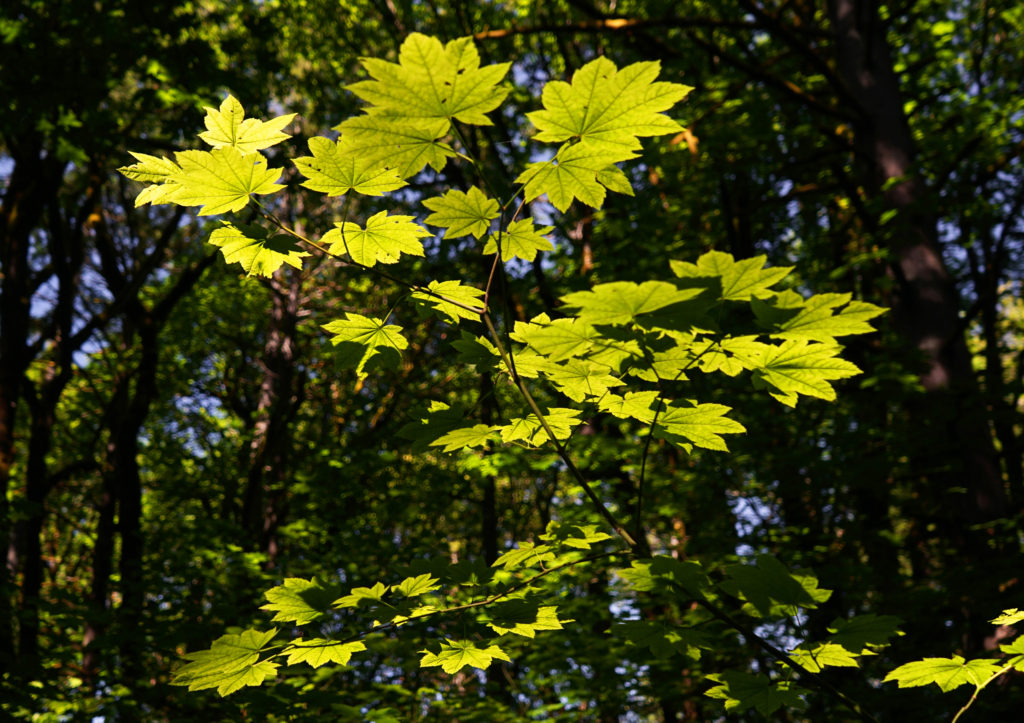 Originally posted July 29, 2020. Updated and re-posted May 25, 2022.
Originally posted July 29, 2020. Updated and re-posted May 25, 2022.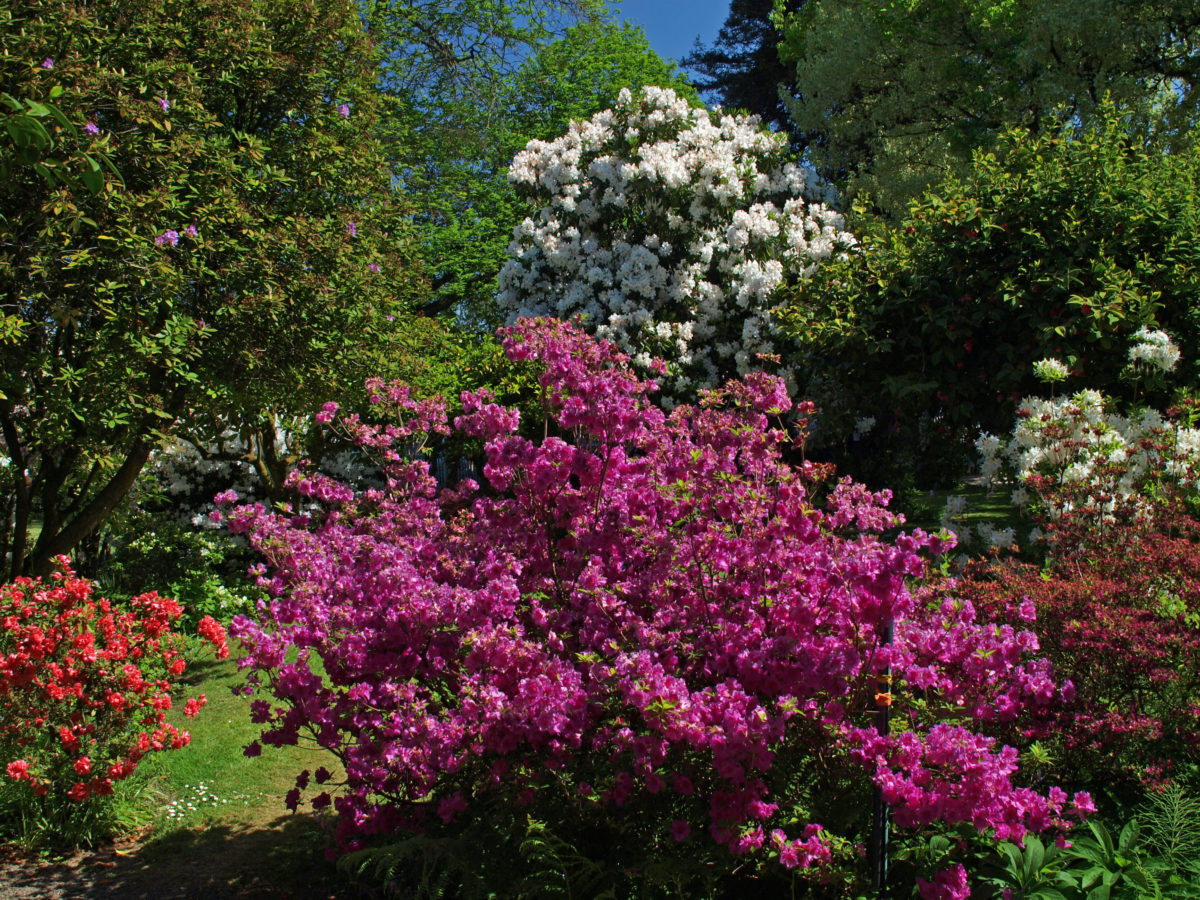
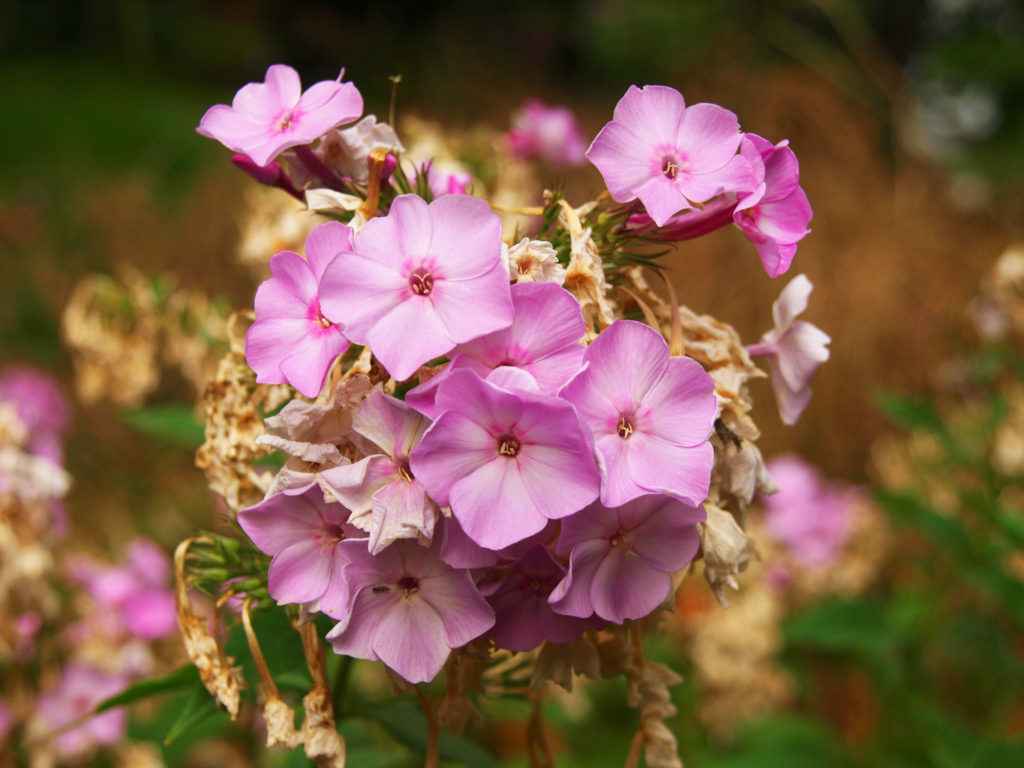
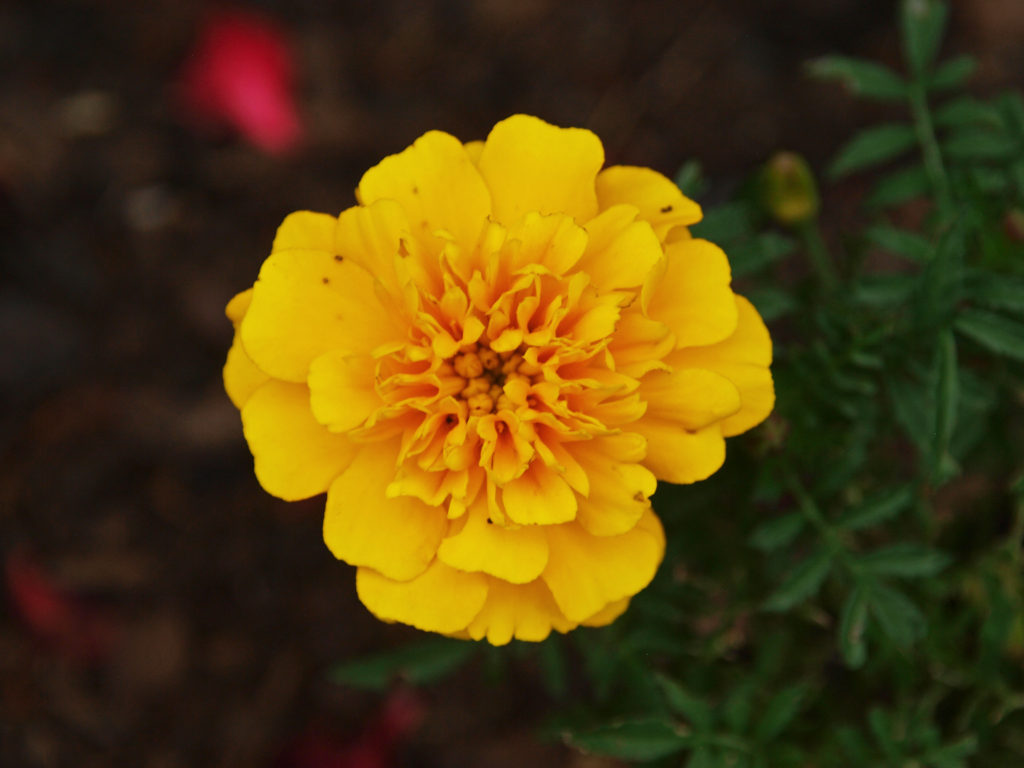
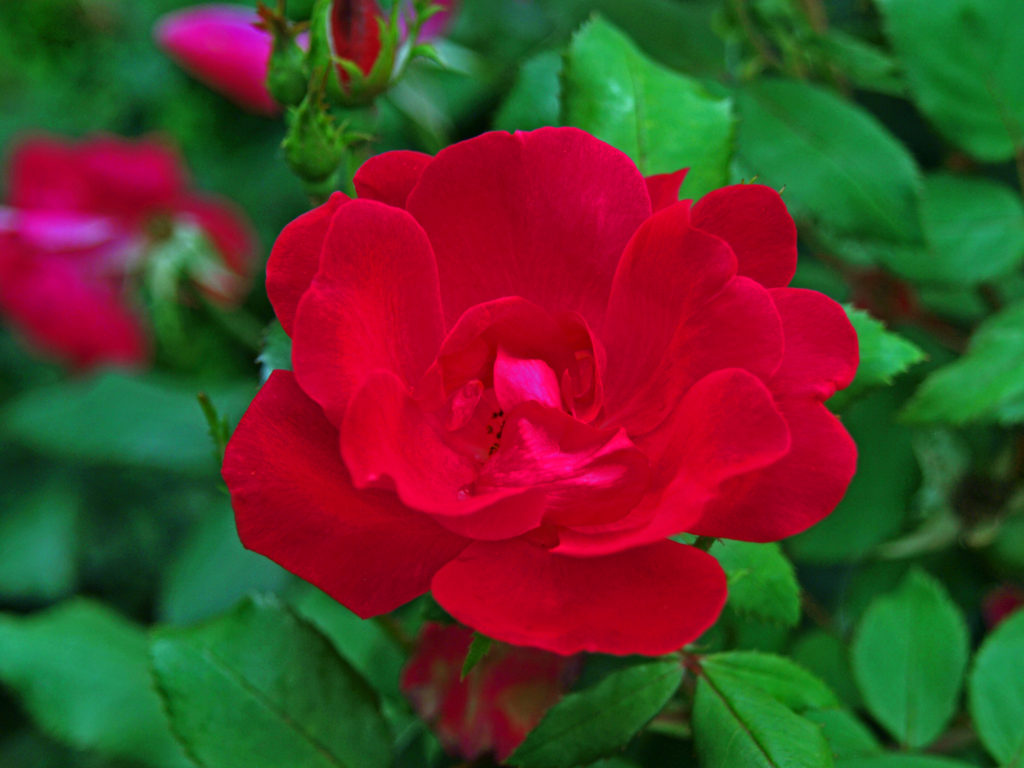
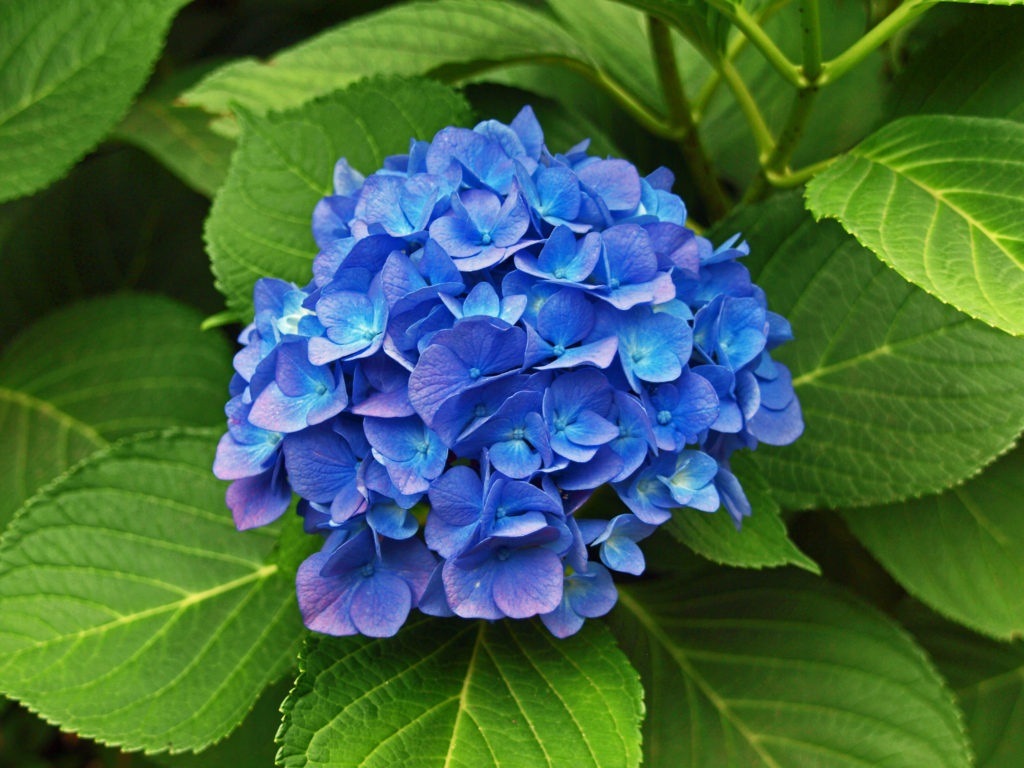
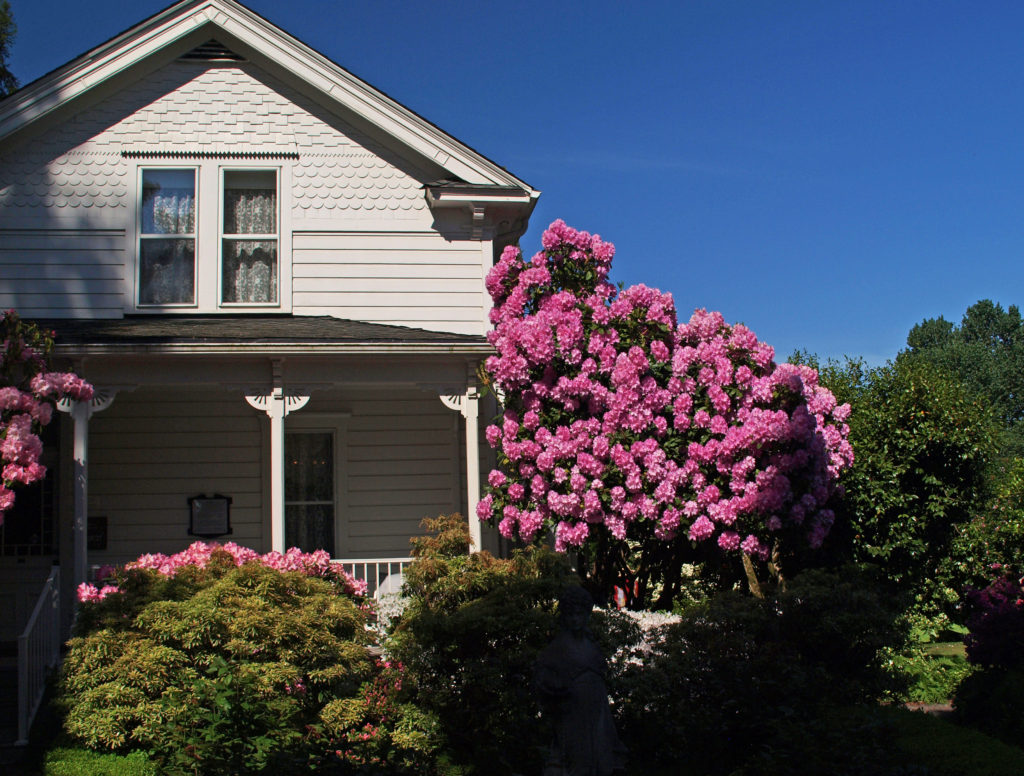
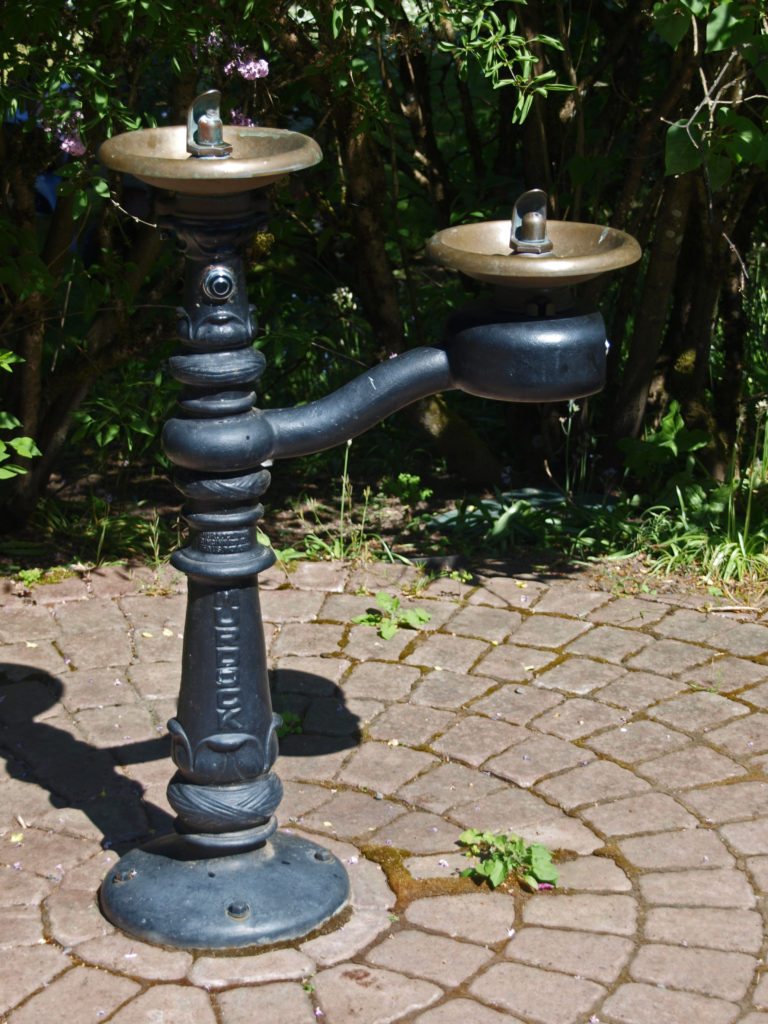
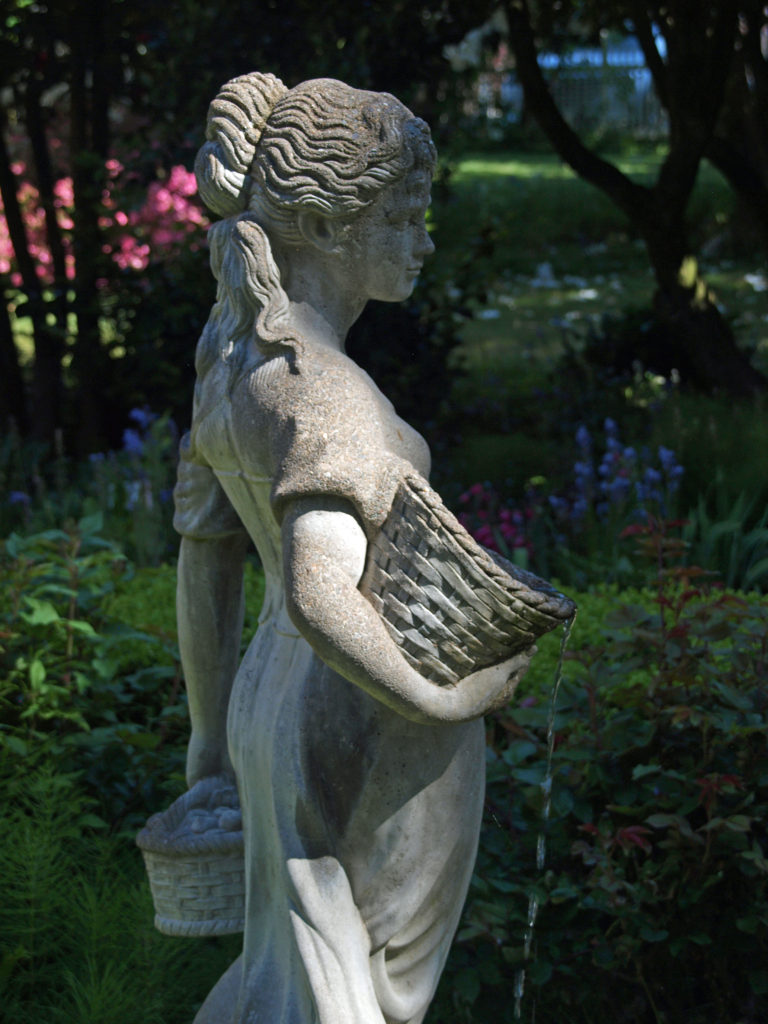
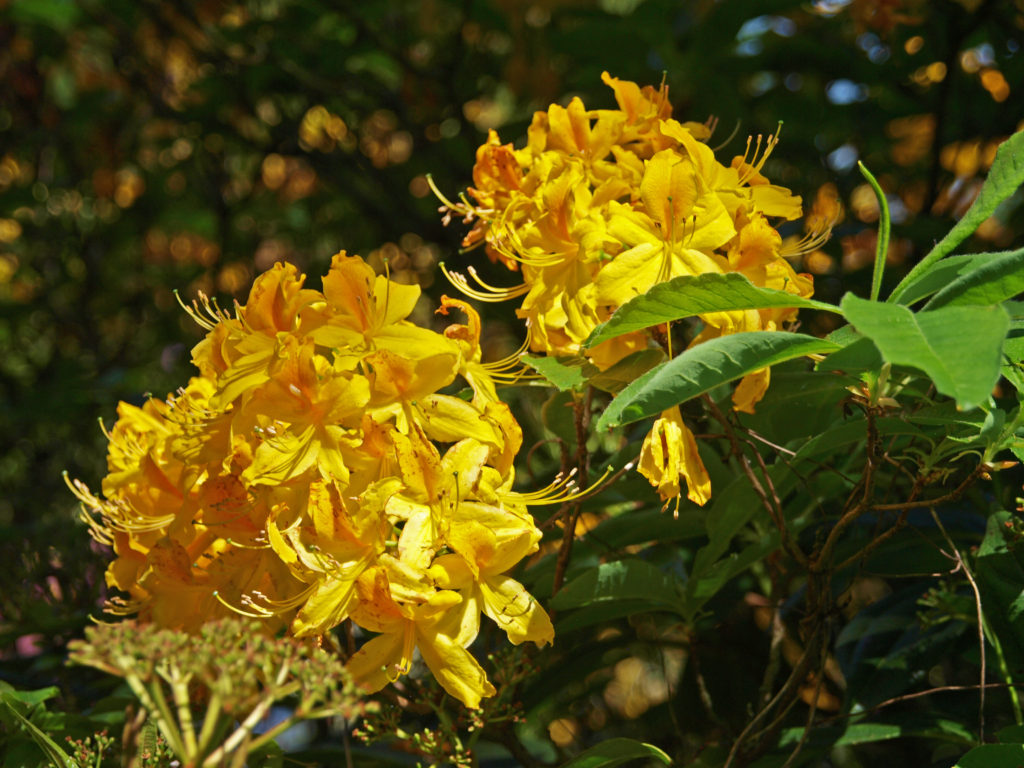
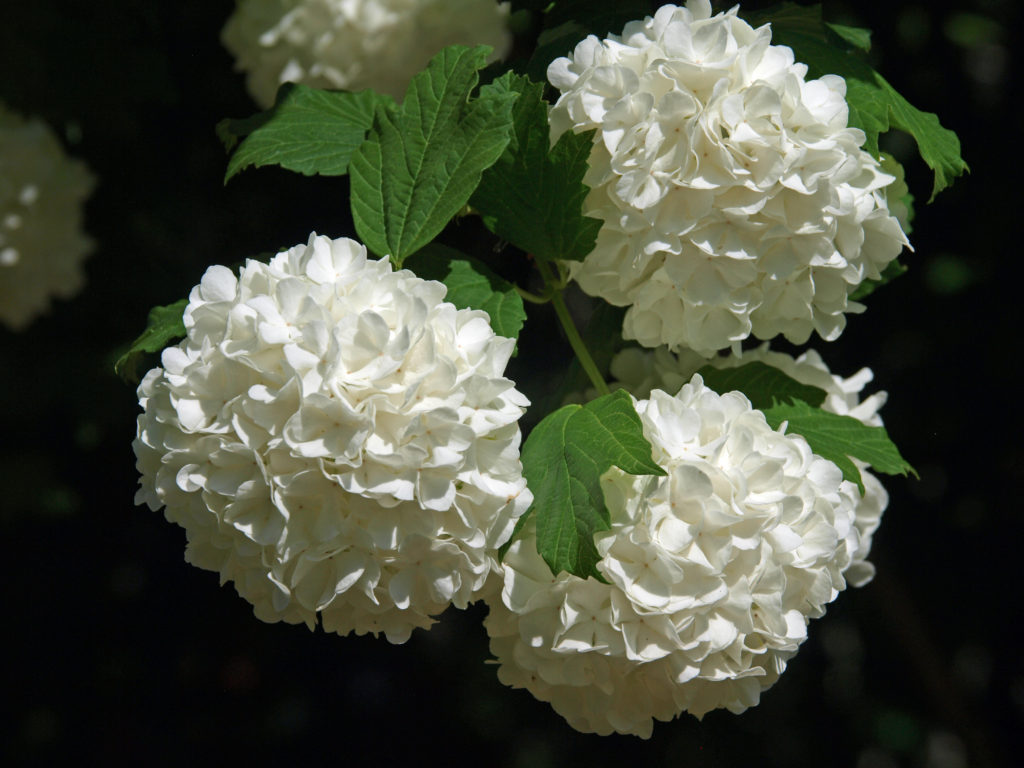
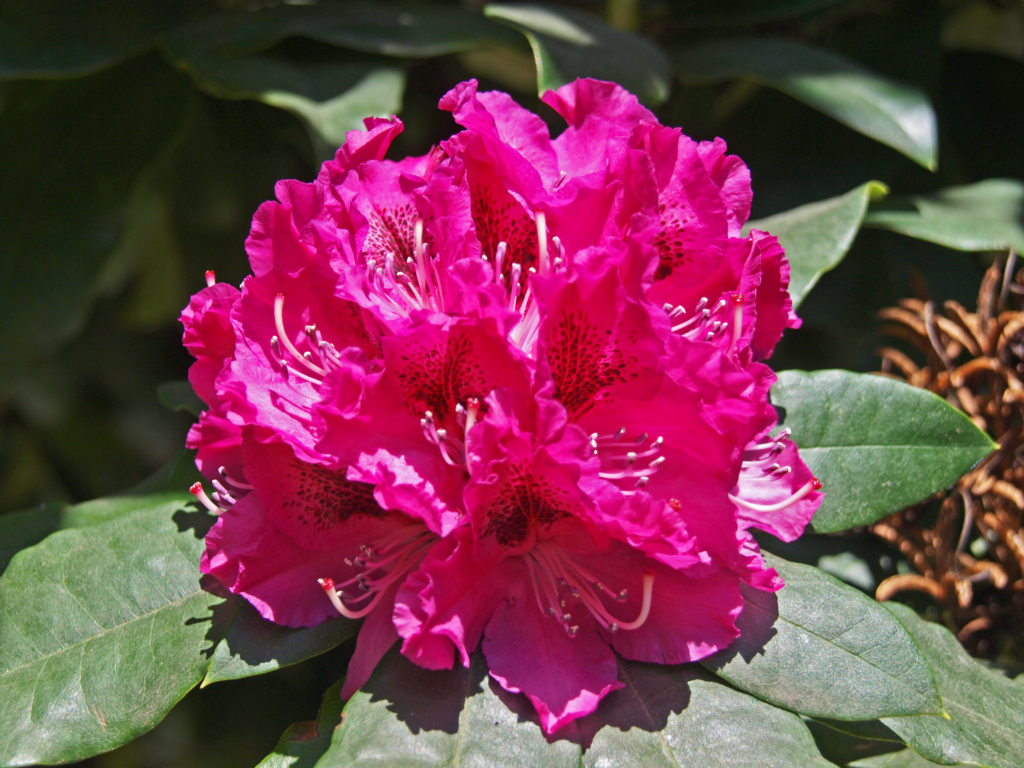

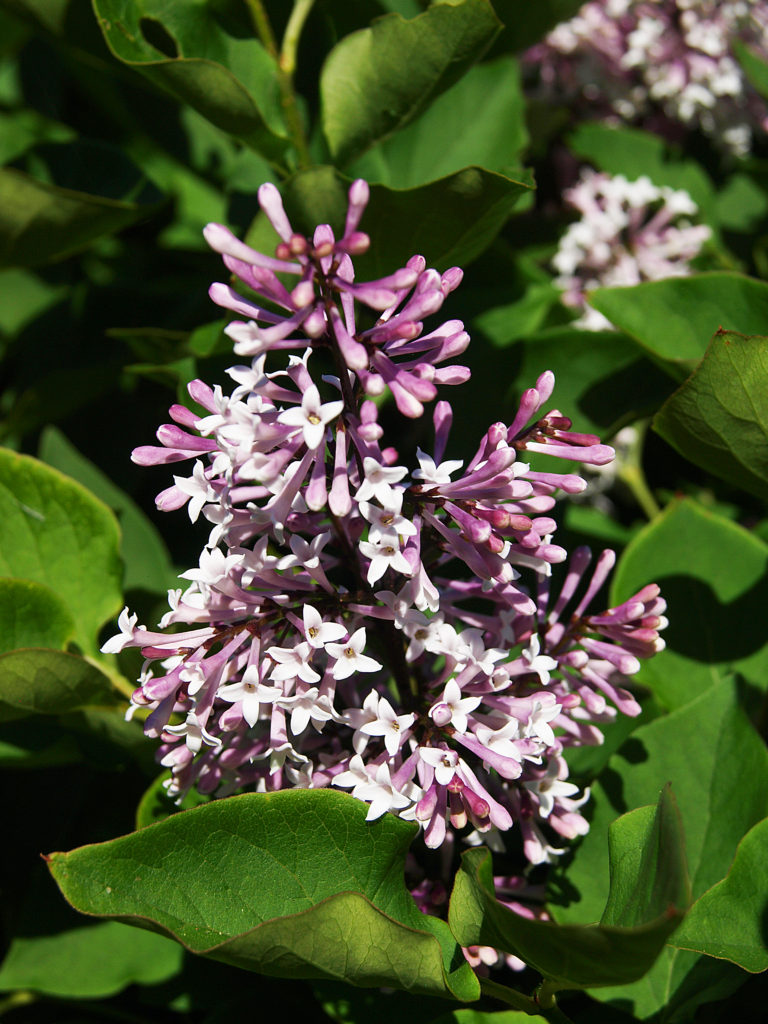
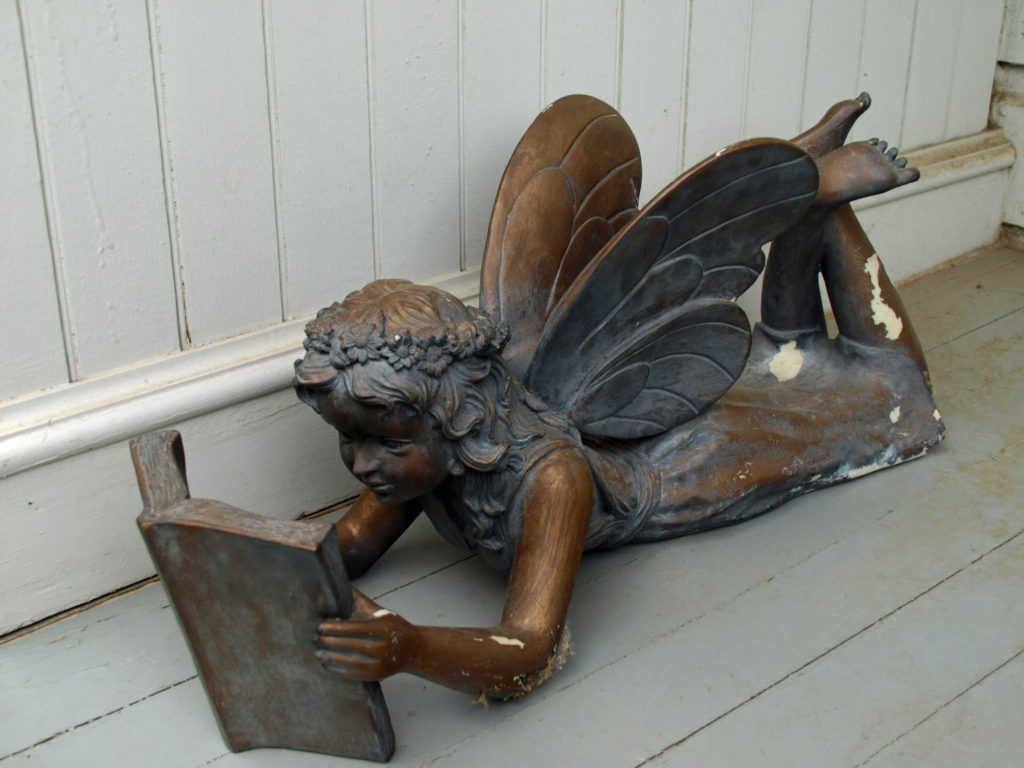 After Hulda’s death, her family put the farm up for sale. The local garden society succeeded in having Hulda’s gardens declared a state and national historic site to prevent them from being bulldozed for a proposed industrial site.
After Hulda’s death, her family put the farm up for sale. The local garden society succeeded in having Hulda’s gardens declared a state and national historic site to prevent them from being bulldozed for a proposed industrial site.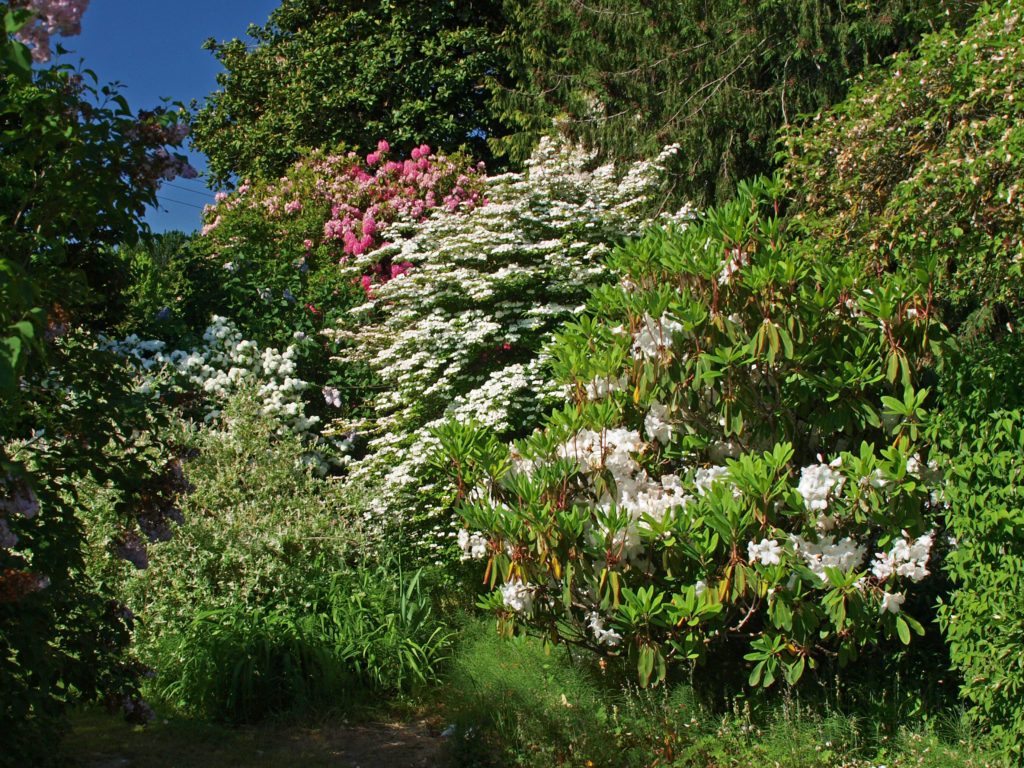
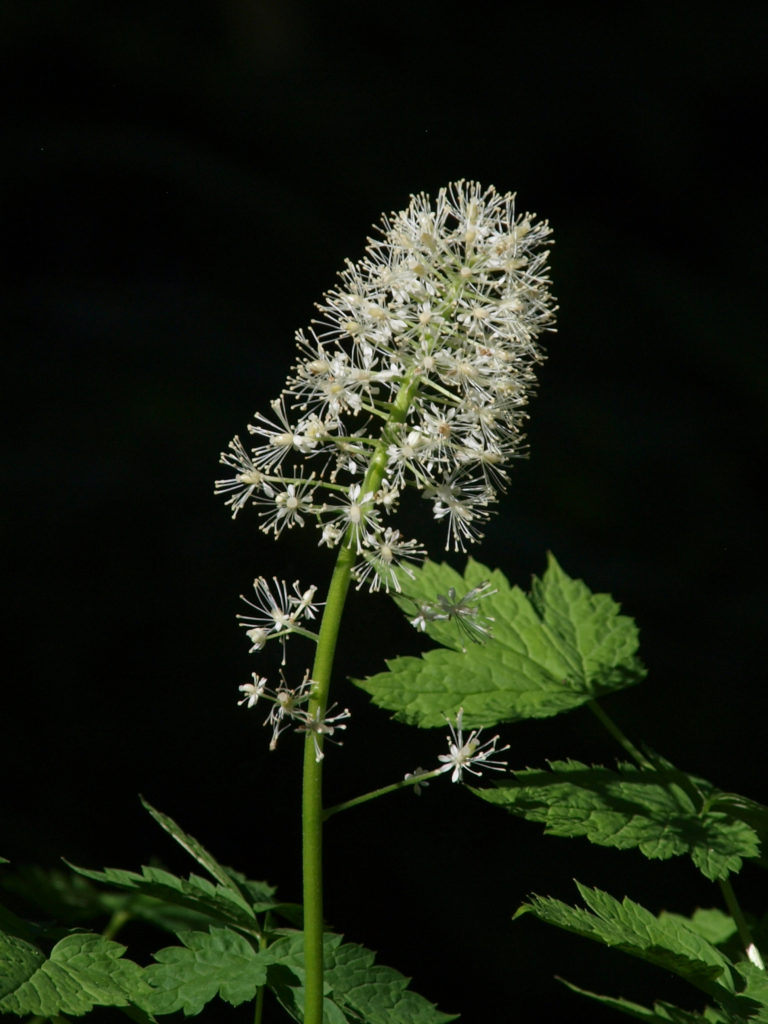
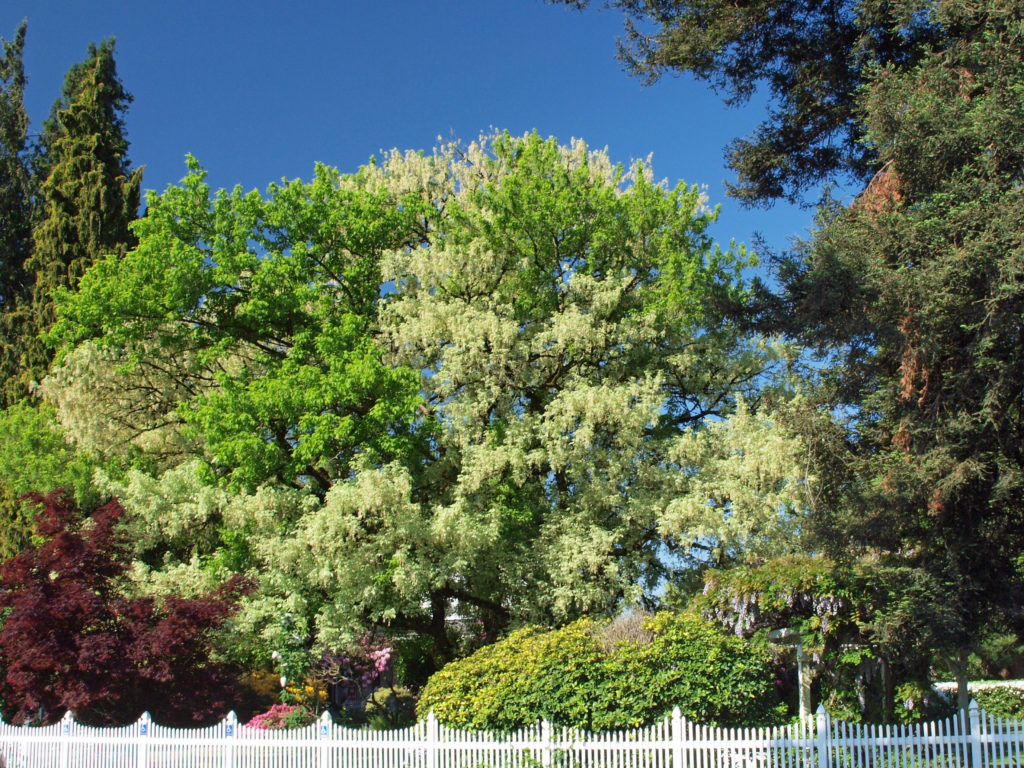
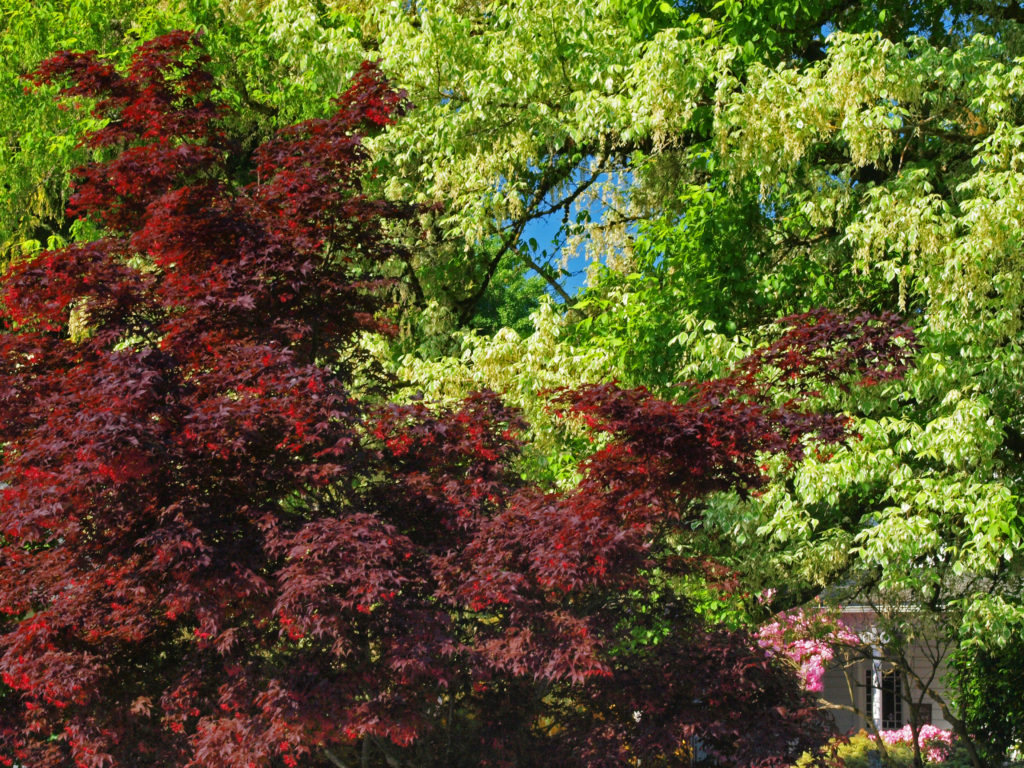
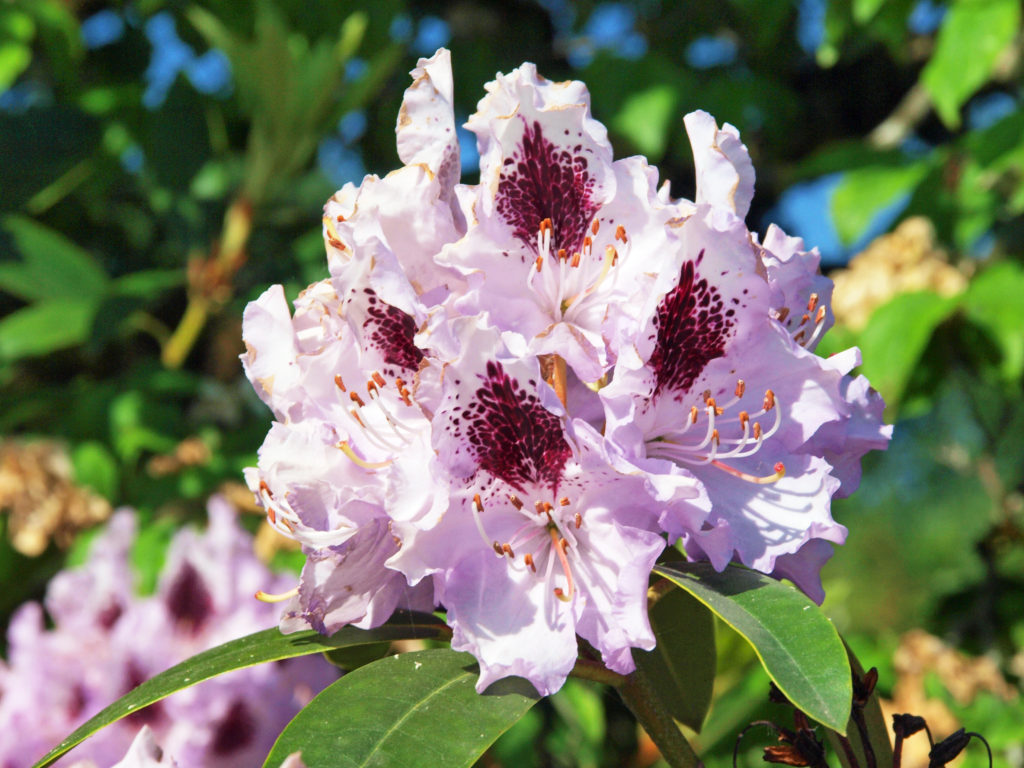
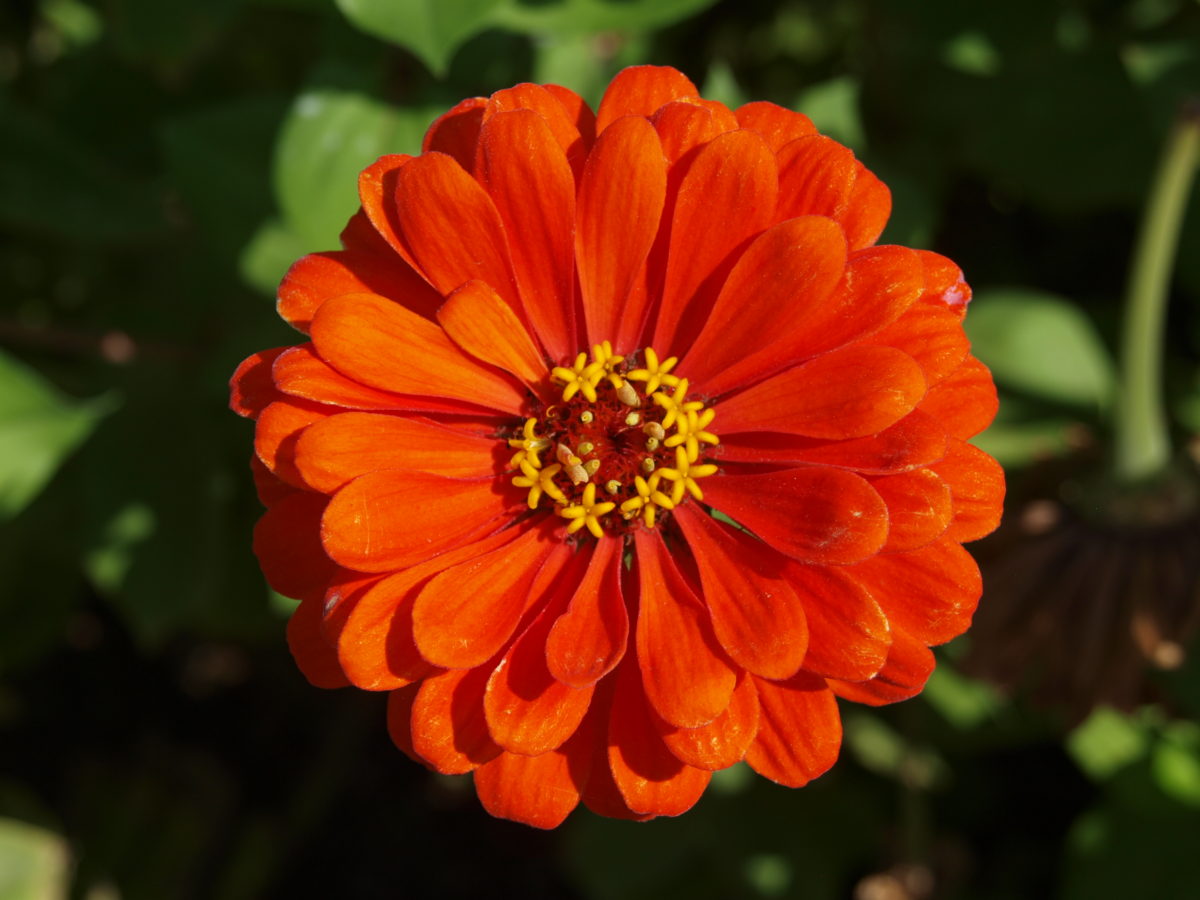
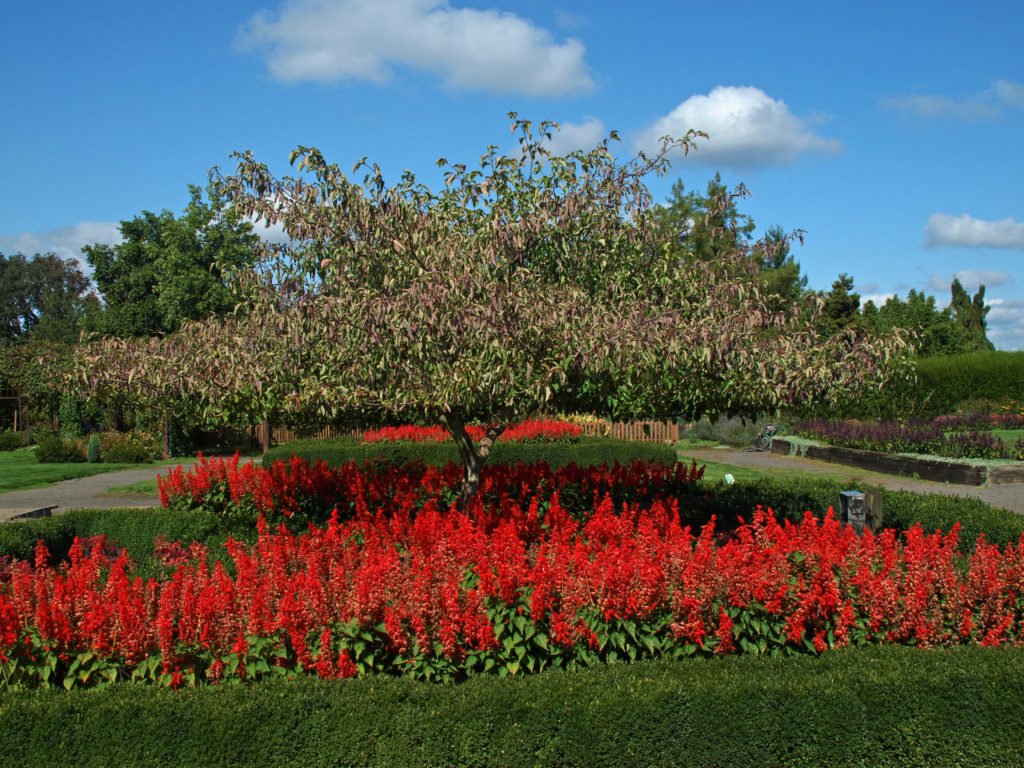
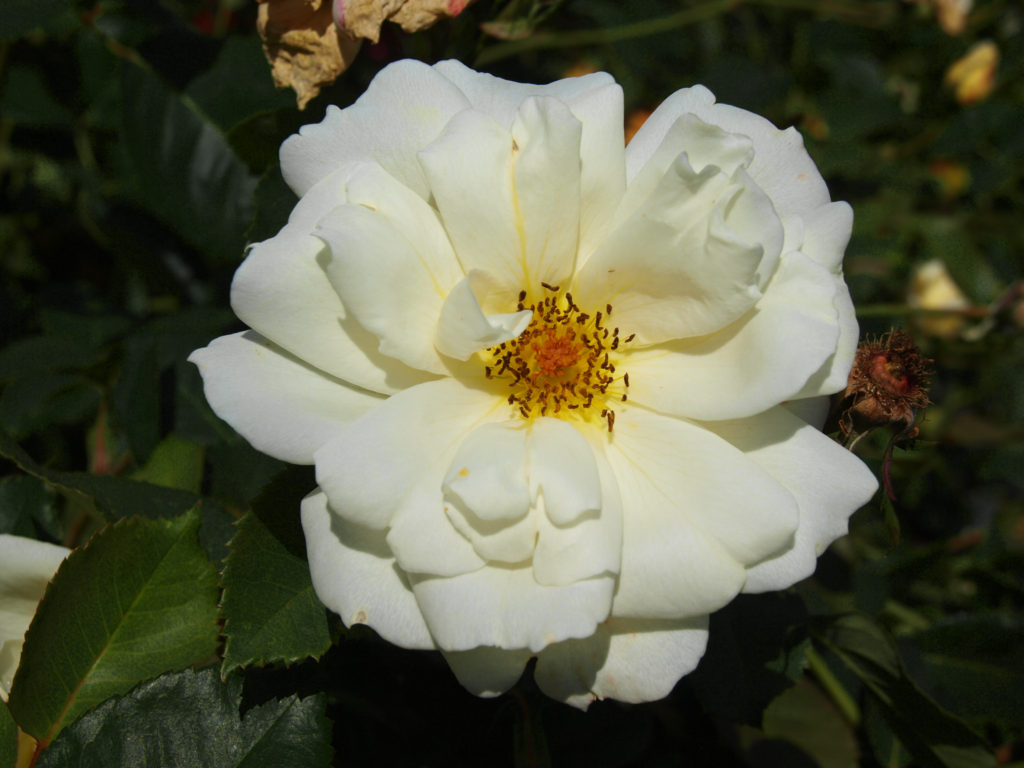
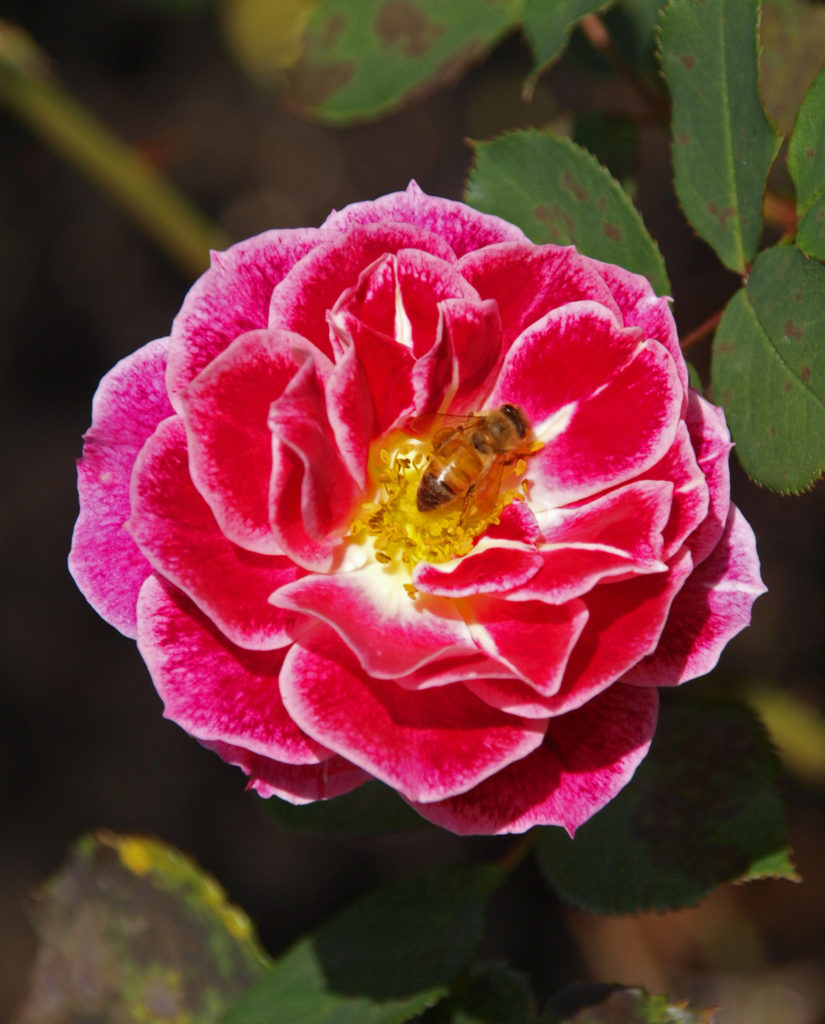
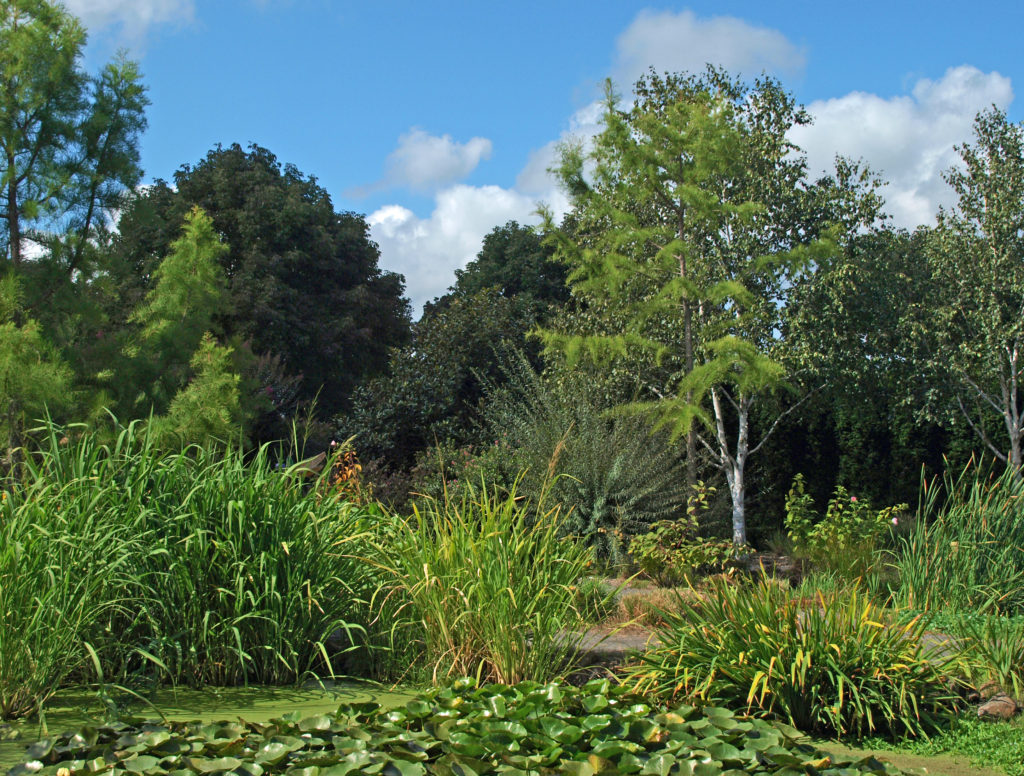
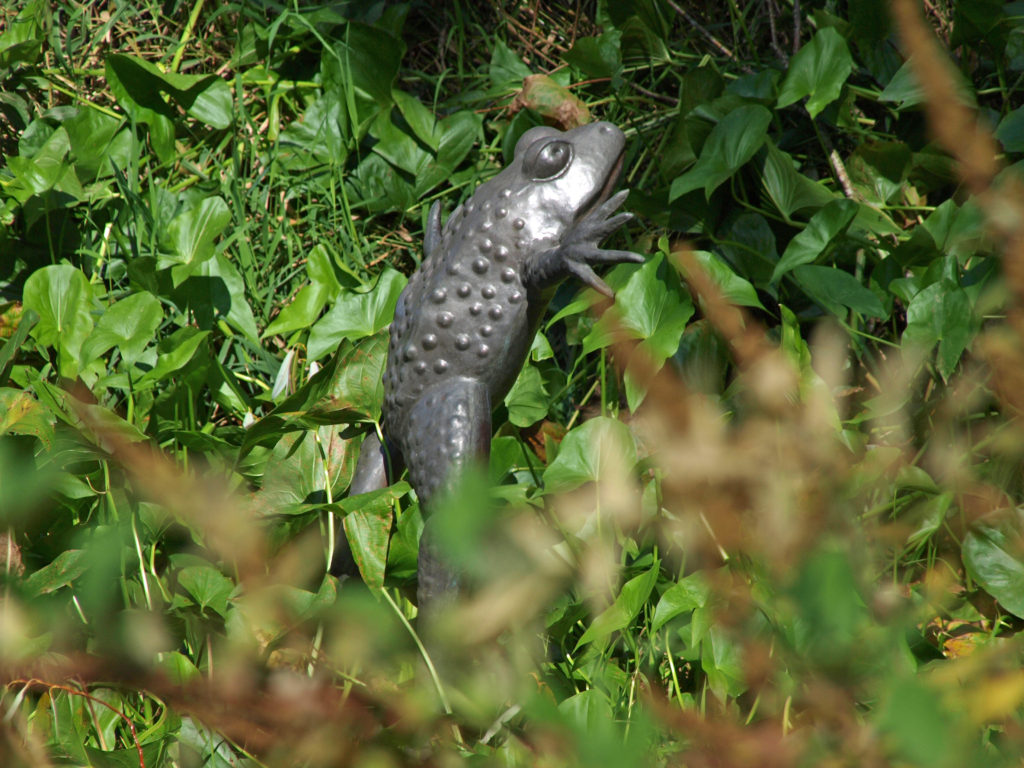
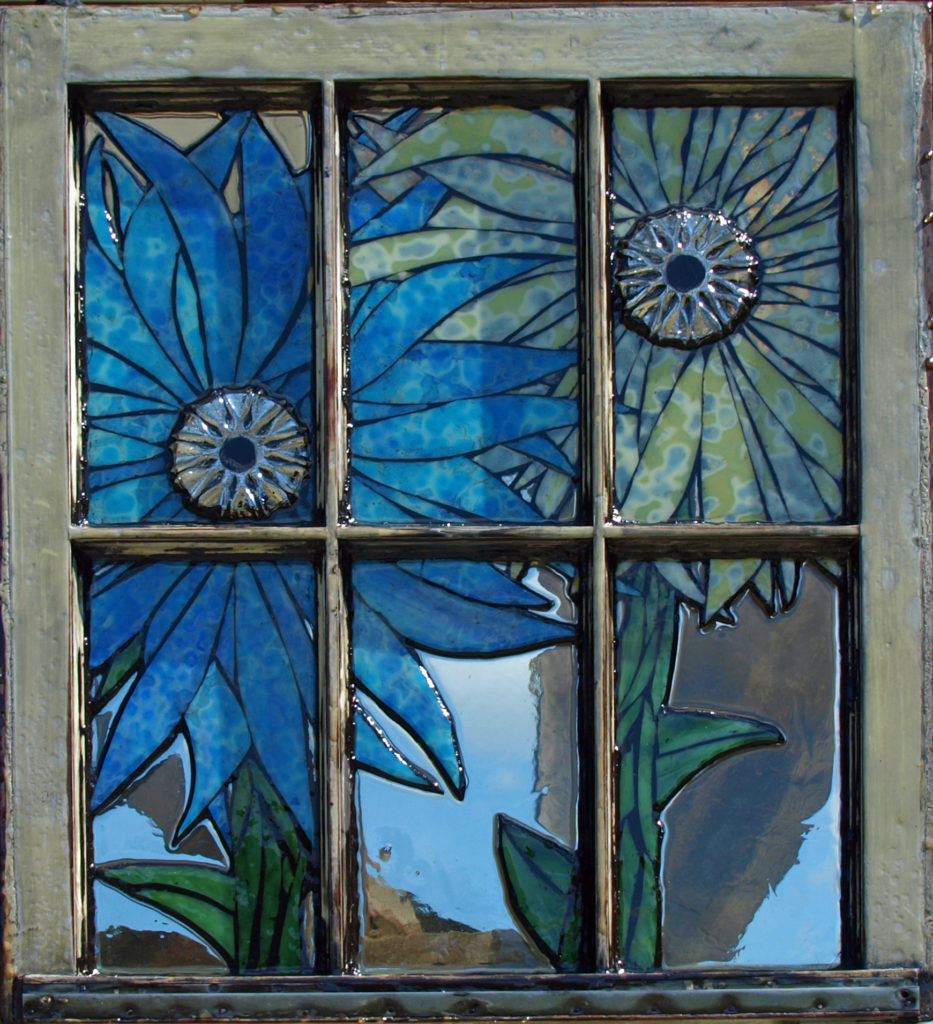
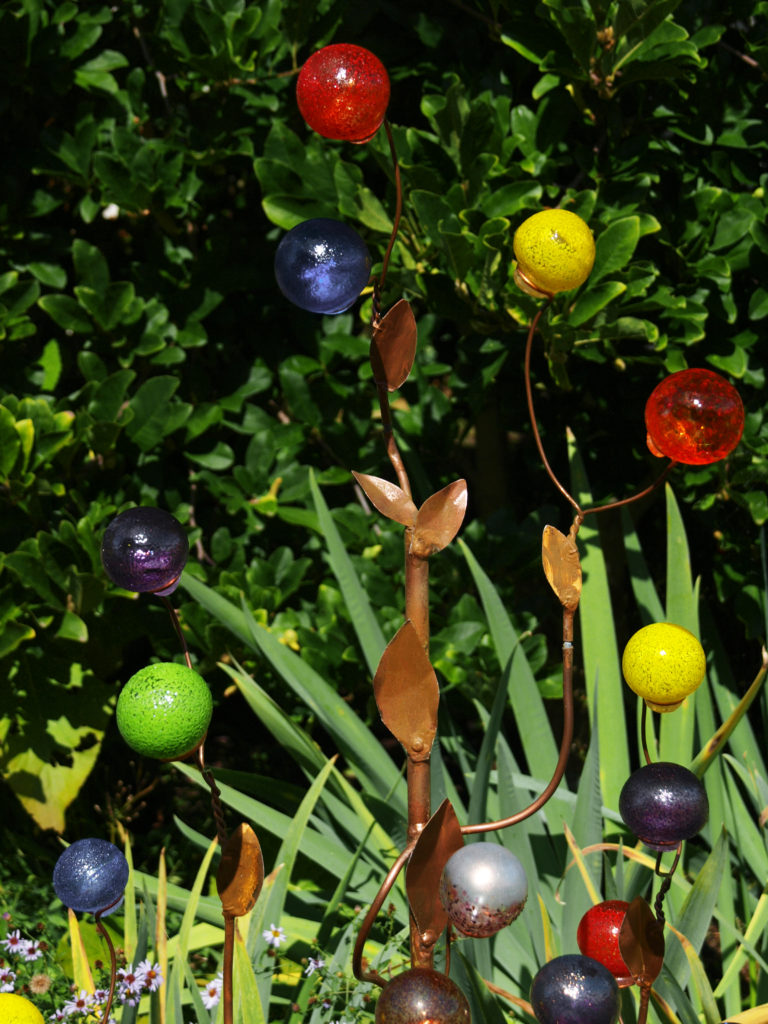
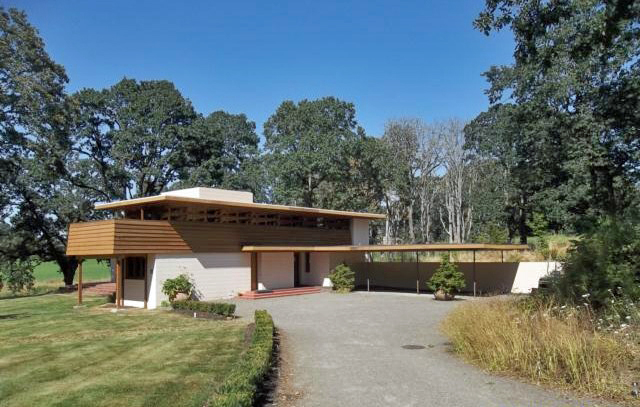
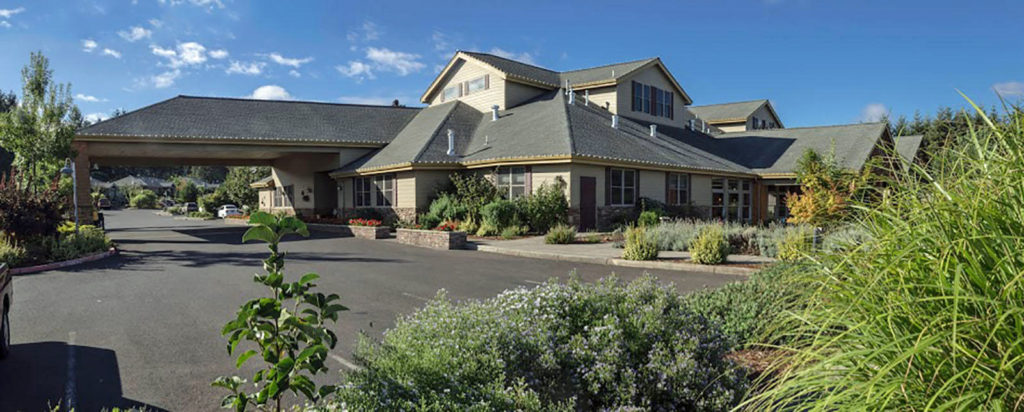
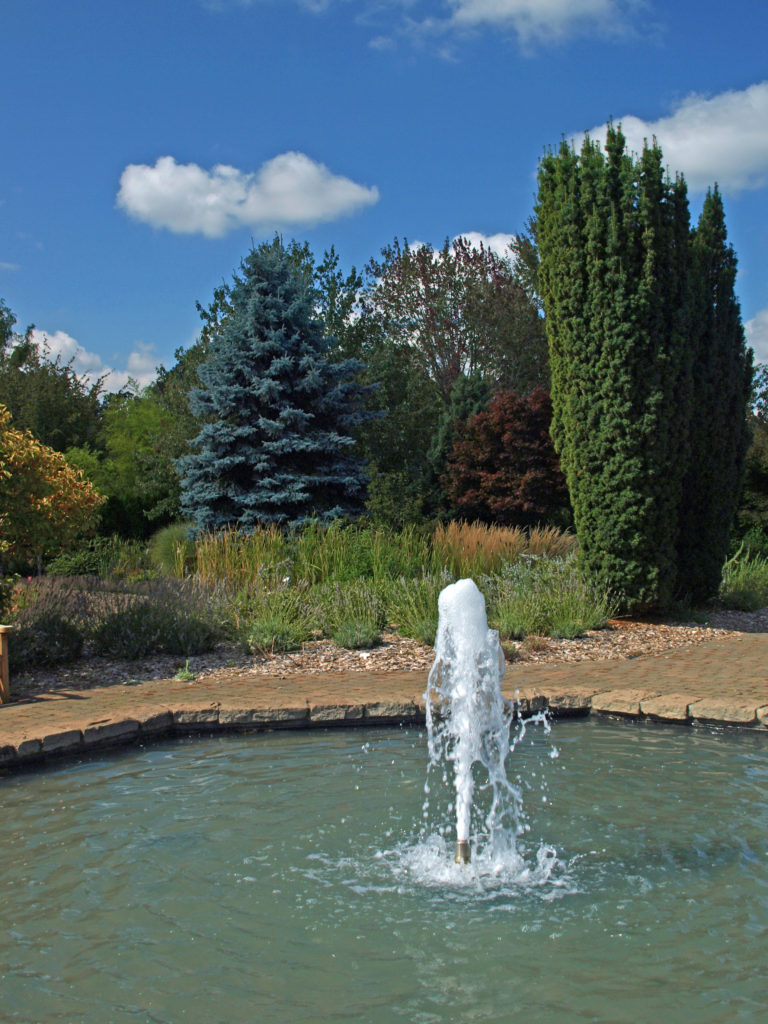 Start your tour of the gardens at the Visitor Center, where you purchase your tickets. Pick up a free map of the gardens and check out the gift shop. The Visitor Center also houses the Little Leaf Cafe (soups, sandwiches, and other lunch items). And there is a retail nursery located adjacent to the Visitor Center where you can purchase plants grown by the garden staff and volunteers.
Start your tour of the gardens at the Visitor Center, where you purchase your tickets. Pick up a free map of the gardens and check out the gift shop. The Visitor Center also houses the Little Leaf Cafe (soups, sandwiches, and other lunch items). And there is a retail nursery located adjacent to the Visitor Center where you can purchase plants grown by the garden staff and volunteers.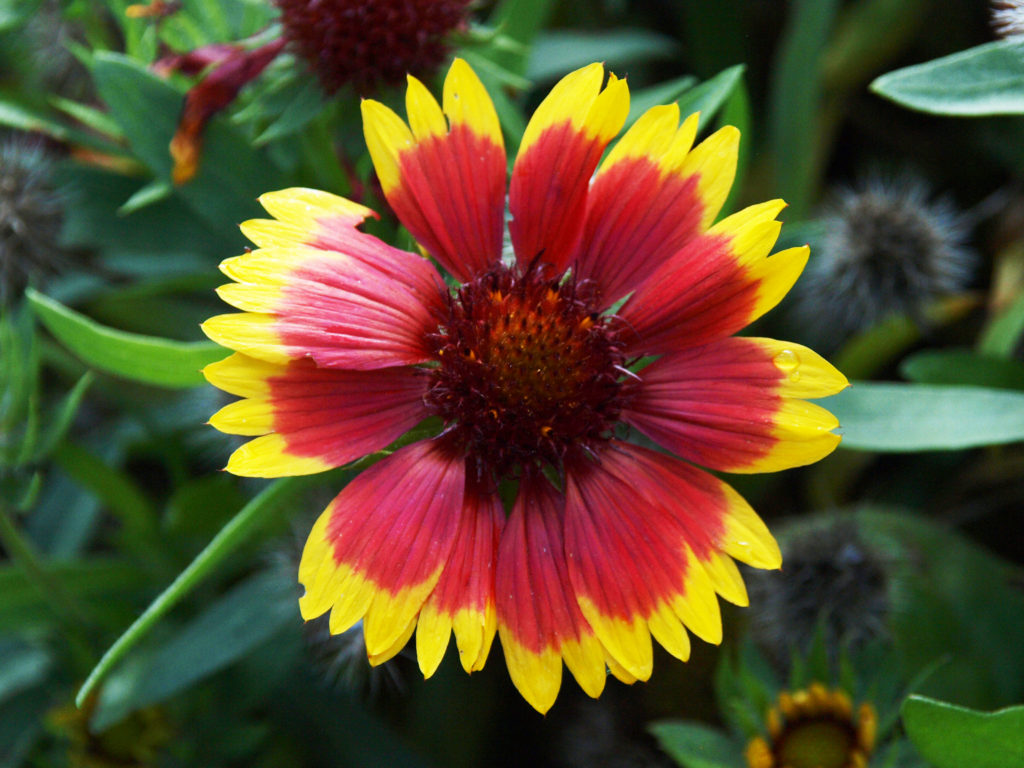
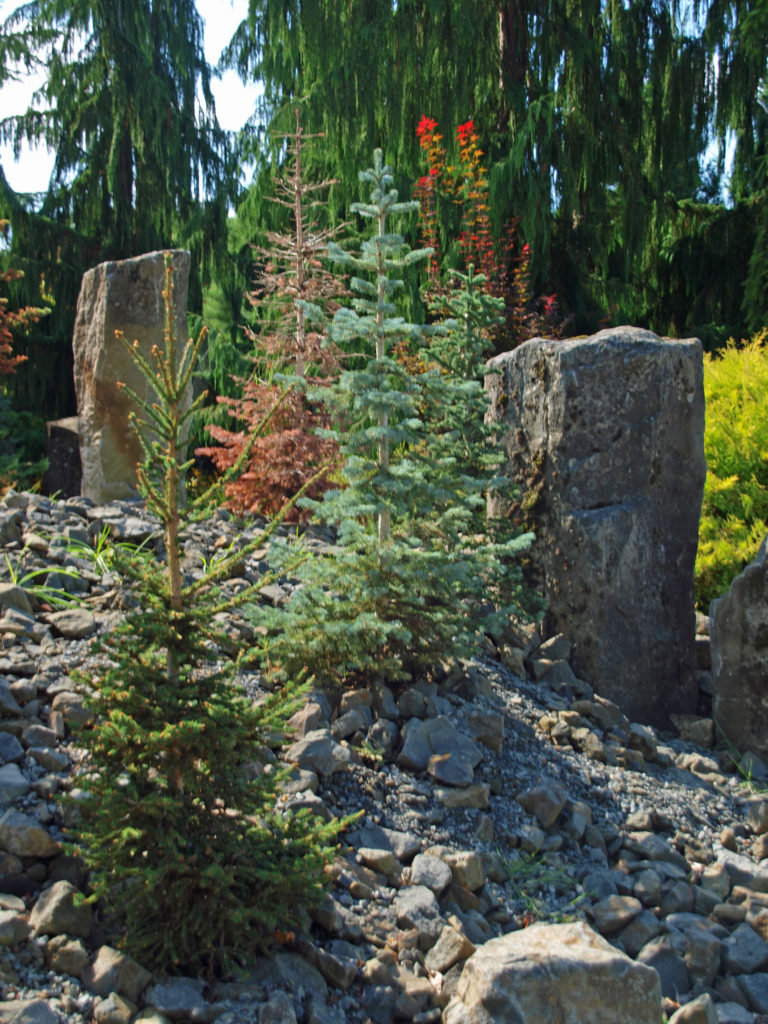
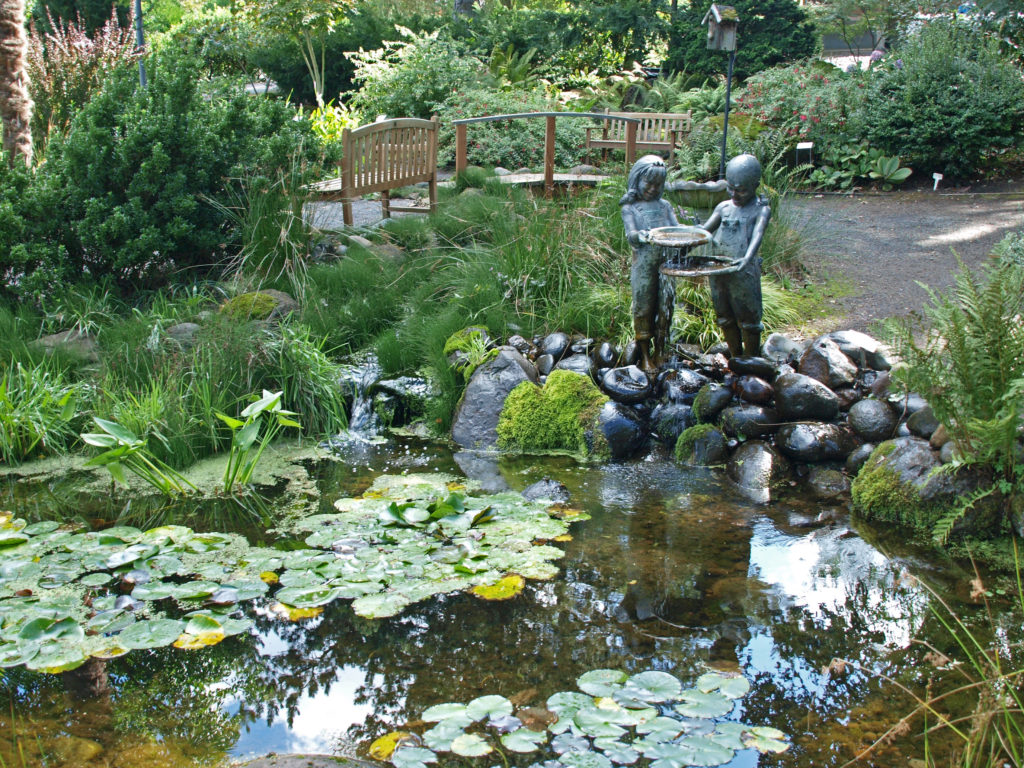
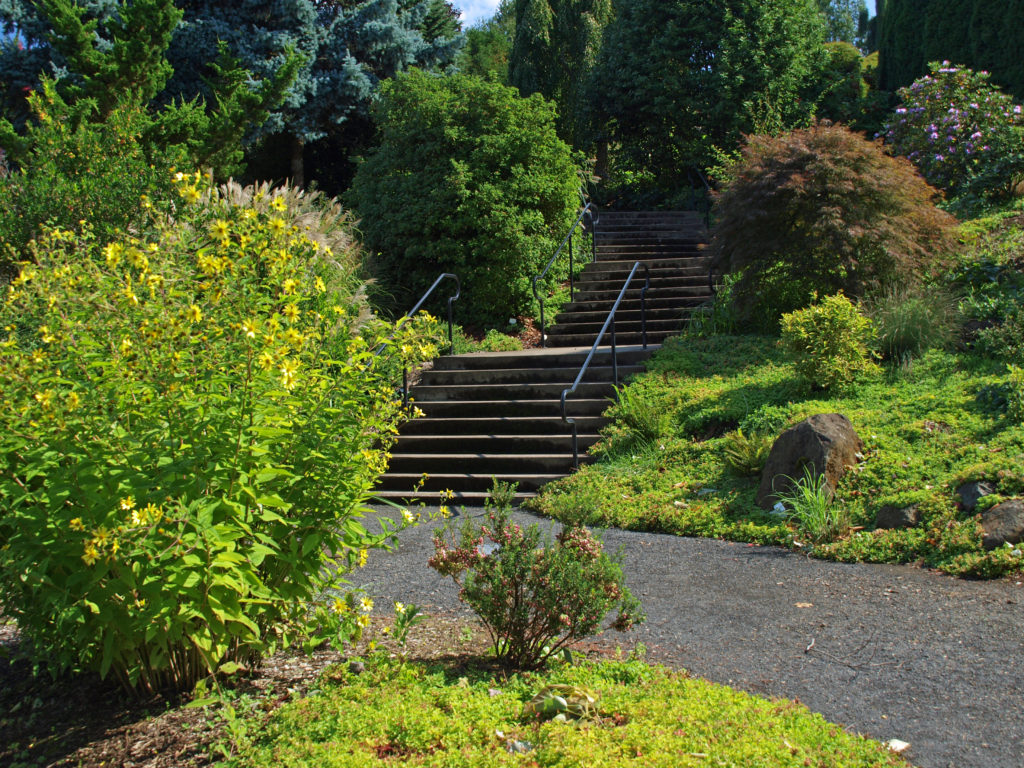 If you are making a day of it, dining options include the Little Leaf Cafe and the Garden View Restaurant and the Fireside Lounge at the Oregon Garden Resort. Or you can bring a picnic lunch and enjoy it in one of the designated picnic areas. A variety of dining options are also available in downtown Silverton.
If you are making a day of it, dining options include the Little Leaf Cafe and the Garden View Restaurant and the Fireside Lounge at the Oregon Garden Resort. Or you can bring a picnic lunch and enjoy it in one of the designated picnic areas. A variety of dining options are also available in downtown Silverton.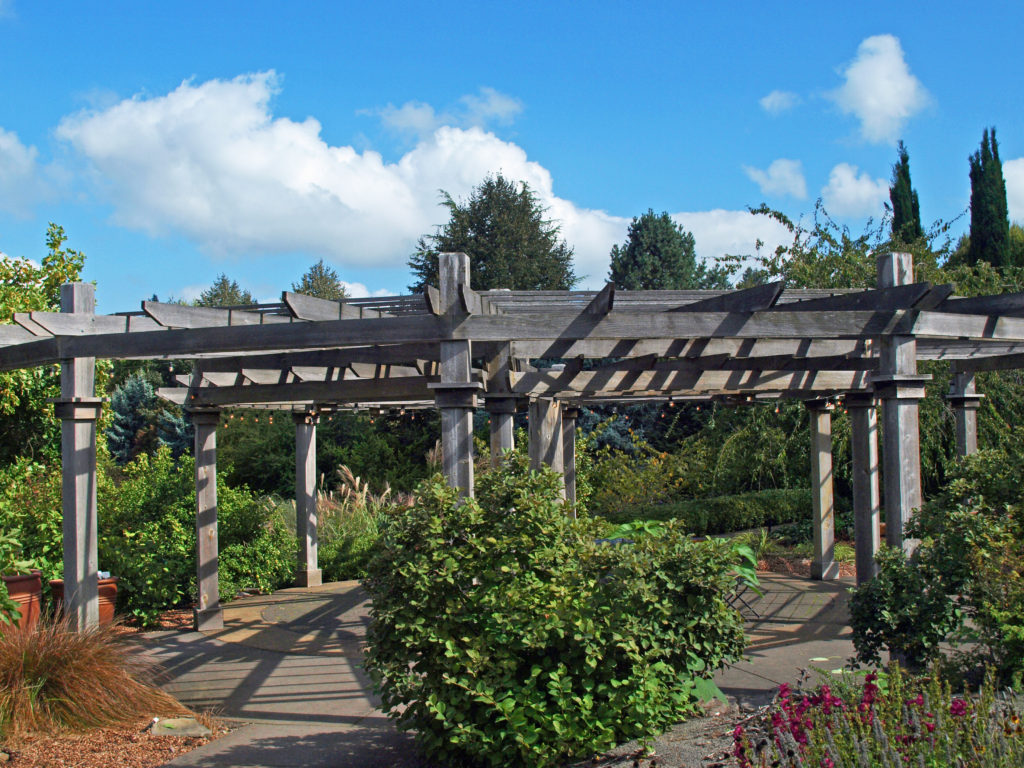 And if you’re visiting from outside the area, a trip to nearby
And if you’re visiting from outside the area, a trip to nearby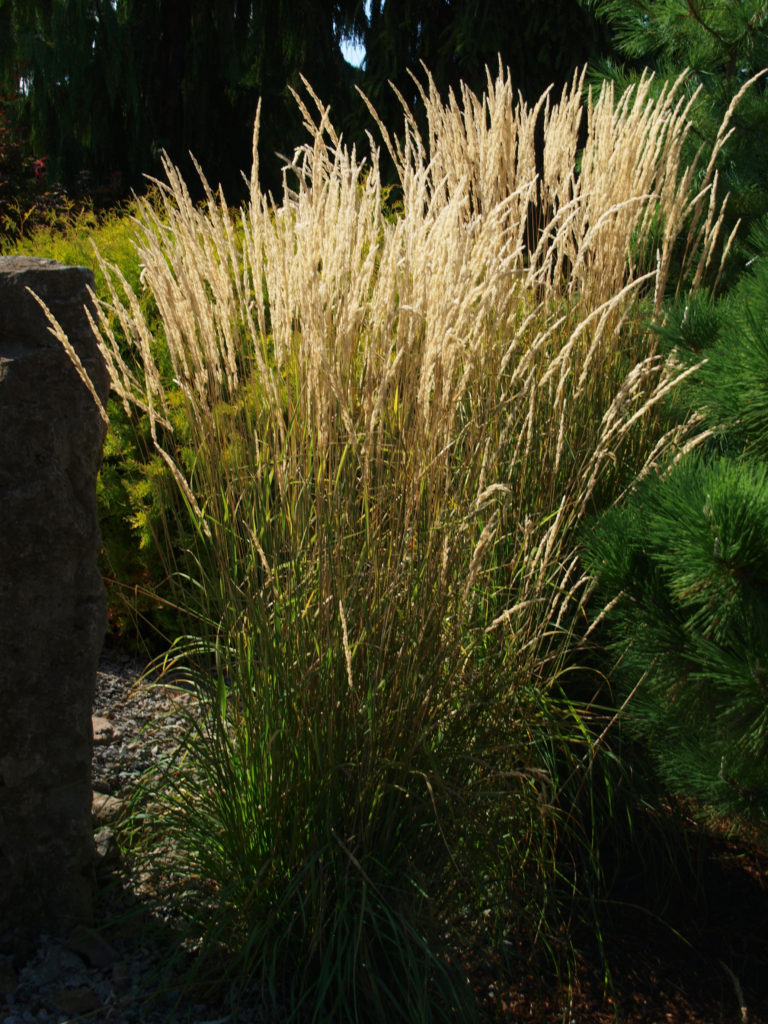
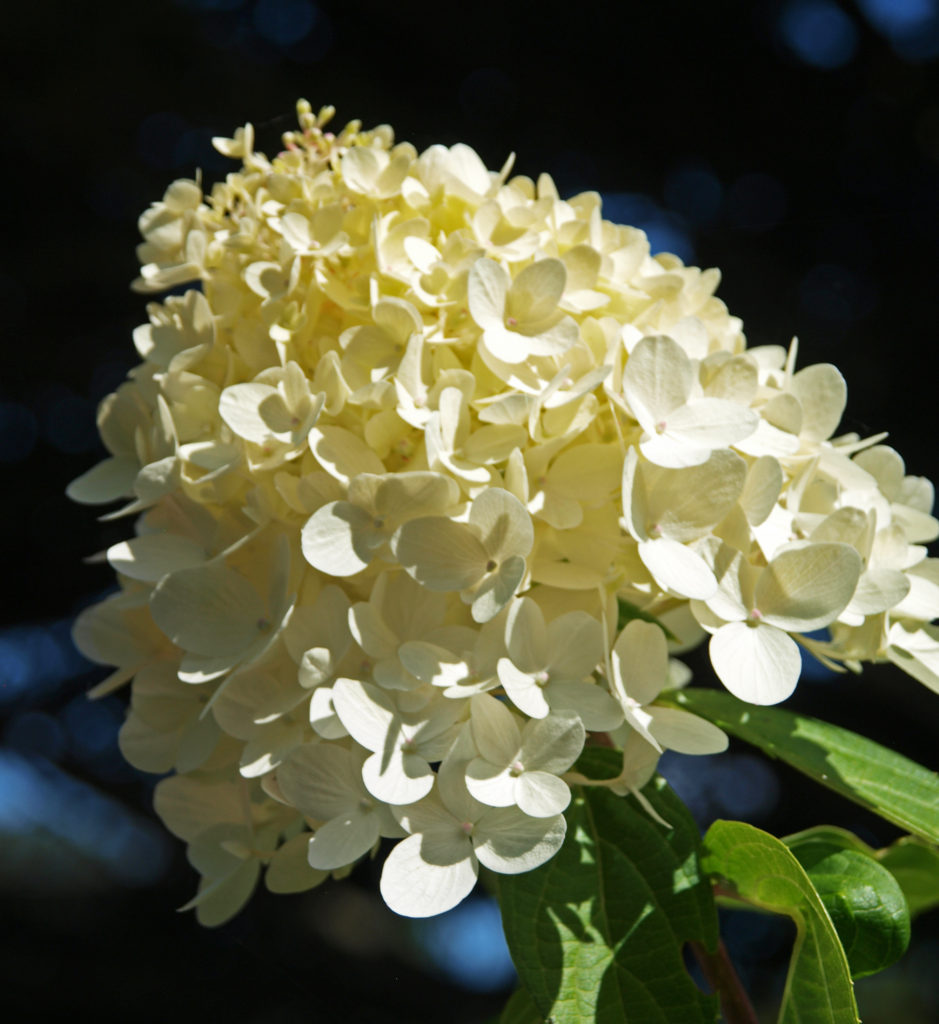 Originally posted October 6, 2019. Updated May 12, 2022.
Originally posted October 6, 2019. Updated May 12, 2022.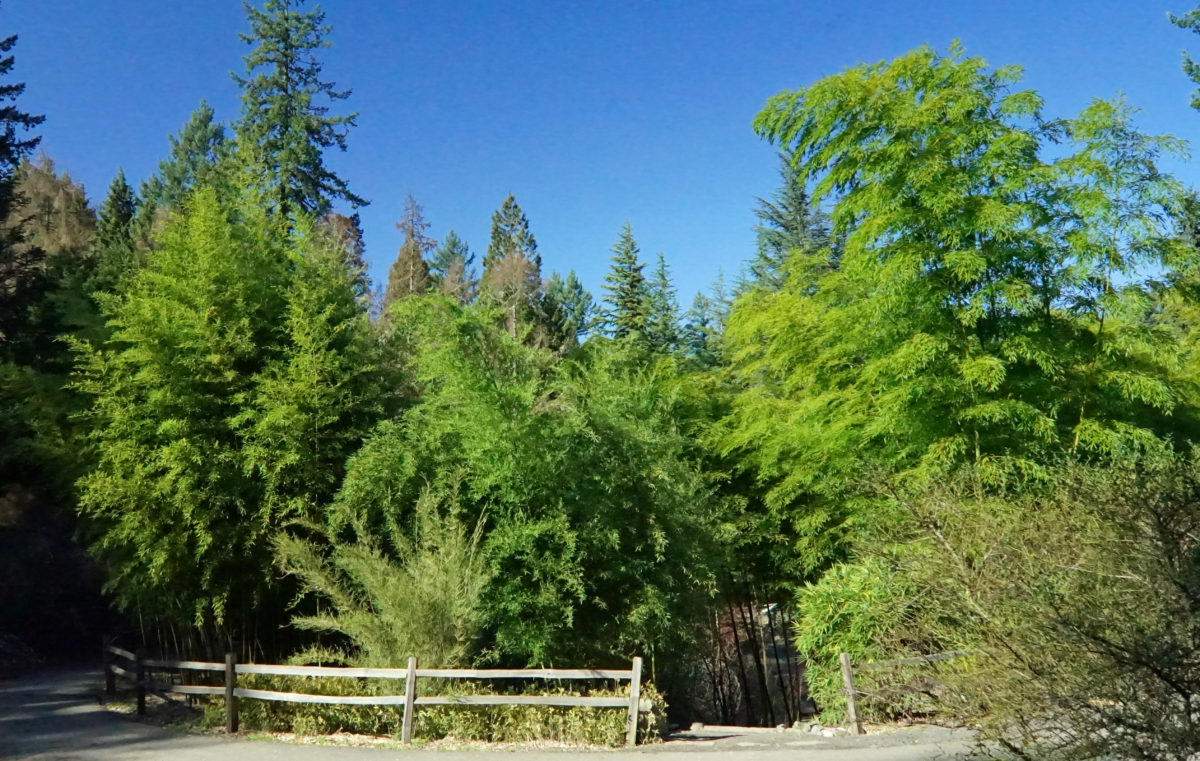
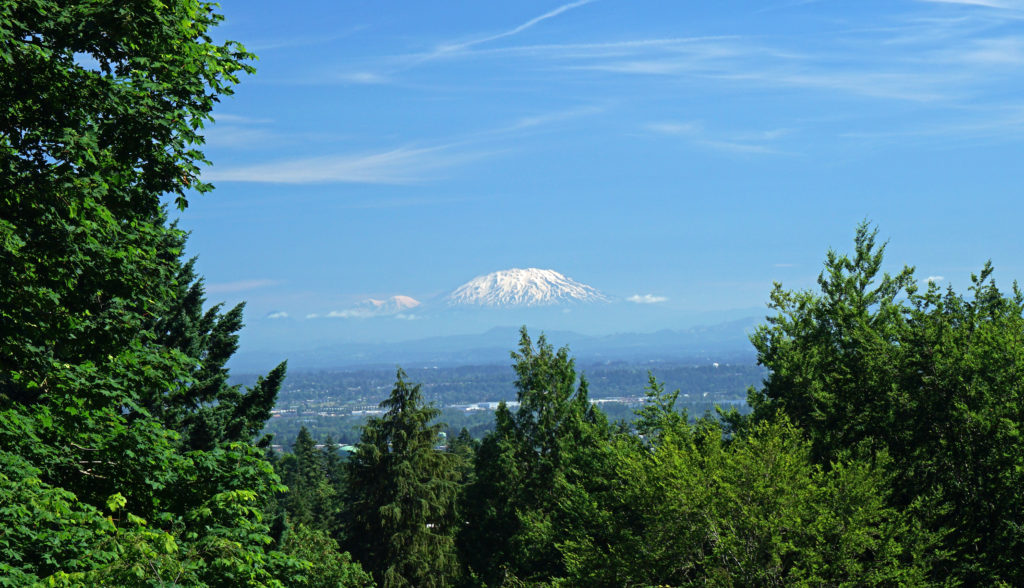 Today, the arboretum features more than 100 collections of trees and plants, organized by taxonomy and geography, spread over 189 acres in Washington Park in Portland’s West Hills. There are more than 2300 species native to six continents represented in the arboretum collections.
Today, the arboretum features more than 100 collections of trees and plants, organized by taxonomy and geography, spread over 189 acres in Washington Park in Portland’s West Hills. There are more than 2300 species native to six continents represented in the arboretum collections.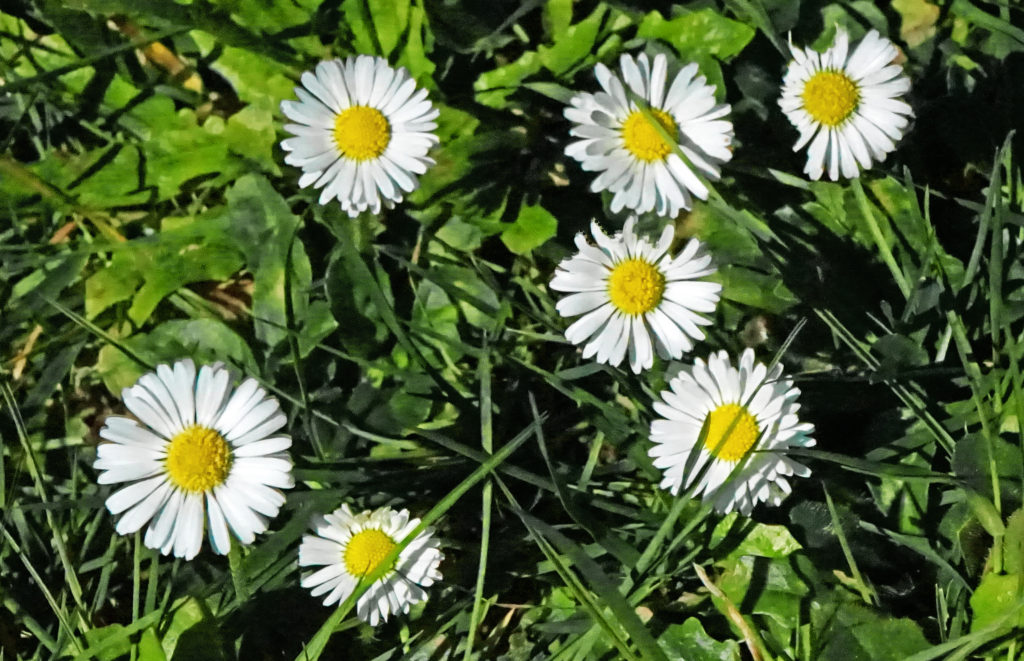
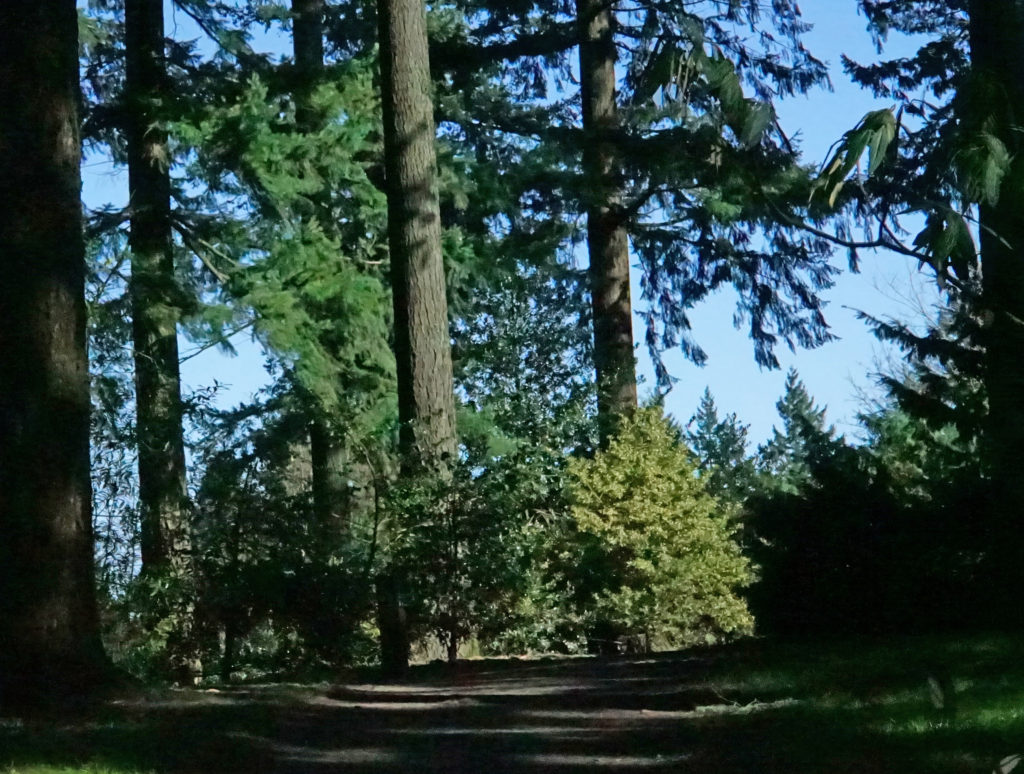
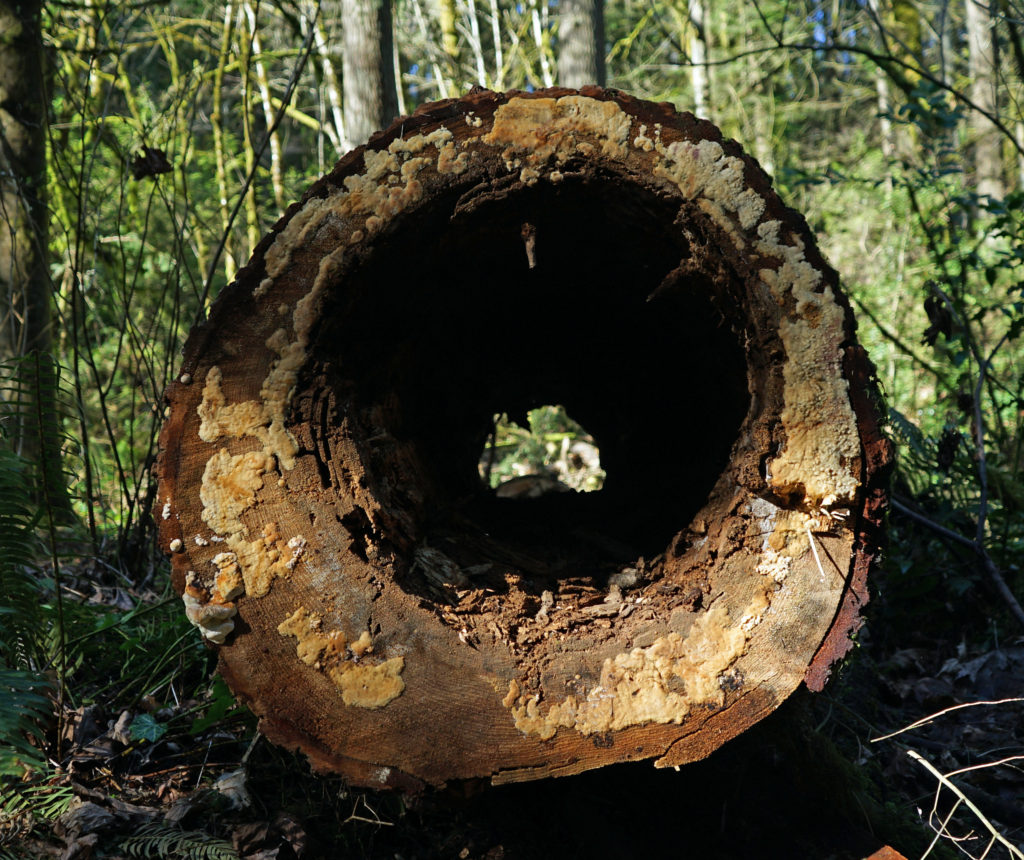
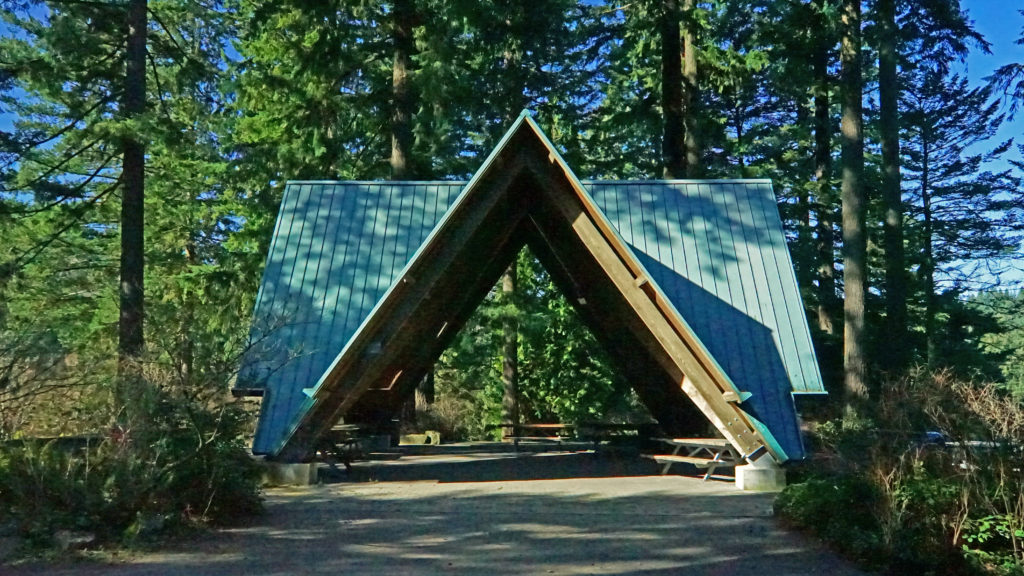

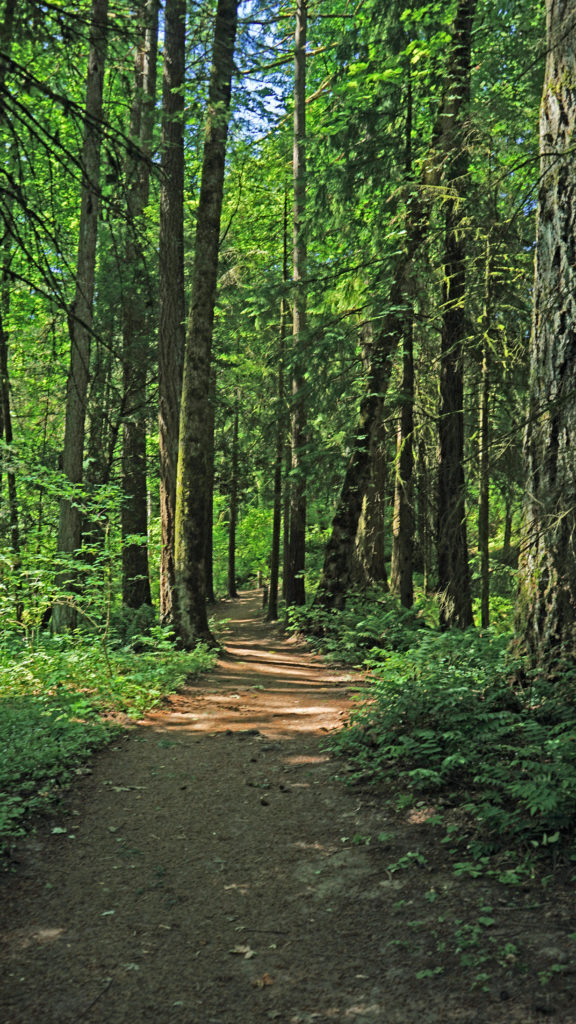
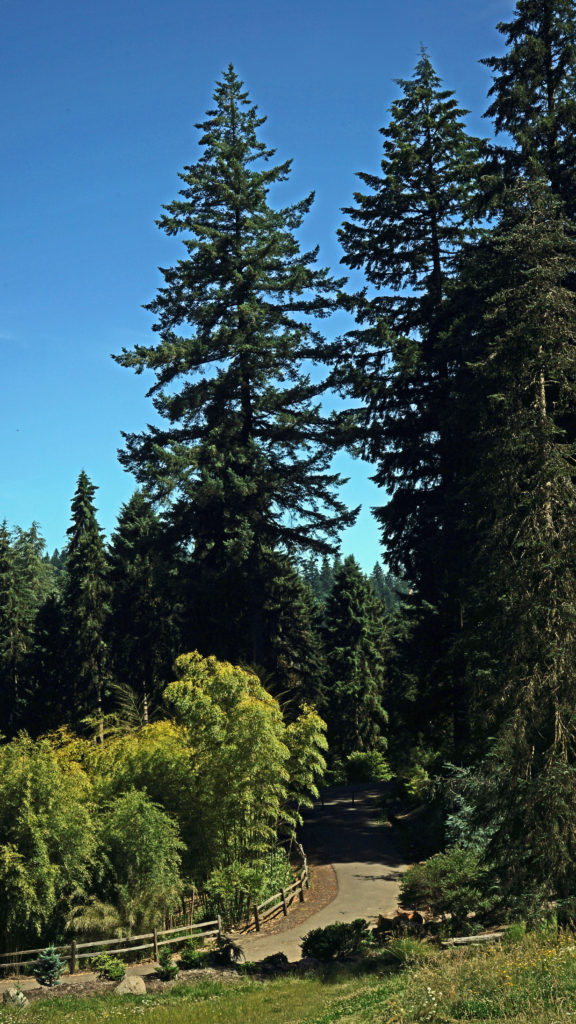 More information on the arboretum, directions, and parking and public transit information can be found on the arboretum’s website (linked above).
More information on the arboretum, directions, and parking and public transit information can be found on the arboretum’s website (linked above).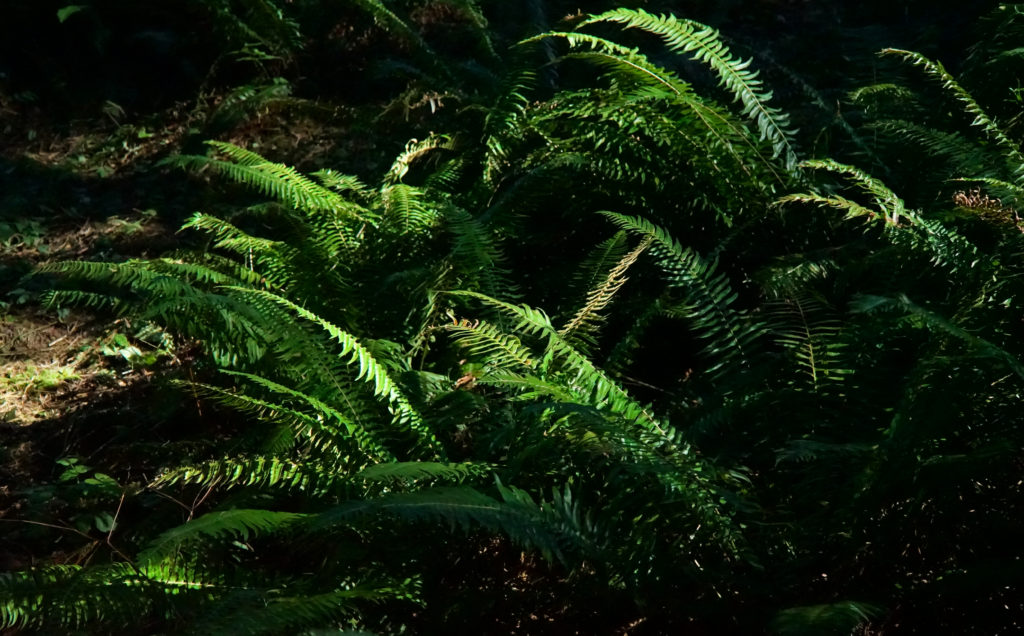
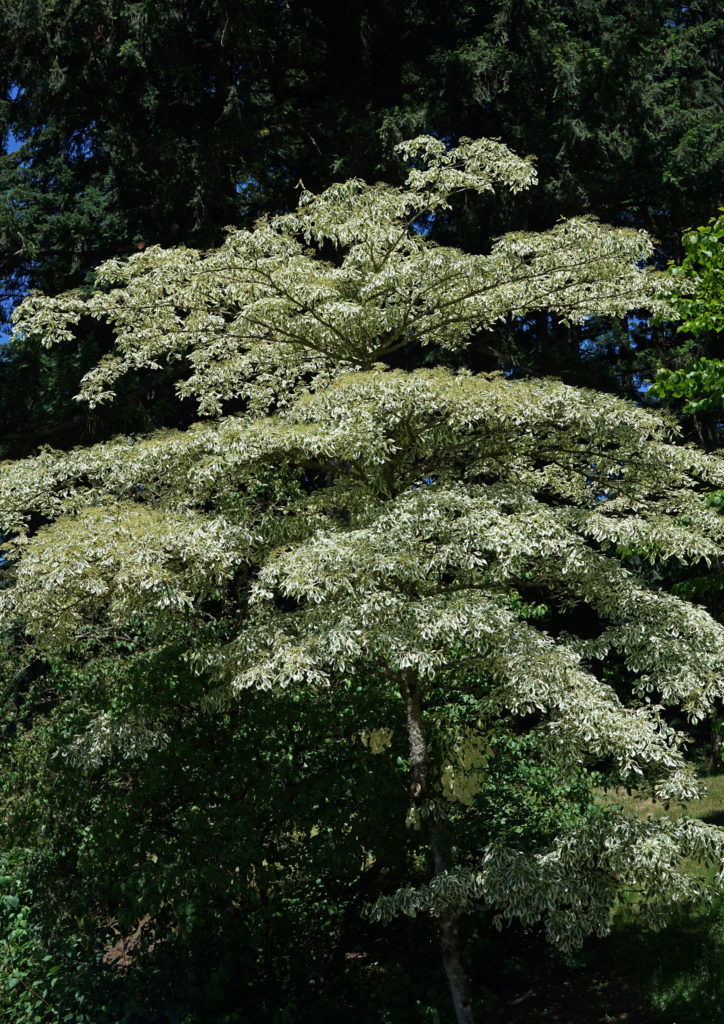 Originally posted April 8, 2020. Updated July 15, 2020 and May 5, 2022.
Originally posted April 8, 2020. Updated July 15, 2020 and May 5, 2022.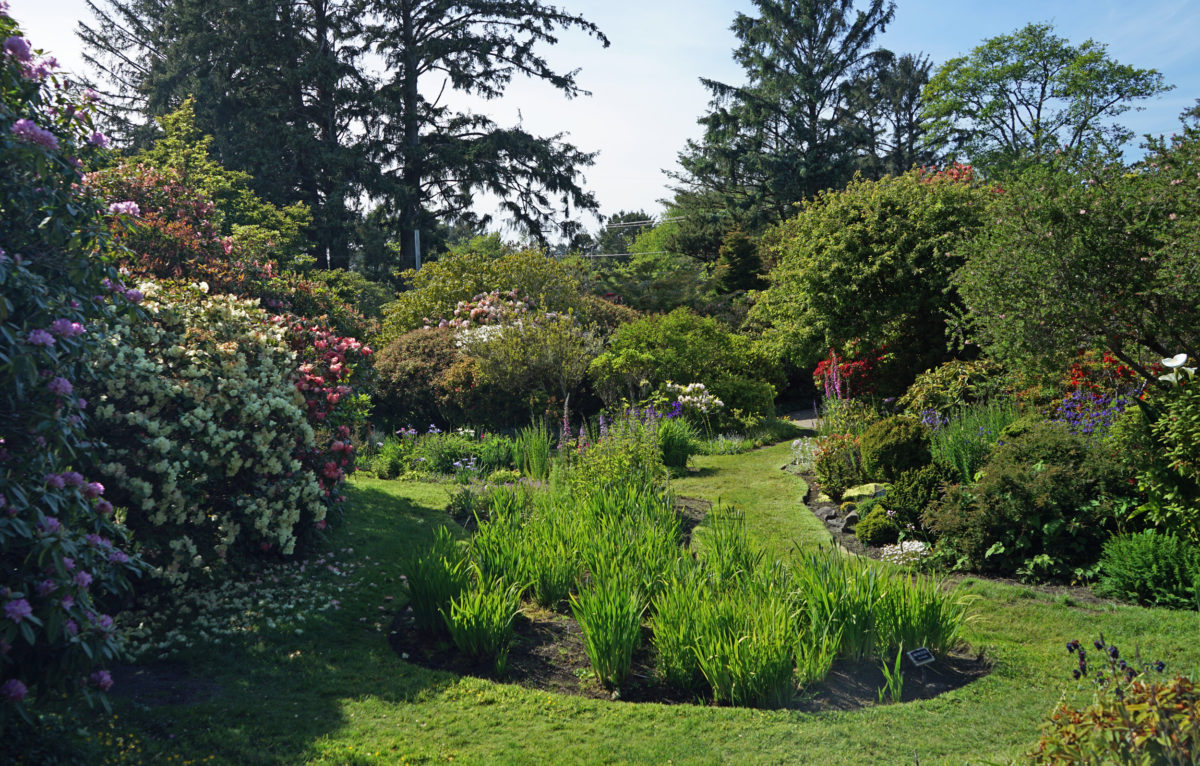
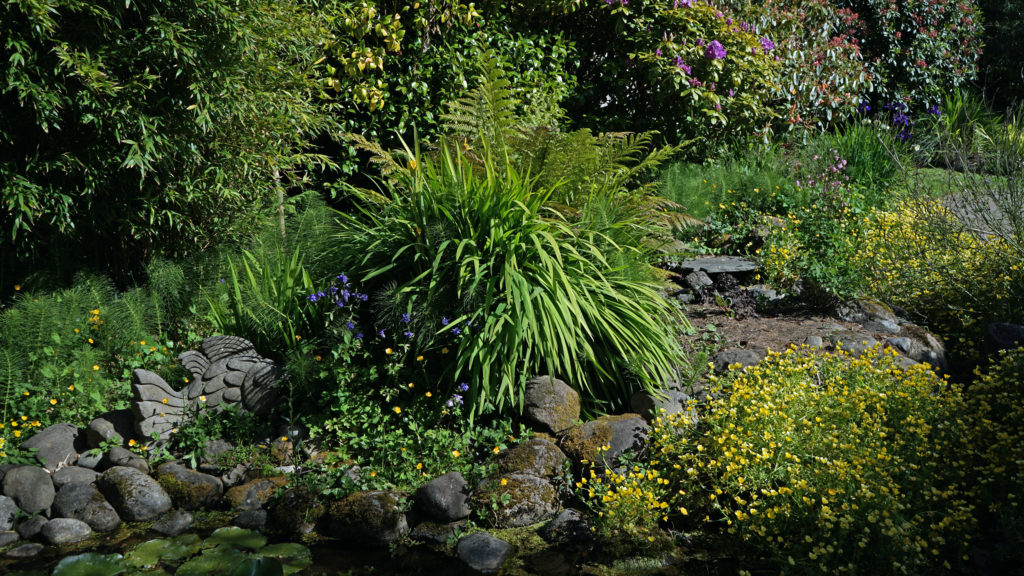 The Connie Hansen Garden in Lincoln City, Oregon is one of the smallest botanical gardens in the Northwest, at just 1¼ acres, but don’t let the size fool you, it’s also one of the best.
The Connie Hansen Garden in Lincoln City, Oregon is one of the smallest botanical gardens in the Northwest, at just 1¼ acres, but don’t let the size fool you, it’s also one of the best.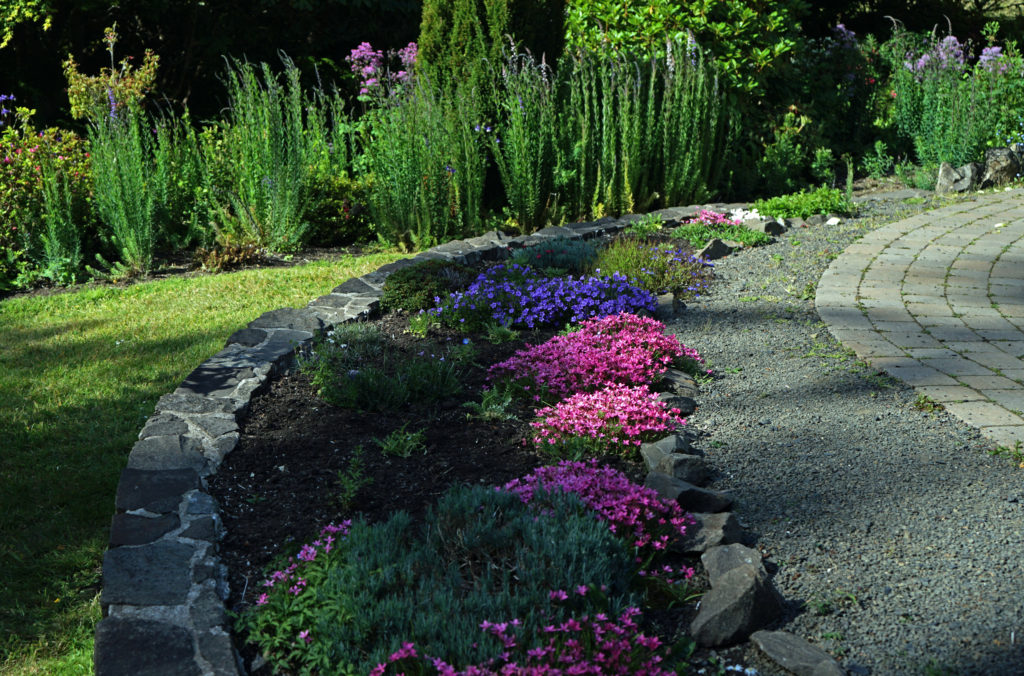
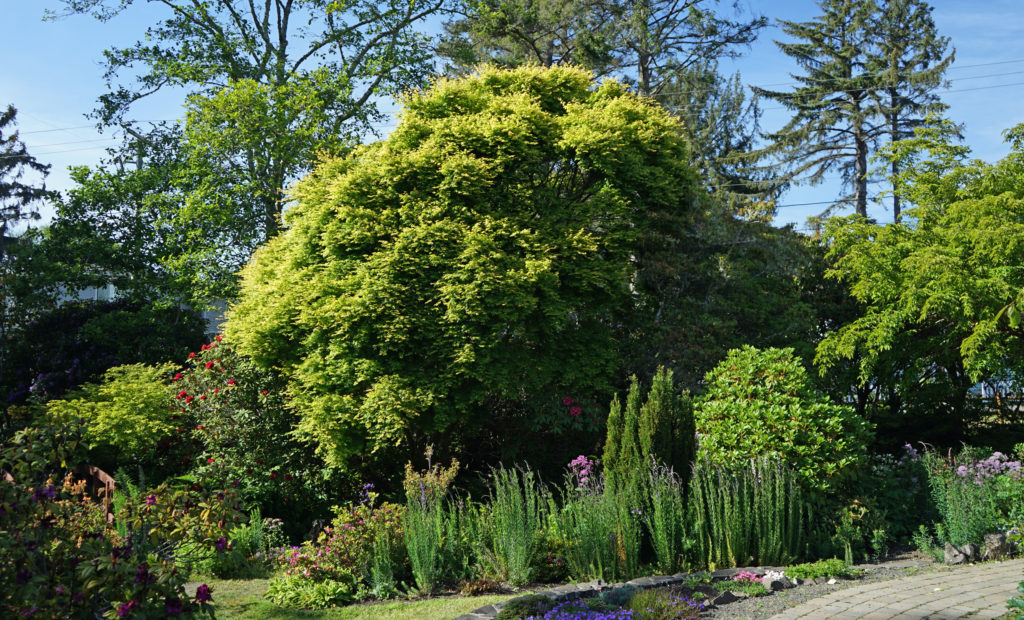 Connie Hansen grew up in Oregon, but moved to California to attend the University of California at Berkeley, where she earned a degree in botany. She moved back to Oregon late in her life, after her husband’s death and her retirement from the faculty of UC Berkeley.
Connie Hansen grew up in Oregon, but moved to California to attend the University of California at Berkeley, where she earned a degree in botany. She moved back to Oregon late in her life, after her husband’s death and her retirement from the faculty of UC Berkeley.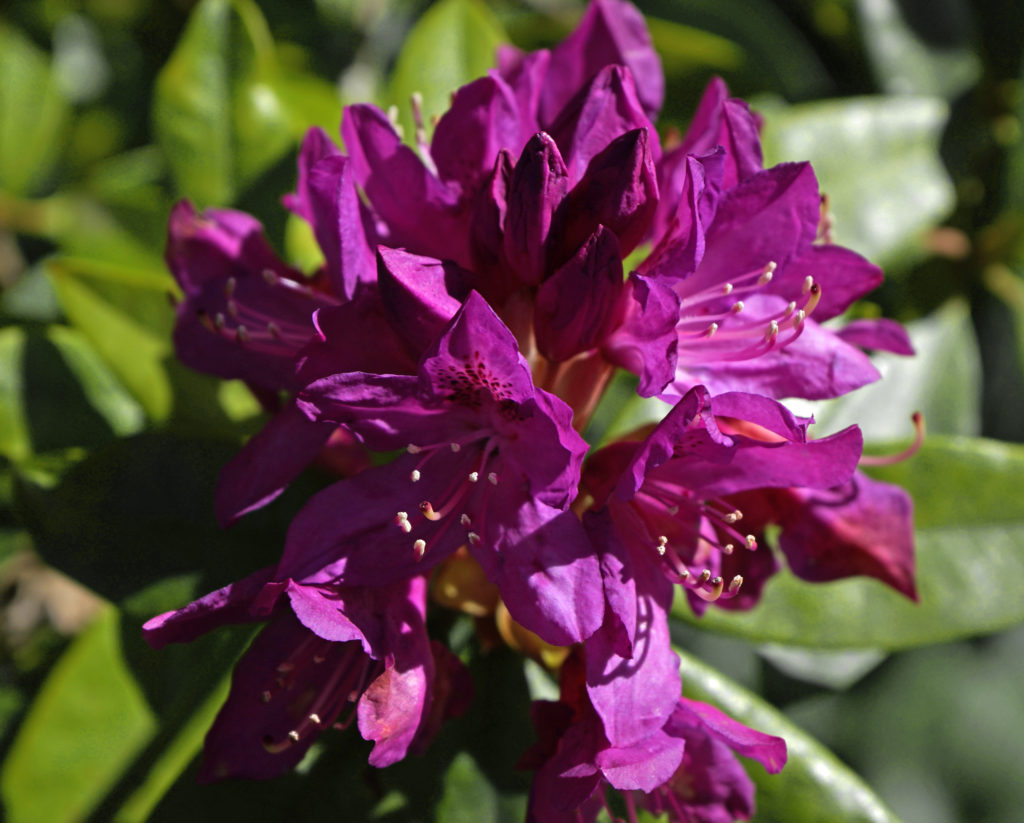 She began creating her garden in 1973 and she tended and continually expanded it for the next 20 years. After her death in 1993 a group of neighbors and local gardeners formed the
She began creating her garden in 1973 and she tended and continually expanded it for the next 20 years. After her death in 1993 a group of neighbors and local gardeners formed the 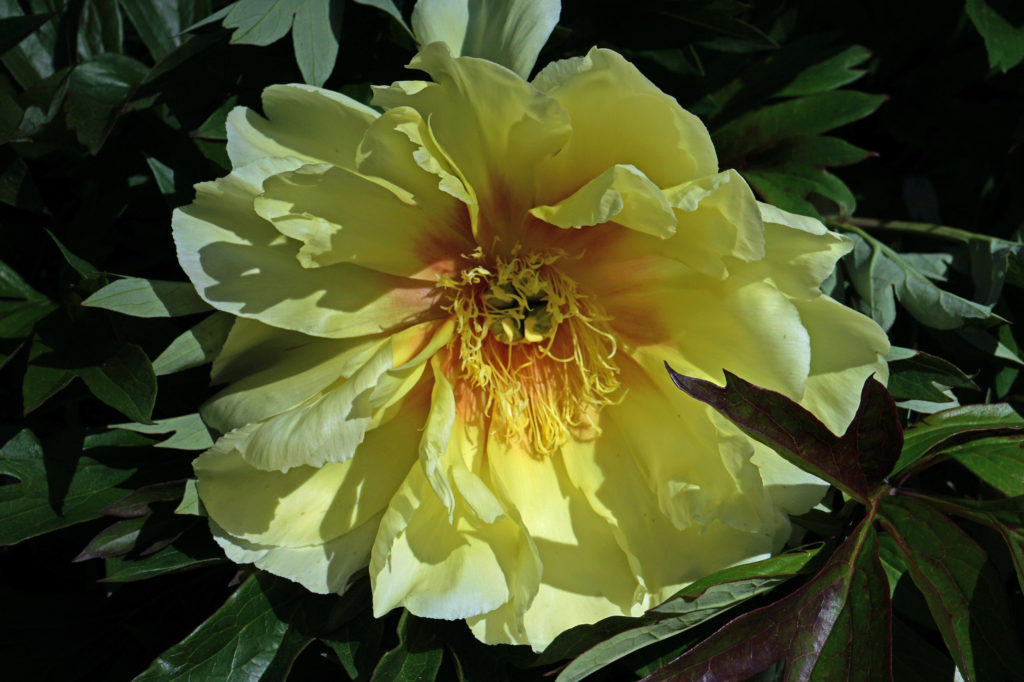 The garden is located at 1931 NW 33rd Street in Lincoln City. It is open daily from dawn to dusk. Admission is free, but donations are welcomed. The Garden House, Hansen’s former home, now houses a small gift shop where you can find gardening supplies, books, and souvenirs. There is also a small art gallery. It is open from 10:00 to 2:00 Tuesday and Friday through Sunday from March to mid-December.
The garden is located at 1931 NW 33rd Street in Lincoln City. It is open daily from dawn to dusk. Admission is free, but donations are welcomed. The Garden House, Hansen’s former home, now houses a small gift shop where you can find gardening supplies, books, and souvenirs. There is also a small art gallery. It is open from 10:00 to 2:00 Tuesday and Friday through Sunday from March to mid-December. The Conservancy conducts spring, summer, and fall plant sales, and there are usually plants for sale at other times as well. Garden memberships are available through the conservancy website for those that want to support the garden.
The Conservancy conducts spring, summer, and fall plant sales, and there are usually plants for sale at other times as well. Garden memberships are available through the conservancy website for those that want to support the garden.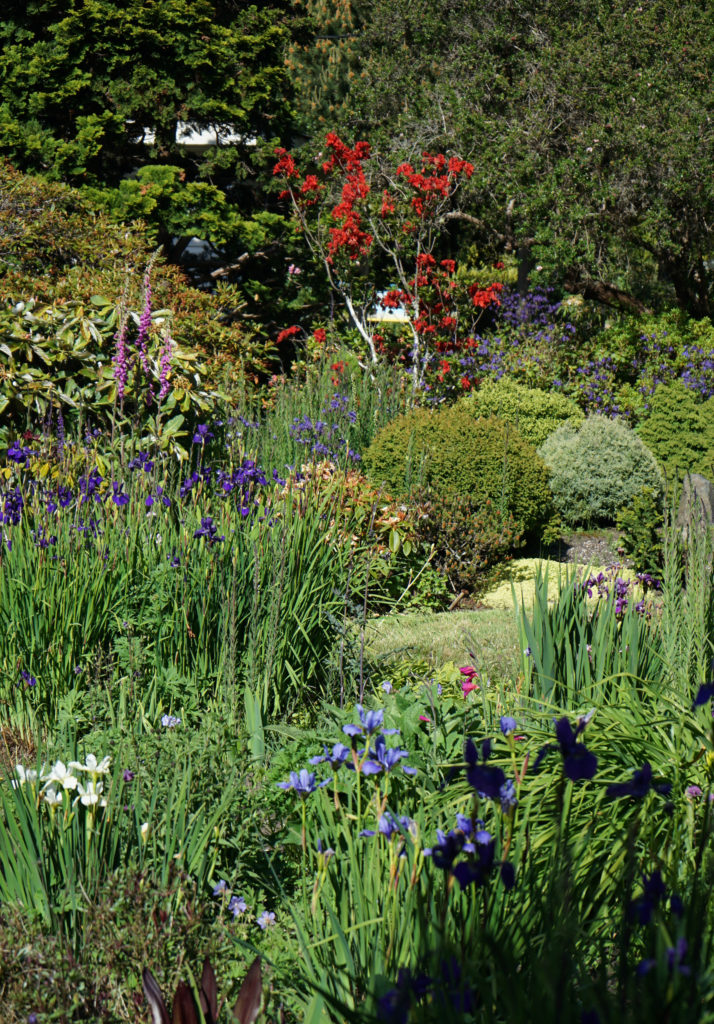
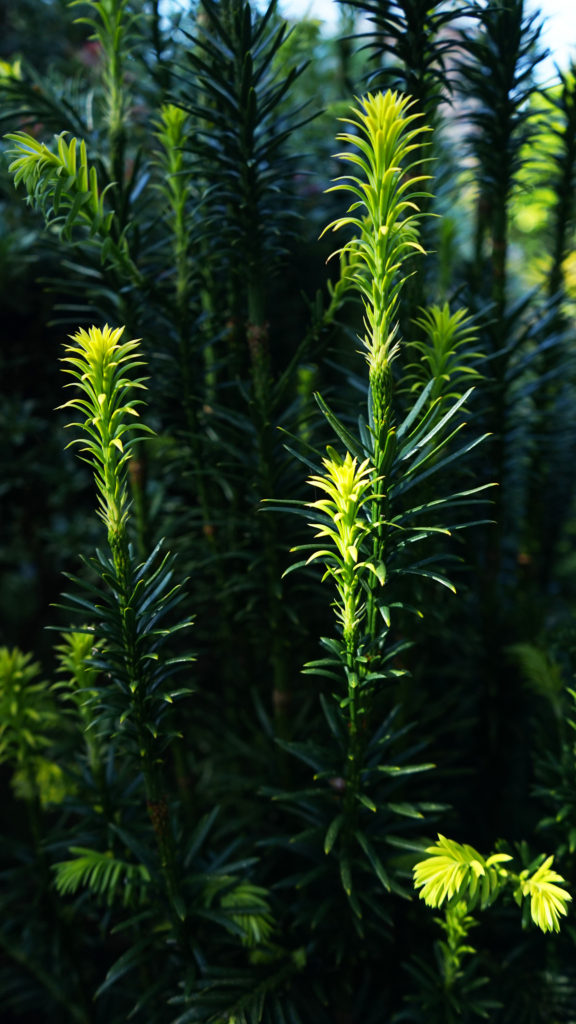 Originally posted June 17, 2021. Updated and re-posted April 27, 2022.
Originally posted June 17, 2021. Updated and re-posted April 27, 2022.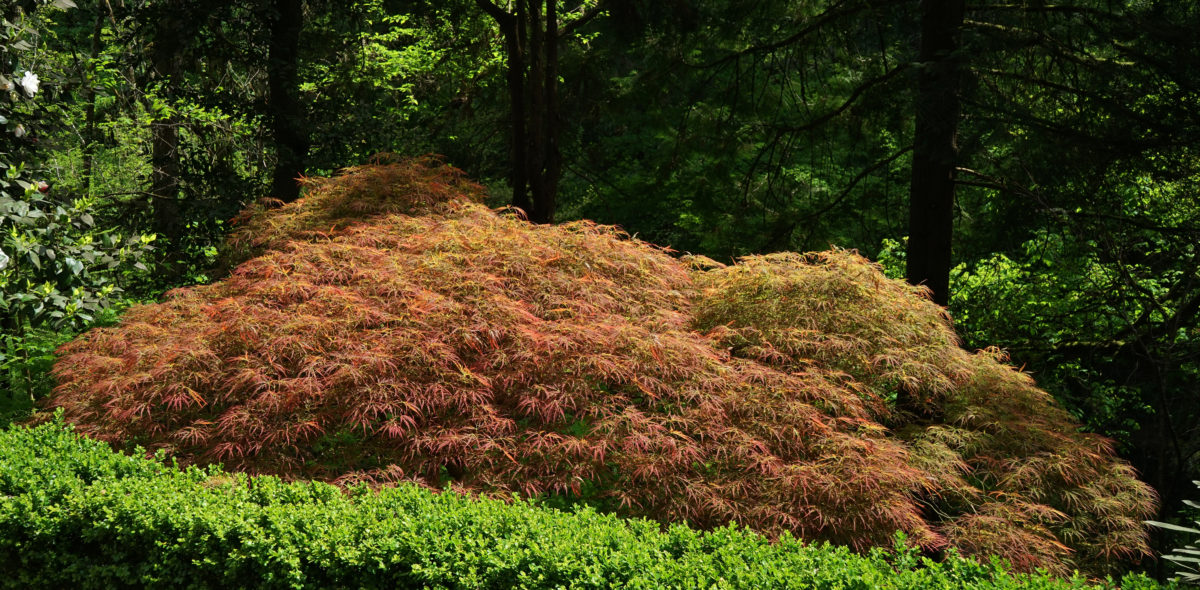
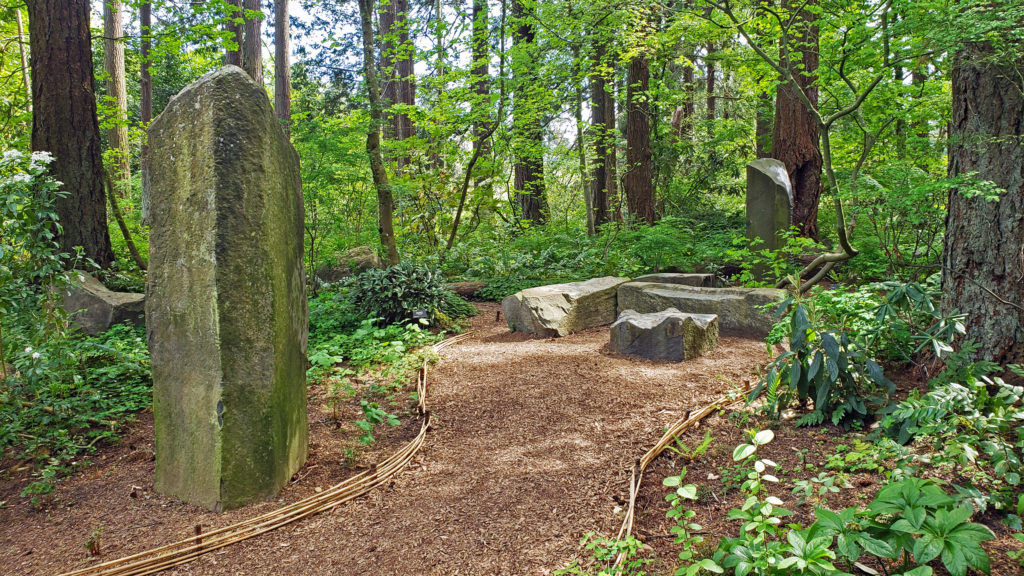
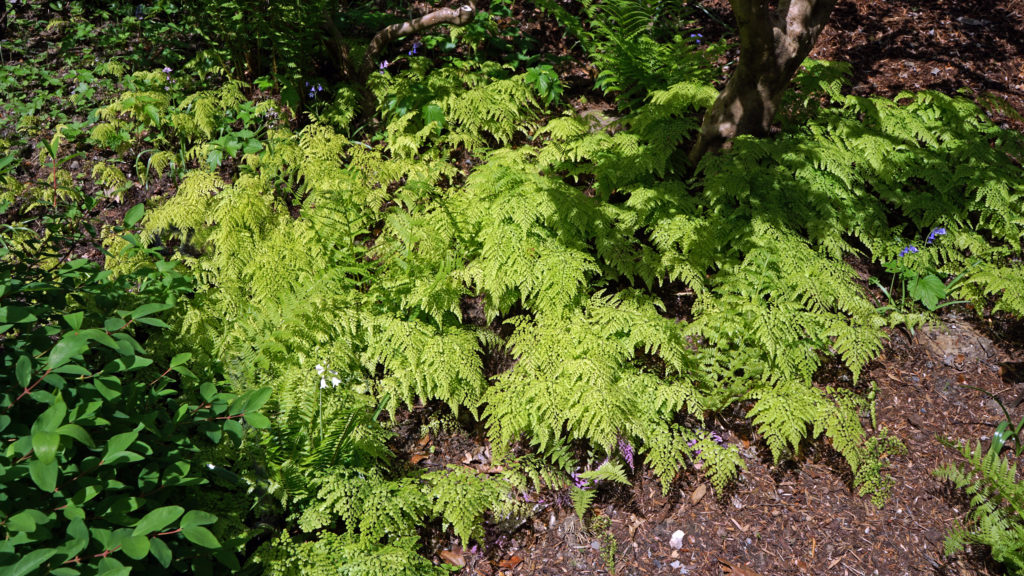 Both the Stone Cabin and the Manor House still stand. The Manor House now houses the garden’s gift shop and is a popular wedding venue and event space. (The part of the garden south of Johnson Creek, including the Stone Cabin, is currently closed to the public).
Both the Stone Cabin and the Manor House still stand. The Manor House now houses the garden’s gift shop and is a popular wedding venue and event space. (The part of the garden south of Johnson Creek, including the Stone Cabin, is currently closed to the public).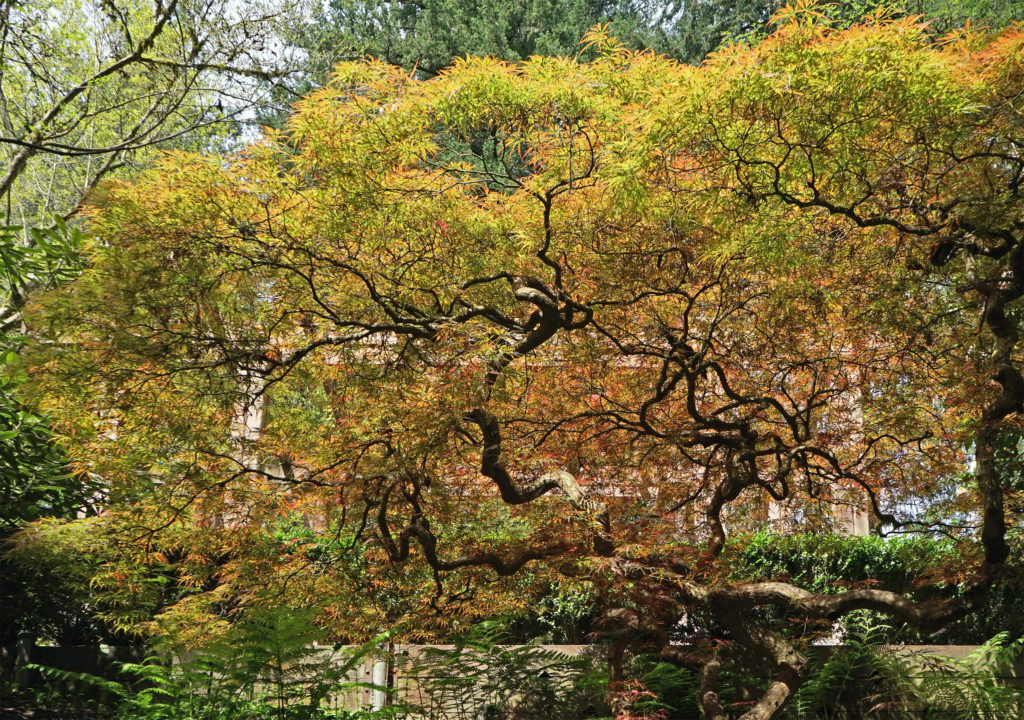
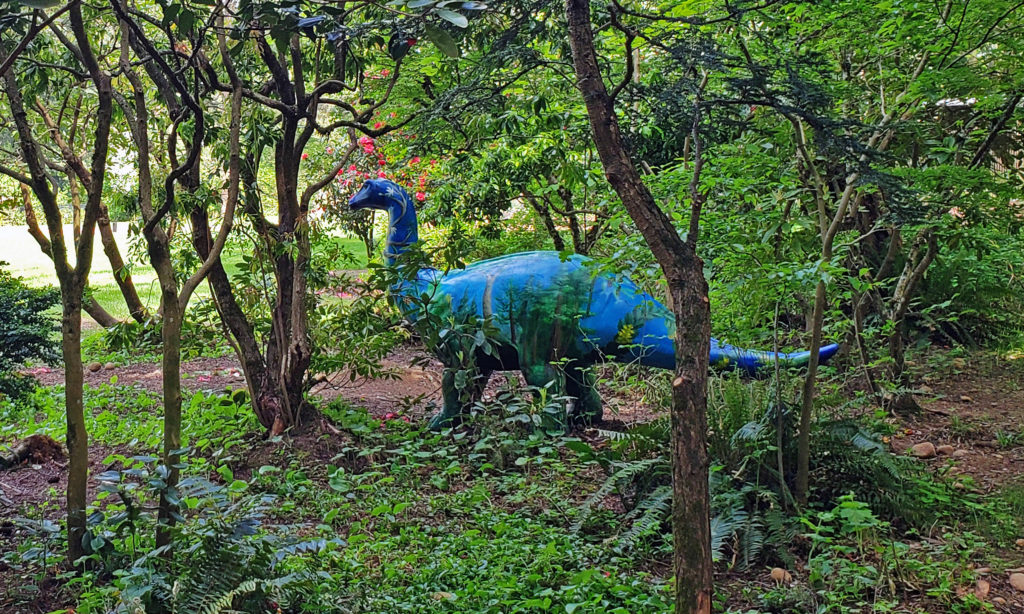 Lilla Leach was an amateur botanist and discovered five plants previously unknown to science. One, Kalmiopsis leachiana, is named after her, and the southwest Oregon wilderness where she discovered it is now known as the Kalmiopsis Wilderness. Over the years she planted many native plant species, some of them rare, on the estate they called Sleepy Hollow.
Lilla Leach was an amateur botanist and discovered five plants previously unknown to science. One, Kalmiopsis leachiana, is named after her, and the southwest Oregon wilderness where she discovered it is now known as the Kalmiopsis Wilderness. Over the years she planted many native plant species, some of them rare, on the estate they called Sleepy Hollow.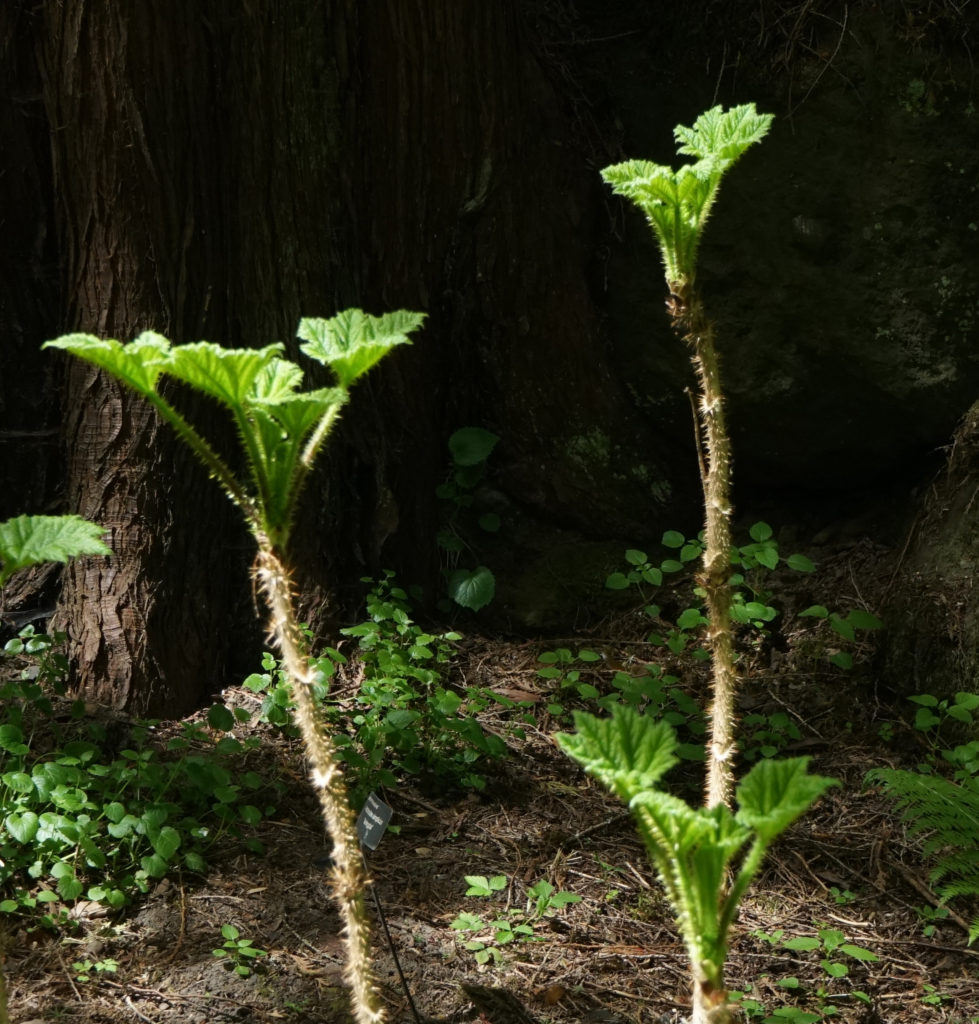
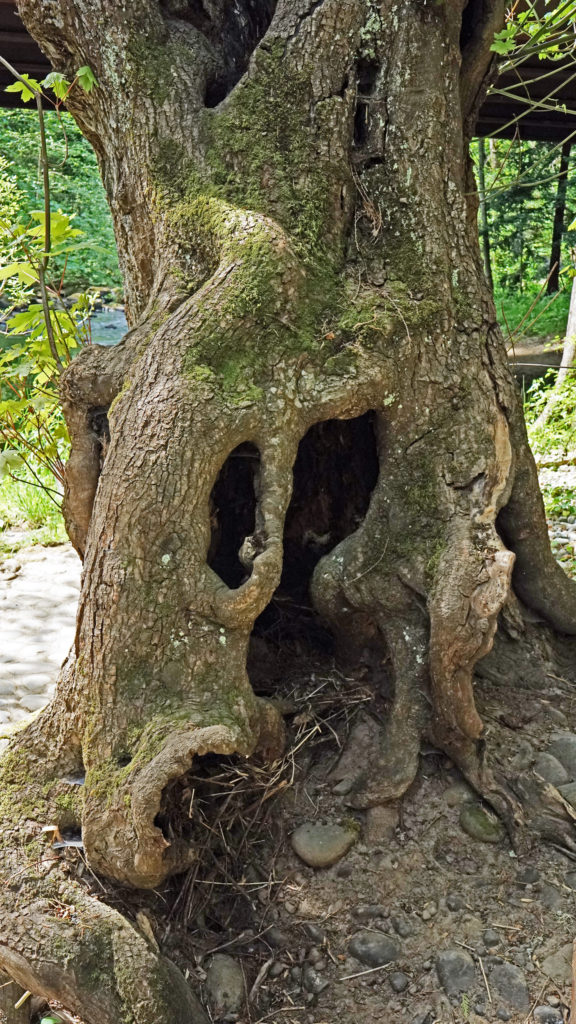
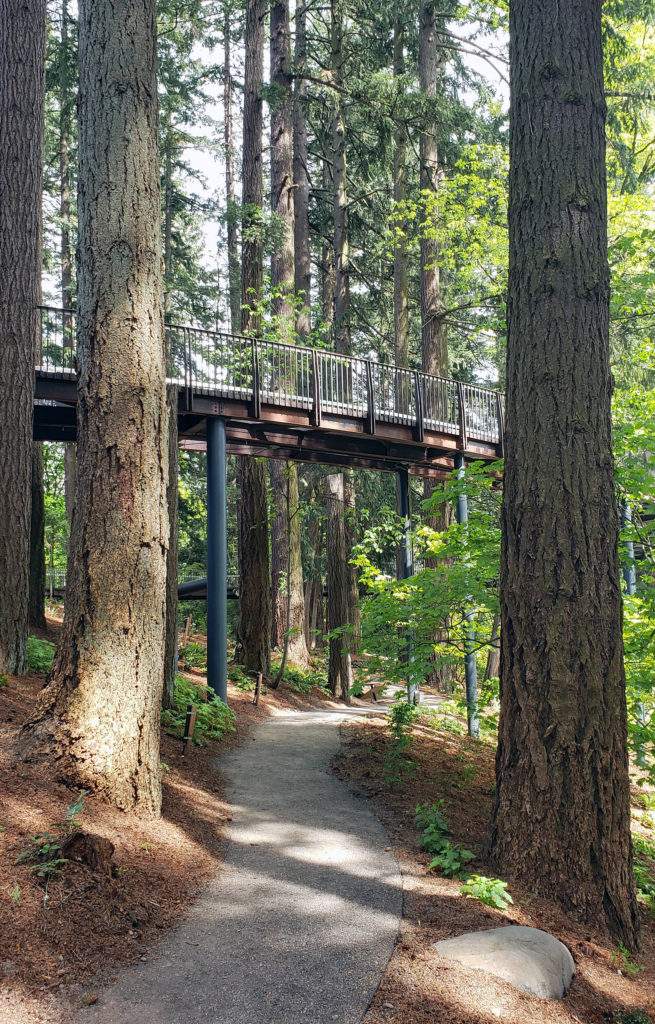
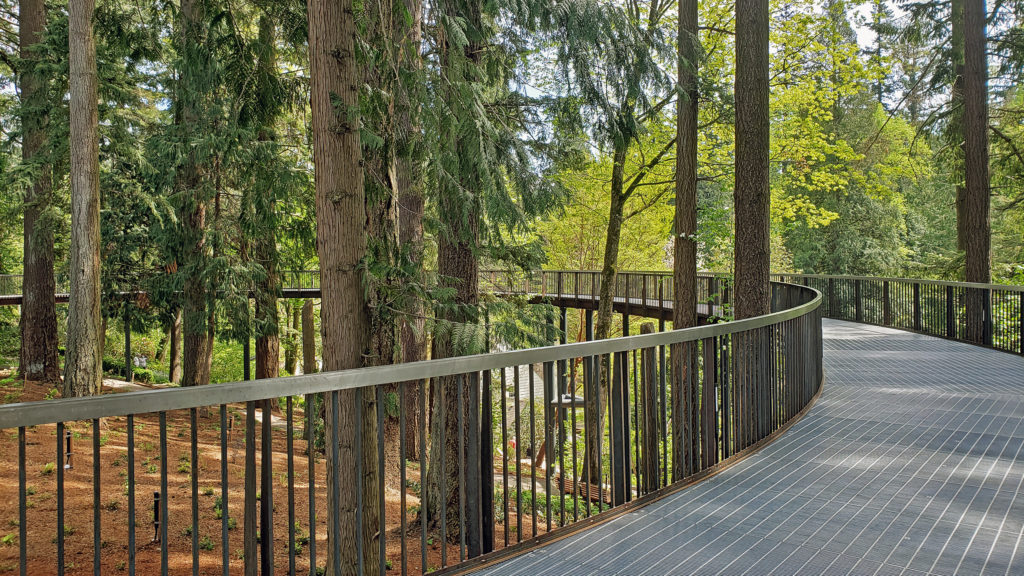
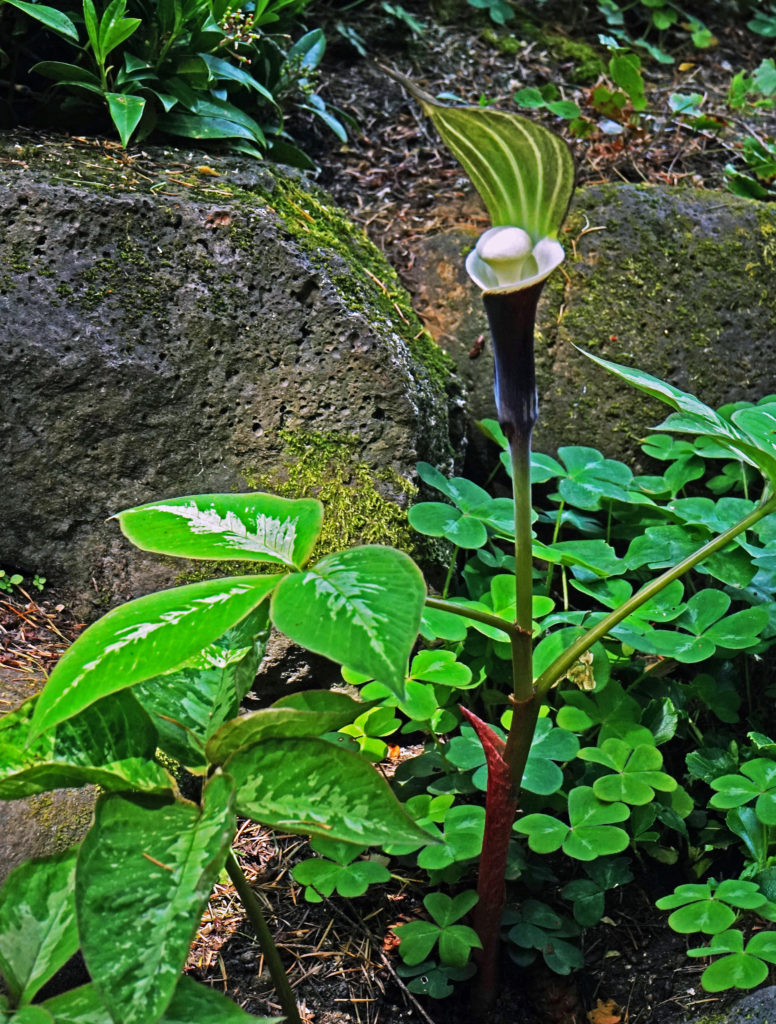
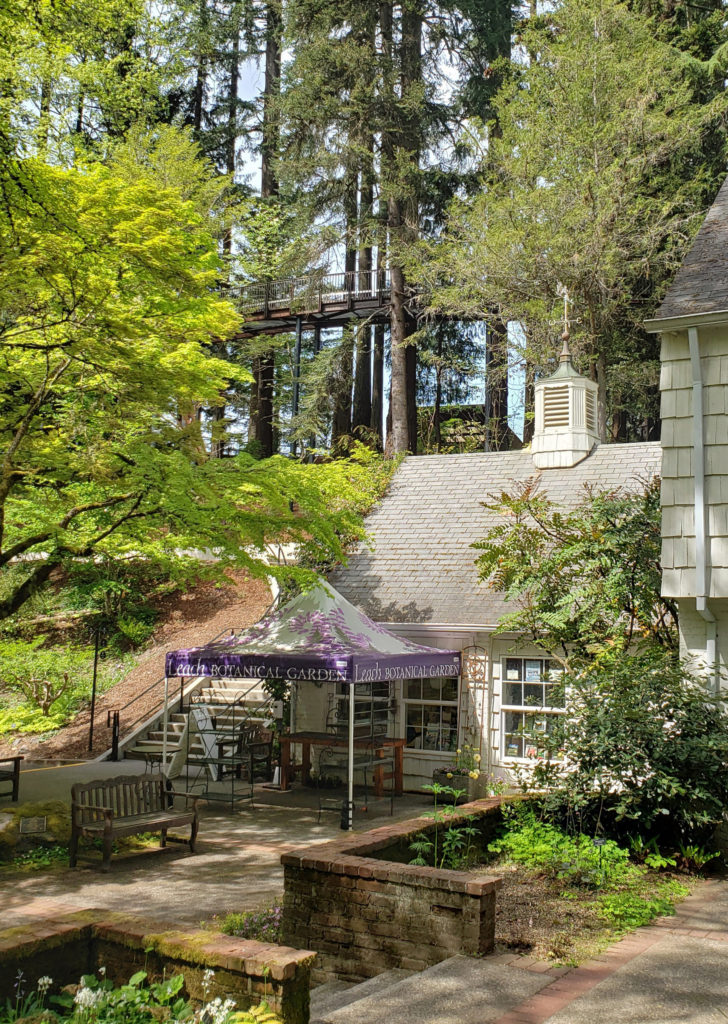
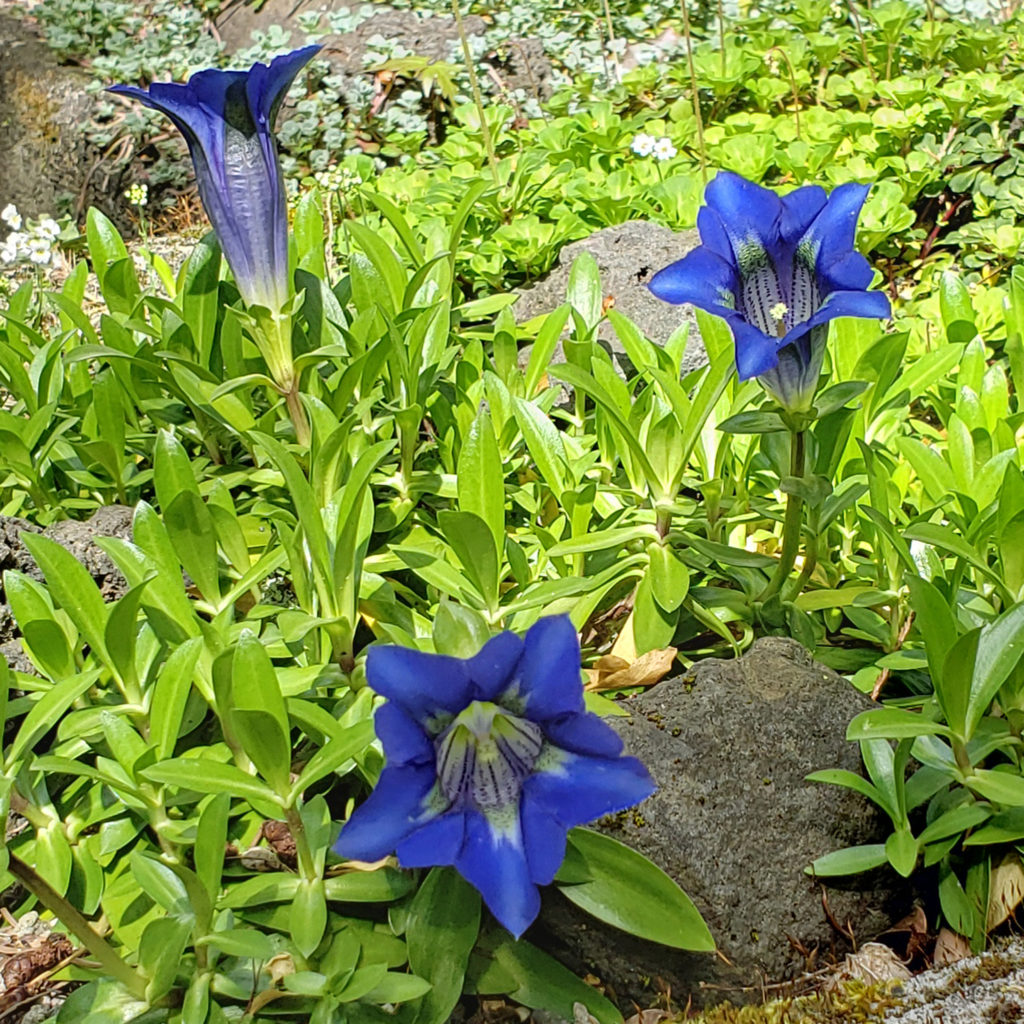 There is currently no admission charge, but donations are encouraged and go to support operation of the garden and the garden’s educational programs. You can also register for a garden tour on the website, which is currently the only way to visit the Stone Cabin and the historic Outdoor Kitchen on the south side of Johnson Creek..
There is currently no admission charge, but donations are encouraged and go to support operation of the garden and the garden’s educational programs. You can also register for a garden tour on the website, which is currently the only way to visit the Stone Cabin and the historic Outdoor Kitchen on the south side of Johnson Creek..
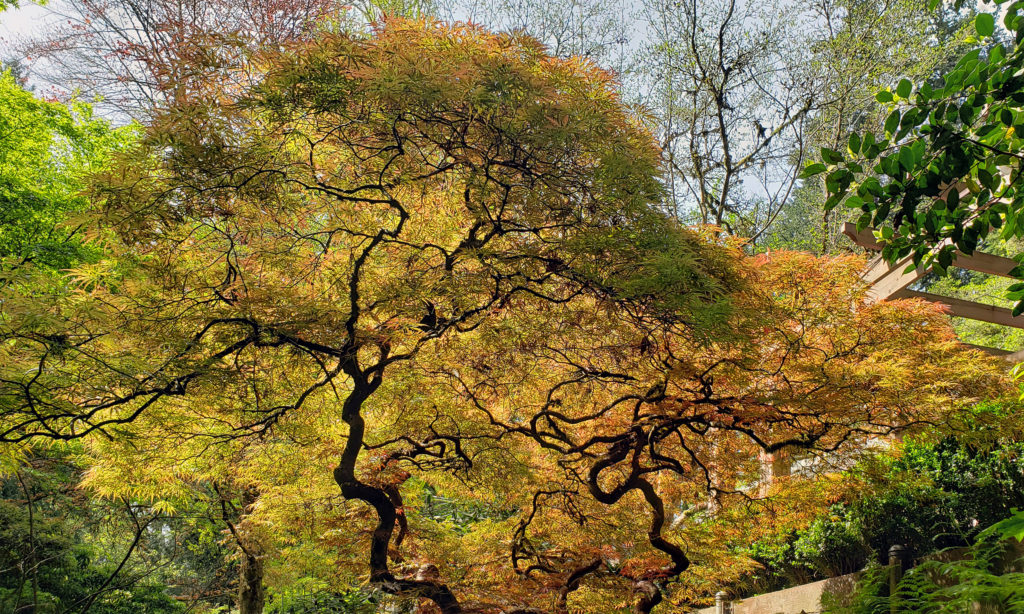
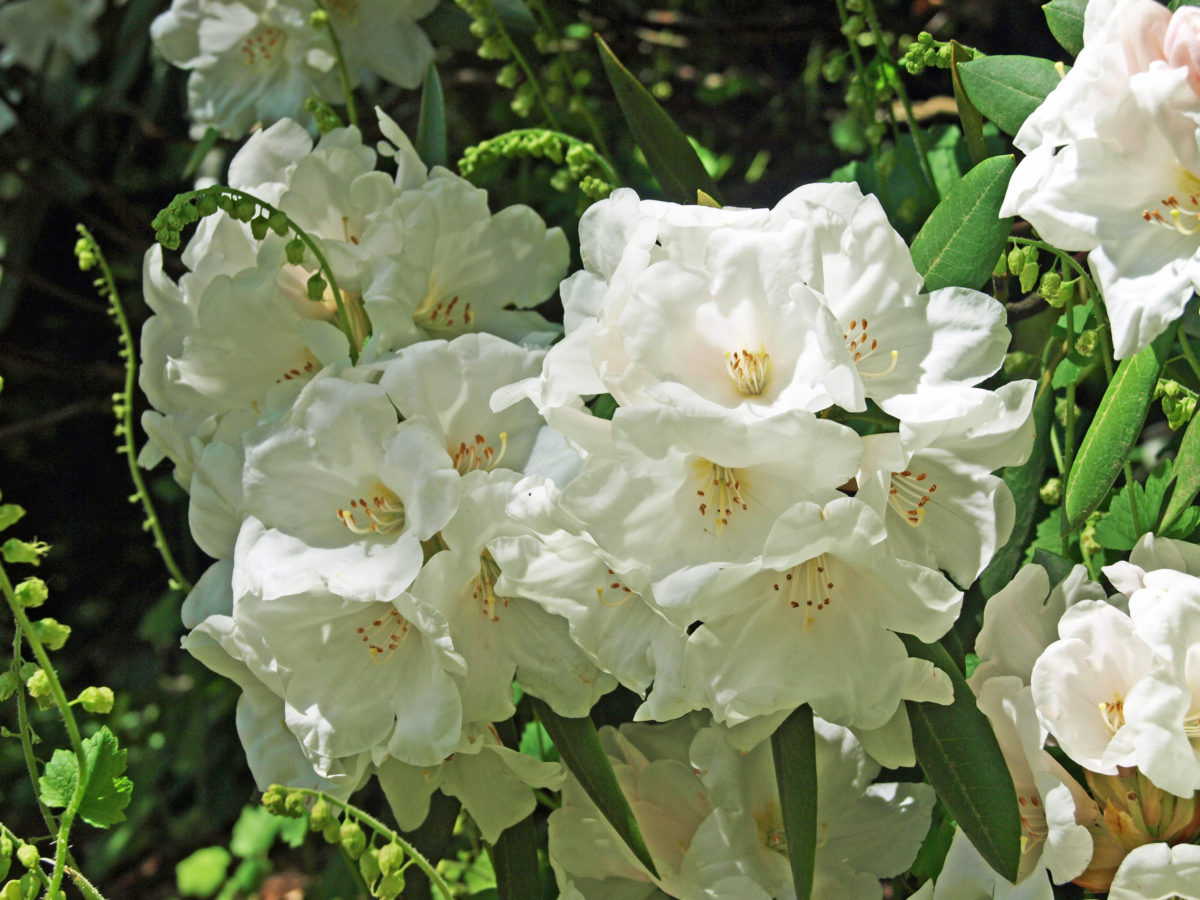
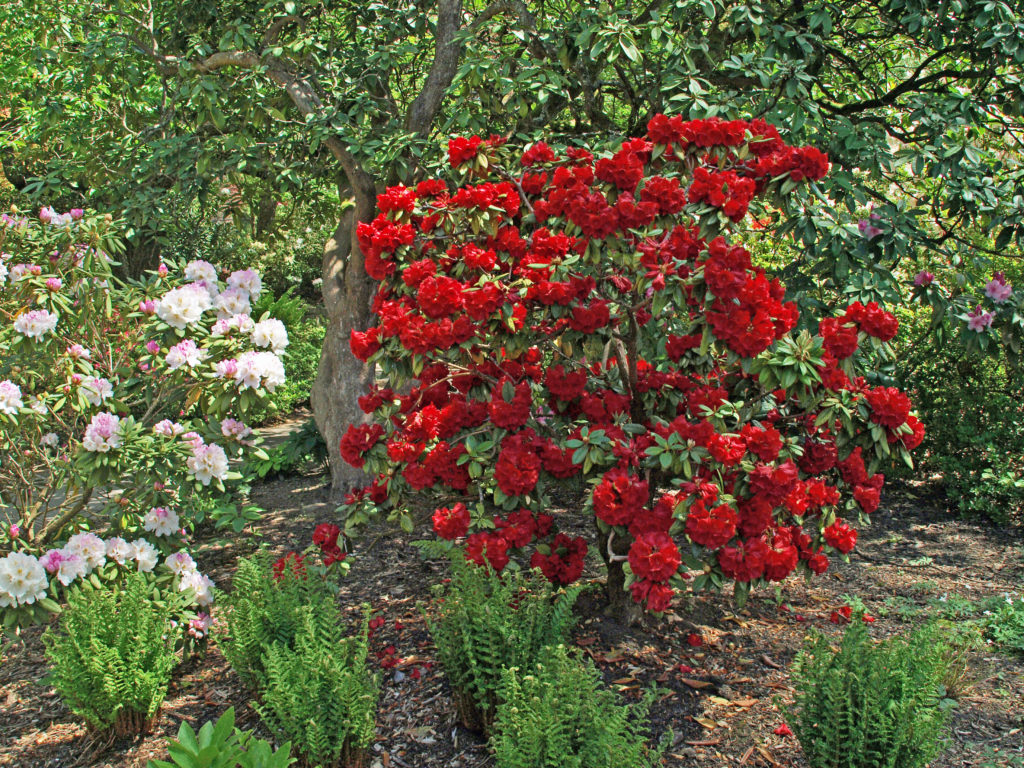
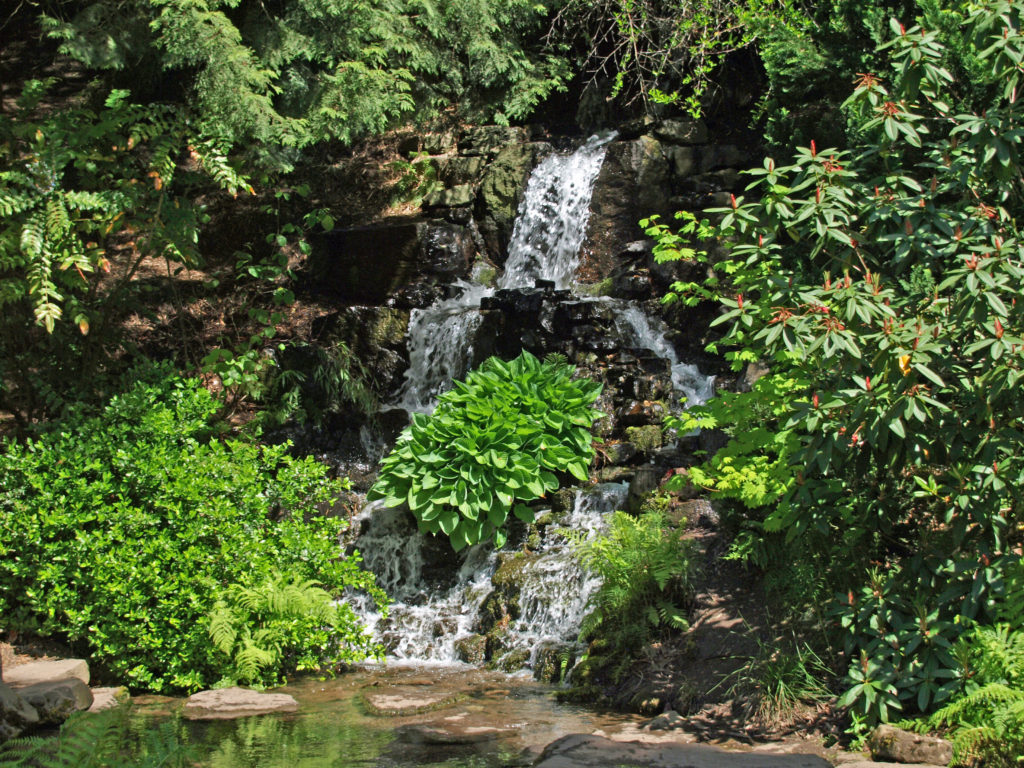
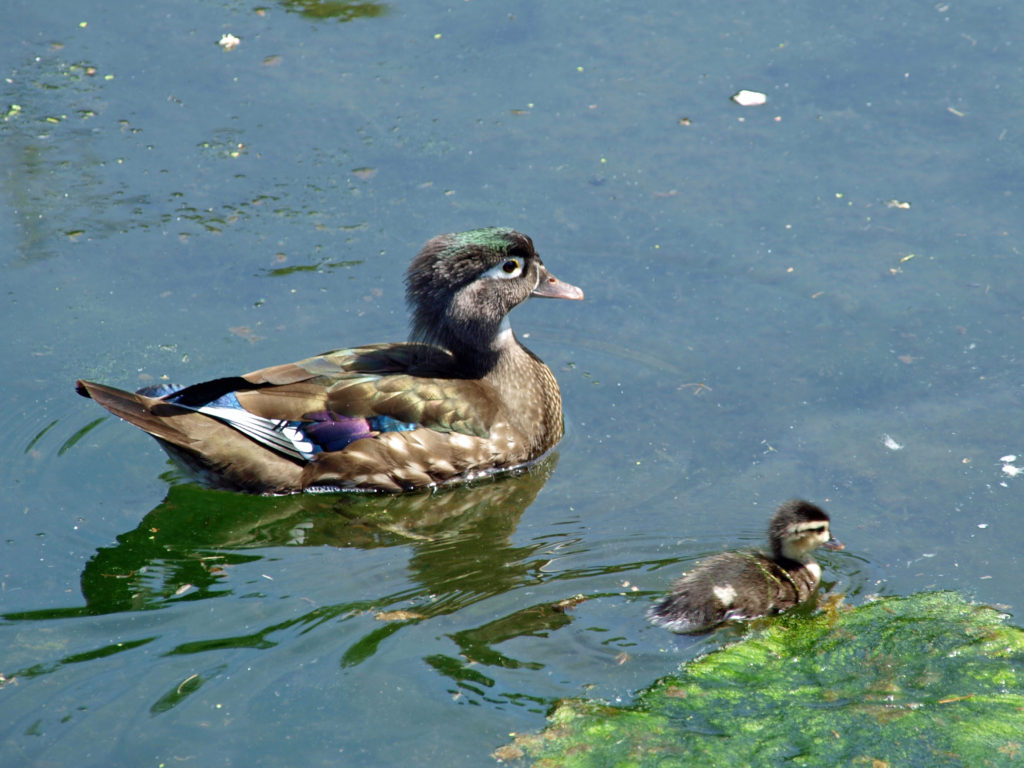
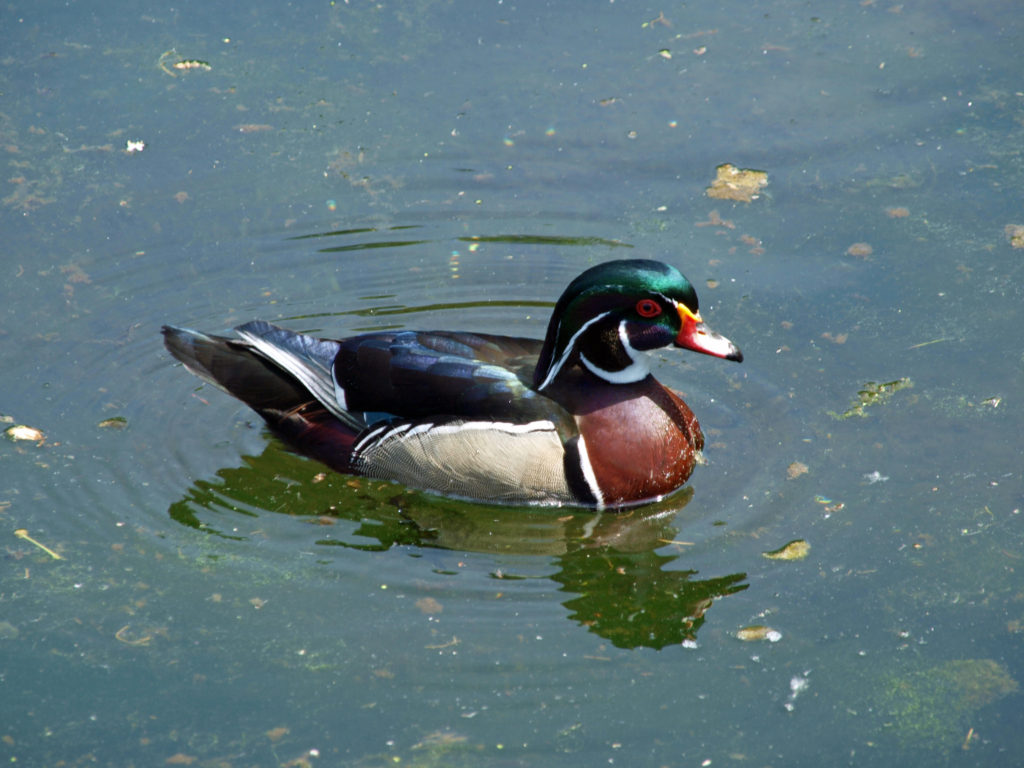
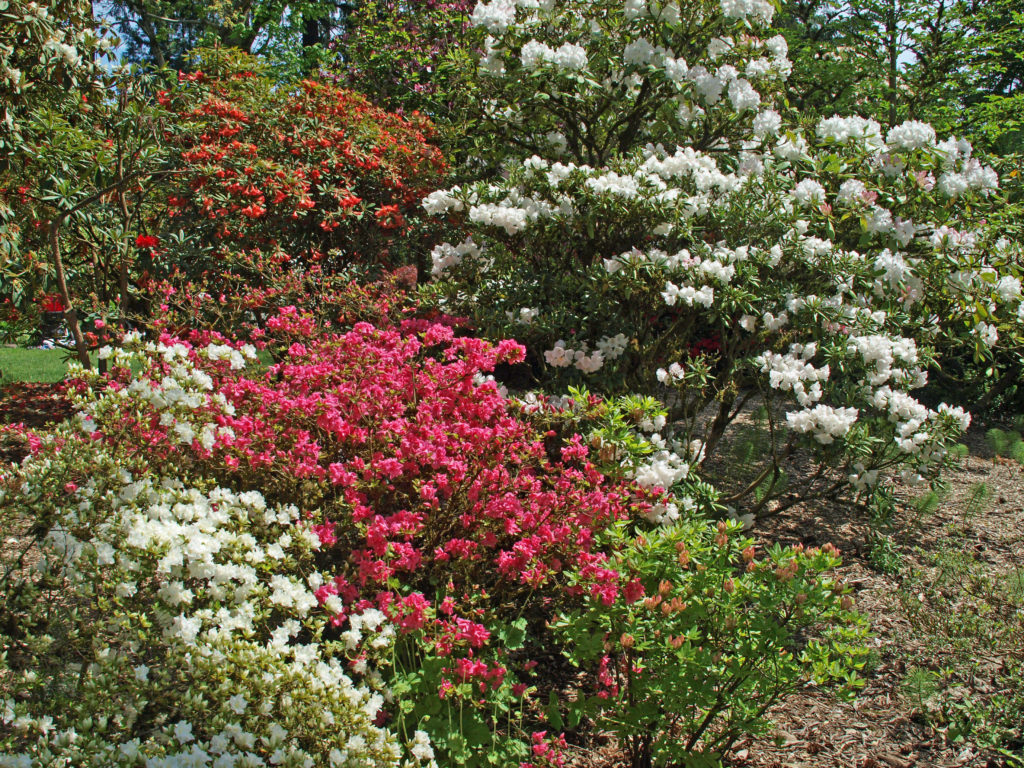
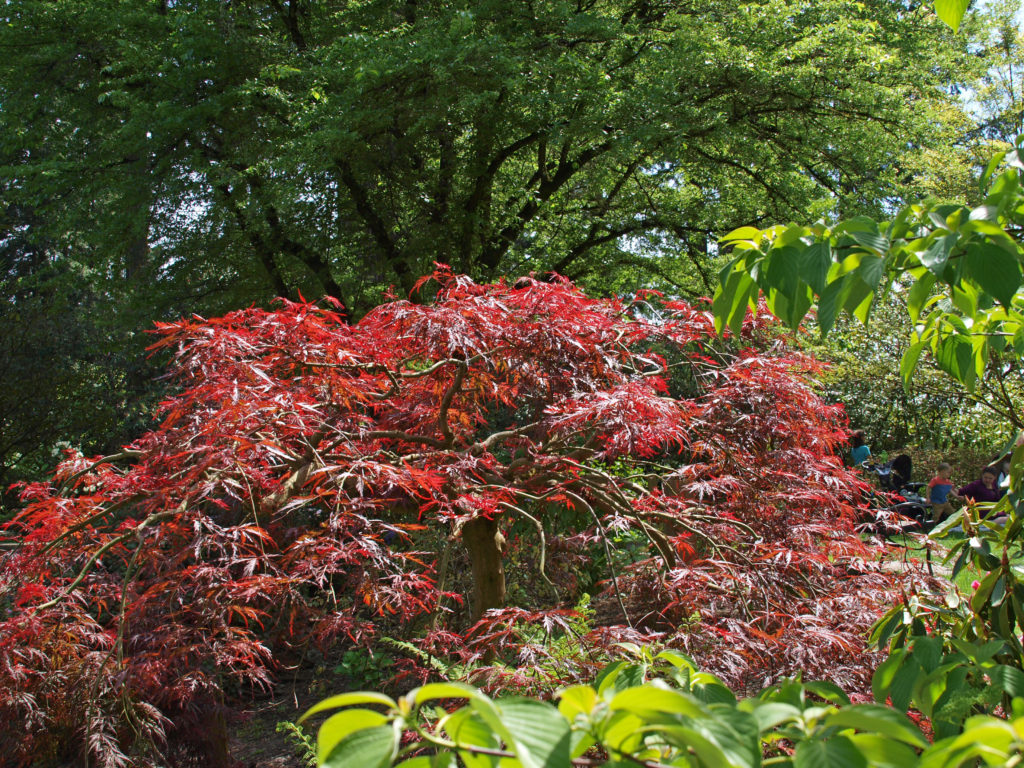
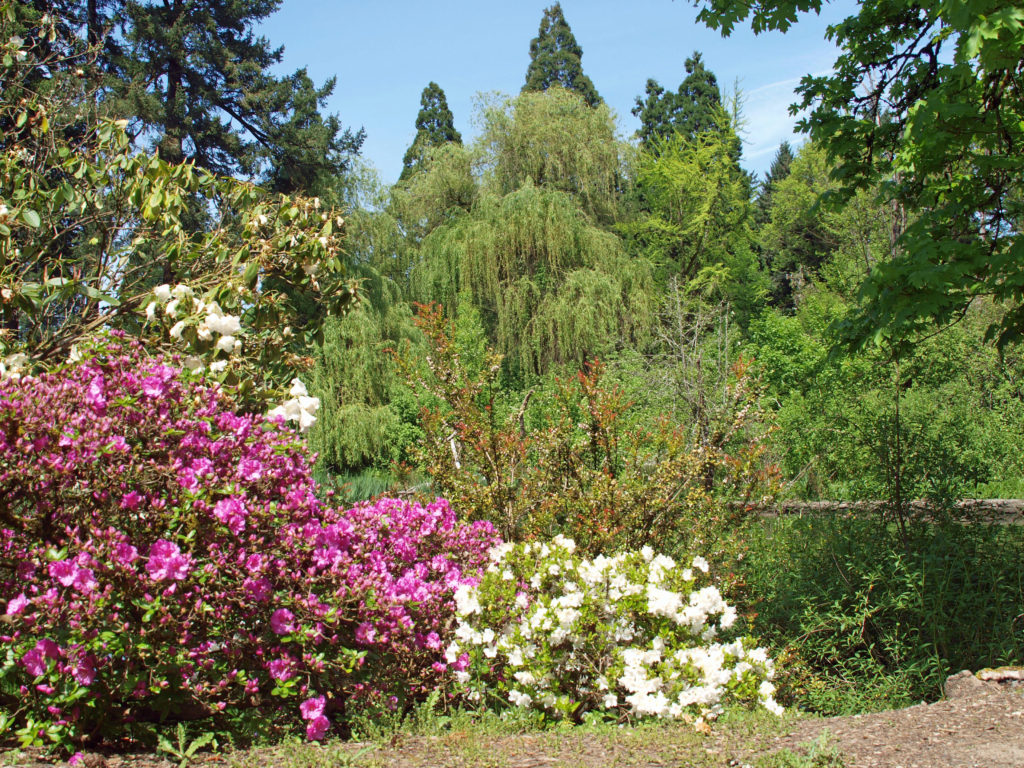
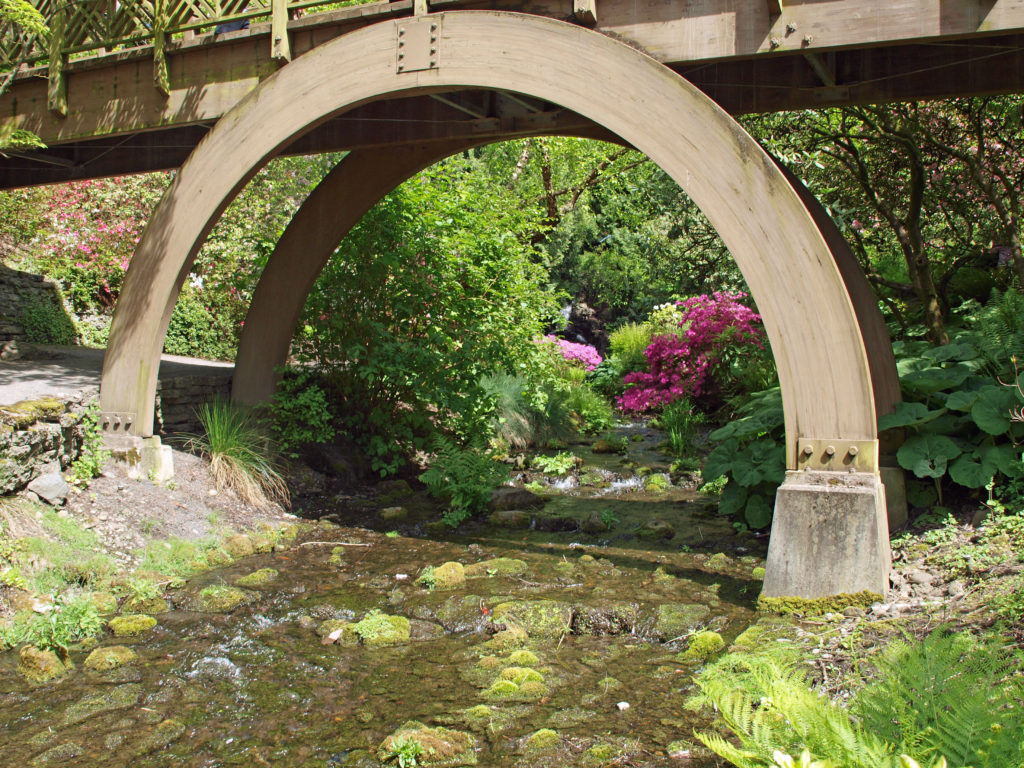
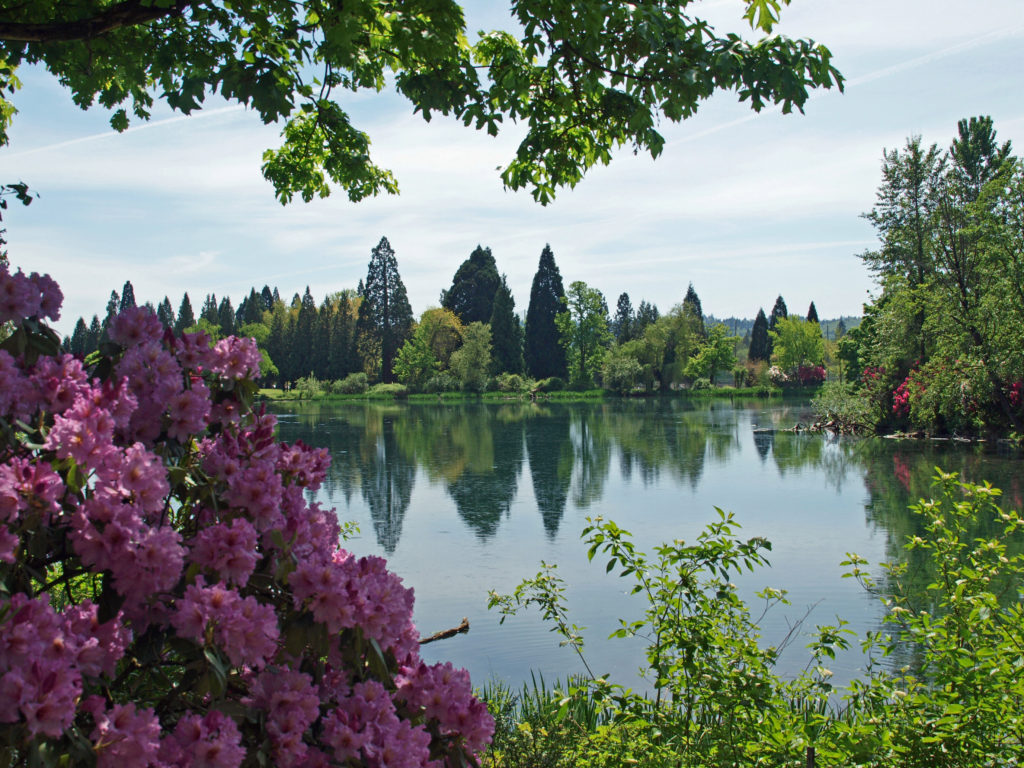
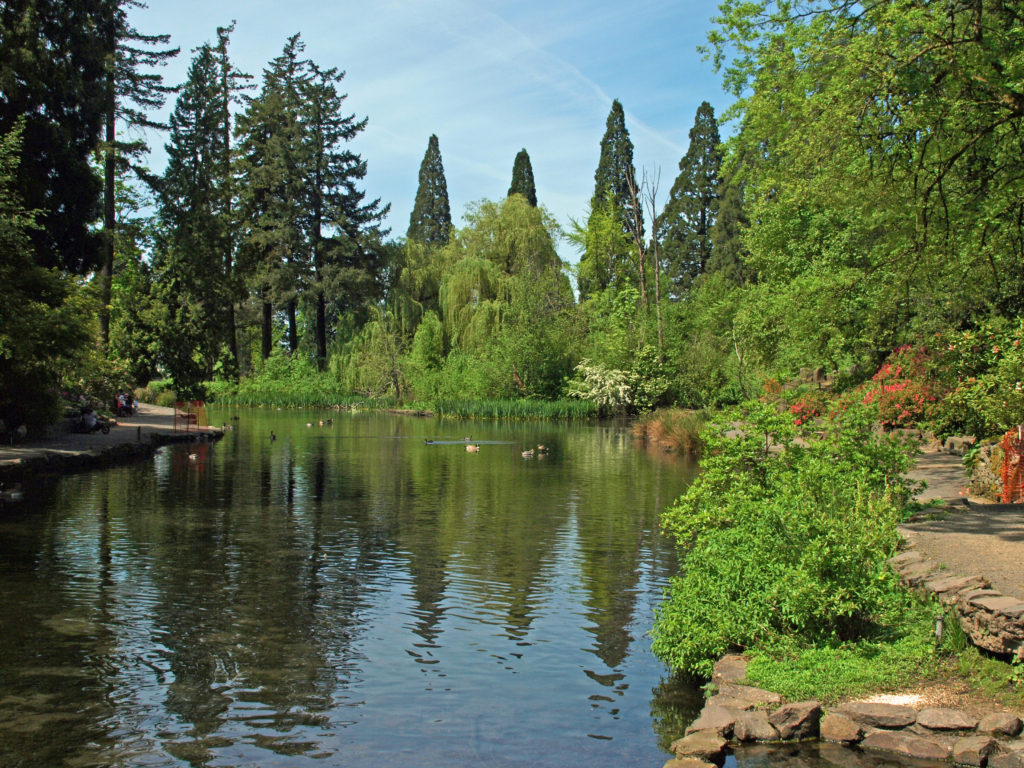
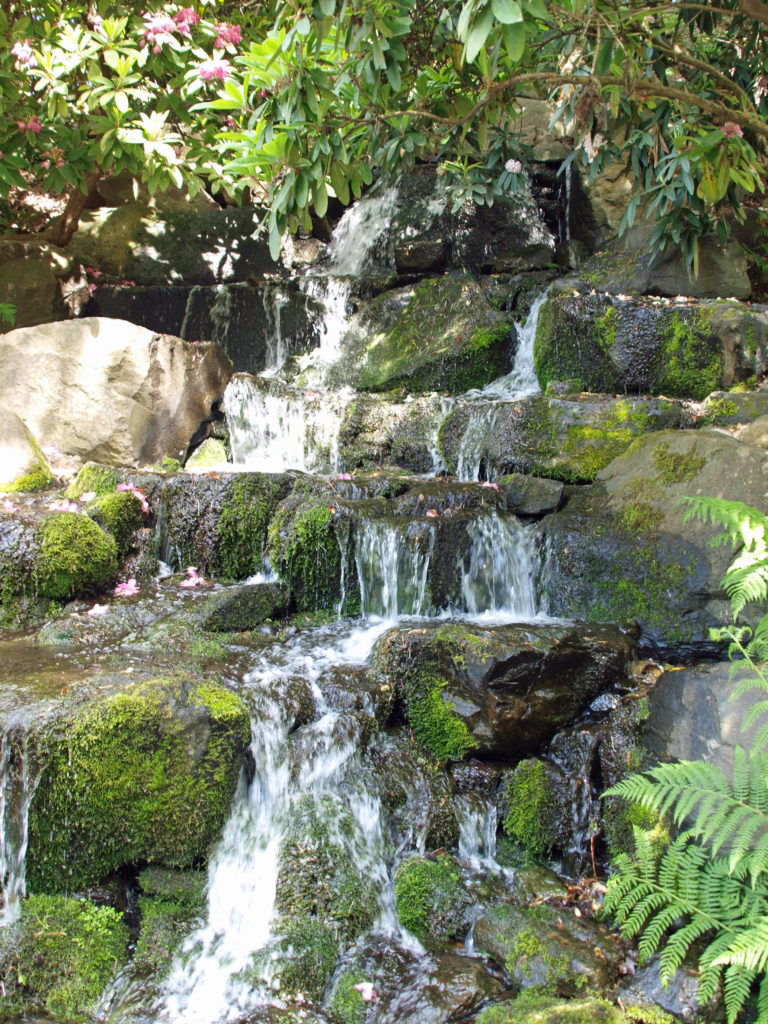
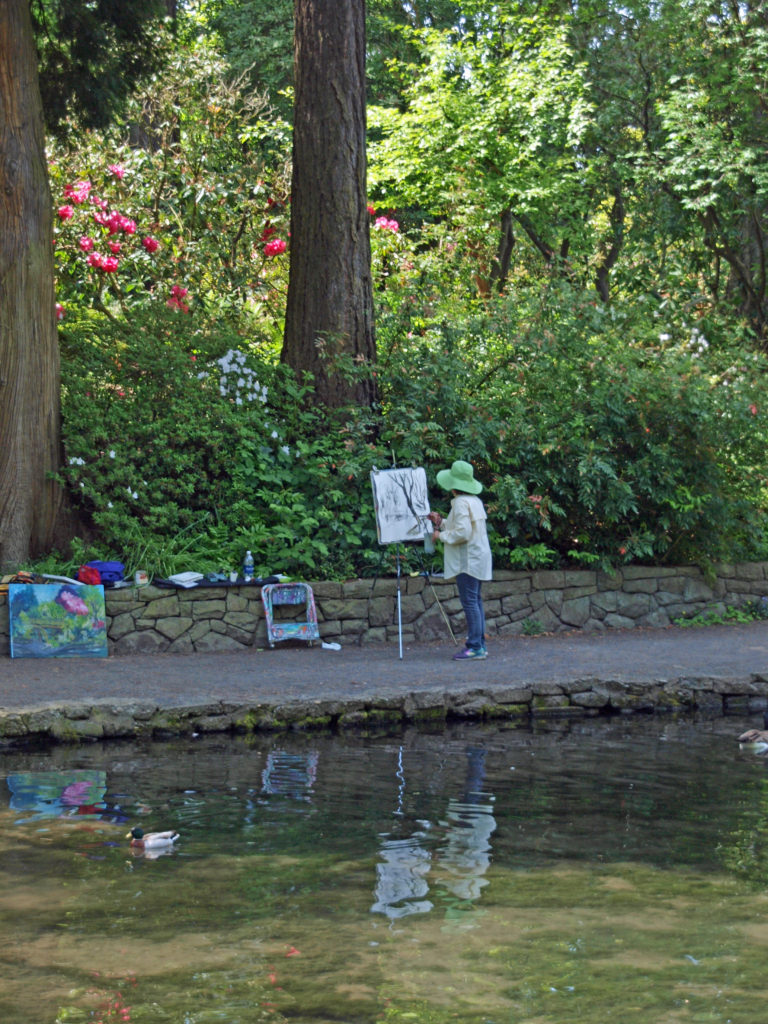 The garden is located at 5801 SE 28th Avenue. The small parking lot fills up early in spring and summer, and there is no on street parking on 28th or other nearby streets, so come early if you’re coming by car (and do not park in the Reed College lot across 28th from the garden). Or take the bus (Tri-Met bus #19 Woodstock).
The garden is located at 5801 SE 28th Avenue. The small parking lot fills up early in spring and summer, and there is no on street parking on 28th or other nearby streets, so come early if you’re coming by car (and do not park in the Reed College lot across 28th from the garden). Or take the bus (Tri-Met bus #19 Woodstock).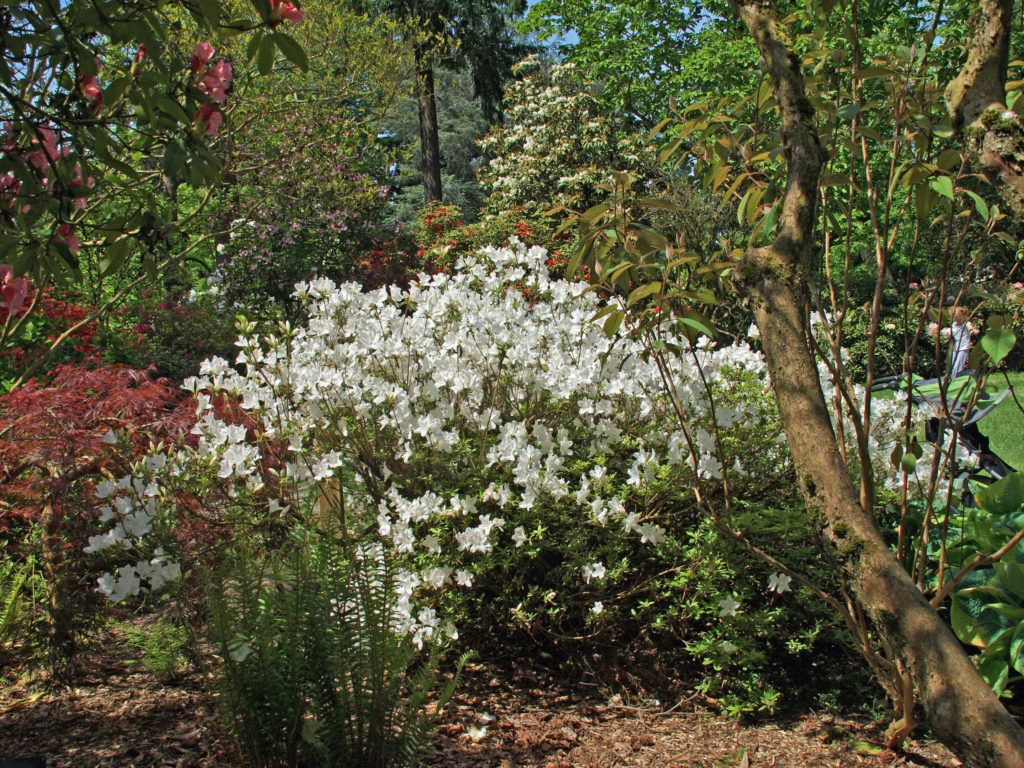
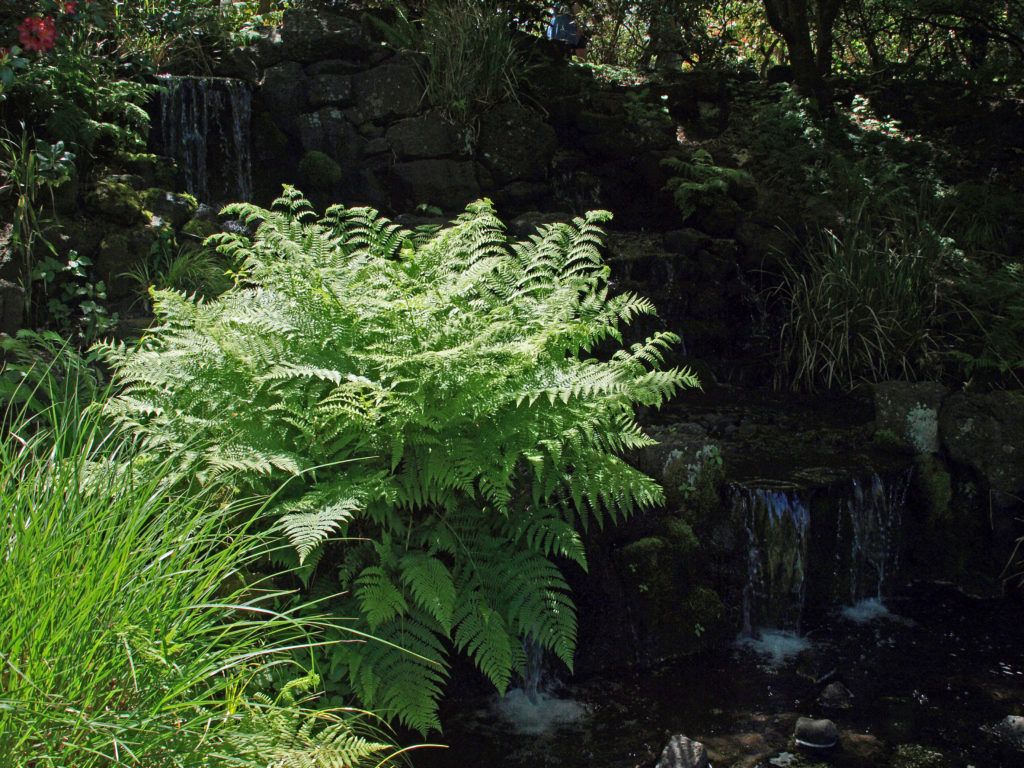 Whether you are a garden lover, birder, photographer, artist, or just looking for a beautiful place to spend some time in, Crystal Springs is a place you’ll love. For my money, only the
Whether you are a garden lover, birder, photographer, artist, or just looking for a beautiful place to spend some time in, Crystal Springs is a place you’ll love. For my money, only the 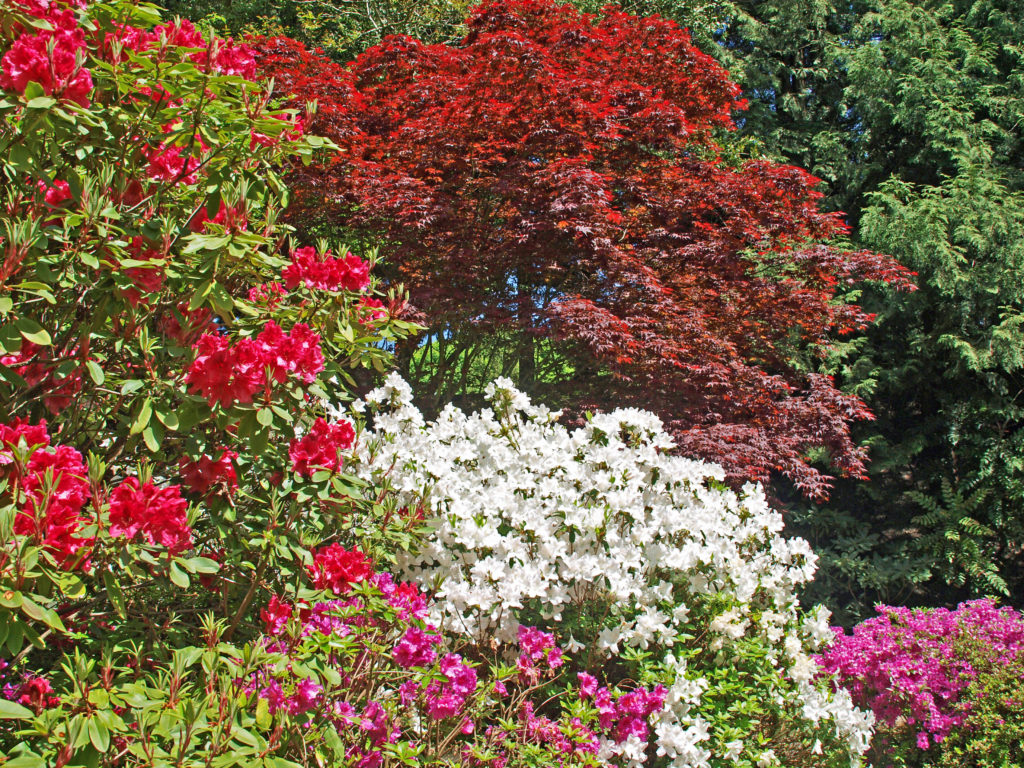
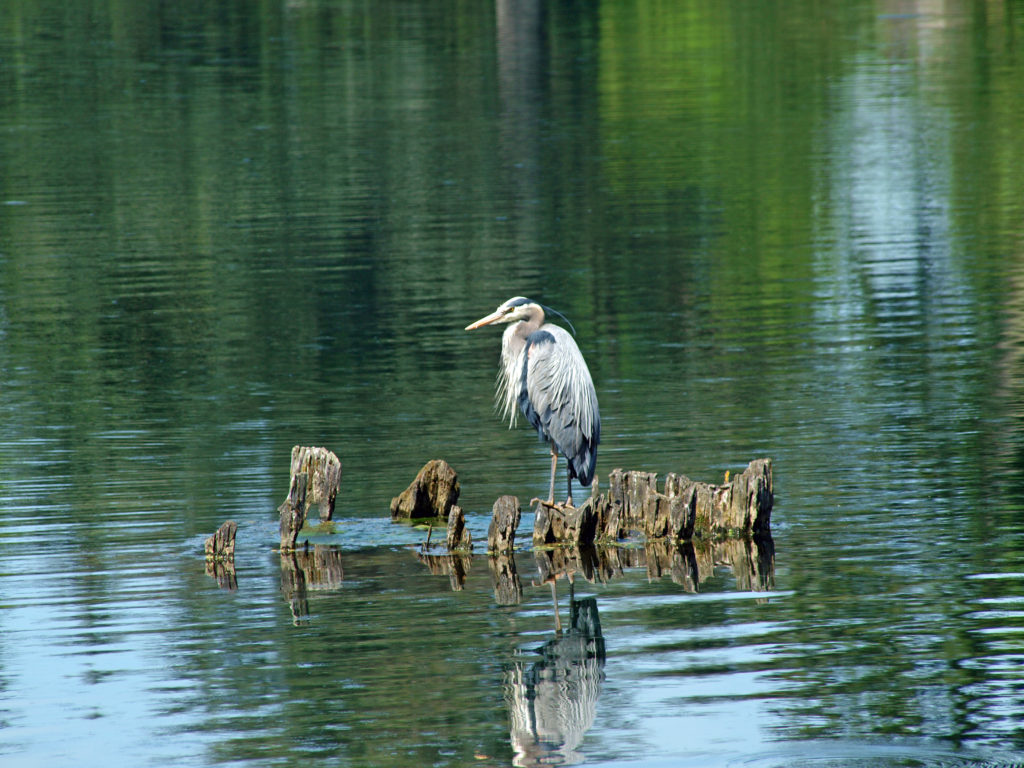
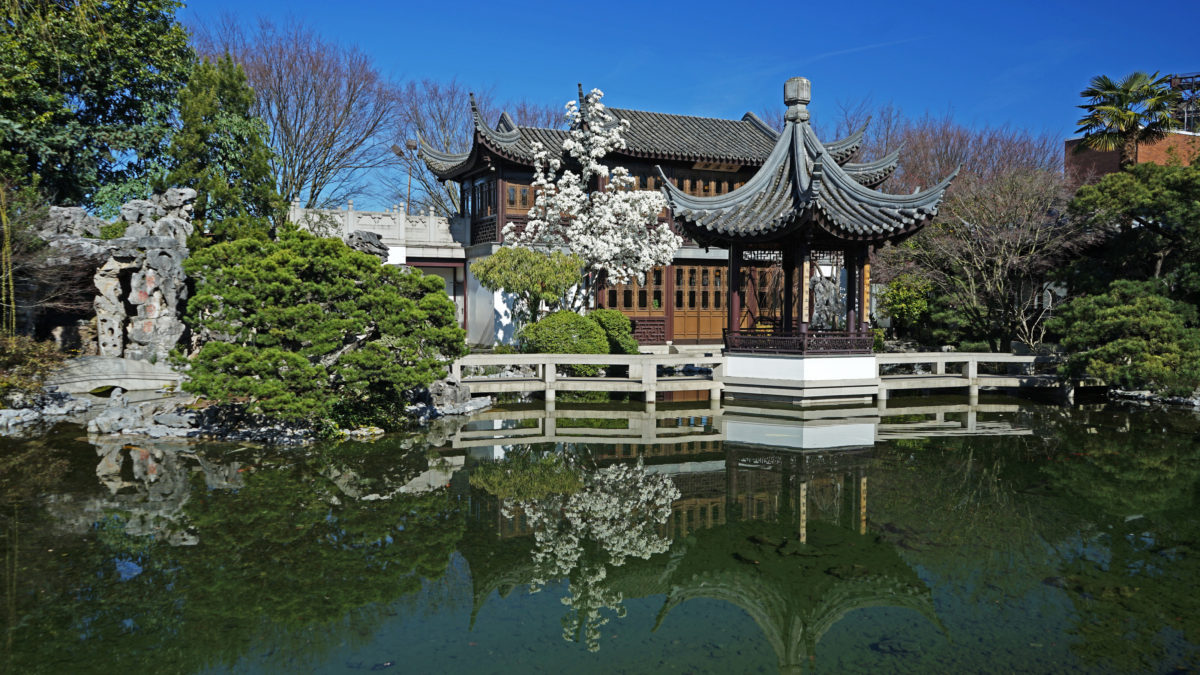
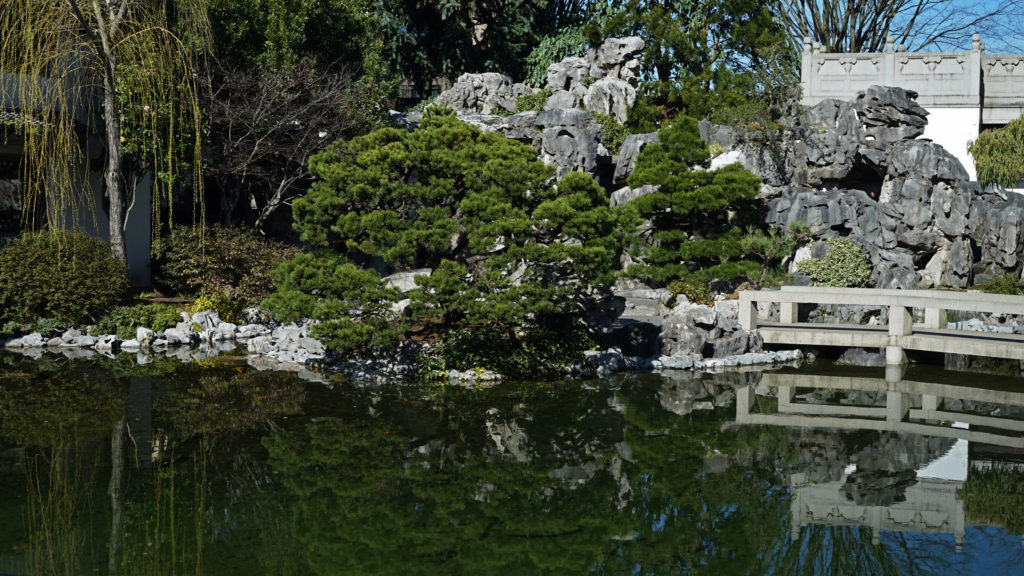
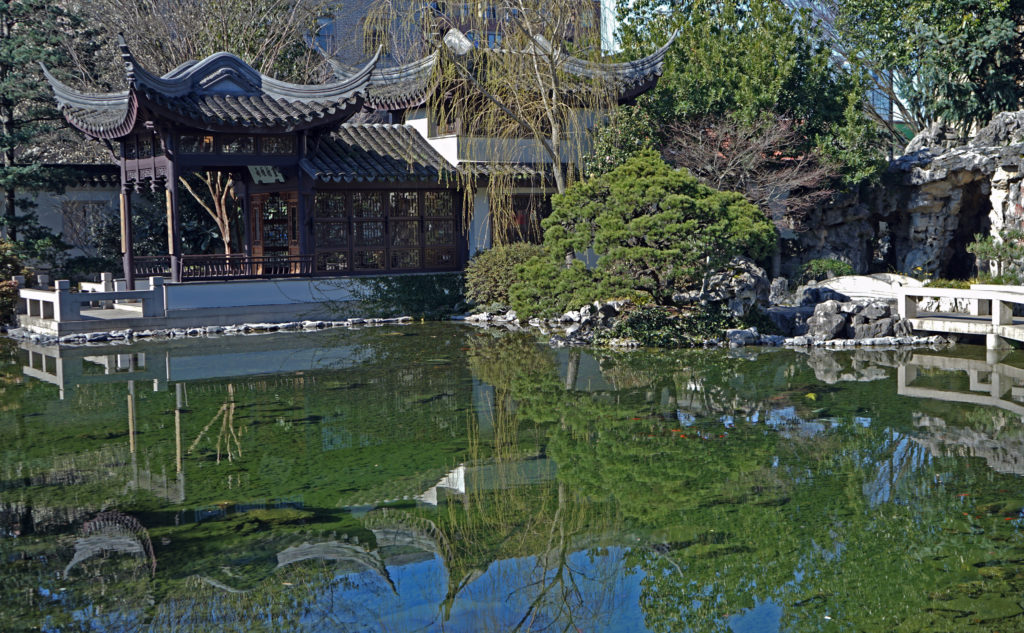 The garden came about through Portland’s sister city relationship with Suzhou, in Jiangsu Province, China. Suzhuo is noted for its Ming Dynasty gardens, and Lan Su Garden was created by artisans from Suzhou following a 2000 year old tradition that melds art, architecture, and nature into a harmonious and serene whole.
The garden came about through Portland’s sister city relationship with Suzhou, in Jiangsu Province, China. Suzhuo is noted for its Ming Dynasty gardens, and Lan Su Garden was created by artisans from Suzhou following a 2000 year old tradition that melds art, architecture, and nature into a harmonious and serene whole.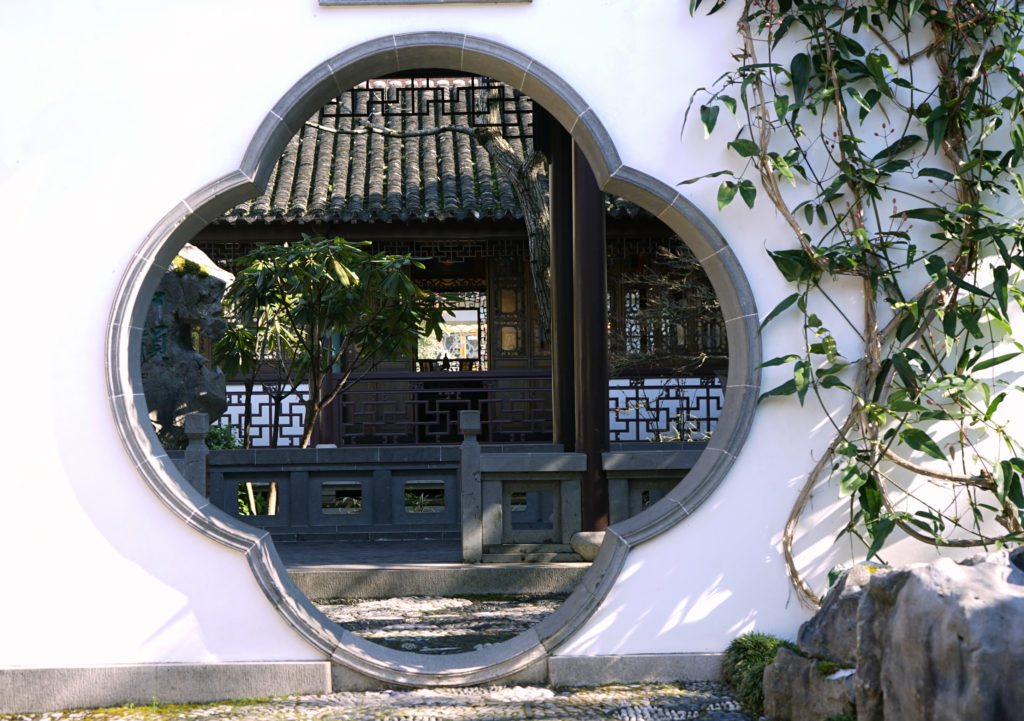 Entering the garden, you come first to the Courtyard of Tranquility. The courtyard (and the whole garden, for that matter) is designed to be a peaceful and soothing place to escape the problems of everyday life, and it succeeds in that remarkably well. It’s surprisingly quiet, and once inside it’s easy to forget that you are in the middle of a busy city.
Entering the garden, you come first to the Courtyard of Tranquility. The courtyard (and the whole garden, for that matter) is designed to be a peaceful and soothing place to escape the problems of everyday life, and it succeeds in that remarkably well. It’s surprisingly quiet, and once inside it’s easy to forget that you are in the middle of a busy city.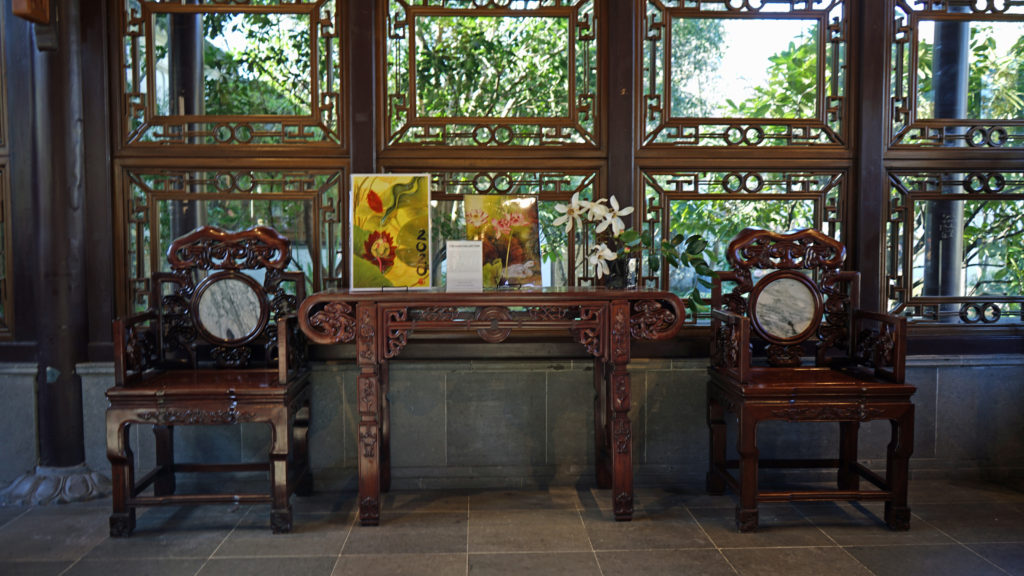
 From the courtyard, you pass through the Hall of Brocade Clouds, traditionally the place where a family entertains guests, and then onto the Terrace. This is a great place to just sit and take in the view. Most of the garden can be seen from the Terrace. The various pavilions and the Tea House (the “Tower of Cosmic Reflections”) are beautifully reflected in the central pond known as Lake Zither.
From the courtyard, you pass through the Hall of Brocade Clouds, traditionally the place where a family entertains guests, and then onto the Terrace. This is a great place to just sit and take in the view. Most of the garden can be seen from the Terrace. The various pavilions and the Tea House (the “Tower of Cosmic Reflections”) are beautifully reflected in the central pond known as Lake Zither.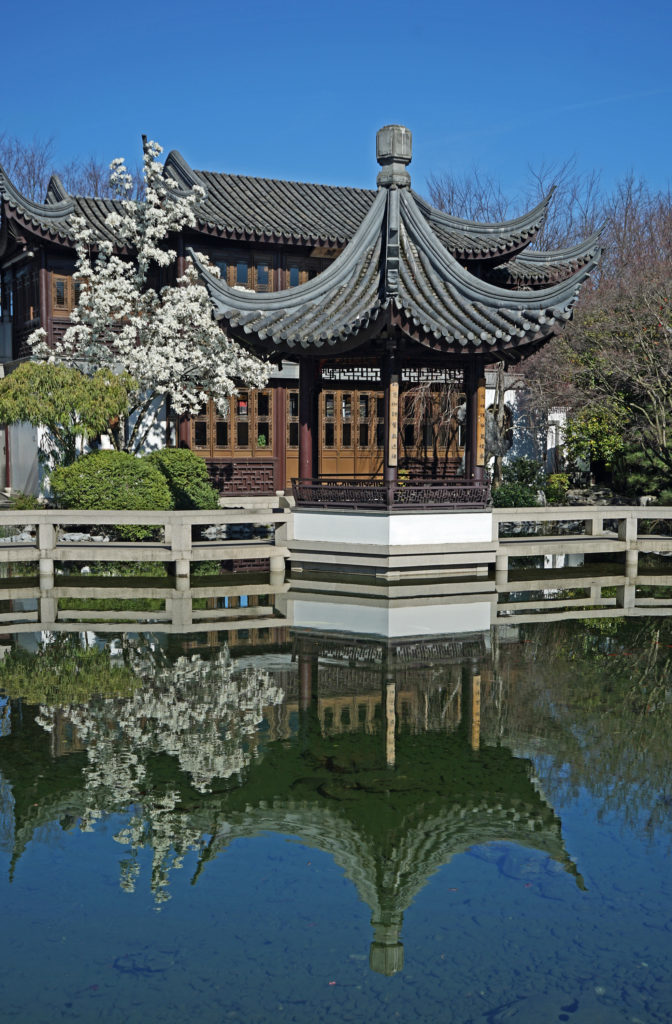

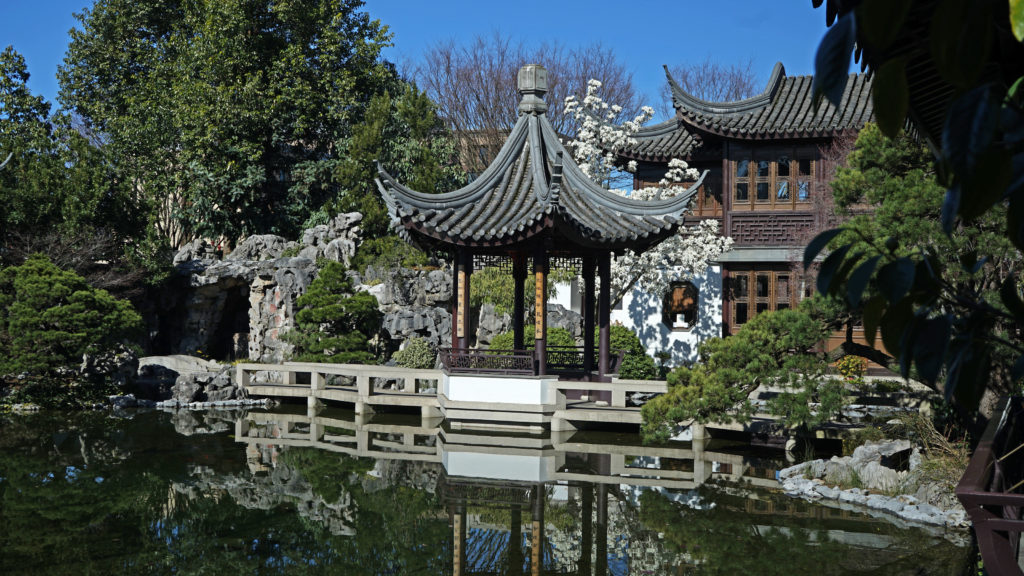 From the Terrace, wander at will through the Painted Boat In Misty Rain pavilion, past the Rock Mountain and Waterfall, across the boardwalk to the Moon Locking Pavilion, Scholar’s Study and Scholar’s Courtyard, and the Knowing the Fish Pavilion. Take some time to visit the Tower of Cosmic Reflections teahouse where you can enjoy a cup of tea and learn a little about the Chinese social art and culture of tea.
From the Terrace, wander at will through the Painted Boat In Misty Rain pavilion, past the Rock Mountain and Waterfall, across the boardwalk to the Moon Locking Pavilion, Scholar’s Study and Scholar’s Courtyard, and the Knowing the Fish Pavilion. Take some time to visit the Tower of Cosmic Reflections teahouse where you can enjoy a cup of tea and learn a little about the Chinese social art and culture of tea.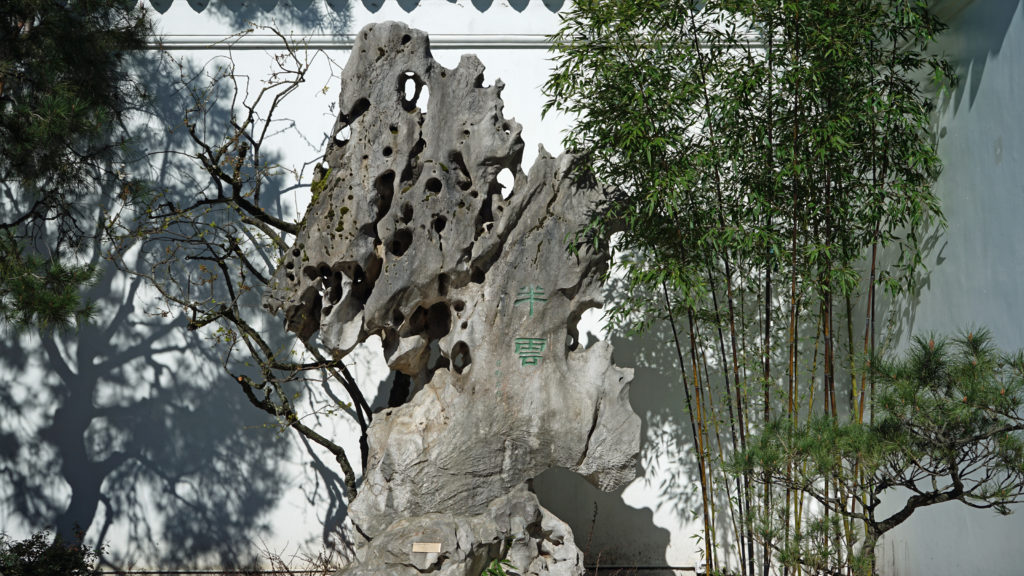
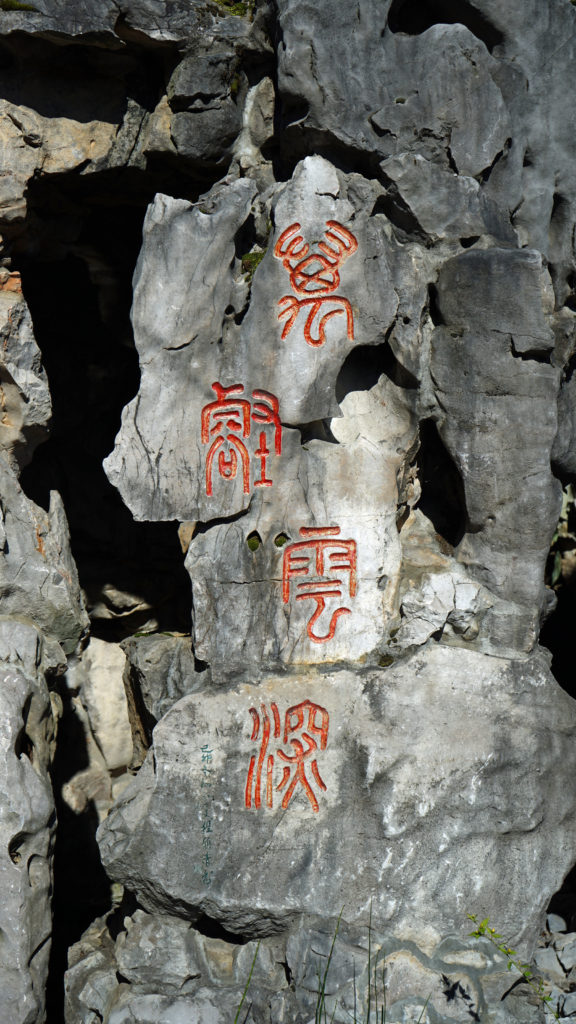 Throughout the garden you will see Lake Tai Rocks. These large, fantastically shaped rocks were imported from China – 600 tons of them. The rocks were formed underwater through the erosive action of Lake Tai’s acidic waters, and are highly prized by landscape architects.
Throughout the garden you will see Lake Tai Rocks. These large, fantastically shaped rocks were imported from China – 600 tons of them. The rocks were formed underwater through the erosive action of Lake Tai’s acidic waters, and are highly prized by landscape architects.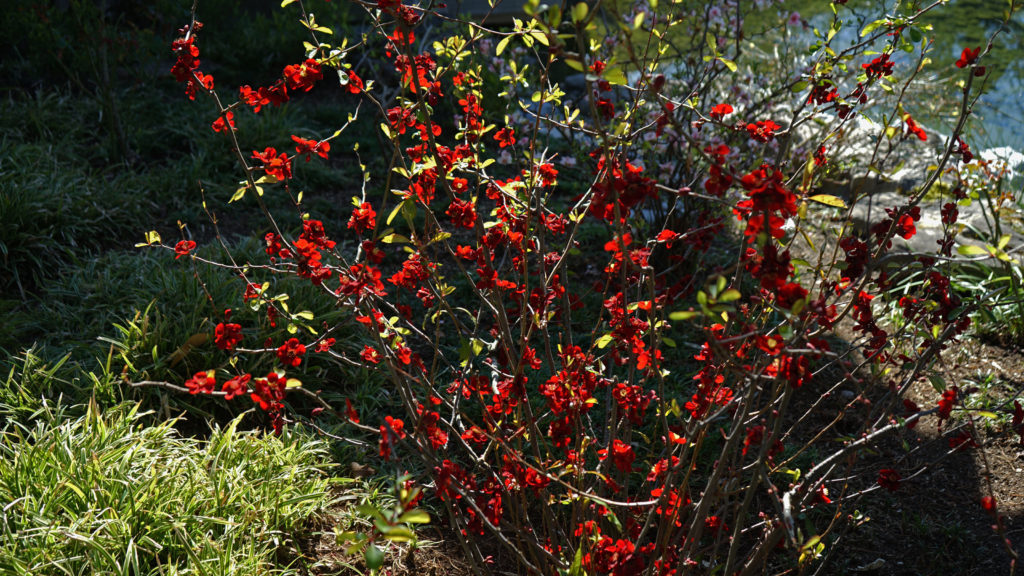

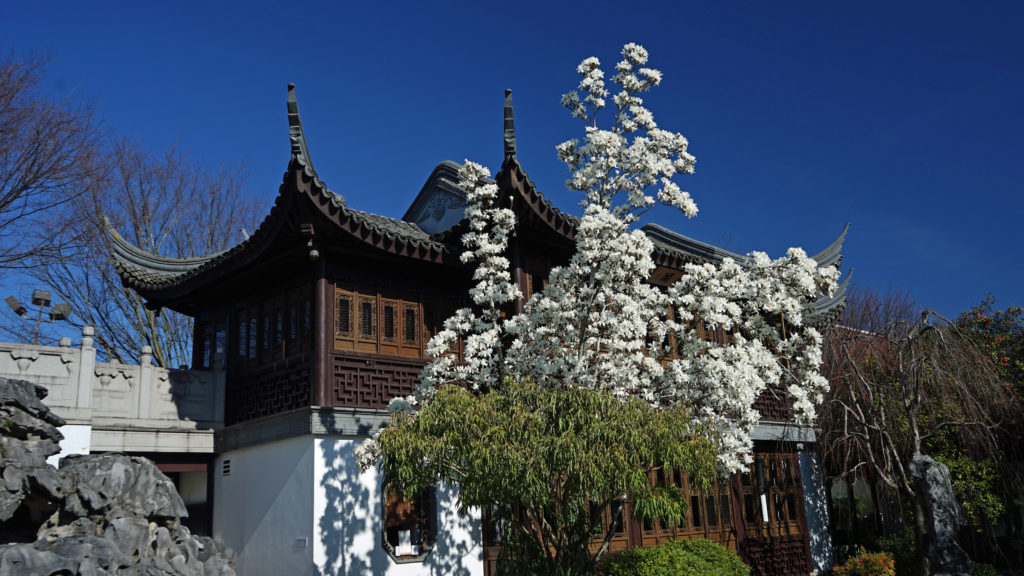 The garden exhibits more than 100 species of trees, shrubs, and plants native to China, including the Pacific Northwest’s largest collection of lotus. The plants found in the garden were not imported from China due to import restrictions, but were found in botanical gardens and nurseries in the United States and transplanted to the garden.
The garden exhibits more than 100 species of trees, shrubs, and plants native to China, including the Pacific Northwest’s largest collection of lotus. The plants found in the garden were not imported from China due to import restrictions, but were found in botanical gardens and nurseries in the United States and transplanted to the garden.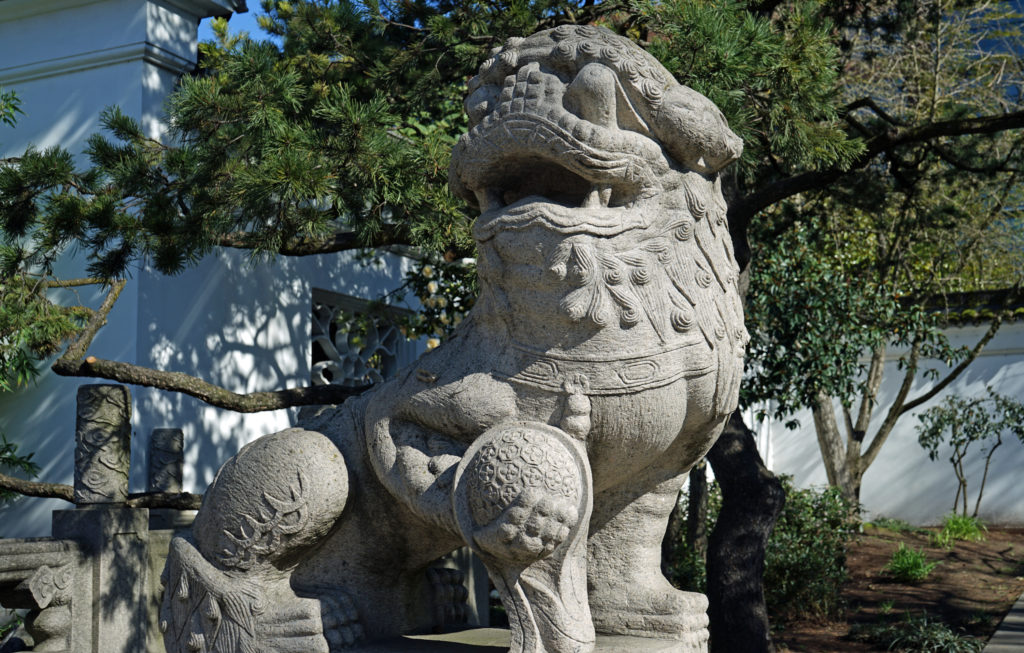 Part of the mission of the Lan Su Chinese Garden is to promote better understanding of Chinese art, history, tradition, and culture. Classes and demonstrations of Chinese calligraphy, brush painting, paper folding, poetry, music, horticulture, wood carving, and other arts such as kite making, are held throughout the year at the garden. And public tours of the garden led by trained docents are held several times a day.
Part of the mission of the Lan Su Chinese Garden is to promote better understanding of Chinese art, history, tradition, and culture. Classes and demonstrations of Chinese calligraphy, brush painting, paper folding, poetry, music, horticulture, wood carving, and other arts such as kite making, are held throughout the year at the garden. And public tours of the garden led by trained docents are held several times a day.

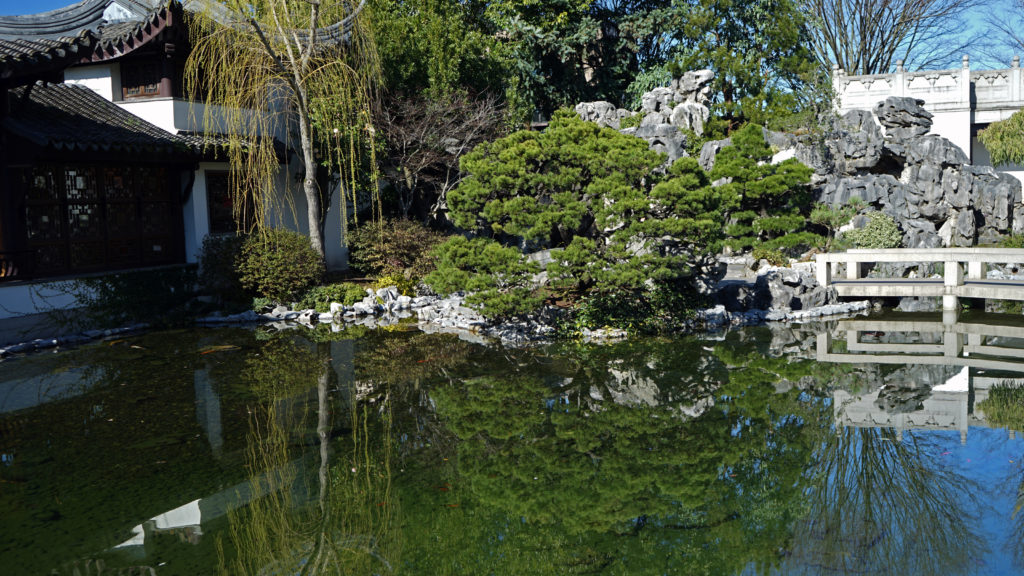 The Lan Su Garden is small, taking up only one city block, but it is one of Portland’s premier gardens (along with the
The Lan Su Garden is small, taking up only one city block, but it is one of Portland’s premier gardens (along with the 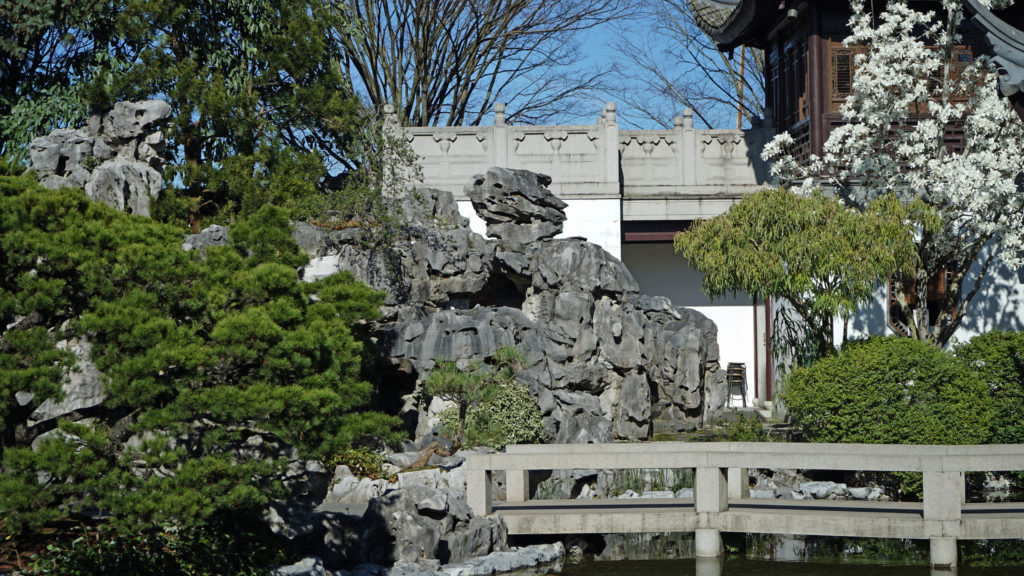
 Lan Su Chinese Garden is open from 10:00 to 4:00 daily except for Thanksgiving, Christmas, and New Year’s Day. Admission is $12.95 for adults, $11.95 for seniors (62+), and $9.95 for children 6-18 and college students. Children five and under are free. There are currently no Covid-19 restrictions. You can find more information about the garden at the Lan Su
Lan Su Chinese Garden is open from 10:00 to 4:00 daily except for Thanksgiving, Christmas, and New Year’s Day. Admission is $12.95 for adults, $11.95 for seniors (62+), and $9.95 for children 6-18 and college students. Children five and under are free. There are currently no Covid-19 restrictions. You can find more information about the garden at the Lan Su 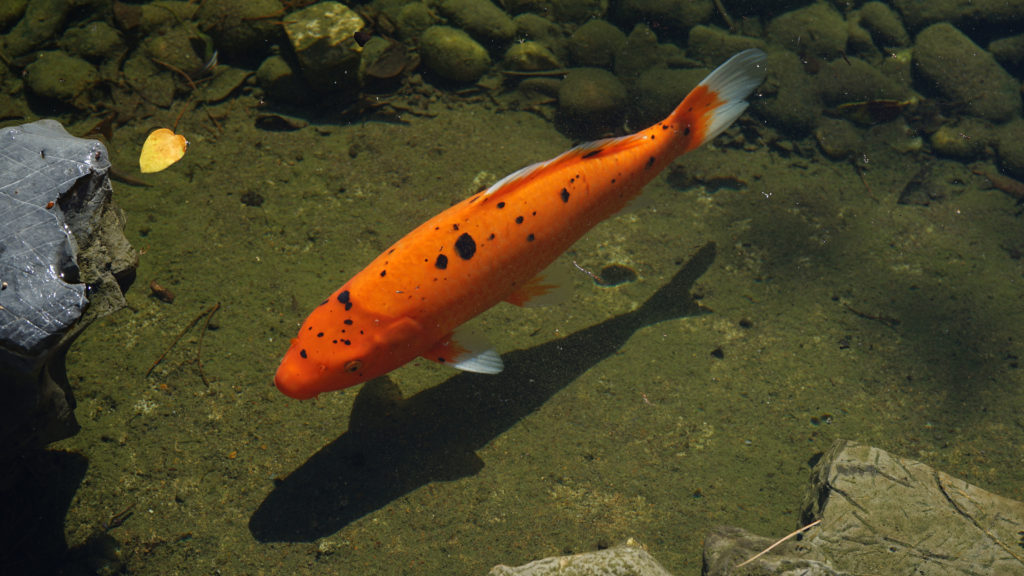
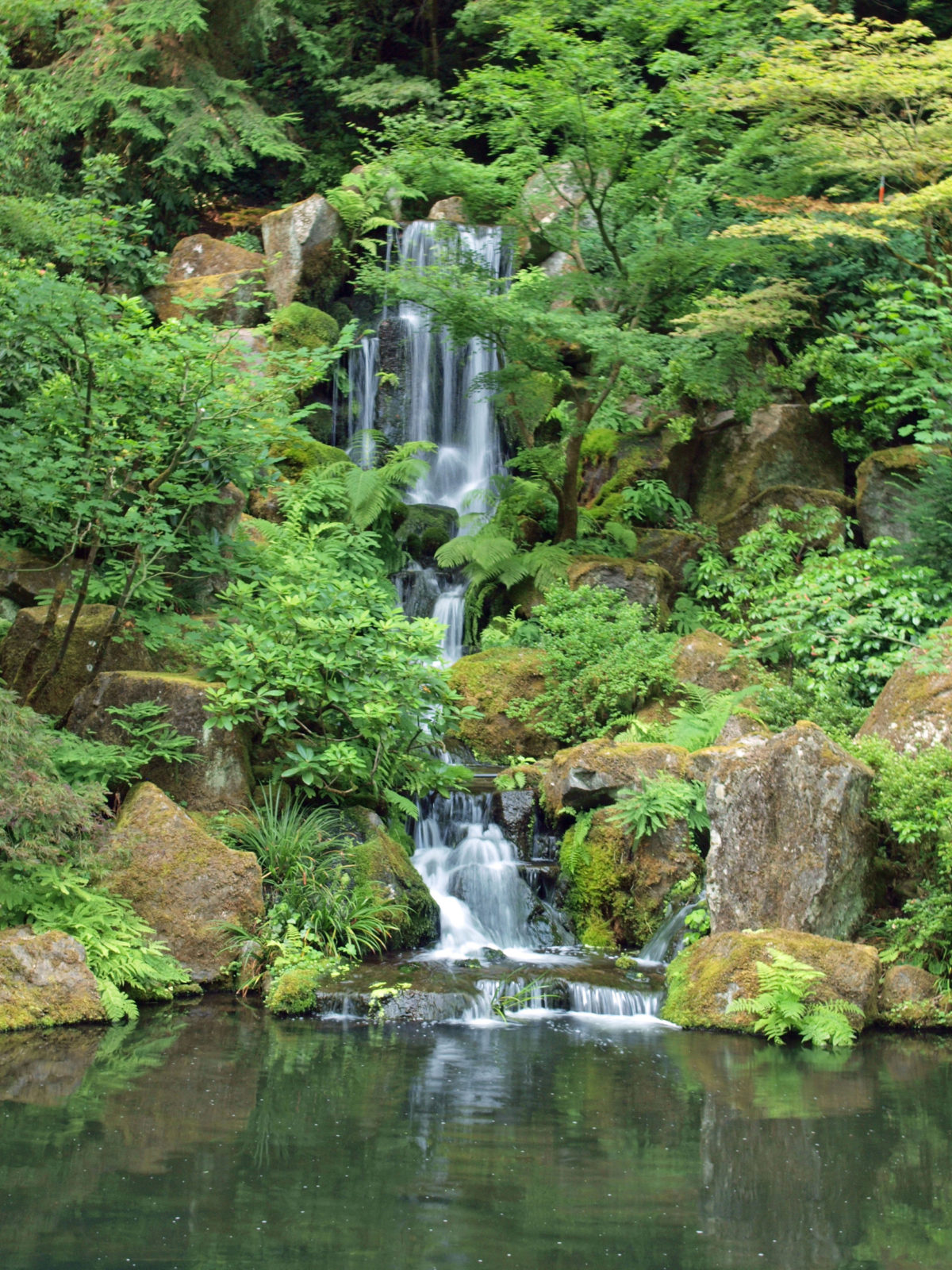
 The serenity and transcendent beauty of the Portland Japanese Garden make it one of my favorite places in the Pacific Northwest. Located in Washington Park in Portland’s West Hills, the garden overlooks downtown Portland, but it is worlds away from the hustle and bustle of the city. The tranquility that the garden aspires to is somewhat compromised by the 450,000 annual visitors that it attracts, but the beauty of the gardens make it more than worth visiting despite any crowds.
The serenity and transcendent beauty of the Portland Japanese Garden make it one of my favorite places in the Pacific Northwest. Located in Washington Park in Portland’s West Hills, the garden overlooks downtown Portland, but it is worlds away from the hustle and bustle of the city. The tranquility that the garden aspires to is somewhat compromised by the 450,000 annual visitors that it attracts, but the beauty of the gardens make it more than worth visiting despite any crowds.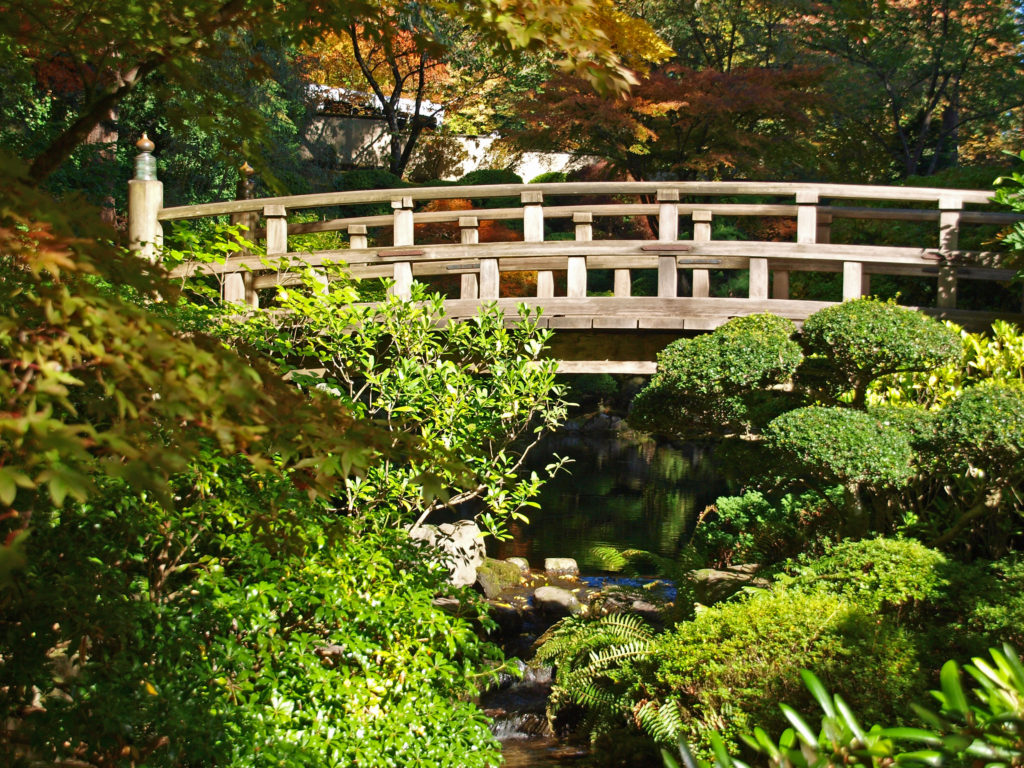 Former Japanese Ambassador to the United States Nobuo Matsunaga has called the Portland Japanese Garden “the most beautiful and authentic Japanese garden in the world outside of Japan.”
Former Japanese Ambassador to the United States Nobuo Matsunaga has called the Portland Japanese Garden “the most beautiful and authentic Japanese garden in the world outside of Japan.” The Portland Japanese Garden came out of the sister city relationship between Portland and Sapporo, Japan, which was created at least in part as an effort to heal the wounds of World War II. The garden website says it best: “Born out of a hope that the experience of peace can contribute to a long lasting peace. Born out of a belief in the power of cultural exchange. Born out of a belief in the excellence of craft, evidence in the Garden itself and the activities that come from it. Born out of a realization that all of these things are made more real and possible if we honor our connection to nature.”
The Portland Japanese Garden came out of the sister city relationship between Portland and Sapporo, Japan, which was created at least in part as an effort to heal the wounds of World War II. The garden website says it best: “Born out of a hope that the experience of peace can contribute to a long lasting peace. Born out of a belief in the power of cultural exchange. Born out of a belief in the excellence of craft, evidence in the Garden itself and the activities that come from it. Born out of a realization that all of these things are made more real and possible if we honor our connection to nature.”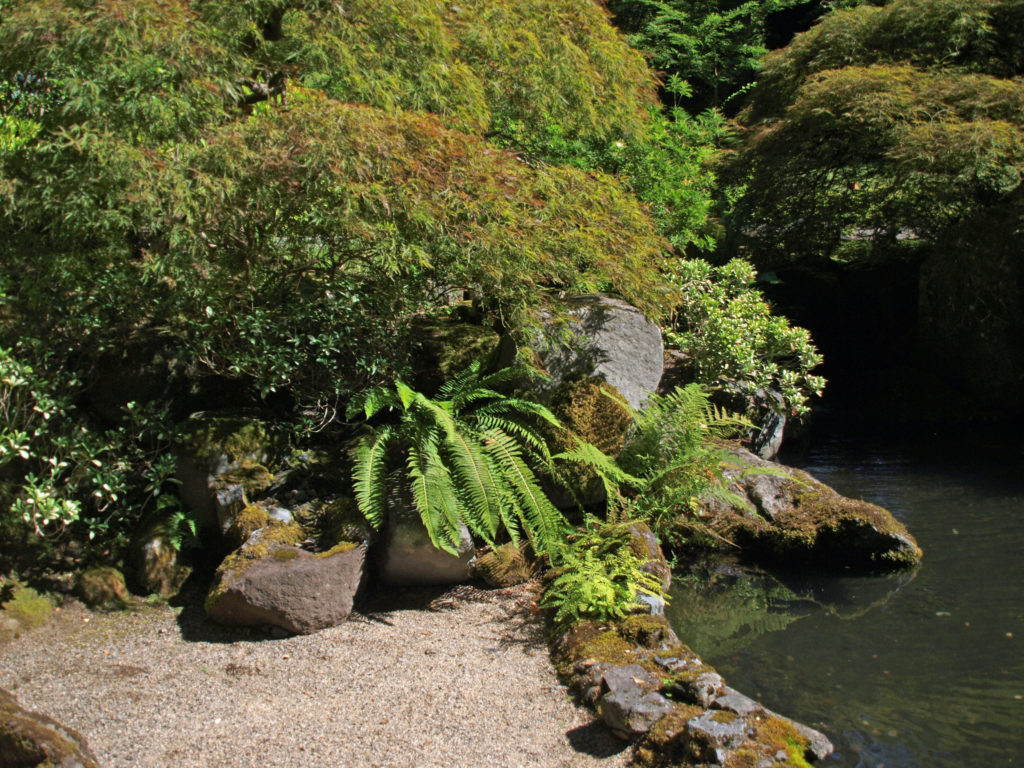 The site, once the location of the Washington Park Zoo, was dedicated in 1961. Construction of the garden began in 1963, and the garden opened to the public in the summer of 1967. Designed by Professor Takuma Tono of Tokyo Agricultural University, the garden originally consisted of five different garden styles spread over 5.5 acres.
The site, once the location of the Washington Park Zoo, was dedicated in 1961. Construction of the garden began in 1963, and the garden opened to the public in the summer of 1967. Designed by Professor Takuma Tono of Tokyo Agricultural University, the garden originally consisted of five different garden styles spread over 5.5 acres. Over its more than half a century of existence, the garden has evolved and more than doubled in size. The Kashintei Tea House was built in Japan in 1968, dismantled, and shipped to Portland. But it wasn’t until 1980 that it was reconstructed on its present site. It was dedicated on May 18, 1980, the same day that Mount St. Helens erupted.
Over its more than half a century of existence, the garden has evolved and more than doubled in size. The Kashintei Tea House was built in Japan in 1968, dismantled, and shipped to Portland. But it wasn’t until 1980 that it was reconstructed on its present site. It was dedicated on May 18, 1980, the same day that Mount St. Helens erupted. The most recent expansion, completed in 2017, added a new entrance and entry garden, a courtyard garden, a bonsai terrace, and a Cultural Village consisting of three new buildings designed by Japanese architect Kengo Kuma: the Jordan Schnitzer Japanese Arts Learning Center; the Garden House; and the Umami Cafe. Today, the Portland Japanese Garden consists of eight gardens covering 12 acres.
The most recent expansion, completed in 2017, added a new entrance and entry garden, a courtyard garden, a bonsai terrace, and a Cultural Village consisting of three new buildings designed by Japanese architect Kengo Kuma: the Jordan Schnitzer Japanese Arts Learning Center; the Garden House; and the Umami Cafe. Today, the Portland Japanese Garden consists of eight gardens covering 12 acres.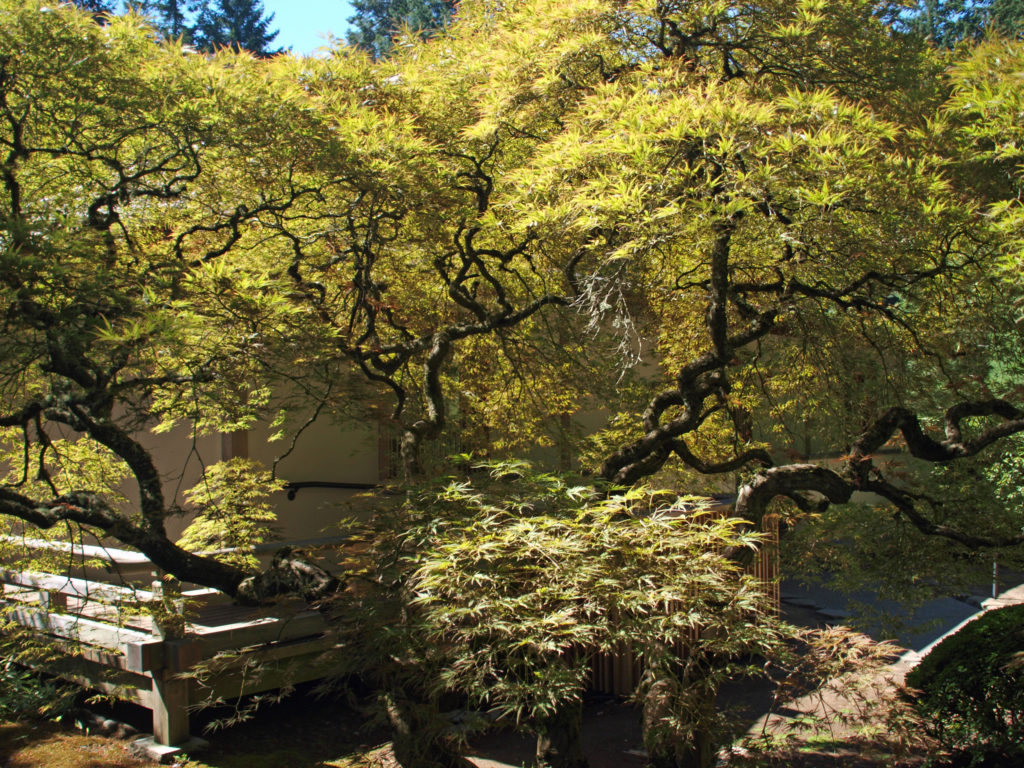
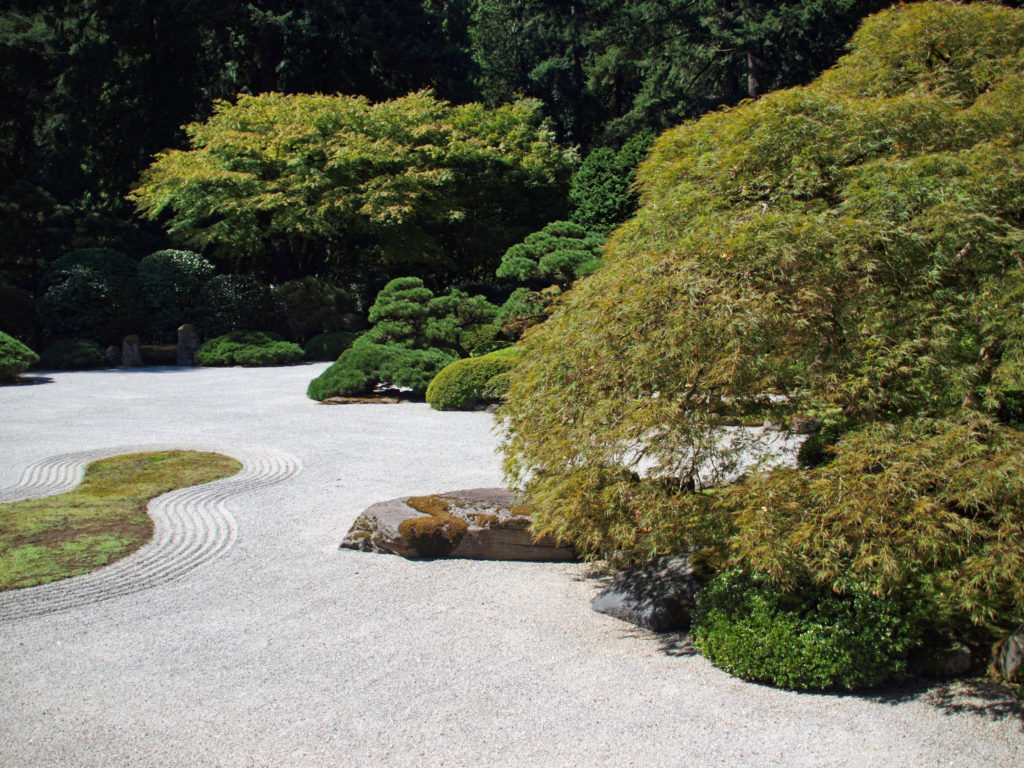
 The garden is open Wednesday through Monday. Summer hour are 10:00 to 5:30. Admission is $18.95 for adults, $16.25 for seniors (65+), $15.25 for students (with ID), and $13.50 for youths (6-17). Children under six are free. Group tickets (for 15 or more people) are offered at a discount. Tickets must be purchased in advance through the garden’s
The garden is open Wednesday through Monday. Summer hour are 10:00 to 5:30. Admission is $18.95 for adults, $16.25 for seniors (65+), $15.25 for students (with ID), and $13.50 for youths (6-17). Children under six are free. Group tickets (for 15 or more people) are offered at a discount. Tickets must be purchased in advance through the garden’s 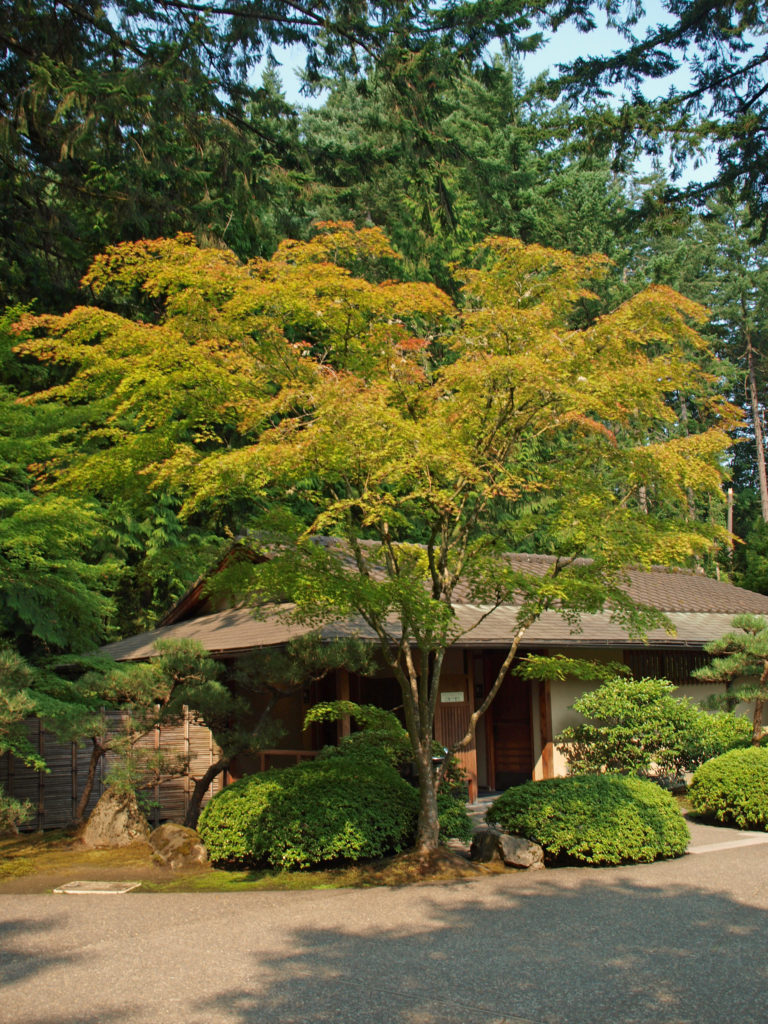
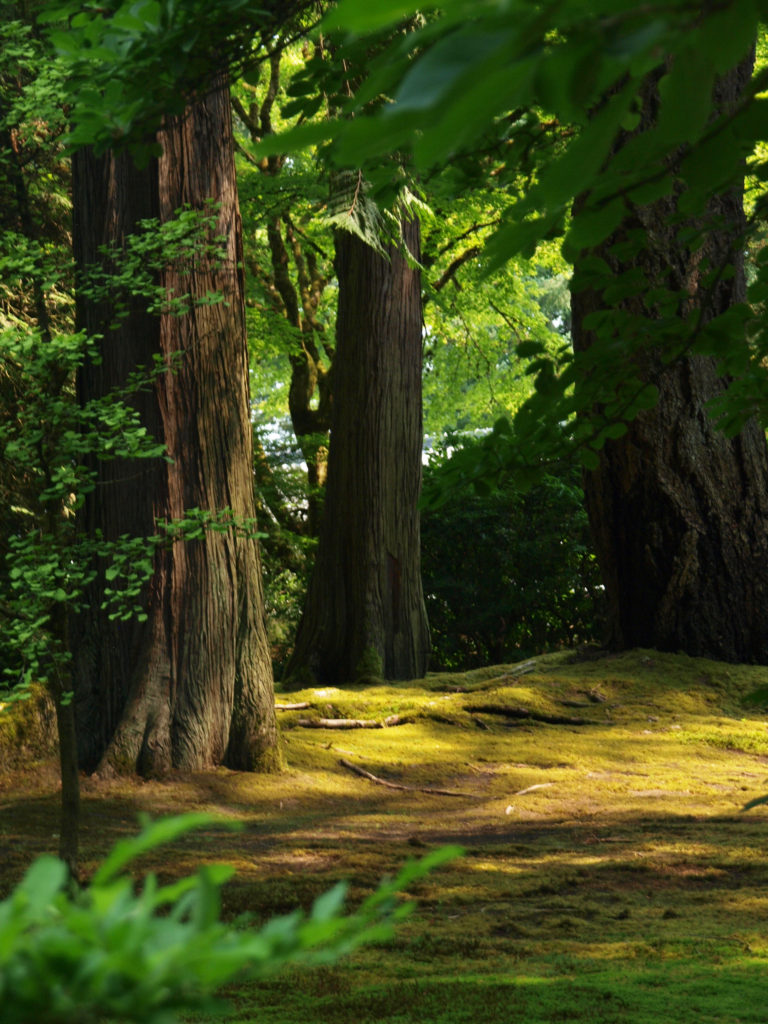 Covid-19 update (April 2022): The garden is open to everyone, and masks are required only on the garden shuttle that runs from the parking area up the hill to the old garden entrance. (You do not have to take the shuttle and masks are not required if you walk). Some of the paths are one way only, and entrance to the Umami Cafe requires proof of vaccination. all garden staff are fully vaccinated.
Covid-19 update (April 2022): The garden is open to everyone, and masks are required only on the garden shuttle that runs from the parking area up the hill to the old garden entrance. (You do not have to take the shuttle and masks are not required if you walk). Some of the paths are one way only, and entrance to the Umami Cafe requires proof of vaccination. all garden staff are fully vaccinated.
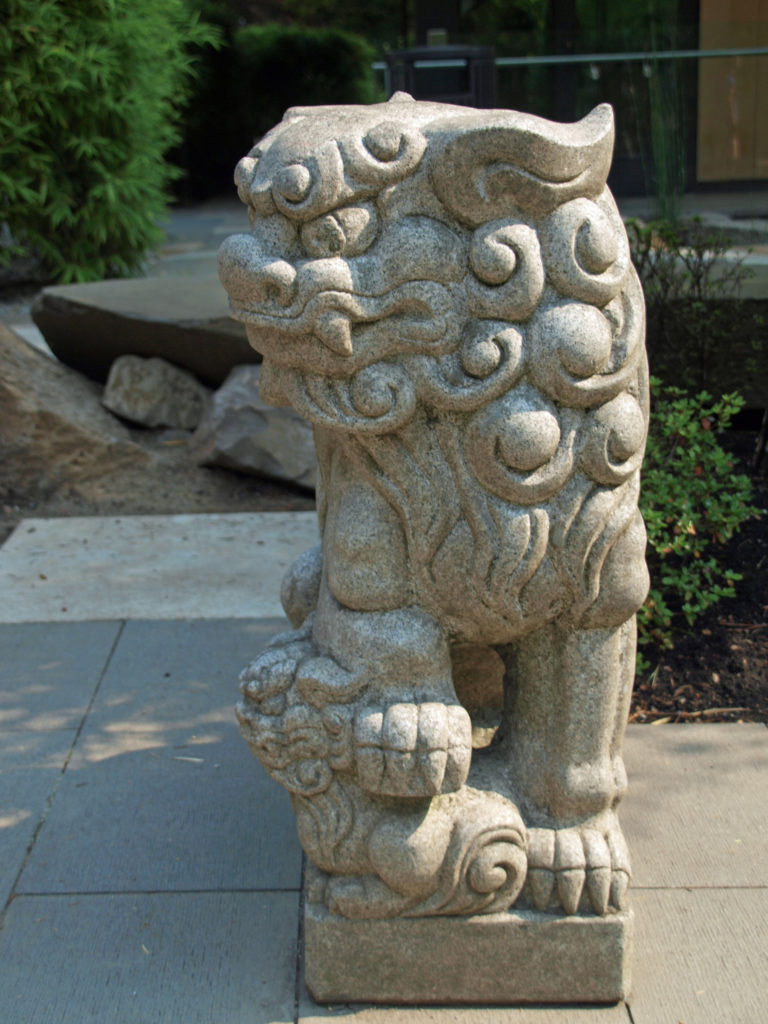 The Portland Japanese Garden is, in my opinion, a must see for anyone visiting Portland. And you’ll probably also want to visit the
The Portland Japanese Garden is, in my opinion, a must see for anyone visiting Portland. And you’ll probably also want to visit the  Other gardens featured on this site include Crystal Springs Rhododendron Garden, Butchart Gardens, Hulda Klager Lilac Gardens, Lan Su Chinese Garden, and the Connie Hansen Garden. Those and other Northwest gardens have been or will soon be featured on this site. Check the Recent Posts list or click on the Upcoming Posts tab at the top of this post for gardens to be featured this spring.
Other gardens featured on this site include Crystal Springs Rhododendron Garden, Butchart Gardens, Hulda Klager Lilac Gardens, Lan Su Chinese Garden, and the Connie Hansen Garden. Those and other Northwest gardens have been or will soon be featured on this site. Check the Recent Posts list or click on the Upcoming Posts tab at the top of this post for gardens to be featured this spring.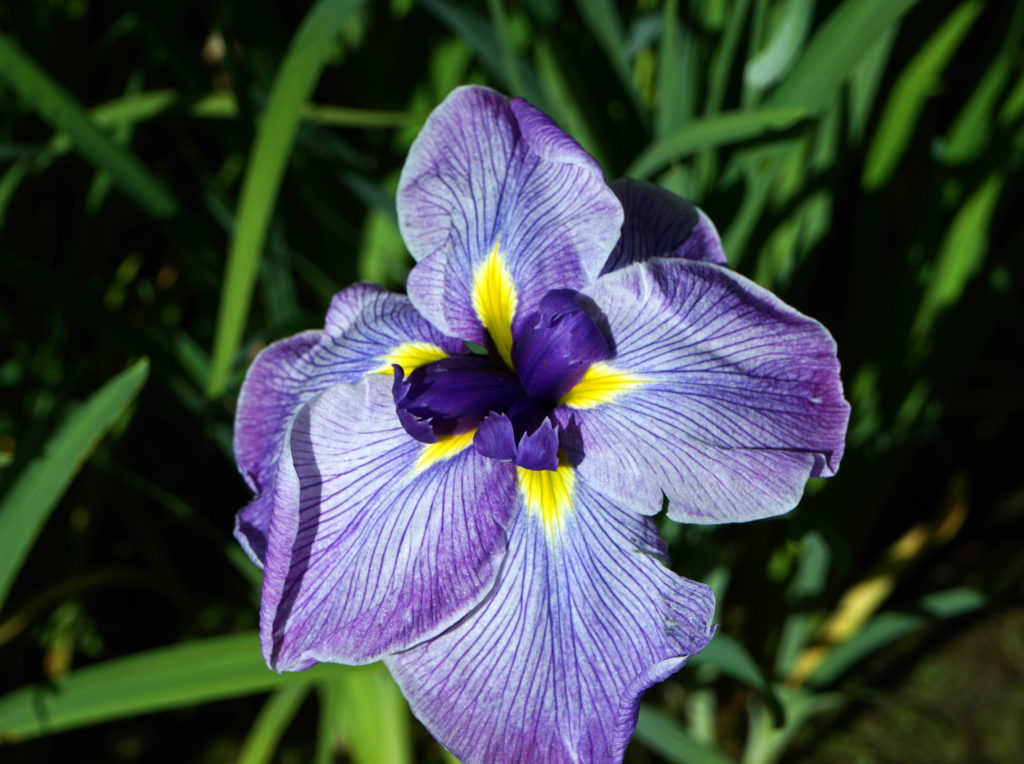 Originally posted August 13, 2018. Updated December 20, 2020 and April 4, 2022.
Originally posted August 13, 2018. Updated December 20, 2020 and April 4, 2022.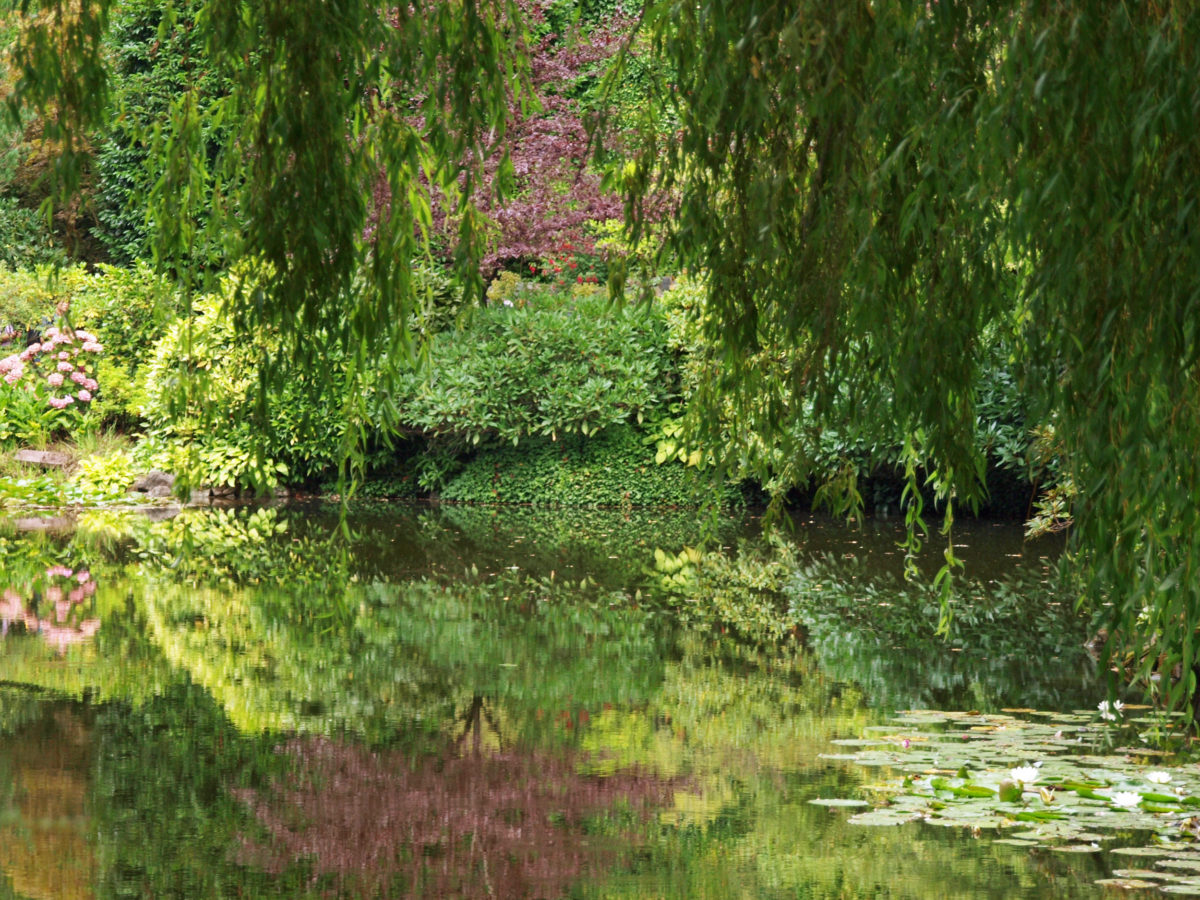
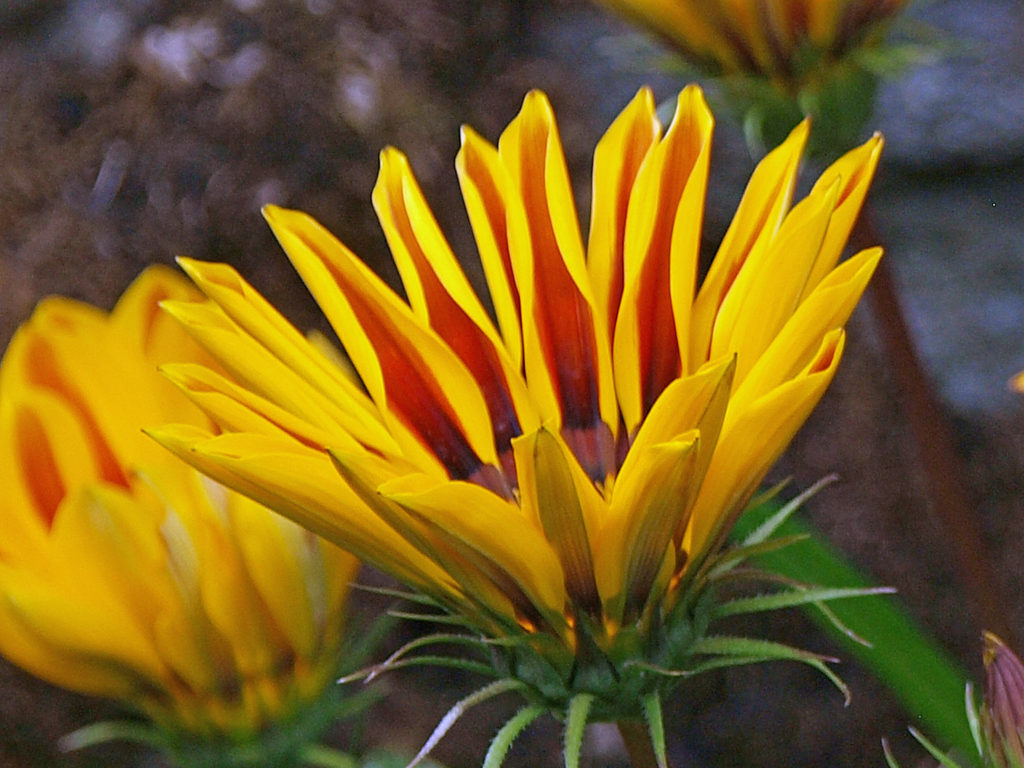
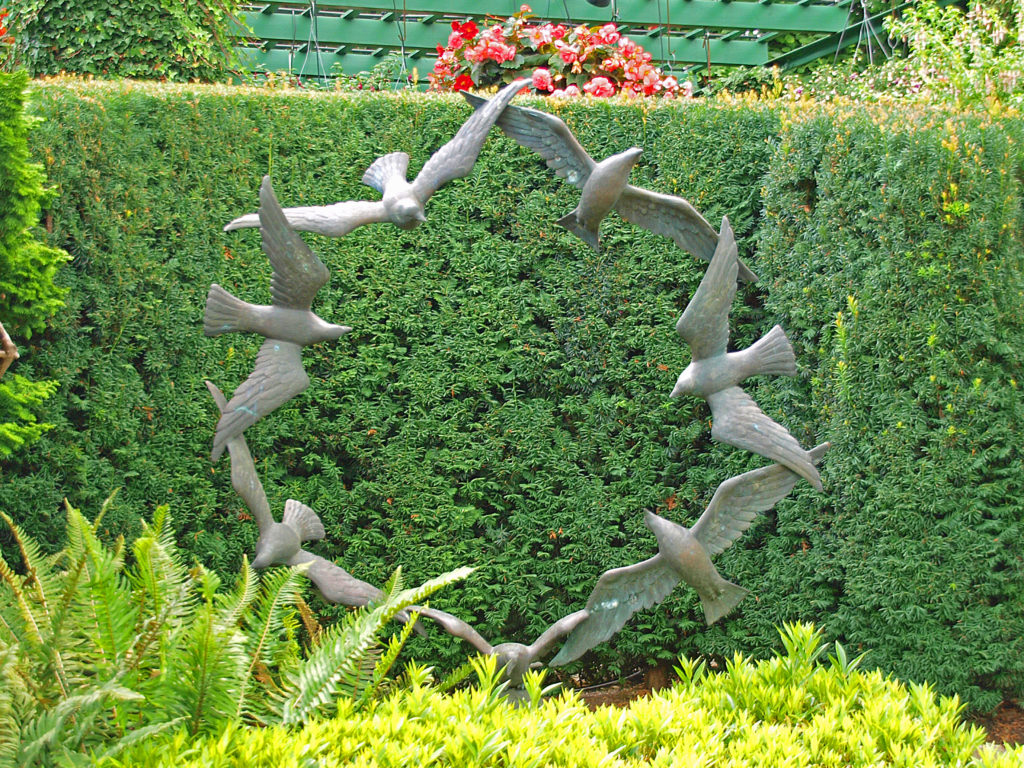 Jeanette (Jenny) Butchart created the gardens in the early 20th century. Her husband, Robert, owned a cement manufacturing business. He was drawn to Vancouver Island because of its abundant limestone deposits, a key ingredient in Portland cement. Near the turn of the 20th century he purchased the site of what is now Butchart Gardens and began mining limestone and manufacturing cement. In 1904 the Butcharts built their estate on land adjacent to the quarry. Shortly thereafter, Jenny Butchart hired Isaburo Kishida to design and build the Japanese Garden at the estate.
Jeanette (Jenny) Butchart created the gardens in the early 20th century. Her husband, Robert, owned a cement manufacturing business. He was drawn to Vancouver Island because of its abundant limestone deposits, a key ingredient in Portland cement. Near the turn of the 20th century he purchased the site of what is now Butchart Gardens and began mining limestone and manufacturing cement. In 1904 the Butcharts built their estate on land adjacent to the quarry. Shortly thereafter, Jenny Butchart hired Isaburo Kishida to design and build the Japanese Garden at the estate.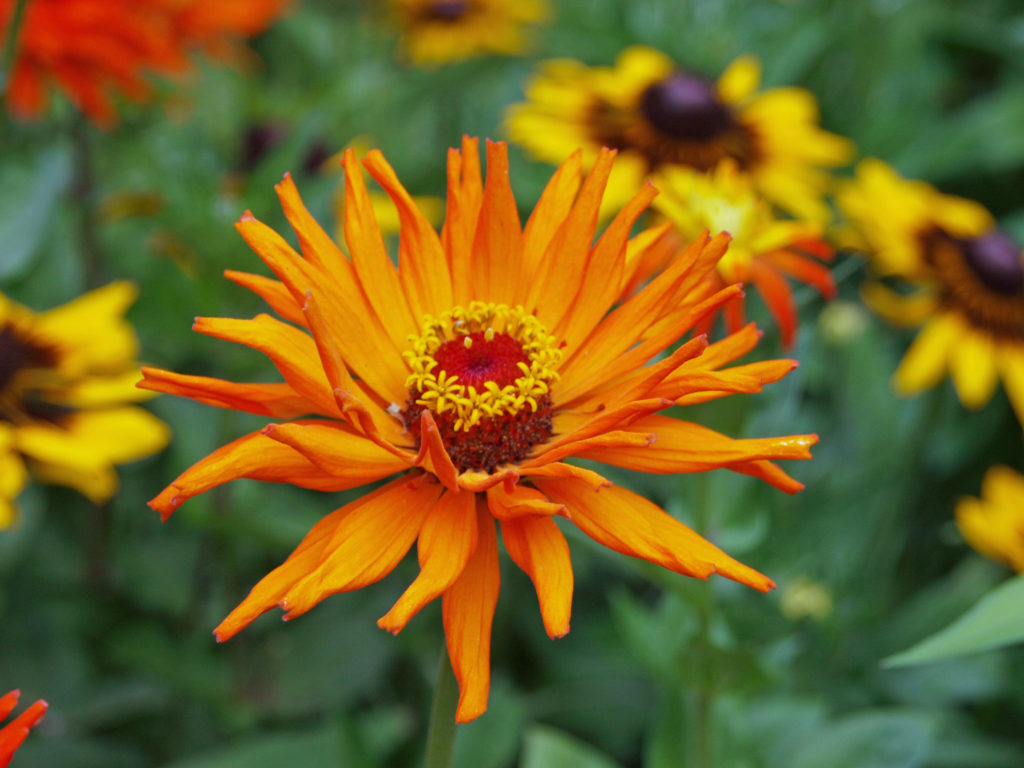
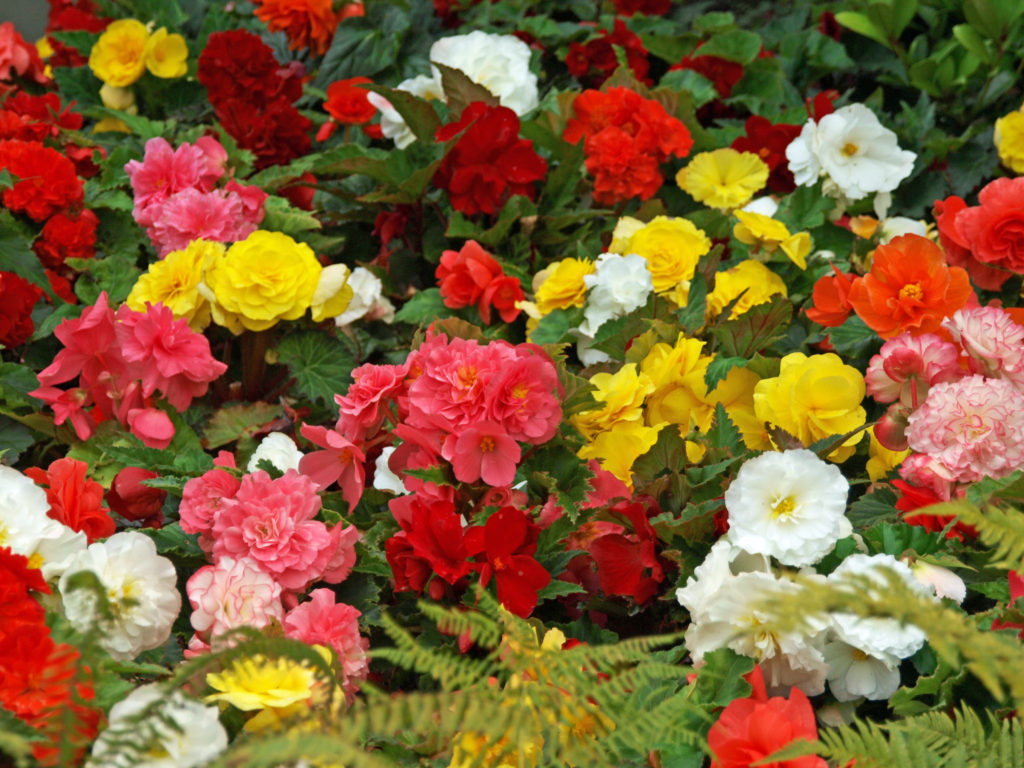
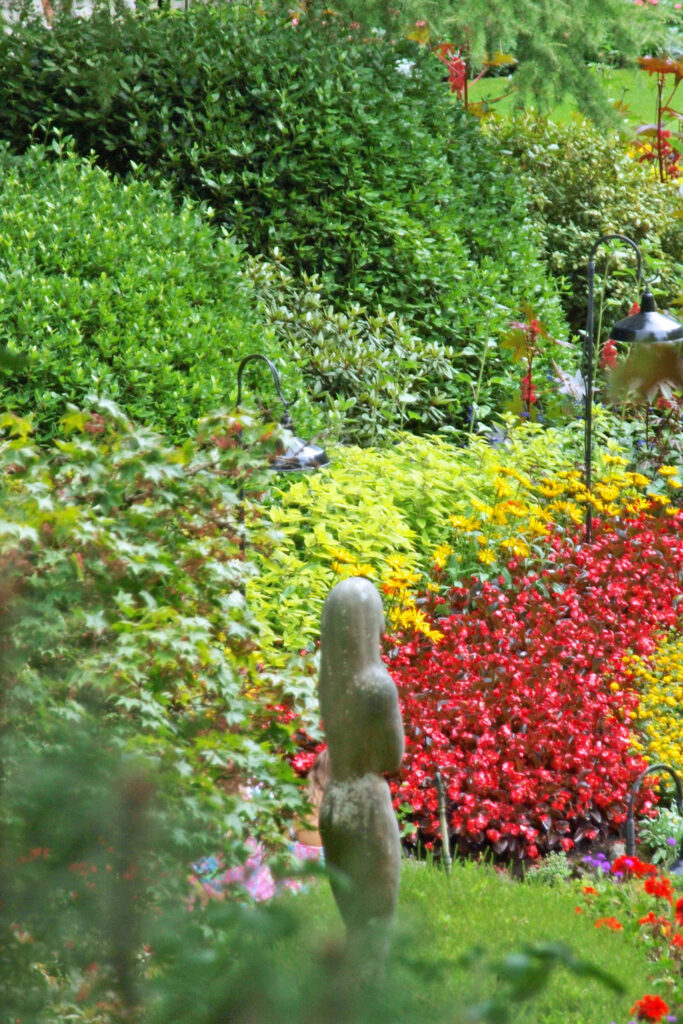
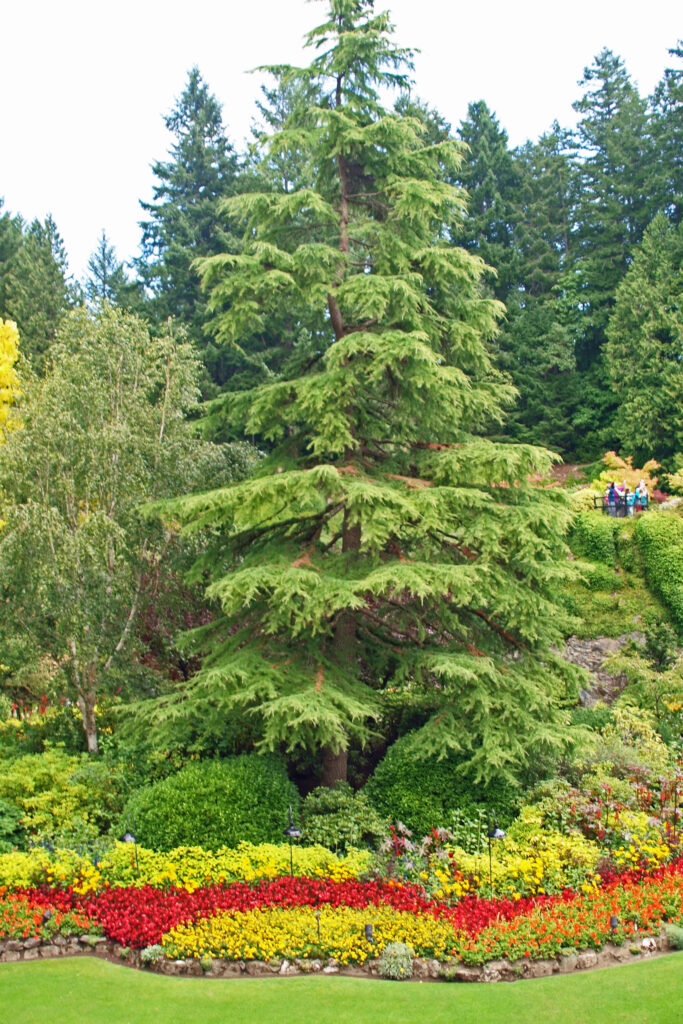
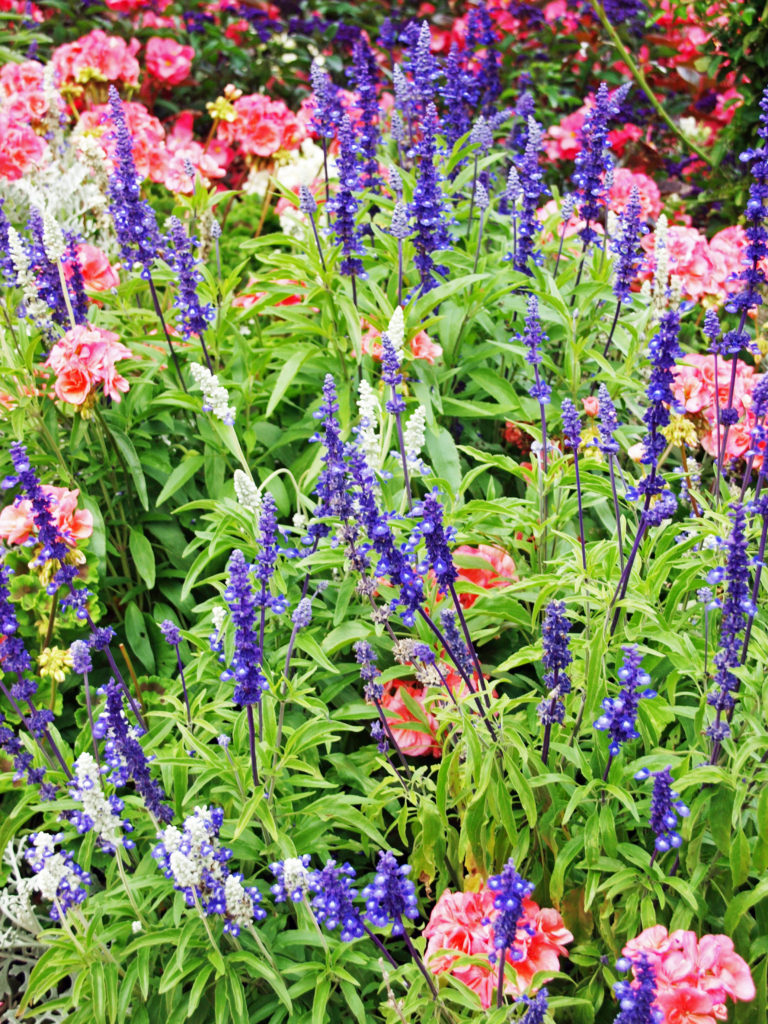
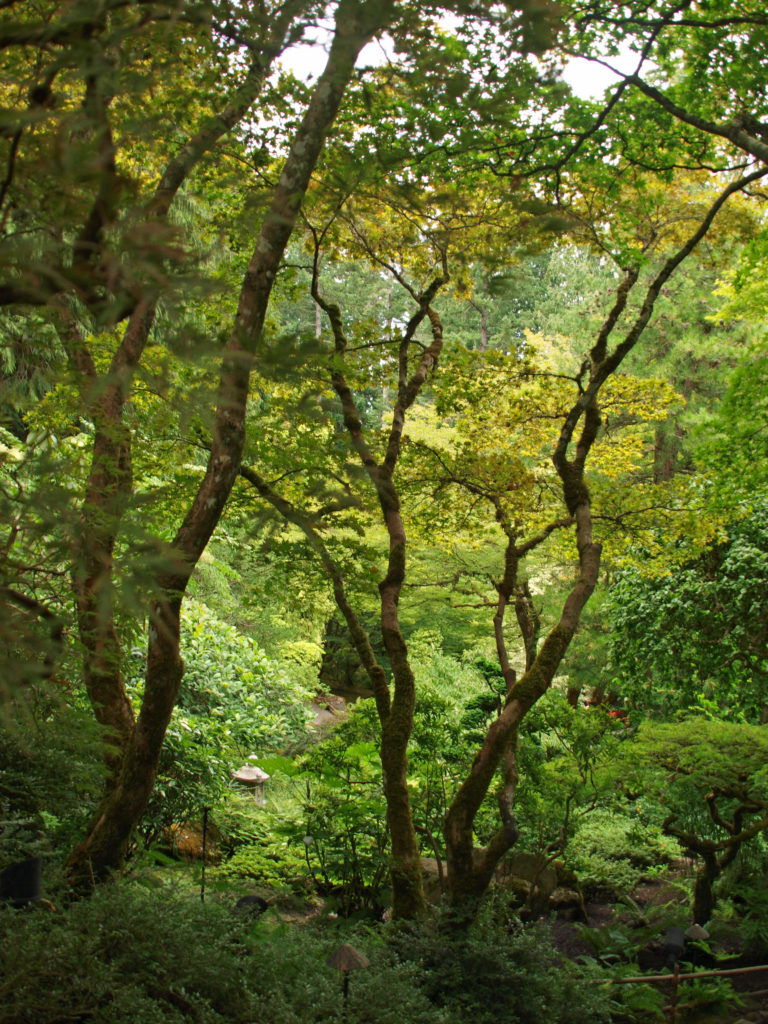 Numerous improvements and additions to the Gardens have been made over the years. In 1953 Ian Ross added lighting to illuminate the Gardens at night, and in 1964 the Ross Fountain was installed in the lower reservoir in the Sunken Garden. The two large totem poles next to the Fireworks Lawn were erected in 2004. In 2009 Robin-Lee Clarke added the Children’s Pavillion and the Rose Carousel.
Numerous improvements and additions to the Gardens have been made over the years. In 1953 Ian Ross added lighting to illuminate the Gardens at night, and in 1964 the Ross Fountain was installed in the lower reservoir in the Sunken Garden. The two large totem poles next to the Fireworks Lawn were erected in 2004. In 2009 Robin-Lee Clarke added the Children’s Pavillion and the Rose Carousel.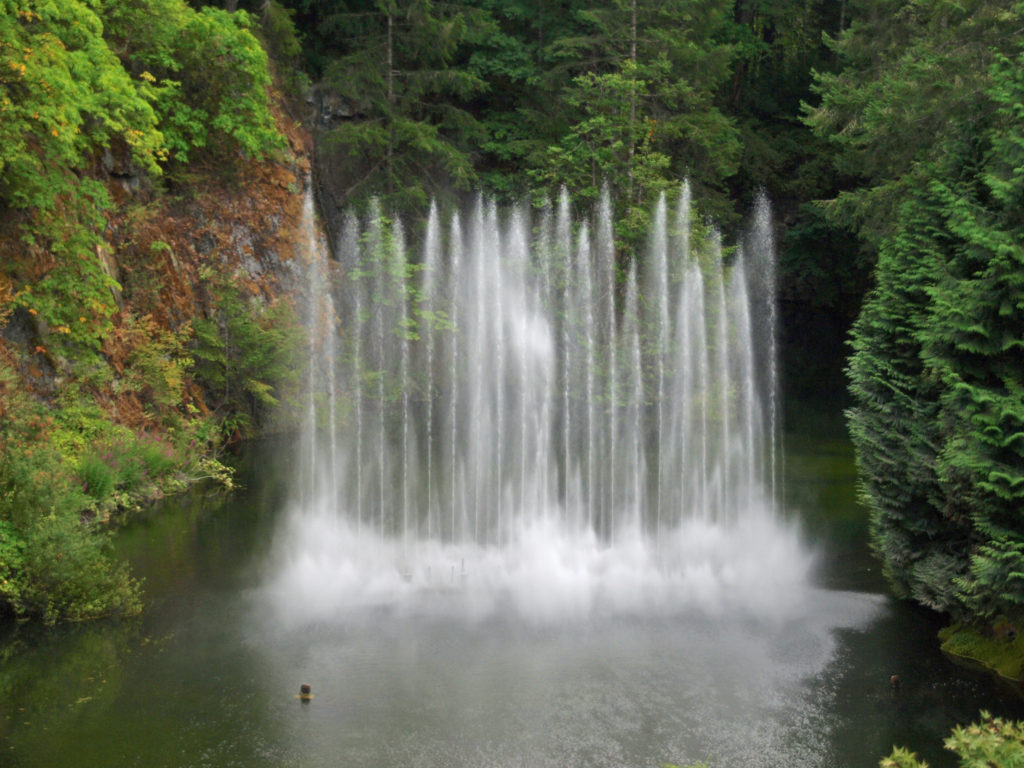
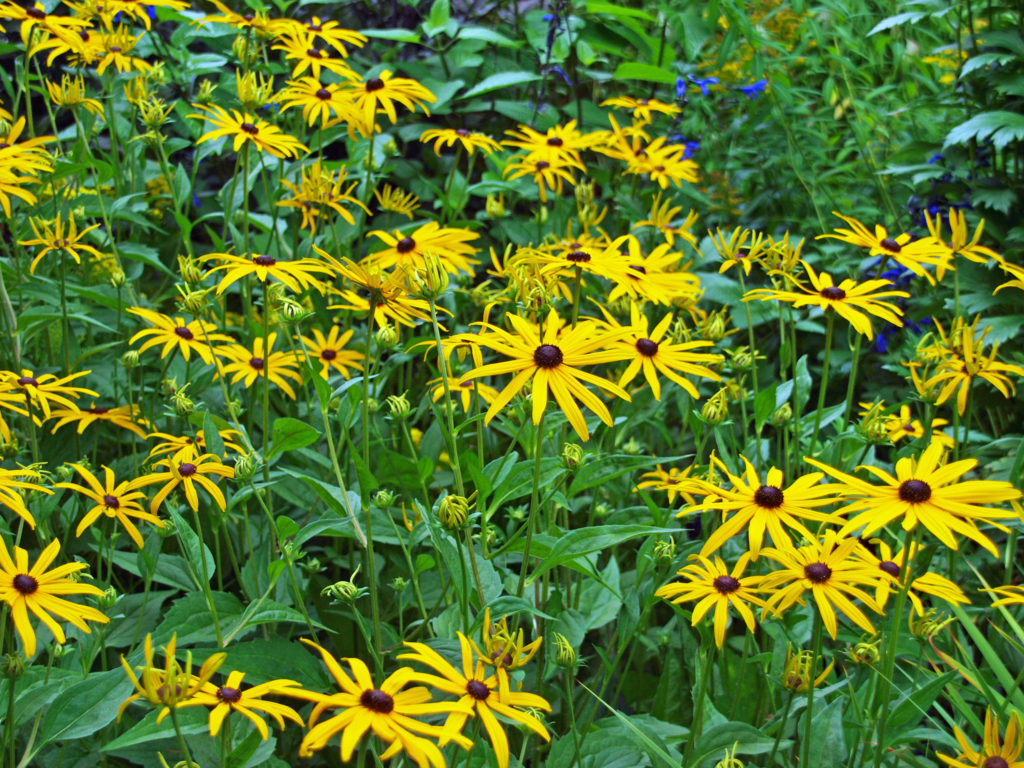
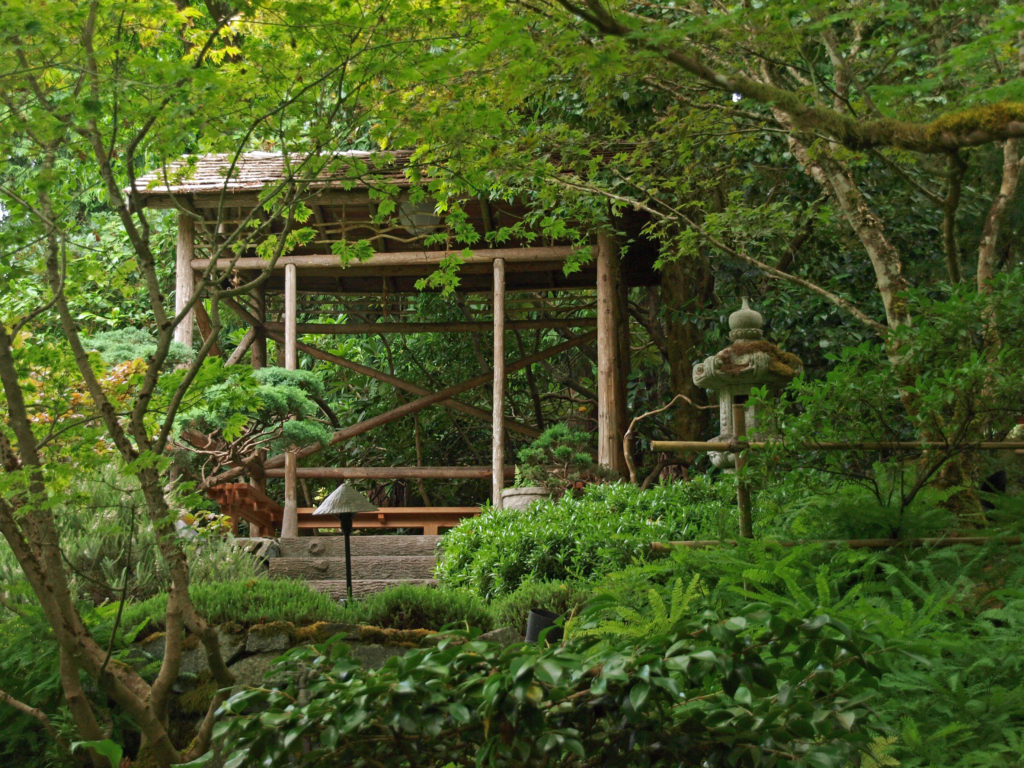
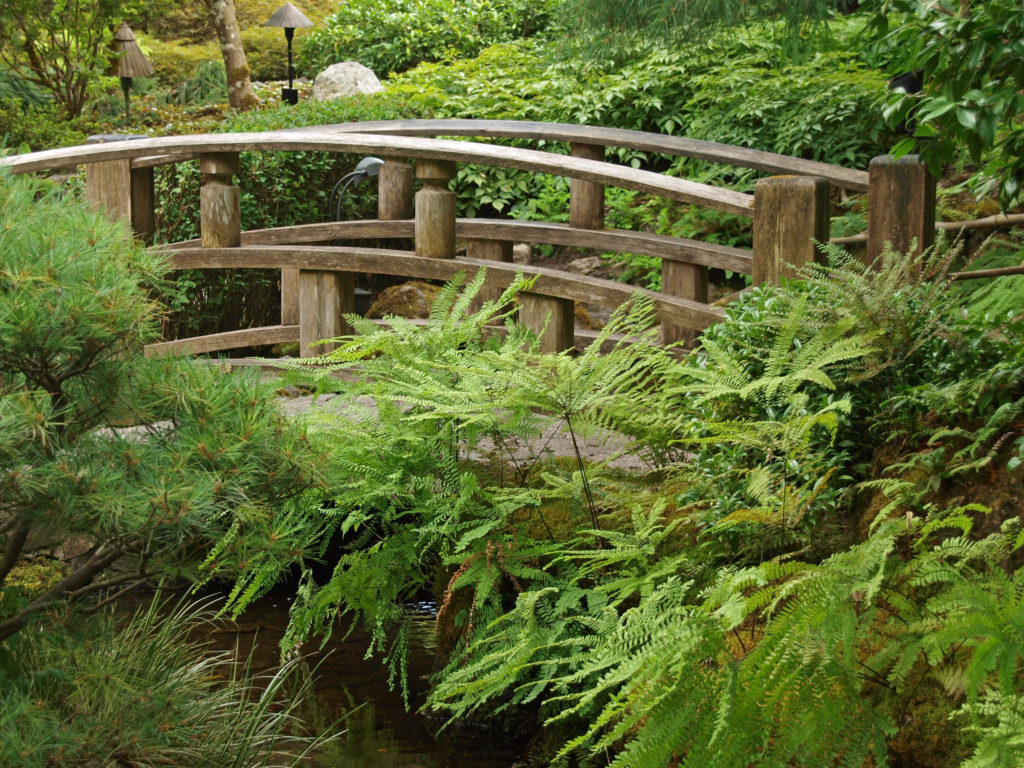
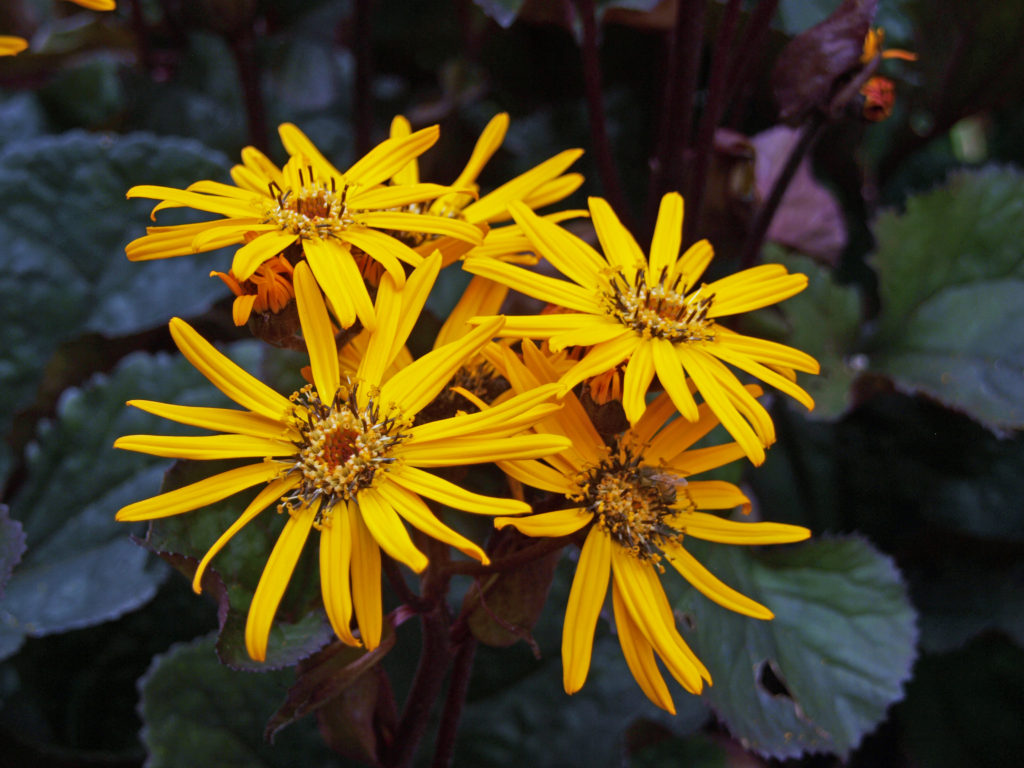
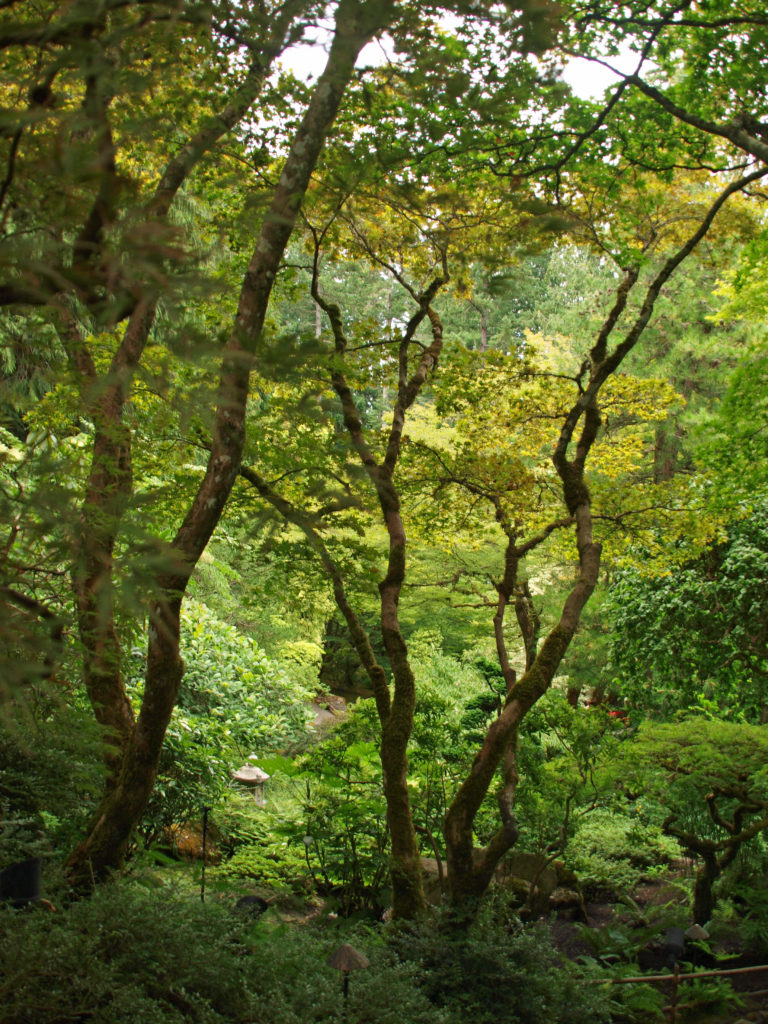
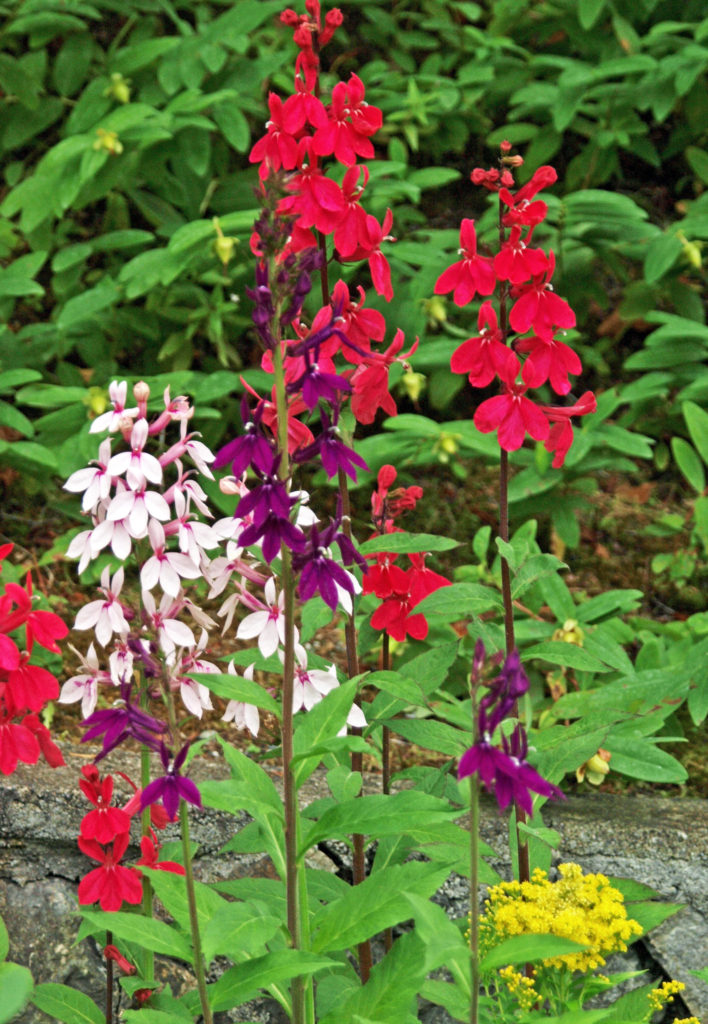 There have been a few reviews that have called the Gardens overpriced and under-whelming, but that’s definitely a minority opinion. And I’m siding with the majority here. Butchart Gardens may not be my favorite garden, but in my opinion the Gardens reputation and World Heritage Site designation are well deserved. And the Gardens are so beautiful that the cost of admission and the crowds shouldn’t dissuade anyone from visiting. If you have never been to Butchart Gardens, they should be on your bucket list, if they aren’t already. And now is as good a time as any to start planning a trip to
There have been a few reviews that have called the Gardens overpriced and under-whelming, but that’s definitely a minority opinion. And I’m siding with the majority here. Butchart Gardens may not be my favorite garden, but in my opinion the Gardens reputation and World Heritage Site designation are well deserved. And the Gardens are so beautiful that the cost of admission and the crowds shouldn’t dissuade anyone from visiting. If you have never been to Butchart Gardens, they should be on your bucket list, if they aren’t already. And now is as good a time as any to start planning a trip to 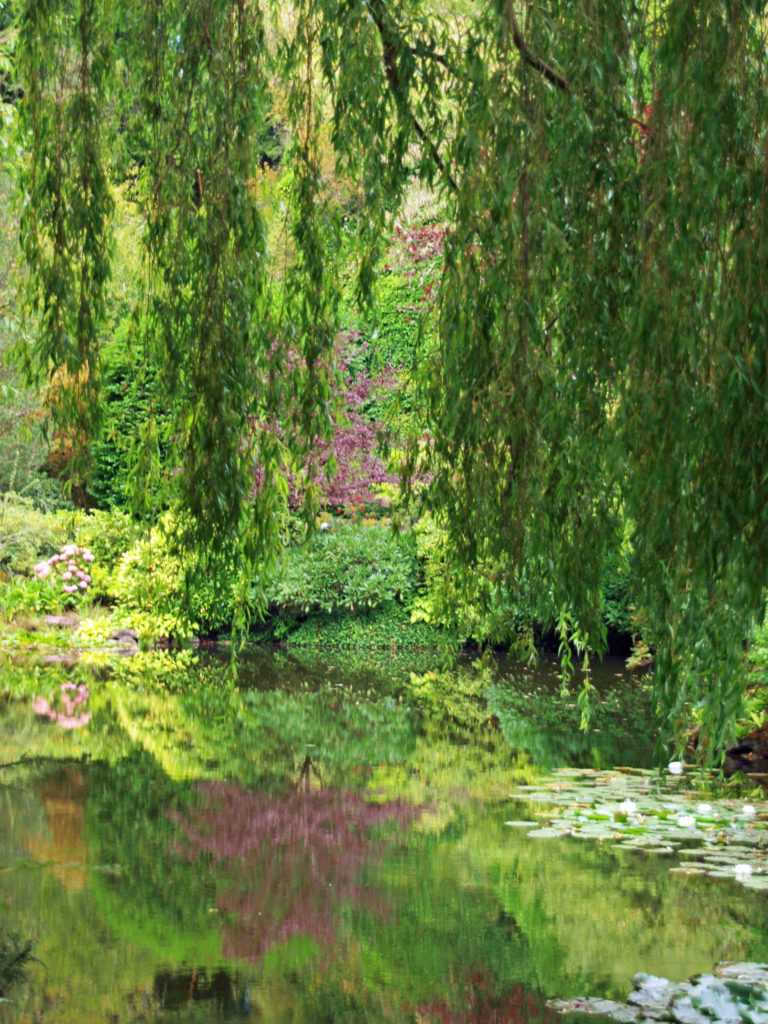
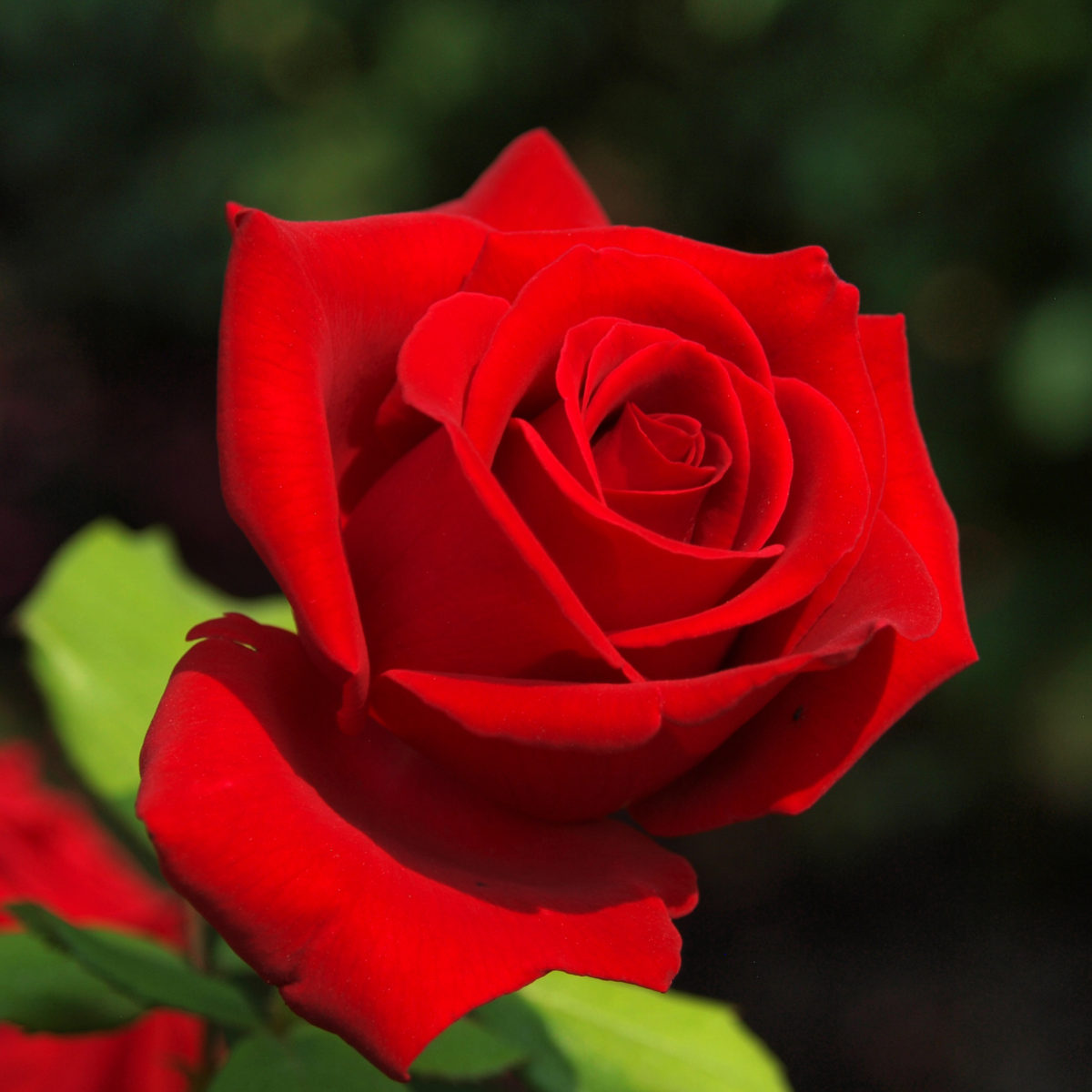
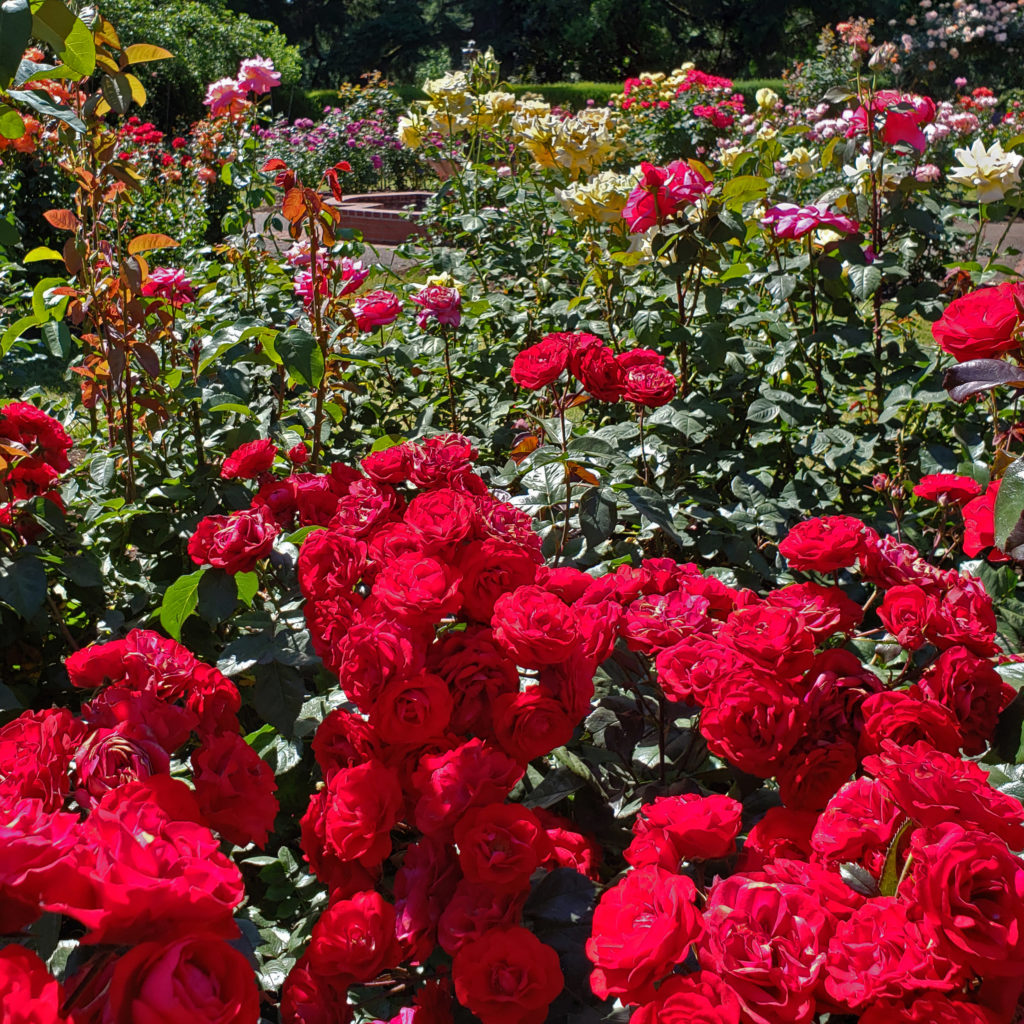 Portland, Oregon is known as the Rose City, and has long had a love affair with roses. The Portland Rose Society has been in existence for more than 130 years. Portland’s premier festival is the annual Rose Festival, held in June every year since 1907. And one of the city’s best, if not the best, botanical gardens is the International Rose Test Garden.
Portland, Oregon is known as the Rose City, and has long had a love affair with roses. The Portland Rose Society has been in existence for more than 130 years. Portland’s premier festival is the annual Rose Festival, held in June every year since 1907. And one of the city’s best, if not the best, botanical gardens is the International Rose Test Garden.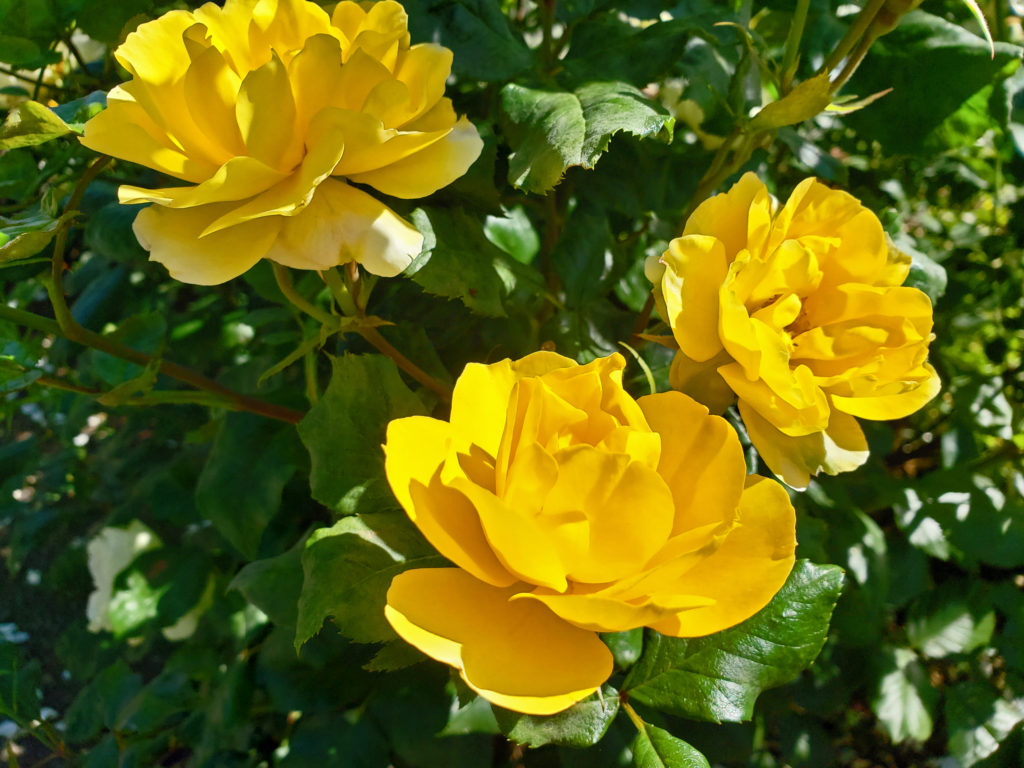 The International Rose Test Garden was conceived in 1915 as a safe haven during World War I for hybrid roses grown in Europe, and rose hybridists in England began sending roses to Portland in 1918. Over the years, other hybridists have sent roses to Portland from all over the world.
The International Rose Test Garden was conceived in 1915 as a safe haven during World War I for hybrid roses grown in Europe, and rose hybridists in England began sending roses to Portland in 1918. Over the years, other hybridists have sent roses to Portland from all over the world.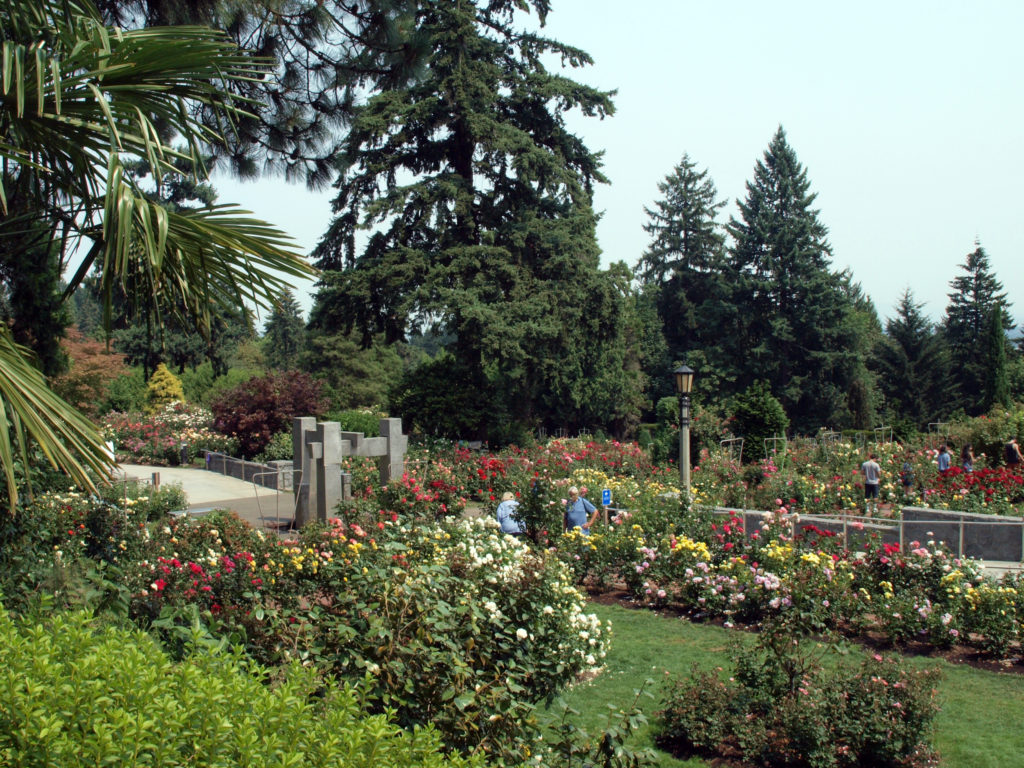 The primary purpose of the Garden is to serve as a testing ground for new rose varieties. The Garden is home to a variety of formal rose evaluation programs in designated test beds. Rose companies send potential variety introductions for evaluation. How each variety performs determines if it makes it onto the
The primary purpose of the Garden is to serve as a testing ground for new rose varieties. The Garden is home to a variety of formal rose evaluation programs in designated test beds. Rose companies send potential variety introductions for evaluation. How each variety performs determines if it makes it onto the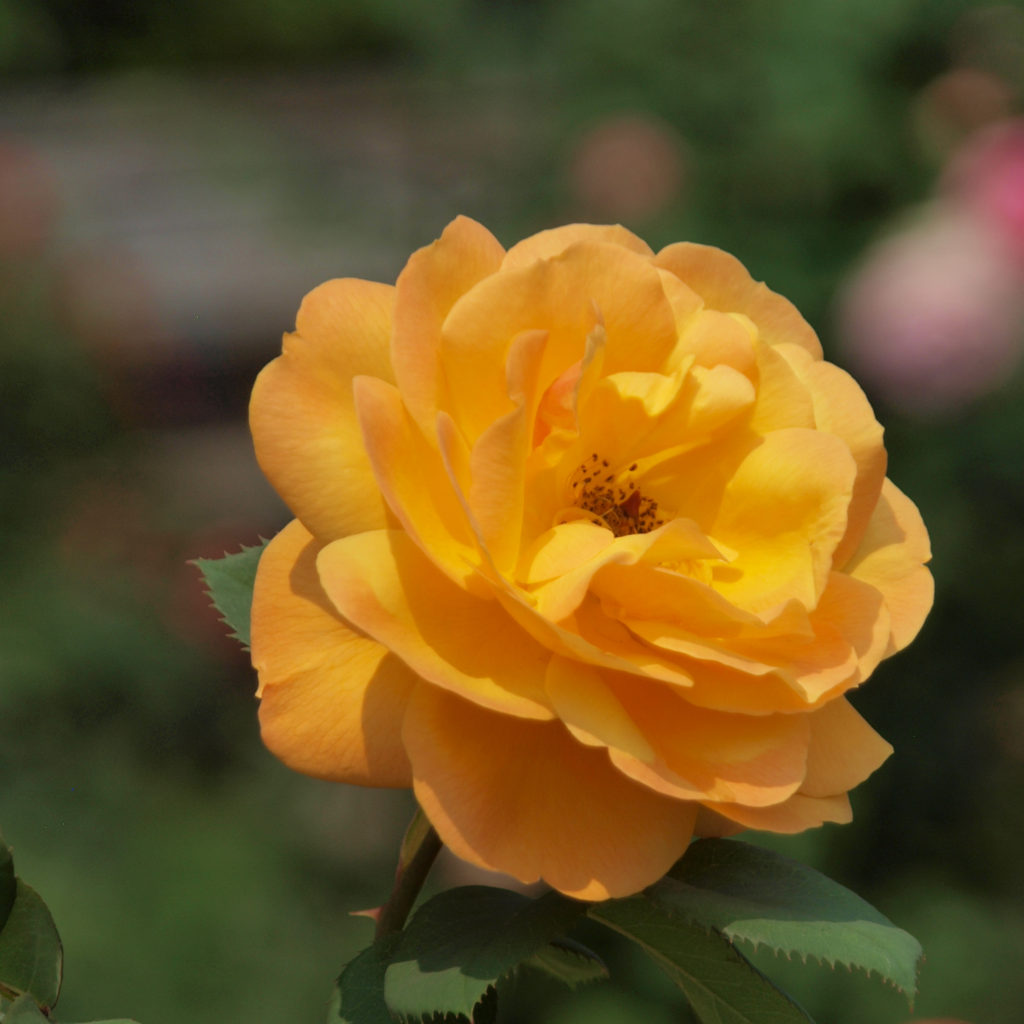 Today, the
Today, the 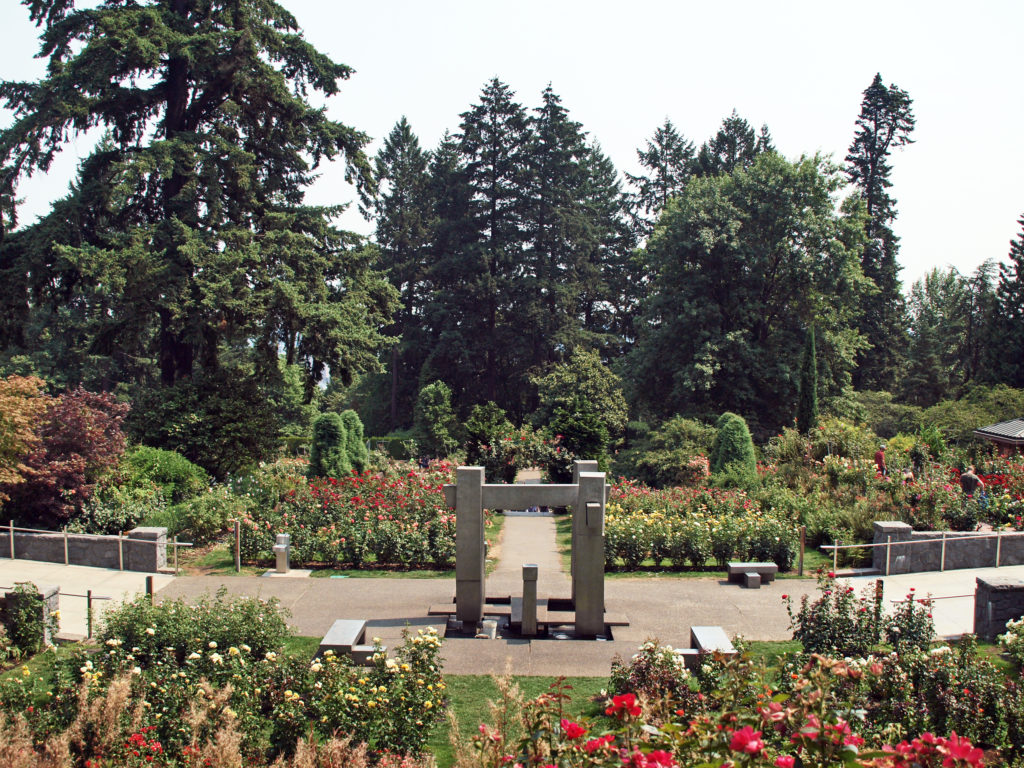 The Rose Garden is located in Washington Park, west of Portland’s downtown. Admission is free. To get there from downtown, take Burnside Street west, turn left onto Tichner Drive, then right onto Kingston Avenue. The Rose Garden will be on your left, behind the public tennis courts. Parking is limited, though, and will be hard to find on a summer weekend. Come on a weekday, if possible, and come early in the day to have the best chance to find a spot. Or consider parking in the downtown area and taking the Washington Park
The Rose Garden is located in Washington Park, west of Portland’s downtown. Admission is free. To get there from downtown, take Burnside Street west, turn left onto Tichner Drive, then right onto Kingston Avenue. The Rose Garden will be on your left, behind the public tennis courts. Parking is limited, though, and will be hard to find on a summer weekend. Come on a weekday, if possible, and come early in the day to have the best chance to find a spot. Or consider parking in the downtown area and taking the Washington Park 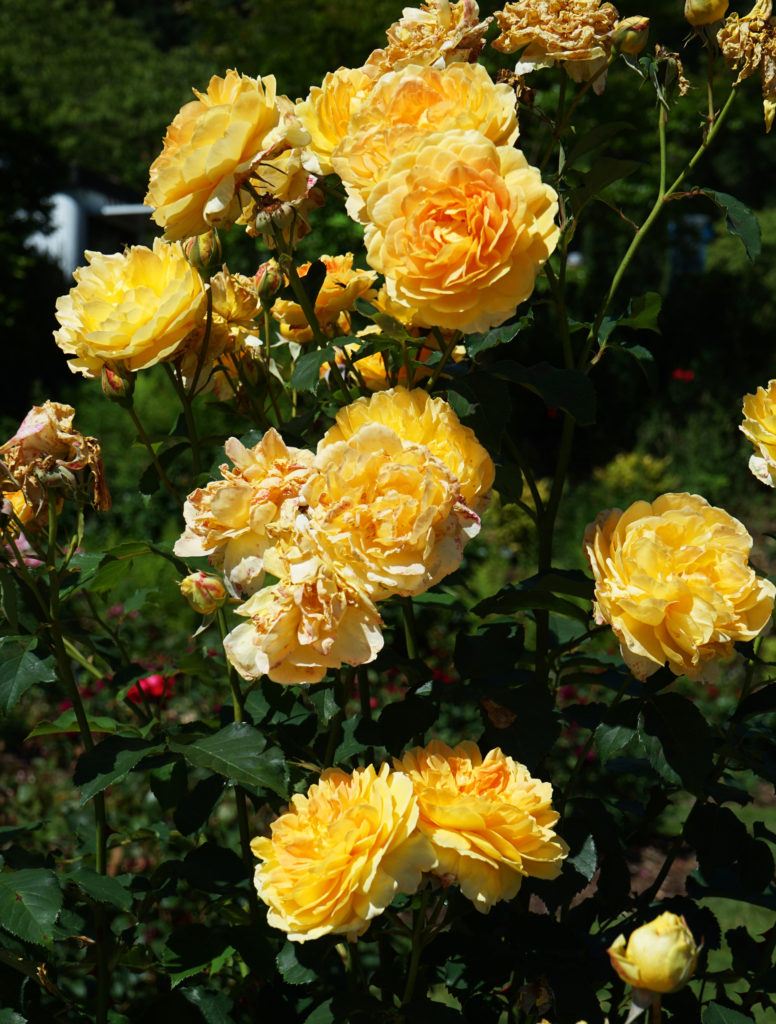
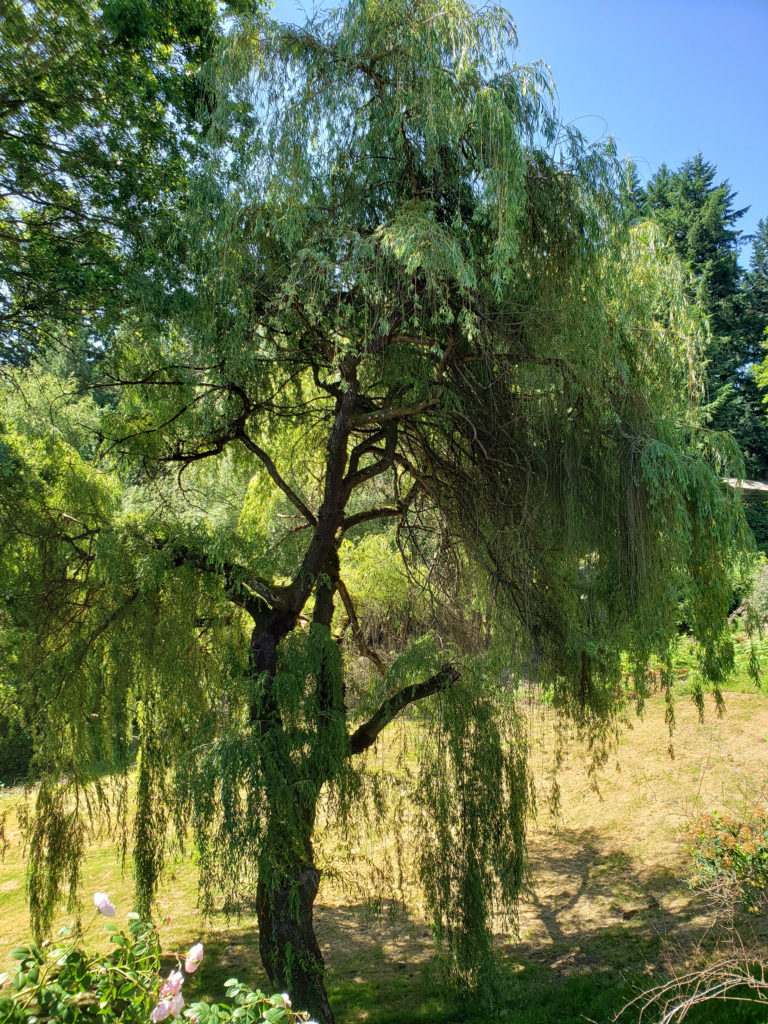 If you want a souvenir of your visit, or information on growing roses, check out the
If you want a souvenir of your visit, or information on growing roses, check out the 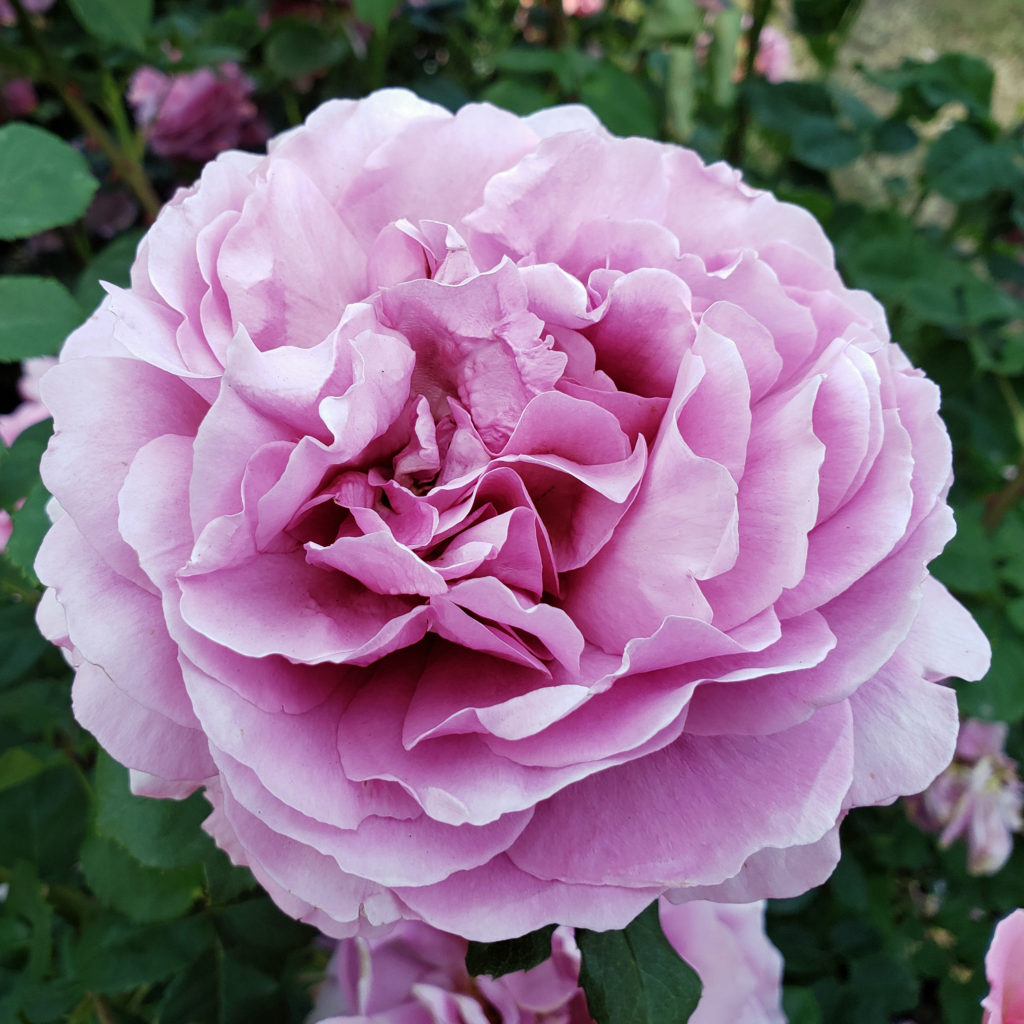
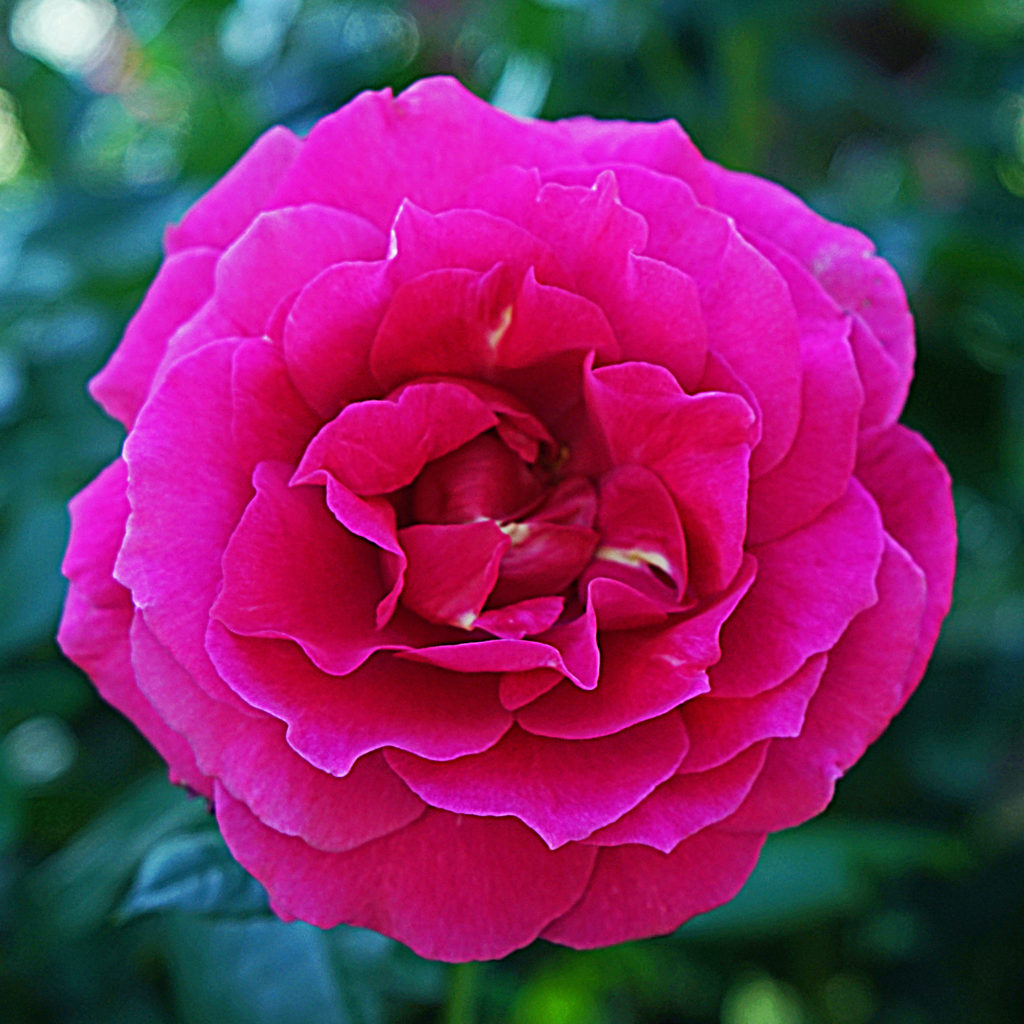
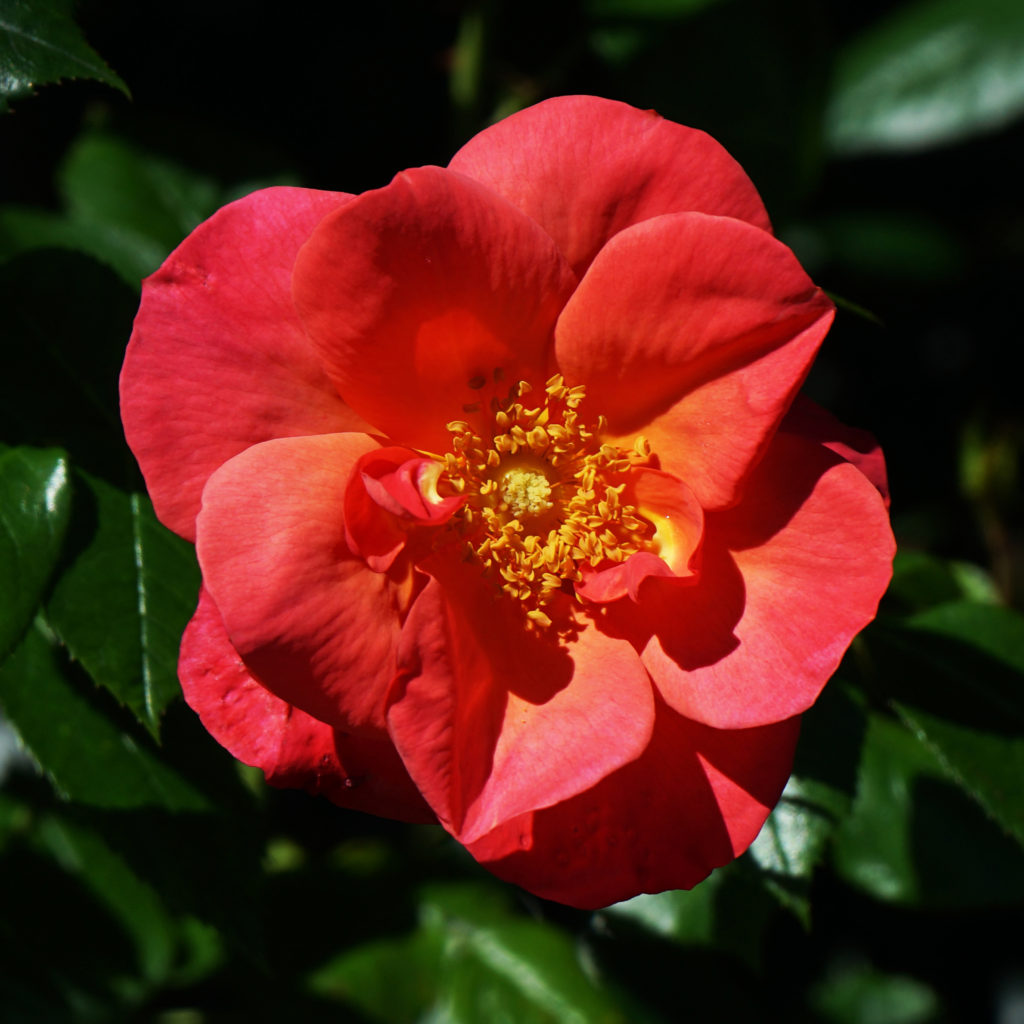
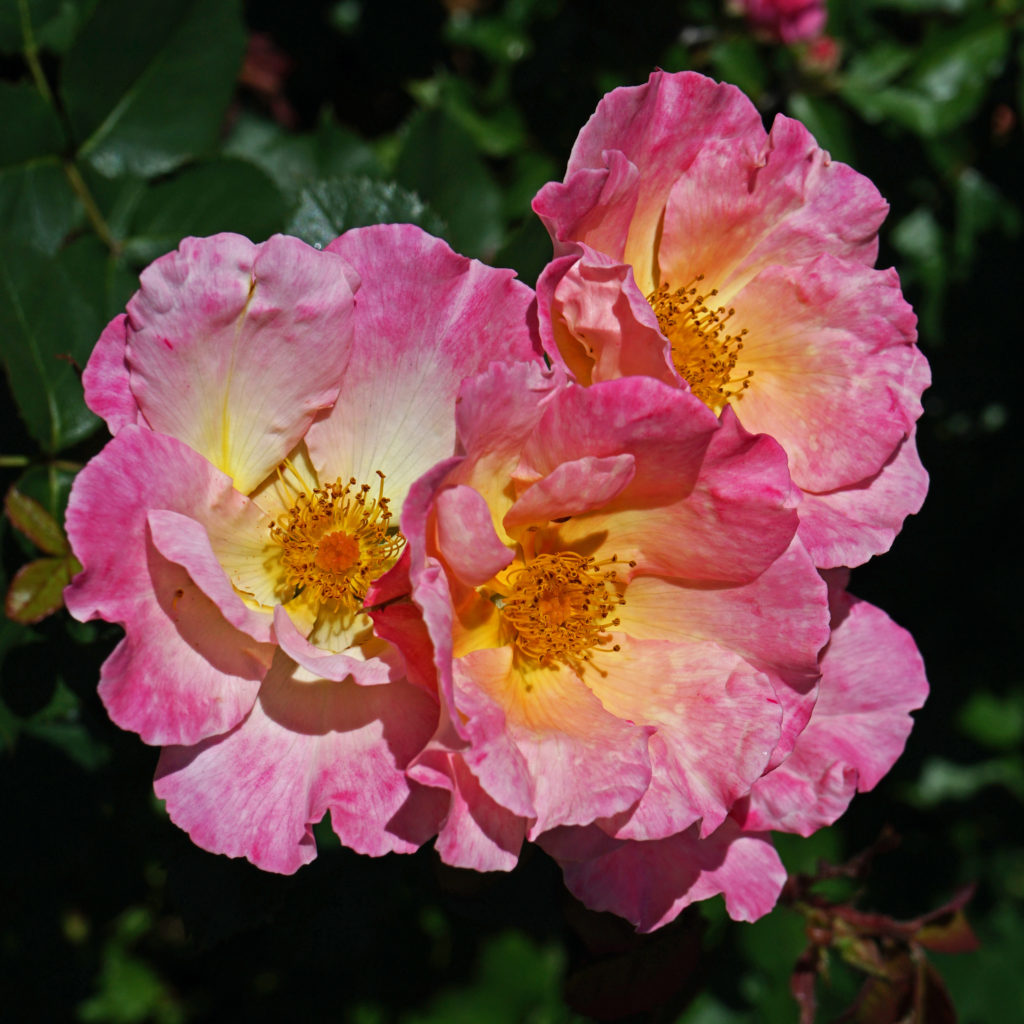
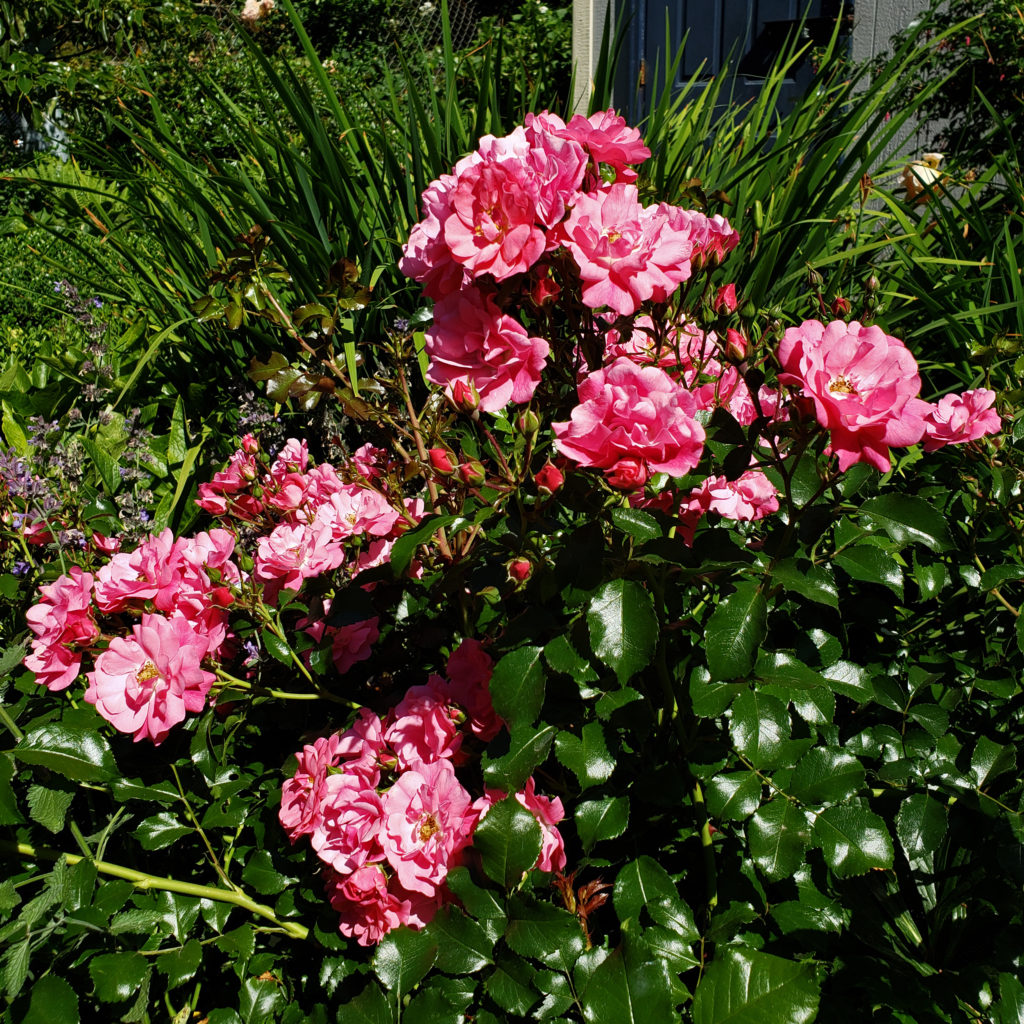
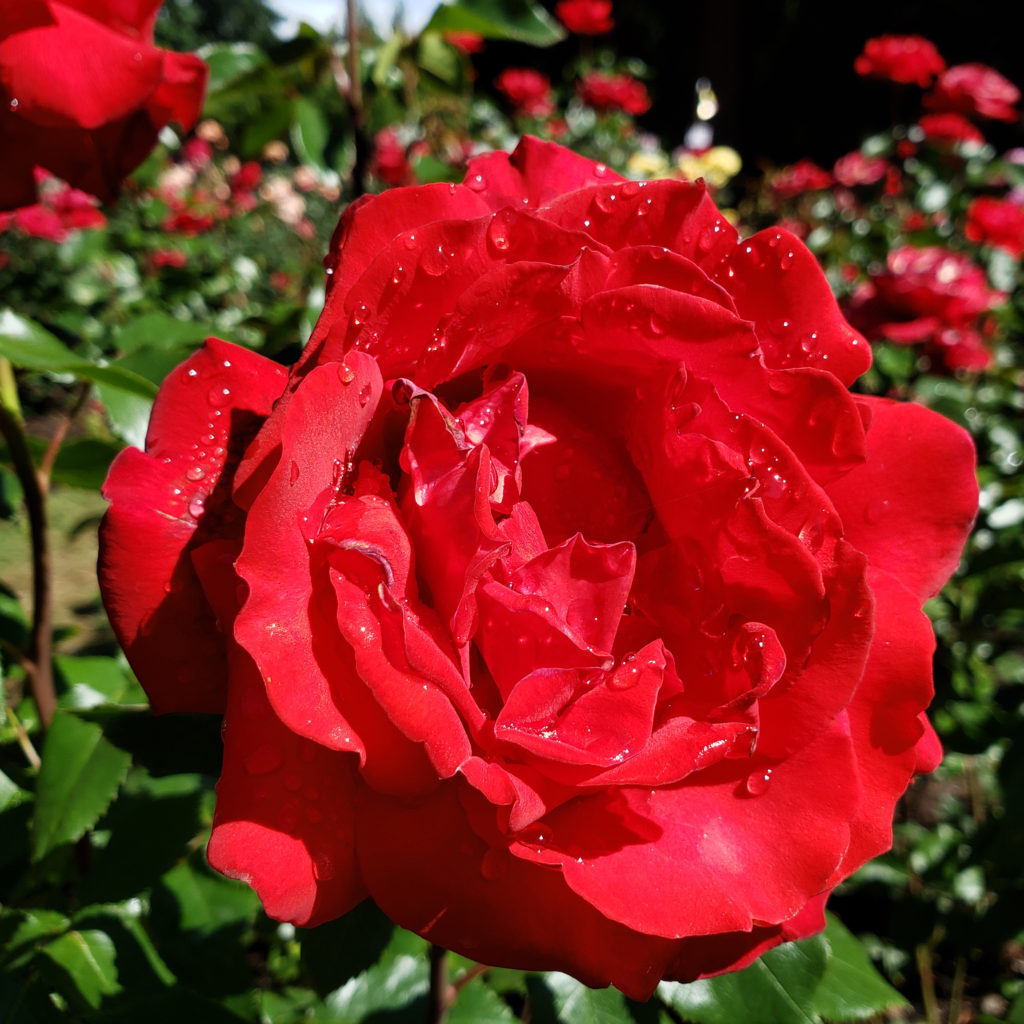 Posted March 16, 2022
Posted March 16, 2022